Heterocyclic compound and organic light-emitting device including the same
Kim , et al. A
U.S. patent number 10,749,118 [Application Number 14/747,904] was granted by the patent office on 2020-08-18 for heterocyclic compound and organic light-emitting device including the same. This patent grant is currently assigned to Samsung Display Co., Ltd., SFC Co., Ltd.. The grantee listed for this patent is SAMSUNG DISPLAY CO., LTD., SFC CO., LTD.. Invention is credited to Hwan-Hee Cho, Dong-Hyun Kim, Mi-Kyung Kim, Se-Hun Kim, Bu-Bae Park, Ji-Hee Park, Kyung-Hwa Park, Bong-Ki Shin.
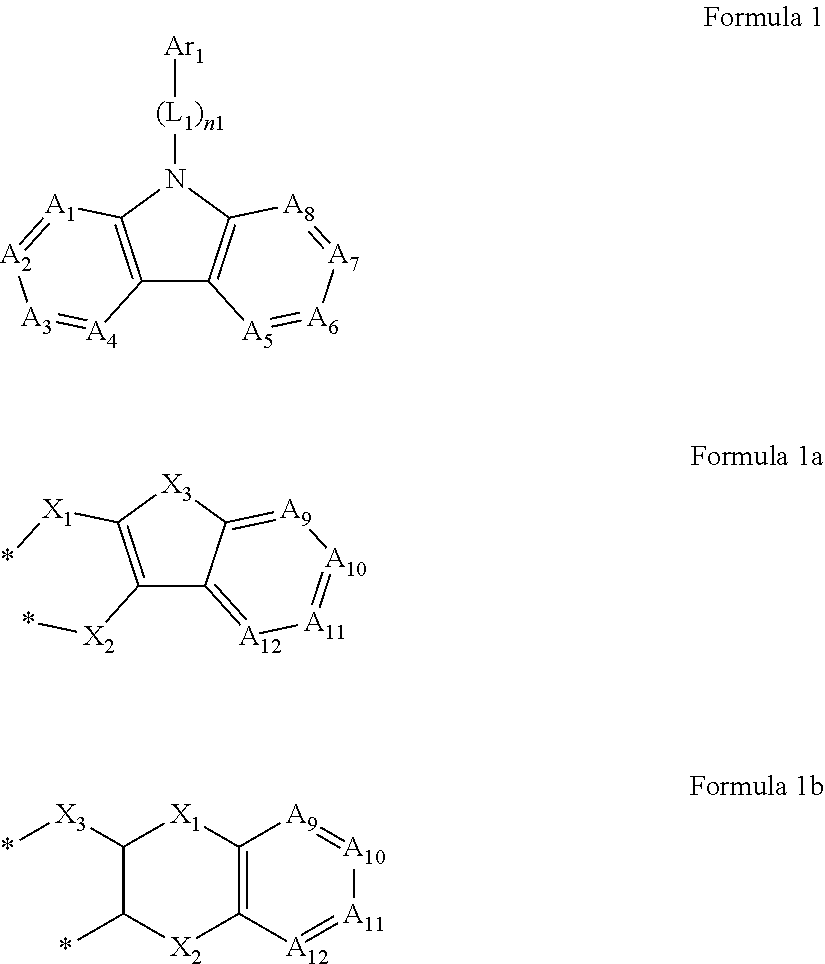
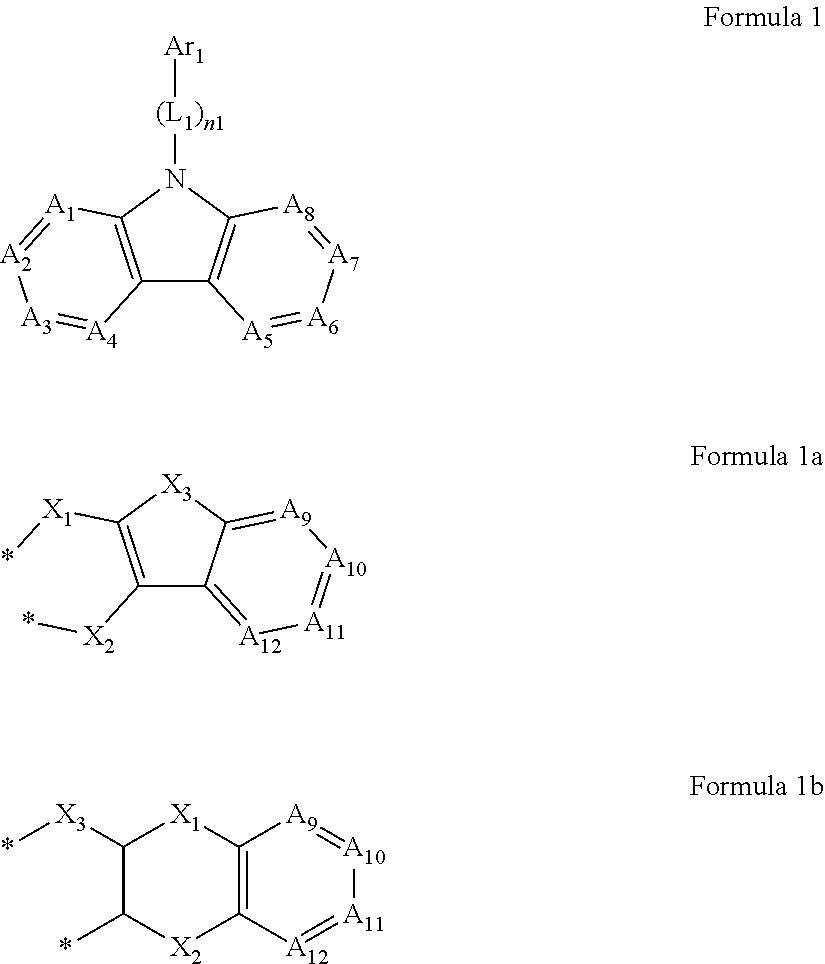
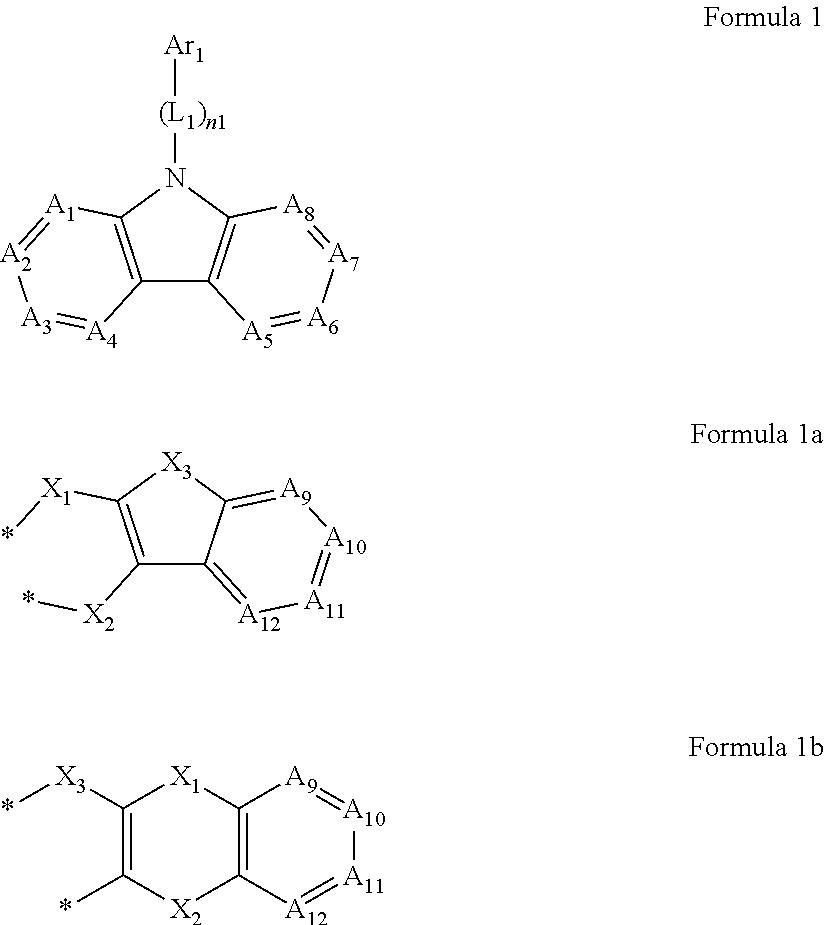


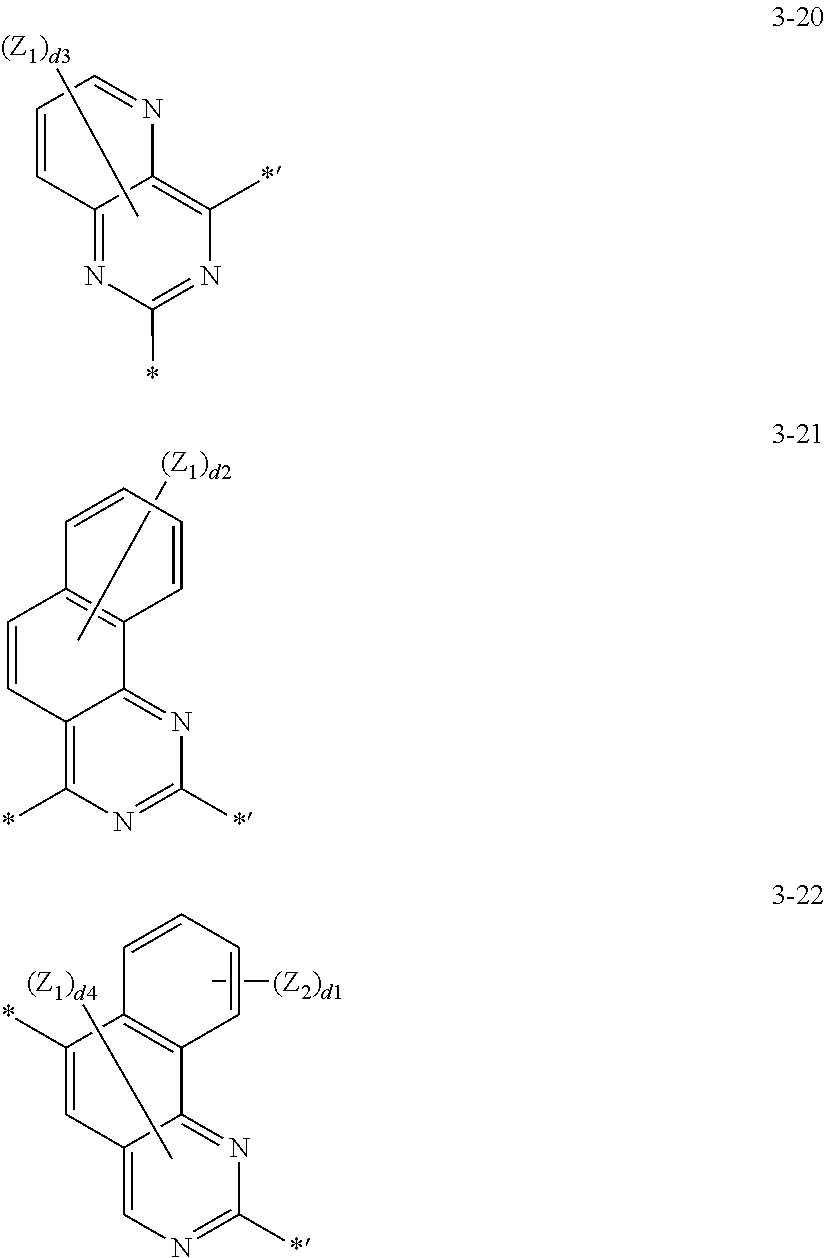


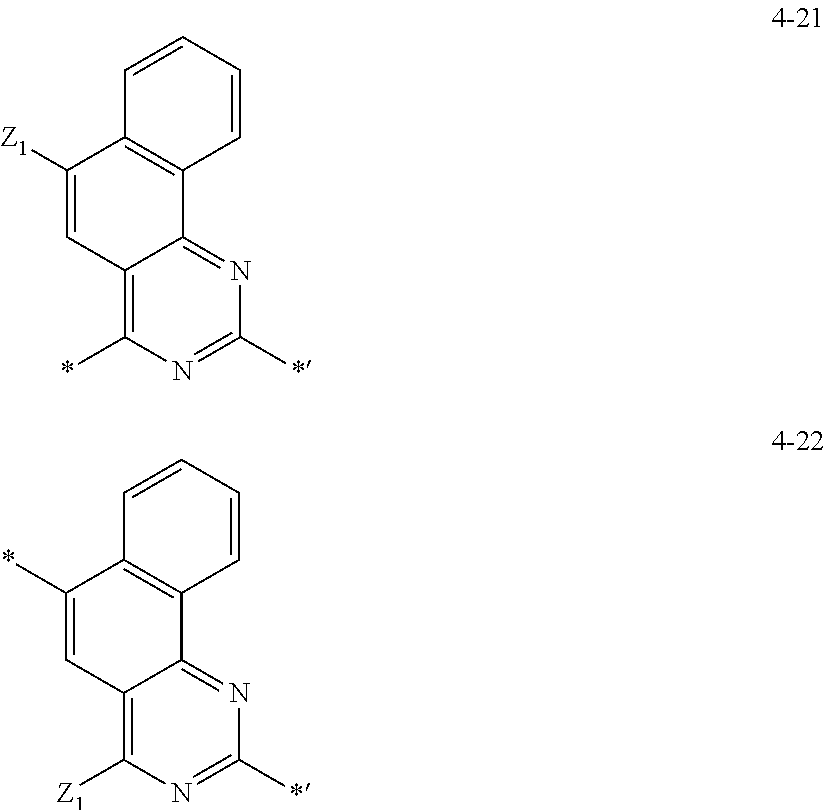



View All Diagrams
| United States Patent | 10,749,118 |
| Kim , et al. | August 18, 2020 |
Heterocyclic compound and organic light-emitting device including the same
Abstract
A heterocyclic compound is represented by Formula 1. In Formulae 1, 1a, and 1b, two adjacent groups among A.sub.1 to A.sub.8 are each independently connected with a respective * of Formulae 1a or 1b to form a ring, where each * is a carbon atom of Formula 1. An organic light-emitting device includes the heterocyclic compound. ##STR00001##
| Inventors: | Kim; Mi-Kyung (Yongin, KR), Park; Kyung-Hwa (Cheongju-si, KR), Park; Bu-Bae (Cheongju-si, KR), Park; Ji-Hee (Cheongju-si, KR), Shin; Bong-Ki (Cheongju-si, KR), Kim; Dong-Hyun (Yongin, KR), Kim; Se-Hun (Yongin, KR), Cho; Hwan-Hee (Yongin, KR) | ||||||||||
|---|---|---|---|---|---|---|---|---|---|---|---|
| Applicant: |
|
||||||||||
| Assignee: | Samsung Display Co., Ltd.
(Yongin-si, KR) SFC Co., Ltd. (Cheongju-si, KR) |
||||||||||
| Family ID: | 54931454 | ||||||||||
| Appl. No.: | 14/747,904 | ||||||||||
| Filed: | June 23, 2015 |
Prior Publication Data
| Document Identifier | Publication Date | |
|---|---|---|
| US 20150380663 A1 | Dec 31, 2015 | |
Foreign Application Priority Data
| Jun 26, 2014 [KR] | 10-2014-0079115 | |||
| Mar 13, 2015 [KR] | 10-2015-0035154 | |||
| Current U.S. Class: | 1/1 |
| Current CPC Class: | H01L 51/0071 (20130101); C07D 495/14 (20130101); C07D 495/04 (20130101); H01L 51/0072 (20130101); C07D 491/048 (20130101); H01L 51/5016 (20130101) |
| Current International Class: | H01L 51/00 (20060101); C07D 495/04 (20060101); C07D 491/048 (20060101); C07D 495/14 (20060101); H01L 51/50 (20060101) |
References Cited [Referenced By]
U.S. Patent Documents
| 4317919 | March 1982 | Jones et al. |
| 4697022 | September 1987 | Leinert |
| 6329086 | December 2001 | Shi et al. |
| 2002/0045061 | April 2002 | Hosokawa |
| 2004/0135131 | July 2004 | Treacher et al. |
| 2006/0063037 | March 2006 | Kim et al. |
| 2006/0069235 | March 2006 | Arnold et al. |
| 2006/0199943 | September 2006 | Falcou et al. |
| 2006/0202194 | September 2006 | Jeong et al. |
| 2006/0204785 | September 2006 | Kim et al. |
| 2007/0104979 | May 2007 | Kim et al. |
| 2007/0104980 | May 2007 | Kim et al. |
| 2007/0128468 | June 2007 | Kim et al. |
| 2007/0224450 | September 2007 | Kim et al. |
| 2007/0267969 | November 2007 | Nakashima et al. |
| 2007/0287821 | December 2007 | Doetz et al. |
| 2008/0177084 | July 2008 | Lee et al. |
| 2008/0191617 | August 2008 | Chae et al. |
| 2008/0290795 | November 2008 | Sado et al. |
| 2009/0085476 | April 2009 | Park et al. |
| 2009/0105416 | April 2009 | Lee et al. |
| 2009/0160323 | June 2009 | Nomura et al. |
| 2009/0189509 | July 2009 | Qiu et al. |
| 2009/0230847 | September 2009 | Iwaki et al. |
| 2010/0102714 | April 2010 | Kim et al. |
| 2010/0102716 | April 2010 | Kim et al. |
| 2010/0133524 | June 2010 | Kim et al. |
| 2010/0133994 | June 2010 | Song et al. |
| 2010/0237339 | September 2010 | Nomura et al. |
| 2011/0133227 | June 2011 | Lee et al. |
| 2013/0207082 | August 2013 | Cho et al. |
| 2013/0221278 | August 2013 | Inoue et al. |
| 2014/0374711 | December 2014 | Cho |
| 1983-0001210 | Apr 1983 | KR | |||
| 1984-0009088 | Dec 1984 | KR | |||
| 1998-067504 | Oct 1998 | KR | |||
| 2001-0044090 | Jun 2001 | KR | |||
| 2001-0112635 | Dec 2001 | KR | |||
| 2002-0020204 | Mar 2002 | KR | |||
| 2002-0026866 | Apr 2002 | KR | |||
| 2003-0004216 | Jan 2003 | KR | |||
| 2003-0015435 | Feb 2003 | KR | |||
| 2003-0092020 | Dec 2003 | KR | |||
| 10-2005-0073075 | Jul 2005 | KR | |||
| 10-2005-0089952 | Sep 2005 | KR | |||
| 10-2006-0051418 | May 2006 | KR | |||
| 10-2006-0098859 | Sep 2006 | KR | |||
| 10-2006-0098860 | Sep 2006 | KR | |||
| 10-2007-0011229 | Jan 2007 | KR | |||
| 10-0662377 | Jan 2007 | KR | |||
| 10-0662378 | Jan 2007 | KR | |||
| 10-0662379 | Jan 2007 | KR | |||
| 10-0662380 | Jan 2007 | KR | |||
| 10-0662381 | Jan 2007 | KR | |||
| 10-0662430 | Jan 2007 | KR | |||
| 10-2007-0048910 | May 2007 | KR | |||
| 10-2007-0058590 | Jun 2007 | KR | |||
| 10-2007-0083858 | Aug 2007 | KR | |||
| 10-2007-0097138 | Oct 2007 | KR | |||
| 10-2007-0097139 | Oct 2007 | KR | |||
| 10-2007-0105079 | Oct 2007 | KR | |||
| 10-2007-0105080 | Oct 2007 | KR | |||
| 10-2007-0108729 | Nov 2007 | KR | |||
| 10-0779009 | Nov 2007 | KR | |||
| 10-0781921 | Dec 2007 | KR | |||
| 10-2008-0032227 | Apr 2008 | KR | |||
| 10-2008-0064114 | Jul 2008 | KR | |||
| 10-2008-0074518 | Aug 2008 | KR | |||
| 10-2008-0099041 | Nov 2008 | KR | |||
| 10-2008-0105870 | Dec 2008 | KR | |||
| 10-2008-0105871 | Dec 2008 | KR | |||
| 10-2009-0032250 | Apr 2009 | KR | |||
| 10-2009-0041019 | Apr 2009 | KR | |||
| 10-2009-0073002 | Jul 2009 | KR | |||
| 10-2009-0083275 | Aug 2009 | KR | |||
| 10-2009-0129799 | Dec 2009 | KR | |||
| 10-2010-0003624 | Jan 2010 | KR | |||
| 10-2010-0026945 | Mar 2010 | KR | |||
| 10-2010-0033265 | Mar 2010 | KR | |||
| 10-2010-0047588 | May 2010 | KR | |||
| 10-2010-0047589 | May 2010 | KR | |||
| 10-2010-0048849 | May 2010 | KR | |||
| 10-2010-0055351 | May 2010 | KR | |||
| 10-2010-0062017 | Jun 2010 | KR | |||
| 10-2010-0062710 | Jun 2010 | KR | |||
| 10-2010-0064587 | Jun 2010 | KR | |||
| 10-2010-0099250 | Sep 2010 | KR | |||
| 10-2010-0105501 | Sep 2010 | KR | |||
| 10-2010-0132109 | Dec 2010 | KR | |||
| 10-2011-0021487 | Mar 2011 | KR | |||
| 10-2011-0022376 | Mar 2011 | KR | |||
| 10-2011-0041727 | Apr 2011 | KR | |||
| 10-2011-0063087 | Jun 2011 | KR | |||
| 10-2011-0077173 | Jul 2011 | KR | |||
| 10-2011-0077350 | Jul 2011 | KR | |||
| 10-2011-0085174 | Jul 2011 | KR | |||
| 10-2011-0088898 | Aug 2011 | KR | |||
| 10-2011-0105664 | Sep 2011 | KR | |||
| 10-2011-0105979 | Sep 2011 | KR | |||
| 10-2011-0118951 | Nov 2011 | KR | |||
| 10-2012-0119881 | Oct 2012 | KR | |||
| 10-1210934 | Dec 2012 | KR | |||
| 10-2013-0016392 | Feb 2013 | KR | |||
| 10-2013-0046640 | May 2013 | KR | |||
| 10-2013-0058086 | Jun 2013 | KR | |||
| 10-2013-0076080 | Jul 2013 | KR | |||
| 10-2013-0093327 | Aug 2013 | KR | |||
| 10-2013-0094183 | Aug 2013 | KR | |||
| 10-2013-0097660 | Sep 2013 | KR | |||
| 10-2013-0110051 | Oct 2013 | KR | |||
| 10-2013-0131093 | Dec 2013 | KR | |||
| 10-2013-0134451 | Dec 2013 | KR | |||
| WO 2011/125020 | Oct 2011 | WO | |||
| WO2014104665 | Jul 2014 | WO | |||
| WO-2015034140 | Mar 2015 | WO | |||
Other References
|
Machine Translation of WO2014104665. cited by examiner . Abstract Publication No. 2008-044923, dated Feb. 28, 2008, for KR 10-2008-0064114 A, 1 page. cited by applicant. |
Primary Examiner: Chriss; Jennifer A
Assistant Examiner: DeGuire; Sean M
Attorney, Agent or Firm: Lewis Roca Rothgerber Christie LLP
Claims
What is claimed is:
1. A heterocyclic compound represented by Formula 1 or selected from Compounds 189, 190, 192, 325, 326, 329, 330, 333, 334, 357, 358, 360, 369, 370, 372, 447, 448, 450, 459, 460, 462, 536, 537, 544, 545, 547, 548, 555 to 559, 572, and 573: ##STR00280## wherein, in the Formulae 1, 1a, and 1 b, A.sub.1 is selected from CR.sub.1 and nitrogen (N), A.sub.2 is selected from CR.sub.2 and N, A.sub.3 is selected from CR.sub.3 and N, A.sub.4 is selected from CR.sub.4 and N, A.sub.5 is selected from CR.sub.5 and N, A.sub.6 is selected from CR.sub.6 and N, A.sub.7 is selected from CR.sub.7 and N, A.sub.8 is selected from CR.sub.8 and N, A.sub.9 is selected from CR.sub.9 and N, A.sub.10 is selected from CR.sub.10 and N, A.sub.11 is selected from CR.sub.11 and N, and A.sub.12 is selected from CR.sub.12 and N; two adjacent groups among the A.sub.1 to the A.sub.8 are each independently connected with a respective * of the Formula 1a or the Formula 1b to form a ring, wherein each * is a carbon atom of Formula 1; L.sub.1 is selected from a substituted or unsubstituted C.sub.3-C.sub.10 cycloalkylene, a substituted or unsubstituted C.sub.1-C.sub.10 heterocycloalkylene, a substituted or unsubstituted C.sub.3-C.sub.10 cycloalkenylene, a substituted or unsubstituted C.sub.1-C.sub.10 heterocycloalkenylene, a substituted or unsubstituted C.sub.6-C.sub.60 arylene, a substituted or unsubstituted C.sub.1-C.sub.60 heteroarylene, a substituted or unsubstituted divalent non-aromatic condensed polycyclic group, and a substituted or unsubstituted divalent non-aromatic condensed heteropolycyclic group; n1 is selected from 0, 1, 2, 3, and 4; i) in Formula 1a, X.sub.1 is selected from a single bond, O, and S; X.sub.2 is selected from a single bond, O, and S; X.sub.3 is selected from C(R.sub.17)(R.sub.18), N(R.sub.17), O, S, Se, Te, Po, Si(R.sub.17)(R.sub.18), Ge(R.sub.17)(R.sub.18), P(R.sub.17), P(R.sub.17)(.dbd.O), C.dbd.O, and B(R.sub.17), at least one of X.sub.1 and X.sub.2 is selected from O and S, provided that when X.sub.1 is a single bond, X.sub.3 is selected from N(R.sub.17), O, S, Se, Te, Po, Si(R.sub.17)(R.sub.18), Ge(R.sub.17)(R.sub.18), P(R.sub.17), P(R.sub.17)(.dbd.O), C.dbd.O, and B(R.sub.17); and ii) in Formulae 1b, X.sub.1 is selected from a single bond, C(R.sub.13)(R.sub.14), N(R.sub.13), O, S, Se, Te, Po, Si(R.sub.13)(R.sub.14), Ge(R.sub.13)(R.sub.14), P(R.sub.13), P(R.sub.13)(.dbd.O), C.dbd.O, and B(R.sub.13); X.sub.2 is selected from a single bond, C(R.sub.15)(R.sub.16), N(R.sub.15), O, S, Se, Te, Po, Si(R.sub.15)(R.sub.16), Ge(R.sub.15)(R.sub.16), P(R.sub.15), P(R.sub.15)(.dbd.O), C.dbd.O, and B(R.sub.15); X.sub.3 is selected from C(R.sub.17)(R.sub.18), N(R.sub.17), O, S, Se, Te, Po, Si(R.sub.17)(R.sub.18), Ge(R.sub.17)(R.sub.18), P(R.sub.17), P(R.sub.17)(.dbd.O), C.dbd.O, and B(R.sub.17), provided that when X.sub.1 is a single bond and X.sub.2 is C(R.sub.15)(R.sub.16), X.sub.3 is selected from Te, Po, Si(R.sub.17)(R.sub.18), Ge(R.sub.17)(R.sub.18), P(R.sub.17), P(R.sub.17)(.dbd.O), C.dbd.O, and B(R.sub.17); Ar.sub.1, R.sub.1 to R.sub.16 and R.sub.18 are each independently selected from a hydrogen, a deuterium, --F, --Cl, --Br, --I, a hydroxyl group, a cyano group, a nitro group, an amino group, an amidino group, a hydrazine group, a hydrazone group, a carboxylic acid group or a salt thereof, a sulfonic acid group or a salt thereof, a phosphoric acid group or a salt thereof, a substituted or unsubstituted C.sub.1-C.sub.60 alkyl group, a substituted or unsubstituted C.sub.2-C.sub.60 alkenyl group, a substituted or unsubstituted C.sub.2-C.sub.60 alkynyl group, a substituted or unsubstituted C.sub.1-C.sub.60 alkoxy group, a substituted or unsubstituted C.sub.3-C.sub.10 cycloalkyl group, a substituted or unsubstituted C.sub.1-C.sub.10 heterocycloalkyl group, a substituted or unsubstituted C.sub.3-C.sub.10 cycloalkenyl group, a substituted or unsubstituted C.sub.1-C.sub.10 heterocycloalkenyl group, a substituted or unsubstituted C.sub.6-C.sub.60 aryl group, a substituted or unsubstituted C.sub.6-C.sub.60 aryloxy group, a substituted or unsubstituted C.sub.6-C.sub.60 arylthio group, a substituted or unsubstituted C.sub.1-C.sub.60 heteroaryl group, a substituted or unsubstituted monovalent non-aromatic condensed polycyclic group, and a substituted or unsubstituted monovalent non-aromatic condensed heteropolycyclic group; R.sub.17 is selected from a hydrogen, a deuterium, --F, --Cl, --Br, --I, a hydroxyl group, a cyano group, a nitro group, an amino group, an amidino group, a hydrazine group, a hydrazone group, a carboxylic acid group or a salt thereof, a sulfonic acid group or a salt thereof, a phosphoric acid group or a salt thereof, a substituted or unsubstituted C.sub.1-C.sub.60 alkyl group, a substituted or unsubstituted C.sub.2-C.sub.60 alkenyl group, a substituted or unsubstituted C.sub.2-C.sub.60 alkynyl group, a substituted or unsubstituted C.sub.1-C.sub.60 alkoxy group, a substituted or unsubstituted C.sub.3-C.sub.10 cycloalkyl group, a substituted or unsubstituted C.sub.1-C.sub.10 heterocycloalkyl group, a substituted or unsubstituted C.sub.3-C.sub.10 cycloalkenyl group, a substituted or unsubstituted C.sub.1-C.sub.10 heterocycloalkenyl group, a substituted or unsubstituted C.sub.6-C.sub.60 aryl group, a substituted or unsubstituted C.sub.6-C.sub.10 aryloxy group, a substituted or unsubstituted C.sub.6-C.sub.60 arylthio group, a substituted or unsubstituted C.sub.1-C.sub.10 heteroaryl group, a substituted or unsubstituted monovalent non-aromatic condensed polycyclic group, and a substituted or unsubstituted monovalent non-aromatic condensed heteropolycyclic group; two adjacent groups among the R.sub.1 to R.sub.18 are optionally connected with each other to form a ring; at least one substituent of the substituted C.sub.3-C.sub.10 cycloalkylene group, the substituted C.sub.1-C.sub.10 heterocycloalkylene group, the substituted C.sub.3-C.sub.10 cycloalkenylene group, the substituted C.sub.1-C.sub.10 heterocycloalkenylene group, the substituted C.sub.6-C.sub.60 arylene group, the substituted C.sub.1-C.sub.60 heteroarylene group, the substituted divalent non-aromatic condensed polycyclic group, the substituted divalent non-aromatic condensed heteropolycyclic group, the substituted C.sub.1-C.sub.60 alkyl group, the substituted C.sub.2-C.sub.60 alkenyl group, the substituted C.sub.2-C.sub.60 alkynyl group, the substituted C.sub.1-C.sub.60 alkoxy group, the substituted C.sub.3-C.sub.10 cycloalkyl group, the substituted C.sub.1-C.sub.10 heterocycloalkyl group, the substituted C.sub.3-C.sub.10 cycloalkenyl group, the substituted C.sub.1-C.sub.10 heterocycloalkenyl group, the substituted C.sub.6-C.sub.60 aryl group, the substituted C.sub.6-C.sub.60 aryloxy group, the substituted C.sub.6-C.sub.60 arylthio group, the substituted C.sub.1-C.sub.60 heteroaryl group, the substituted monovalent non-aromatic condensed polycyclic group, and the substituted monovalent non-aromatic condensed heteropolycyclic group is selected from: a deuterium, --F, --Cl, --Br, --I, a hydroxyl group, a cyano group, a nitro group, an amino group, an amidino group, a hydrazine group, a hydrazone group, a carboxylic acid group or a salt thereof, a sulfonic acid group or a salt thereof, a phosphoric acid group or a salt thereof, a C.sub.1-C.sub.60 alkyl group, a C.sub.2-C.sub.60 alkenyl group, a C.sub.2-C.sub.60 alkynyl group, and a C.sub.1-C.sub.60 alkoxy group; a C.sub.1-C.sub.60 alkyl group, a C.sub.2-C.sub.60 alkenyl group, a C.sub.2-C.sub.60 alkynyl group, and a C.sub.1-C.sub.60 alkoxy group, each substituted with at least one of a deuterium, --F, --Cl, --Br, --I, a hydroxyl group, a cyano group, a nitro group, an amino group, an amidino group, a hydrazine group, a hydrazone group, a carboxylic acid group or a salt thereof, a sulfonic acid group or a salt thereof, a phosphoric acid group or a salt thereof, a C.sub.3-C.sub.10 cycloalkyl group, a C.sub.1-C.sub.10 heterocycloalkyl group, a C.sub.3-C.sub.10 cycloalkenyl group, a C.sub.1-C.sub.10 heterocycloalkenyl group, a C.sub.6-C.sub.60 aryl group, a C.sub.6-C.sub.60 aryloxy group, a C.sub.6-C.sub.60 arylthio group, a C.sub.1-C.sub.60 heteroaryl group, a monovalent non-aromatic condensed polycyclic group, a monovalent non-aromatic condensed heteropolycyclic group, --N(Q.sub.ii)(Q.sub.12), --Si(Q.sub.13)(Q.sub.14)(Q.sub.15), and --B(Q.sub.16)(Q.sub.17); a C.sub.3-C.sub.10 cycloalkyl group, a C.sub.1-C.sub.10 heterocycloalkyl group, a C.sub.3-C.sub.10 cycloalkenyl group, a C.sub.1-C.sub.10 heterocycloalkenyl group, a C.sub.6-C.sub.60 aryl group, a C.sub.6-C.sub.60 aryloxy group, a C.sub.6-C.sub.60 arylthio group, a C.sub.1-C.sub.60 heteroaryl group, a monovalent non-aromatic condensed polycyclic group, and a monovalent non-aromatic condensed heteropolycyclic group; a C.sub.3-C.sub.10 cycloalkyl group, a C.sub.1-C.sub.10 heterocycloalkyl group, a C.sub.3-C.sub.10 cycloalkenyl group, a C.sub.1-C.sub.10 heterocycloalkenyl group, a C.sub.6-C.sub.60 aryl group, a C.sub.6-C.sub.60 aryloxy group, a C.sub.6-C.sub.60 arylthio group, a C.sub.1-C.sub.60 heteroaryl group, a monovalent non-aromatic condensed polycyclic group, and a monovalent non-aromatic condensed heteropolycyclic group, each substituted with at least one of a deuterium, --F, --Cl, --Br, --I, a hydroxyl group, a cyano group, a nitro group, an amino group, an amidino group, a hydrazine group, a hydrazone group, a carboxylic acid group or a salt thereof, a sulfonic acid group or a salt thereof, a phosphoric acid group or a salt thereof, a C.sub.1-C.sub.60 alkyl group, a C.sub.2-C.sub.60 alkenyl group, a C.sub.2-C.sub.60 alkynyl group, a C.sub.1-C.sub.60 alkoxy group, a C.sub.3-C.sub.10 cycloalkyl group, a C.sub.1-C.sub.10 heterocycloalkyl group, a C.sub.3-C.sub.10 cycloalkenyl group, a C.sub.1-C.sub.10 heterocycloalkenyl group, a C.sub.6-C.sub.60 aryl group, a C.sub.6-C.sub.60 aryloxy group, a C.sub.6-C.sub.60 arylthio group, a C.sub.1-C.sub.60 heteroaryl group, a monovalent non-aromatic condensed polycyclic group, a monovalent non-aromatic condensed heteropolycyclic group, --N(Q.sub.21)(Q.sub.22), --Si(Q.sub.23)(Q.sub.24)(Q.sub.25), and --B(Q.sub.26)(Q.sub.27); and --N(Q.sub.31)(Q.sub.32), --Si(Q.sub.33)(Q.sub.34)(Q.sub.35), and --B(Q.sub.36)(Q.sub.37), wherein Q.sub.11 to Q.sub.17, Q.sub.21 to Q.sub.27 and Q.sub.31 to Q.sub.37 are each independently selected from a hydrogen, a C.sub.1-C.sub.60 alkyl group, a C.sub.1-C.sub.60 alkoxy group, a C.sub.6-C.sub.60 aryl group, a C.sub.1-C.sub.60 heteroaryl group, a monovalent non-aromatic condensed polycyclic group, and a monovalent non-aromatic condensed heteropolycyclic group; ##STR00281## ##STR00282## ##STR00283## ##STR00284## ##STR00285## ##STR00286## ##STR00287## ##STR00288##
2. The heterocyclic compound of claim 1, wherein the L.sub.1 is selected from: a phenylene group, a pentalenylene group, an indenylene group, a naphthylene group, an azulenylene group, a heptalenylene group, an indacenylene group, an acenaphthylene group, a fluorenylene group, a spiro-fluorenylene group, a benzofluorenylene group, a dibenzofluorenylene group, a phenalenylene group, a phenanthrenylene group, an anthracenylene group, a fluoranthenylene group, a triphenylenylene group, a pyrenylene group, a chrysenylene group, a naphthacenylene group, a picenylene group, a perylenylene group, a pentaphenylene group, a hexacenylene group, a pentacenylene group, a rubicenylene group, a coronenylene group, an ovalenylene group, a pyrrolylene group, a thiophenylene group, a furanylene group, an imidazolylene group, a pyrazolylene group, a thiazolylene group, an isothiazolylene group, an oxazolylene group, an isoxazolylene group, a pyridinylene group, a pyrazinylene group, a pyrimidinylene group, a pyridazinylene group, an isoindolylene group, an indolylene group, an indazolylene group, a purinylene group, a quinolinylene group, an isoquinolinylene group, a benzoquinolinylene group, a phthalazinylene group, a naphthyridinylene group, a quinoxalinylene group, a quinazolinylene group, a benzoquinazolinylene group, a cinnolinylene group, a carbazolylene group, a phenanthridinylene group, an acridinylene group, a phenanthrolinylene group, a phenazinylene group, a benzimidazolylene group, a benzofuranylene group, a benzothiophenylene group, an isobenzothiazolylene group, a benzoxazolylene group, an isobenzoxazolylene group, a triazolylene group, a tetrazolylene group, an oxadiazolylene group, a triazinylene group, a dibenzofuranylene group, a dibenzothiophenylene group, a benzocarbazolylene group, and a dibenzocarbazolylene group; and a phenylene group, a pentalenylene group, an indenylene group, a naphthylene group, an azulenylene group, a heptalenylene group, an indacenylene group, an acenaphthylene group, a fluorenylene group, a spiro-fluorenylene group, a benzofluorenylene group, a dibenzofluorenylene group, a phenalenylene group, a phenanthrenylene group, an anthracenylene group, a fluoranthenylene group, a triphenylenylene group, a pyrenylene group, a chrysenylene group, a naphthacenylene group, a picenylene group, a perylenylene group, a pentaphenylene group, a hexacenylene group, a pentacenylene group, a rubicenylene group, a coronenylene group, an ovalenylene group, a pyrrolylene group, a thiophenylene group, a furanylene group, an imidazolylene group, a pyrazolylene group, a thiazolylene group, an isothiazolylene group, an oxazolylene group, an isoxazolylene group, a pyridinylene group, a pyrazinylene group, a pyrimidinylene group, a pyridazinylene group, an isoindolylene group, an indolylene group, an indazolylene group, a purinylene group, a quinolinylene group, an isoquinolinylene group, a benzoquinolinylene group, a phthalazinylene group, a naphthyridinylene group, a quinoxalinylene group, a quinazolinylene group, a benzoquinazolinylene group, a cinnolinylene group, a carbazolylene group, a phenanthridinylene group, an acridinylene group, a phenanthrolinylene group, a phenazinylene group, a benzimidazolylene group, a benzofuranylene group, a benzothiophenylene group, an isobenzothiazolylene group, a benzoxazolylene group, an isobenzoxazolylene group, a triazolylene group, a tetrazolylene group, an oxadiazolylene group, a triazinylene group, a dibenzofuranylene group, a dibenzothiophenylene group, a benzocarbazolylene group, and a dibenzocarbazolylene group, each substituted with at least one of a deuterium, --F, --Cl, --Br, --I, a hydroxyl group, a cyano group, a nitro group, an amino group, an amidino group, a hydrazine group, a hydrazone group, a carboxylic acid group or a salt thereof, a sulfonic acid group or a salt thereof, a phosphoric acid group or a salt thereof, a C.sub.1-C.sub.20 alkyl group, a C.sub.1-C.sub.20 alkoxy group, a C.sub.6-C.sub.60 aryloxy group, a C.sub.6-C.sub.6 arylthio group, a phenyl group, a pentalenyl group, an indenyl group, a naphthyl group, an azulenyl group, a heptalenyl group, an indacenyl group, an acenaphthyl group, a fluorenyl group, a spiro-fluorenyl group, a benzofluorenyl group, a dibenzofluorenyl group, a phenalenyl group, a phenanthrenyl group, an anthracenyl group, a fluoranthenyl group, a triphenylenyl group, a pyrenyl group, a chrysenyl group, a naphthacenyl group, a picenyl group, a perylenyl group, a pentaphenyl group, a hexacenyl group, a pentacenyl group, a rubicenyl group, a coronenyl group, an ovalenyl group, a pyrrolyl group, a thiophenyl group, a furanyl group, an imidazolyl group, a pyrazolyl group, a thiazolyl group, an isothiazolyl group, an oxazolyl group, an isoxazolyl group, a pyridinyl group, a pyrazinyl group, a pyrimidinyl group, a pyridazinyl group, an isoindolyl group, an indolyl group, an indazolyl group, a purinyl group, a quinolinyl group, an isoquinolinyl group, a benzoquinolinyl group, a phthalazinyl group, a naphthyridinyl group, a quinoxalinyl group, a quinazolinyl group, a cinnolinyl group, a carbazolyl group, a phenanthridinyl group, an acridinyl group, a phenanthrolinyl group, a phenazinyl group, a benzimidazolyl group, a benzofuranyl group, a benzothiophenyl group, an isobenzothiazolyl group, a benzoxazolyl group, an isobenzoxazolyl group, a triazolyl group, a tetrazolyl group, an oxadiazolyl group, a triazinyl group, a dibenzofuranyl group, a dibenzothiophenyl group, a benzocarbazolyl group, a dibenzocarbazolyl group, a thiadiazolyl group, and an imidazopyridinyl group.
3. The heterocyclic compound of claim 1, wherein the L.sub.1 is selected from: a phenylene group, a naphthylene group, a pyridinylene group, a pyrimidinylene group, a quinolinylene group, an isoquinolinylene group, a benzoquinolinylene group, a quinoxalinylene group, a quinazolinylene group, a benzoquinazolinylene group and a triazinylene group; and a naphthylene group, a pyridinylene group, a pyrimidinylene group, a quinolinylene group, an isoquinolinylene group, a benzoquinolinylene group, a quinoxalinylene group, a quinazolinylene group, a benzoquinazolinylene group and a triazinylene group, each substituted with at least one of a deuterium, --F, --Cl, --Br, --I, a methyl group, an ethyl group, a tert-butyl group, a methoxy group, an ethoxy group, a tert-butoxy group, a phenoxy group, a phenylthio group, a phenyl group, a naphthyl group, a pyridinyl group, and a pyrimidinyl group.
4. The heterocyclic compound of claim 1, wherein the L.sub.1 is selected from groups represented by Formulae 3-1 to 3-22: ##STR00289## ##STR00290## ##STR00291## wherein, in the Formulae 3-1 to 3-22, Z.sub.1 and Z.sub.2 are each independently selected from a hydrogen, a deuterium, --F, --Cl, --Br, --I, a methyl group, an ethyl group, a tert-butyl group, a methoxy group, an ethoxy group, a tert-butoxy group, a phenoxy group, a phenylthio group, a phenyl group, a naphthyl group, a pyridinyl group, and a pyrimidinyl group; d1 is selected from 1, 2, 3, and 4; d2 is selected from 1, 2, 3, 4, 5, and 6; d3 is selected from 1, 2, and 3; d4 is selected from 1 and 2; d5 is selected from 1, 2, 3, 4, and 5; and *and*' are each independently a binding site to a neighboring atom.
5. The heterocyclic compound of claim 1, wherein the L.sub.1 is selected from groups represented by Formulae 4-1 to 4-22: ##STR00292## ##STR00293## ##STR00294## wherein, in the Formulae 4-1 to 4-22, Z.sub.1 is selected from a hydrogen, a deuterium, a methyl group, an ethyl group, a tert-butyl group, a methoxy group, an ethoxy group, a tert-butoxy group, a phenoxy group, a phenylthio group, a phenyl group, a naphthyl group, and a pyridinyl group; *and*' are each independently a binding site to a neighboring atom.
6. The heterocyclic compound of claim 1, wherein n1 is selected from 0, 1, and 2.
7. The heterocyclic compound of claim 1, wherein the X.sub.1 and X.sub.2 are each independently selected from oxygen (O) and Sulfur (S).
8. The heterocyclic compound of claim 1, wherein the X.sub.3 is selected from C(R.sub.17)(R.sub.18) and N(R.sub.17).
9. The heterocyclic compound of claim 1, wherein the Ar.sub.1 is selected from: a methyl group, an ethyl group, an n-propyl group, an iso-propyl group, a cyclopentyl group, a cyclohexyl group, a phenyl group, a pentalenyl group, an indenyl group, a naphthyl group, an azulenyl group, a heptalenyl group, an indacenyl group, an acenaphthyl group, a fluorenyl group, a spiro-fluorenyl group, a benzofluorenyl group, a dibenzofluorenyl group, a phenalenyl group, a phenanthrenyl group, an anthracenyl group, a fluoranthenyl group, a triphenylenyl group, a pyrenyl group, a chrysenyl group, a naphthacenyl group, a picenyl group, a perylenyl group, a pentaphenyl group, a hexacenyl group, a pentacenyl group, a rubicenyl group, a coronenyl group, an ovaleny group, a pyrrolyl group, a thiophenyl group, a furanyl group, an imidazolyl group, a pyrazolyl group, a thiazolyl group, an isothiazolyl group, an oxazolyl group, an isoxazolyl group, a pyridinyl group, a pyrazinyl group, a pyrimidinyl group, a pyridazinyl group, an isoindolyl group, an indolyl group, an indazolyl group, a purinyl group, a quinolinyl group, an isoquinolinyl group, a carbazolyl group, a pyridoindolyl group, a benzoquinolinyl group, a phthalazinyl group, a naphthyridinyl group, a quinoxalinyl group, a quinazolinyl group, a benzoquinazolinyl group, a cinnolinyl group, a phenanthridinyl group, an acridinyl group, a phenanthrolinyl group, a phenazinyl group, a benzimidazolyl group, a benzofuranyl group, a benzothiophenyl group, an isobenzothiazolyl group, a benzoxazolyl group, an isobenzoxazolyl group, a triazolyl group, a tetrazolyl group, an oxadiazolyl group, a triazinyl group, a dibenzofuranyl group, a dibenzothiophenyl group, a dibenzosilolyl group, a benzocarbazolyl group, and a dibenzocarbazolyl group; and a phenyl group, a pentalenyl group, an indenyl group, a naphthyl group, an azulenyl group, a heptalenyl group, an indacenyl group, an acenaphthyl group, a fluorenyl group, a spiro-fluorenyl group, a benzofluorenyl group, a dibenzofluorenyl group, a phenalenyl group, a phenanthrenyl group, an anthracenyl group, a fluoranthenyl group, a triphenylenyl group, a pyrenyl group, a chrysenyl group, a naphthacenyl group, a picenyl group, a perylenyl group, a pentaphenyl group, a hexacenyl group, a pentacenyl group, a rubicenyl group, a coronenyl group, an ovalenyl group, a pyrrolyl group, a thiophenyl group, a furanyl group, an imidazolyl group, a pyrazolyl group, a thiazolyl group, an isothiazolyl group, an oxazolyl group, an isoxazolyl group, a pyridinyl group, a pyrazinyl group, a pyrimidinyl group, a pyridazinyl group, an isoindolyl group, an indolyl group, an indazolyl group, a purinyl group, a quinolinyl group, an isoquinolinyl group, a carbazolyl group, a pyridoindolyl group, a benzoquinolinyl group, a phthalazinyl group, a naphthyridinyl group, a quinoxalinyl group, a quinazolinyl group, a benzoquinazolinyl group, a cinnolinyl group, a phenanthridinyl group, an acridinyl group, a phenanthrolinyl group, a phenazinyl group, a benzimidazolyl group, a benzofuranyl group, a benzothiophenyl group, an isobenzothiazolyl group, a benzoxazolyl group, an isobenzoxazolyl group, a triazolyl group, a tetrazolyl group, an oxadiazolyl group, a triazinyl group, a dibenzofuranyl group, a dibenzothiophenyl group, a dibenzosilolyl group, a benzocarbazolyl group, and a dibenzocarbazolyl group, each substituted with at least one of a deuterium, --F, --Cl, --Br, --I, a hydroxyl group, a cyano group, a nitro group, an amino group, an amidino group, a hydrazine group, a hydrazone group, a carboxylic acid group or a salt thereof, a sulfonic acid group or a salt thereof, a phosphoric acid group or a salt thereof, a C.sub.1-C.sub.20 alkyl group, a C.sub.1-C.sub.20 alkoxy group, a C.sub.6-C.sub.60 aryloxy group, a C.sub.6-C.sub.60 arylthio group, a phenyl group, a pentalenyl group, an indenyl group, a naphthyl group, an azulenyl group, a heptalenyl group, an indacenyl group, an acenaphthyl group, a fluorenyl group, a spiro-fluorenyl group, a benzofluorenyl group, a dibenzofluorenyl group, a phenalenyl group, a phenanthrenyl group, an anthracenyl group, a fluoranthenyl group, a triphenylenyl group, a pyrenyl group, a chrysenyl group, a naphthacenyl group, a picenyl group, a perylenyl group, a pentaphenyl group, a hexacenyl group, a pentacenyl group, a rubicenyl group, a coronenyl group, an ovalenyl group, a pyrrolyl group, a thiophenyl group, a furanyl group, an imidazolyl group, a pyrazolyl group, a thiazolyl group, an isothiazolyl group, an oxazolyl group, an isoxazolyl group, a pyridinyl group, a pyrazinyl group, a pyrimidinyl group, a pyridazinyl group, an isoindolyl group, an indolyl group, an indazolyl group, a purinyl group, a quinolinyl group, an isoquinolinyl group, a carbazolyl group, a benzoquinolinyl group, a phthalazinyl group, a naphthyridinyl group, a quinoxalinyl group, a quinazolinyl group, a cinnolinyl group, a carbazolyl group, a phenanthridinyl group, an acridinyl group, a phenanthrolinyl group, a phenazinyl group, a benzimidazolyl group, a benzofuranyl group, a benzothiophenyl group, an isobenzothiazolyl group, a benzoxazolyl group, an isobenzoxazolyl group, a triazolyl group, a tetrazolyl group, an oxadiazolyl group, a triazinyl group, a dibenzofuranyl group, a dibenzothiophenyl group, a benzocarbazolyl group, and a dibenzocarbazolyl group.
10. The heterocyclic compound of claim 1, wherein the Ar.sub.1 is selected from: a methyl group, a phenyl group, a naphthyl group, a pyridinyl group, a pyrimidinyl group, a quinolinyl group, an isoquinolinyl group, a carbazolyl group, a pyridoindolyl group, a quinoxalinyl group, a quinazolinyl group, a benzoquinazolinyl group, a benzimidazolyl group, and a triazinyl group; and a phenyl group, a naphthyl group, a pyridinyl group, a pyrimidinyl group, a quinolinyl group, an isoquinolinyl group, a carbazolyl group, a pyridoindolyl group, a quinoxalinyl group, a quinazolinyl group, a benzoquinazolinyl group, a benzimidazolyl group, and a triazinyl group, each substituted with at least one of a deuterium, --F, a methyl group, an ethyl group, an n-propyl group, an iso-propyl group, a tert-butyl group, a methoxy group, an ethoxy group, a tert-butoxy group, a phenoxy group, a phenylthio group, a phenyl group, a naphthyl group, and a pyridinyl group.
11. The heterocyclic compound of claim 1, wherein the Ar.sub.1 is selected from groups represented by Formulae 5-1 to 5-48: ##STR00295## ##STR00296## ##STR00297## ##STR00298## ##STR00299## ##STR00300## ##STR00301## wherein, in the Formulae 5-1 to 5-48, Z.sub.3 to Z.sub.5 are each independently selected from a hydrogen, a deuterium, --F, a methyl group, an ethyl group, an n-propyl group, an iso-propyl group, a tert-butyl group, a methoxy group, an ethoxy group, a tert-butoxy group, a phenoxy group, a phenylthio group, a phenyl group, a naphthyl group, and a pyridinyl group; d6 is selected from 1, 2, 3, 4, and 5; d7 is selected from 1, 2, 3, 4, 5, 6, and 7; d8 is selected from 1, 2, 3, and 4; d9 is selected from 1, 2, 3, 4, 5, and 6; and * is a binding site to a neighboring atom.
12. The heterocyclic compound of claim 1, wherein the R.sub.1 to R.sub.18 are each independently selected from: a hydrogen, a deuterium, a methyl group, an ethyl group, an n-propyl group, an iso-propyl group, a phenyl group, a naphthyl group, and a pyridinyl group; and a phenyl group, a naphthyl group, and a pyridinyl group, each substituted with at least one of a phenyl group, a naphthyl group, and a pyridinyl group.
13. The heterocyclic compound of claim 1, wherein the R.sub.1 to R.sub.18 are each independently selected from: a hydrogen, a methyl group, an iso-propyl group, a phenyl group, a naphthyl group, and a pyridinyl group; and a phenyl group substituted with a phenyl group.
14. The heterocyclic compound of claim 1, wherein the heterocyclic compound is represented by one of Formulae 1-1, 1-2, 1-5 to 1-12: ##STR00302## ##STR00303## ##STR00304## wherein, in Formulae 1-1 to 1-6, X.sub.1 to X.sub.3 are the same as defined in connection with Formula 1a, and in Formulae 1-7 to 1-12, X.sub.1 to X.sub.3 are the same as defined in connection with Formula 1 b.
15. The heterocyclic compound of claim 1, wherein the heterocyclic compound is represented by Formulae 1-1 to 1-12: ##STR00305## ##STR00306## ##STR00307## wherein, in the Formulae 1-1 to 1-12, A.sub.1 is selected from CR.sub.1 and N, A.sub.2 is selected from CR.sub.2 and N, A.sub.3 is selected from CR.sub.3 and N, A.sub.4 is selected from CR.sub.4 and N, A.sub.5 is selected from CR.sub.5 and N, A.sub.6 is selected from CR.sub.6 and N, A.sub.7 is selected from CR.sub.7 and N, A.sub.8 is selected from CR.sub.8 and N, A.sub.9 is selected from CR.sub.9 and N, A.sub.10 is selected from CR.sub.10 and N, A.sub.11 is selected from CR.sub.11 and N, and A.sub.12 is selected from CR.sub.12 and N; L.sub.1 is selected from a substituted or unsubstituted C.sub.3-C.sub.10 cycloalkylene, a substituted or unsubstituted C.sub.1-C.sub.10 heterocycloalkylene, a substituted or unsubstituted C.sub.3-C.sub.10 cycloalkenylene, a substituted or unsubstituted C.sub.1-C.sub.10 heterocycloalkenylene, a substituted or unsubstituted C.sub.6-C.sub.60 arylene, a substituted or unsubstituted C.sub.1-C.sub.60 heteroarylene, a substituted or unsubstituted divalent non-aromatic condensed polycyclic group, and a substituted or unsubstituted divalent non-aromatic condensed heteropolycyclic group; n1 is selected from 0, 1, and 2; X.sub.1 and X.sub.2 are each independently selected from O and S; X.sub.3 is selected from C(R.sub.17)(R.sub.18) and N(R.sub.17); Ar.sub.1 and R.sub.1 to R.sub.12, R.sub.17, and R.sub.18 are each independently selected from a hydrogen, a deuterium, --F, --Cl, --Br, --I, a hydroxyl group, a cyano group, a nitro group, an amino group, an amidino group, a hydrazine group, a hydrazone group, a carboxylic acid group or a salt thereof, a sulfonic acid group or a salt thereof, a phosphoric acid group or a salt thereof, a substituted or unsubstituted C.sub.1-C.sub.60 alkyl group, a substituted or unsubstituted C.sub.2-C.sub.60 alkenyl group, a substituted or unsubstituted C.sub.2-C.sub.60 alkynyl group, a substituted or unsubstituted C.sub.1-C.sub.60 alkoxy group, a substituted or unsubstituted C.sub.3-C.sub.10 cycloalkyl group, a substituted or unsubstituted C.sub.1-C.sub.10 heterocycloalkyl group, a substituted or unsubstituted C.sub.3-C.sub.10 cycloalkenyl group, a substituted or unsubstituted C.sub.1-C.sub.10 heterocycloalkenyl group, a substituted or unsubstituted C.sub.6-C.sub.60 aryl group, a substituted or unsubstituted C.sub.6-C.sub.60 aryloxy group, a substituted or unsubstituted C.sub.6-C.sub.60 arylthio group, a substituted or unsubstituted C.sub.1-C.sub.60 heteroaryl group, a substituted or unsubstituted monovalent non-aromatic condensed polycyclic group, and a substituted or unsubstituted monovalent non-aromatic condensed heteropolycyclic group; two adjacent groups among the R.sub.1 to R.sub.12, R.sub.17, and R.sub.18 are optionally connected with each other to form a ring; at least one substituent of the substituted C.sub.3-C.sub.10 cycloalkylene group, the substituted C.sub.1-C.sub.10 heterocycloalkylene group, the substituted C.sub.3-C.sub.10 cycloalkenylene group, the substituted C.sub.1-C.sub.10 heterocycloalkenylene group, the substituted C.sub.6-C.sub.60 arylene group, the substituted C.sub.1-C.sub.60 heteroarylene group, the substituted divalent non-aromatic condensed polycyclic group, the substituted divalent non-aromatic condensed heteropolycyclic group, the substituted C.sub.1-C.sub.60 alkyl group, the substituted C.sub.2-C.sub.60 alkenyl group, the substituted C.sub.2-C.sub.60 alkynyl group, the substituted C.sub.1-C.sub.60 alkoxy group, the substituted C.sub.3-C.sub.10 cycloalkyl group, the substituted C.sub.1-C.sub.10 heterocycloalkyl group, the substituted C.sub.3-C.sub.10 cycloalkenyl group, the substituted C.sub.1-C.sub.10 heterocycloalkenyl group, the substituted C.sub.6-C.sub.60 aryl group, the substituted C.sub.6-C.sub.60 aryloxy group, the substituted C.sub.6-C.sub.60 arylthio group, the substituted C.sub.1-C.sub.60 heteroaryl group, the substituted monovalent non-aromatic condensed polycyclic group, and the substituted monovalent non-aromatic condensed heteropolycyclic group is selected from: a deuterium, --F, --Cl, --Br, --I, a hydroxyl group, a cyano group, a nitro group, an amino group, an amidino group, a hydrazine group, a hydrazone group, a carboxylic acid group or a salt thereof, a sulfonic acid group or a salt thereof, a phosphoric acid group or a salt thereof, a C.sub.1-C.sub.60 alkyl group, a C.sub.2-C.sub.60 alkenyl group, a C.sub.2-C.sub.60 alkynyl group, and a C.sub.1-C.sub.60 alkoxy group; a C.sub.1-C.sub.60 alkyl group, a C.sub.2-C.sub.60 alkenyl group, a C.sub.2-C.sub.60 alkynyl group, and a C.sub.1-C.sub.60 alkoxy group, each substituted with at least one of a deuterium, --F, --Cl, --Br, --I, a hydroxyl group, a cyano group, a nitro group, an amino group, an amidino group, a hydrazine group, a hydrazone group, a carboxylic acid group or a salt thereof, a sulfonic acid group or a salt thereof, a phosphoric acid group or a salt thereof, a C.sub.3-C.sub.10 cycloalkyl group, a C.sub.1-C.sub.10 heterocycloalkyl group, a C.sub.3-C.sub.10 cycloalkenyl group, a C.sub.1-C.sub.10 heterocycloalkenyl group, a C.sub.6-C.sub.60 aryl group, a C.sub.6-C.sub.60 aryloxy group, a C.sub.6-C.sub.60 arylthio group, a C.sub.1-C.sub.60 heteroaryl group, a monovalent non-aromatic condensed polycyclic group, a monovalent non-aromatic condensed heteropolycyclic group, --N(Q.sub.11)(Q.sub.12), --Si(Q.sub.13)(Q.sub.14)(Q.sub.15), and --B(Q.sub.16)(Q.sub.17); a C.sub.3-C.sub.10 cycloalkyl group, a C.sub.1-C.sub.10 heterocycloalkyl group, a C.sub.3-C.sub.10 cycloalkenyl group, a C.sub.1-C.sub.10 heterocycloalkenyl group, a C.sub.6-C.sub.60 aryl group, a C.sub.6-C.sub.60 aryloxy group, a C.sub.6-C.sub.60 arylthio group, a C.sub.1-C.sub.60 heteroaryl group, a monovalent non-aromatic condensed polycyclic group, and a monovalent non-aromatic condensed heteropolycyclic group; a C.sub.3-C.sub.10 cycloalkyl group, a C.sub.1-C.sub.10 heterocycloalkyl group, a C.sub.3-C.sub.10 cycloalkenyl group, a C.sub.1-C.sub.10 heterocycloalkenyl group, a C.sub.6-C.sub.60 aryl group, a C.sub.6-C.sub.60 aryloxy group, a C.sub.6-C.sub.60 arylthio group, a C.sub.1-C.sub.60 heteroaryl group, a monovalent non-aromatic condensed polycyclic group, and a monovalent non-aromatic condensed heteropolycyclic group, each substituted with at least one of a deuterium, --F, --Cl, --Br, --I, a hydroxyl group, a cyano group, a nitro group, an amino group, an amidino group, a hydrazine group, a hydrazone group, a carboxylic acid group or a salt thereof, a sulfonic acid group or a salt thereof, a phosphoric acid group or a salt thereof, a C.sub.1-C.sub.60 alkyl group, a C.sub.2-C.sub.60 alkenyl group, a C.sub.2-C.sub.60 alkynyl group, a C.sub.1-C.sub.60 alkoxy group, a C.sub.3-C.sub.10 cycloalkyl group, a C.sub.1-C.sub.10 heterocycloalkyl group, a C.sub.3-C.sub.10 cycloalkenyl group, a C.sub.1-C.sub.10 heterocycloalkenyl group, a C.sub.6-C.sub.60 aryl group, a C.sub.6-C.sub.60 aryloxy group, a C.sub.6-C.sub.60 arylthio group, a C.sub.1-C.sub.60 heteroaryl group, a monovalent non-aromatic condensed polycyclic group, a monovalent non-aromatic condensed heteropolycyclic group, --N(Q.sub.21)(Q.sub.22), --Si(Q.sub.23)(Q.sub.24)(Q.sub.25), and --B(Q.sub.26)(Q.sub.27); and --N(Q.sub.31)(Q.sub.32), --Si(Q.sub.33)(Q.sub.34)(Q.sub.35), and --B(Q.sub.36)(Q.sub.37), wherein Q.sub.11 to Q.sub.17, Q.sub.21 to Q.sub.27 and Q.sub.31 to Q.sub.37 are each independently selected from a hydrogen, a C.sub.1-C.sub.60 alkyl group, a C.sub.1-C.sub.60 alkoxy group, a C.sub.6-C.sub.60 aryl group, a C.sub.1-C.sub.60 heteroaryl group, a monovalent non-aromatic condensed polycyclic group, and a monovalent non-aromatic condensed heteropolycyclic group.
16. The heterocyclic compound of claim 1, wherein the heterocyclic compound is represented by one of Formulae 1-21 to 1-32: ##STR00308## ##STR00309## ##STR00310## wherein, in the Formulae 1-21 to 1-32, L.sub.1 is selected from groups represented by Formulae 4-1 to 4-18; ##STR00311## ##STR00312## ##STR00313## wherein, in the Formulae 4-1 to 4-22, Z.sub.1 is selected from a hydrogen, a deuterium, a methyl group, an ethyl group, a tert-butyl group, a methoxy group, an ethoxy group, a tert-butoxy group, a phenoxy group, a phenylthio group, a phenyl group, a naphthyl group, and a pyridinyl group; *and*' are each independently a binding site to a neighboring atom; n1 is selected from 0, 1, and 2; X.sub.1 and X.sub.2 are each independently selected from O and S; X.sub.3 is selected from C(R.sub.17)(R.sub.18) and N(R.sub.17); Ar.sub.1 is selected from: a methyl group, a phenyl group, a naphthyl group, a pyridinyl group, a pyrimidinyl group, a quinolinyl group, an isoquinolinyl group, a carbazolyl group, a pyridoindolyl group, a quinoxalinyl group, a quinazolinyl group, a benzoquinazolinyl group, a benzimidazolyl group, and a triazinyl group; and a phenyl group, a naphthyl group, a pyridinyl group, a pyrimidinyl group, a quinolinyl group, an isoquinolinyl group, a carbazolyl group, a pyridoindolyl group, a quinoxalinyl group, a quinazolinyl group, a benzoquinazolinyl group, a benzimidazolyl group, and a triazinyl group, each substituted with at least one of a deuterium, --F, a methyl group, an ethyl group, an n-propyl group, an iso-propyl group, a tert-butyl group, a methoxy group, an ethoxy group, a tert-butoxy group, a phenoxy group, a phenylthio group, a phenyl group, a naphthyl group, and a pyridinyl group; R.sub.1 to R.sub.12, R.sub.17, and R.sub.18 are each independently selected from: a hydrogen, a deuterium, a methyl group, an ethyl group, an n-propyl group, an iso-propyl group, a phenyl group, a naphthyl group, and a pyridinyl group; and a phenyl group, a naphthyl group, and a pyridinyl group, each substituted with at least one of a phenyl group, a naphthyl group, and a pyridinyl group.
17. A heterocyclic compound, wherein the heterocyclic compound is any one of Compounds 27, 28, 30, 73, 85 to 188, 191, 193 to 324, 337 to 341, 343 to 348, 373 to 408, 421 to 446, 449, 451 to 458, 461, 463 to 535, 538 to 543, 546, 549 to 554, 560 to 562, 565, 567 to 571, and 574 to 580: ##STR00314## ##STR00315## ##STR00316## ##STR00317## ##STR00318## ##STR00319## ##STR00320## ##STR00321## ##STR00322## ##STR00323## ##STR00324## ##STR00325## ##STR00326## ##STR00327## ##STR00328## ##STR00329## ##STR00330## ##STR00331## ##STR00332## ##STR00333## ##STR00334## ##STR00335## ##STR00336## ##STR00337## ##STR00338## ##STR00339## ##STR00340## ##STR00341## ##STR00342## ##STR00343## ##STR00344## ##STR00345## ##STR00346## ##STR00347## ##STR00348## ##STR00349## ##STR00350## ##STR00351## ##STR00352## ##STR00353## ##STR00354## ##STR00355## ##STR00356## ##STR00357## ##STR00358## ##STR00359## ##STR00360## ##STR00361## ##STR00362## ##STR00363## ##STR00364## ##STR00365## ##STR00366## ##STR00367## ##STR00368## ##STR00369## ##STR00370## ##STR00371## ##STR00372## ##STR00373## ##STR00374## ##STR00375## ##STR00376## ##STR00377## ##STR00378## ##STR00379## ##STR00380## ##STR00381## ##STR00382## ##STR00383## ##STR00384## ##STR00385## ##STR00386## ##STR00387## ##STR00388## ##STR00389## ##STR00390## ##STR00391## ##STR00392## ##STR00393## ##STR00394## ##STR00395## ##STR00396## ##STR00397## ##STR00398## ##STR00399## ##STR00400## ##STR00401## ##STR00402## ##STR00403## ##STR00404## ##STR00405## ##STR00406## ##STR00407## ##STR00408## ##STR00409## ##STR00410## ##STR00411## ##STR00412##
18. An organic light-emitting device comprising: a first electrode; a second electrode facing the first electrode; and an organic layer between the first electrode and the second electrode and comprising an emission layer, wherein the organic layer comprises the heterocyclic compound of claim 1.
19. The organic light-emitting device of claim 18, wherein the emission layer further comprises a dopant and wherein the heterocyclic compound is a host.
20. The organic light-emitting device of claim 19, wherein the dopant is a phosphorescent dopant.
Description
CROSS-REFERENCE TO RELATED APPLICATIONS
This application claims priority to and the benefit of Korean Patent Application No. 10-2014-0079115, filed on Jun. 26, 2014, and Korean Patent Application No. 10-2015-0035154, filed on Mar. 13, 2015, in the Korean Intellectual Property Office, the entire contents of both of which are incorporated herein by reference.
BACKGROUND
1. Field
One or more example embodiments relate to a heterocyclic compound and an organic light-emitting device including the same.
2. Description of the Related Art
Organic light-emitting devices are self-emitting devices that have wide viewing angles, high contrast ratios, short response times, and excellent luminance, driving voltage, and response speed characteristics, and produce full-color images.
The organic light-emitting device may include a first electrode disposed on a substrate, and a hole transport region, an emission layer, an electron transport region, and a second electrode sequentially formed on the first electrode. Holes injected from the first electrode are transported to the emission layer through the hole transport region, and electrons injected from the second electrode are transported to the emission layer through the electron transport region. Carriers, such as the holes and electrons, recombine in the emission layer to generate excitons. When the excitons drop (relax) from an excited state to a ground state, light is emitted.
SUMMARY
One or more example embodiments include a heterocyclic compound and an organic light-emitting device including the same.
Additional aspects will be set forth in part in the description which follows and, in part, will be apparent from the description, or may be learned by practice of the presented embodiments.
According to one or more example embodiments, there is provided a heterocyclic compound represented by Formula 1 (e.g., represented by Formula 1 with Formula 1a and/or Formula 1b):
##STR00002##
In Formulae 1, 1a, and 1b,
A.sub.1 is selected from CR.sub.1 and nitrogen, A.sub.2 is selected from CR.sub.2 and N, A.sub.3 is selected from CR.sub.3 and N, A.sub.4 is selected from CR.sub.4 and N, A.sub.5 is selected from CR.sub.5 and N, A.sub.6 is selected from CR.sub.6 and N, A.sub.7 is selected from CR.sub.7 and N, A.sub.8 is selected from CR.sub.8 and N, A.sub.9 is selected from CR.sub.9 and N, A.sub.10 is selected from CR.sub.10 and N, A.sub.11 is selected from CR.sub.11 and N, and A.sub.12 is selected from CR.sub.12 and N;
two adjacent groups among A.sub.1 to A.sub.8 are each independently connected with a respective * in Formulae 1a or 1b, to form a ring, wherein each * is a carbon atom of Formula 1;
L.sub.1 is selected from a substituted or unsubstituted C.sub.3-C.sub.10 cycloalkylene, a substituted or unsubstituted C.sub.1-C.sub.10 heterocycloalkylene, a substituted or unsubstituted C.sub.3-C.sub.10 cycloalkenylene, a substituted or unsubstituted C.sub.1-C.sub.10 heterocycloalkenylene, a substituted or unsubstituted C.sub.6-C.sub.60 arylene, a substituted or unsubstituted C.sub.1-C.sub.60 heteroarylene, a substituted or unsubstituted divalent non-aromatic condensed polycyclic group, and a substituted or unsubstituted divalent non-aromatic condensed heteropolycyclic group;
n1 is selected from 0, 1, 2, 3, and 4;
X.sub.1 is selected from a single bond, C(R.sub.13)(R.sub.14), N(R.sub.13), O, S, Se, Te, Po, Si(R.sub.13)(R.sub.14), Ge(R.sub.13)(R.sub.14), P(R.sub.13), P(R.sub.13)(.dbd.O), C.dbd.O, and B(R.sub.13);
X.sub.2 is selected from a single bond, C(R.sub.15)(R.sub.16), N(R.sub.15), O, S, Se, Te, Po, Si(R.sub.15)(R.sub.16), Ge(R.sub.15)(R.sub.16), P(R.sub.15), P(R.sub.15)(.dbd.O), C.dbd.O, and B(R.sub.15);
X.sub.3 is selected from C(R.sub.17)(R.sub.18), N(R.sub.17), O, S, Se, Te, Po, Si(R.sub.17)(R.sub.18), Ge(R.sub.17)(R.sub.18), P(R.sub.17), P(R.sub.17)(.dbd.O), C.dbd.O, and B(R.sub.17);
Ar.sub.1 and R.sub.1 to R.sub.18 are each independently selected from a hydrogen, a deuterium, --F, --Cl, --Br, --I, a hydroxyl group, a cyano group, a nitro group, an amino group, an amidino group, a hydrazine group, a hydrazone group, a carboxylic acid group or a salt thereof, a sulfonic acid group or a salt thereof, a phosphoric acid group or a salt thereof, a substituted or unsubstituted C.sub.1-C.sub.60 alkyl group, a substituted or unsubstituted C.sub.2-C.sub.60 alkenyl group, a substituted or unsubstituted C.sub.2-C.sub.60 alkynyl group, a substituted or unsubstituted C.sub.1-C.sub.60 alkoxy group, a substituted or unsubstituted C.sub.3-C.sub.10 cycloalkyl group, a substituted or unsubstituted C.sub.1-C.sub.10 heterocycloalkyl group, a substituted or unsubstituted C.sub.3-C.sub.10 cycloalkenyl group, a substituted or unsubstituted C.sub.1-C.sub.10 heterocycloalkenyl group, a substituted or unsubstituted C.sub.6-C.sub.60 aryl group, a substituted or unsubstituted C.sub.6-C.sub.60 aryloxy group, a substituted or unsubstituted C.sub.6-C.sub.60 arylthio group, a substituted or unsubstituted C.sub.1-C.sub.60 heteroaryl group, a substituted or unsubstituted monovalent non-aromatic condensed polycyclic group, and a substituted or unsubstituted monovalent non-aromatic condensed heteropolycyclic group;
two adjacent groups among R.sub.1 to R.sub.18 are optionally connected with each other (e.g., fused together) to form a ring; and
at least one substituent of the substituted C.sub.3-C.sub.10 cycloalkylene group, the substituted C.sub.1-C.sub.10 heterocycloalkylene group, the substituted C.sub.3-C.sub.10 cycloalkenylene group, the substituted C.sub.1-C.sub.10 heterocycloalkenylene group, the substituted C.sub.6-C.sub.60 arylene group, the substituted C.sub.1-C.sub.60 heteroarylene group, the substituted divalent non-aromatic condensed polycyclic group, the substituted divalent non-aromatic condensed heteropolycyclic group, the substituted C.sub.1-C.sub.60 alkyl group, the substituted C.sub.2-C.sub.60 alkenyl group, the substituted C.sub.2-C.sub.60 alkynyl group, the substituted C.sub.1-C.sub.60 alkoxy group, the substituted C.sub.3-C.sub.10 cycloalkyl group, the substituted C.sub.1-C.sub.10 heterocycloalkyl group, the substituted C.sub.3-C.sub.10 cycloalkenyl group, the substituted C.sub.1-C.sub.10 heterocycloalkenyl group, the substituted C.sub.6-C.sub.60 aryl group, the substituted C.sub.6-C.sub.60 aryloxy group, the substituted C.sub.6-C.sub.60 arylthio group, the substituted C.sub.1-C.sub.60 heteroaryl group, the substituted monovalent non-aromatic condensed polycyclic group, and the substituted monovalent non-aromatic condensed heteropolycyclic group is selected from:
a deuterium, --F, --Cl, --Br, --I, a hydroxyl group, a cyano group, a nitro group, an amino group, an amidino group, a hydrazine group, a hydrazone group, a carboxylic acid group or a salt thereof, a sulfonic acid group or a salt thereof, a phosphoric acid group or a salt thereof, a C.sub.1-C.sub.60 alkyl group, a C.sub.2-C.sub.60 alkenyl group, a C.sub.2-C.sub.60 alkynyl group, and a C.sub.1-C.sub.60 alkoxy group;
a C.sub.1-C.sub.60 alkyl group, a C.sub.2-C.sub.60 alkenyl group, a C.sub.2-C.sub.60 alkynyl group, and a C.sub.1-C.sub.60 alkoxy group, each substituted with at least one of a deuterium, --F, --Cl, --Br, --I, a hydroxyl group, a cyano group, a nitro group, an amino group, an amidino group, a hydrazine group, a hydrazone group, a carboxylic acid group or a salt thereof, a sulfonic acid group or a salt thereof, a phosphoric acid group or a salt thereof, a C.sub.3-C.sub.10 cycloalkyl group, a C.sub.1-C.sub.10 heterocycloalkyl group, a C.sub.3-C.sub.10 cycloalkenyl group, a C.sub.1-C.sub.10 heterocycloalkenyl group, a C.sub.6-C.sub.60 aryl group, a C.sub.6-C.sub.60 aryloxy group, a C.sub.6-C.sub.60 arylthio group, a C.sub.1-C.sub.60 heteroaryl group, a monovalent non-aromatic condensed polycyclic group, a monovalent non-aromatic condensed heteropolycyclic group, --N(Q.sub.11)(Q.sub.12), --Si(Q.sub.13)(Q.sub.14)(Q.sub.15), and --B(Q.sub.16)(Q.sub.17);
a C.sub.3-C.sub.10 cycloalkyl group, a C.sub.1-C.sub.10 heterocycloalkyl group, a C.sub.3-C.sub.10 cycloalkenyl group, a C.sub.1-C.sub.10 heterocycloalkenyl group, a C.sub.6-C.sub.60 aryl group, a C.sub.6-C.sub.60 aryloxy group, a C.sub.6-C.sub.60 arylthio group, a C.sub.1-C.sub.60 heteroaryl group, a monovalent non-aromatic condensed polycyclic group, and a monovalent non-aromatic condensed heteropolycyclic group;
a C.sub.3-C.sub.10 cycloalkyl group, a C.sub.1-C.sub.10 heterocycloalkyl group, a C.sub.3-C.sub.10 cycloalkenyl group, a C.sub.1-C.sub.10 heterocycloalkenyl group, a C.sub.6-C.sub.60 aryl group, a C.sub.6-C.sub.60 aryloxy group, a C.sub.6-C.sub.60 arylthio group, a C.sub.1-C.sub.60 heteroaryl group, a monovalent non-aromatic condensed polycyclic group, and a monovalent non-aromatic condensed heteropolycyclic group, each substituted with at least one of a deuterium, --F, --Cl, --Br, --I, a hydroxyl group, a cyano group, a nitro group, an amino group, an amidino group, a hydrazine group, a hydrazone group, a carboxylic acid group or a salt thereof, a sulfonic acid group or a salt thereof, a phosphoric acid group or a salt thereof, a C.sub.1-C.sub.60 alkyl group, a C.sub.2-C.sub.60 alkenyl group, a C.sub.2-C.sub.60 alkynyl group, a C.sub.1-C.sub.60 alkoxy group, a C.sub.3-C.sub.10 cycloalkyl group, a C.sub.1-C.sub.10 heterocycloalkyl group, a C.sub.3-C.sub.10 cycloalkenyl group, a C.sub.1-C.sub.10 heterocycloalkenyl group, a C.sub.6-C.sub.60 aryl group, a C.sub.6-C.sub.60 aryloxy group, a C.sub.6-C.sub.60 arylthio group, a C.sub.1-C.sub.60 heteroaryl group, a monovalent non-aromatic condensed polycyclic group, a monovalent non-aromatic condensed heteropolycyclic group, --N(Q.sub.21)(Q.sub.22), --Si(Q.sub.23)(Q.sub.24)(Q.sub.25), and --B(Q.sub.26)(Q.sub.27); and
--N(Q.sub.31)(Q.sub.32), --Si(Q.sub.33)(Q.sub.34)(Q.sub.35), and --B(Q.sub.36)(Q.sub.37),
wherein Q.sub.11 to Q.sub.17, Q.sub.21 to Q.sub.27, and Q.sub.31 to Q.sub.37 are each independently selected from a hydrogen, a C.sub.1-C.sub.60 alkyl group, a C.sub.1-C.sub.60 alkoxy group, a C.sub.6-C.sub.60 aryl group, a C.sub.1-C.sub.60 heteroaryl group, a monovalent non-aromatic condensed polycyclic group, and a monovalent non-aromatic condensed heteropolycyclic group.
According to one or more example embodiments, an organic light-emitting device includes: a first electrode; a second electrode facing the first electrode; and an organic layer between the first electrode and the second electrode and including an emission layer, wherein the organic layer includes at least one of the heterocyclic compound.
BRIEF DESCRIPTION OF THE DRAWING
These and/or other aspects will become apparent and more readily appreciated from the following description of the example embodiments, taken in conjunction with the accompanying drawing which is a schematic view of a structure of an organic light-emitting device according to an example embodiment of the present disclosure.
DETAILED DESCRIPTION
Reference will now be made in detail to example embodiments, an example of which is illustrated in the accompanying drawing. In this regard, the present example embodiments may have different forms and should not be construed as being limited to the descriptions set forth herein. Accordingly, the example embodiments are merely described below, by referring to the accompanying drawing, to explain aspects of the present description. As used herein, the term "and/or" includes any and all combinations of one or more of the associated listed items. Expressions such as "at least one of," when preceding a list of elements, modify the entire list of elements and do not modify the individual elements of the list.
As used herein, the singular forms "a", "an", and "the" are intended to include the plural forms as well, unless the context clearly indicates otherwise.
It will be further understood that the terms "comprises" and/or "comprising" used herein specify the presence of stated features or components, but do not preclude the presence or addition of one or more other features or components.
It will be understood that when a layer, region, or component is referred to as being "formed on" another layer, region, or component, it can be directly or indirectly on or formed on the other layer, region, or component. That is, for example, intervening layers, regions, or components may be present.
Sizes of components in the accompanying drawing may be exaggerated for convenience of explanation. In other words, since sizes and thicknesses of components in the accompanying drawing may be arbitrarily illustrated for convenience of explanation, the following embodiments are not limited thereto.
As used herein, the term "substantially," "about," and similar terms are used as terms of approximation and not as terms of degree, and are intended to account for the inherent deviations in measured or calculated values that would be recognized by those of ordinary skill in the art. Also, any numerical range recited herein is intended to include all sub-ranges of the same numerical precision subsumed within the recited range. For example, a range of "1.0 to 10.0" is intended to include all subranges between (and including) the recited minimum value of 1.0 and the recited maximum value of 10.0, that is, having a minimum value equal to or greater than 1.0 and a maximum value equal to or less than 10.0, such as, for example, 2.4 to 7.6. Any maximum numerical limitation recited herein is intended to include all lower numerical limitations subsumed therein and any minimum numerical limitation recited in this specification is intended to include all higher numerical limitations subsumed therein. Accordingly, Applicant reserves the right to amend this specification, including the claims, to expressly recite any sub-range subsumed within the ranges expressly recited herein. All such ranges are intended to be inherently described in this specification such that amending to expressly recite any such subranges would comply with the requirements of 35 U.S.C. .sctn. 112(a), and 35 U.S.C. .sctn. 132(a).
According to an example embodiment, a heterocyclic compound may be represented by Formula 1 (e.g., represented by a combination of Formula 1 and Formula 1a and/or Formula 1b):
##STR00003##
In Formulae 1, 1a, and 1b, A.sub.1 may be selected from CR.sub.1 and nitrogen (N), A.sub.2 may be selected from CR.sub.2 and N, A.sub.3 may be selected from CR.sub.3 and N, A.sub.4 may be selected from CR.sub.4 and N, A.sub.5 may be selected from CR.sub.5 and N, A.sub.6 may be selected from CR.sub.6 and N, A.sub.7 may be selected from CR.sub.7 and N, A.sub.8 may be selected from CR.sub.8 and N, A.sub.9 may be selected from CR.sub.9 and N, A.sub.10 may be selected from CR.sub.10 and N, A.sub.11 may be selected from CR.sub.11 and N, and A.sub.12 may be selected from CR.sub.12 and N;
two adjacent groups among A.sub.1 to A.sub.8 may be each independently connected with a respective * of Formulae 1a or 1b to form a ring, wherein each * is a carbon atom of Formula 1 (e.g., a carbon atom of one of A.sub.1 to A.sub.8); and
R.sub.1 to R.sub.12 may be as defined in the following description.
For example, in Formulae 1, 1a, and 1b, A.sub.1 may be CR.sub.1, A.sub.2 may be CR.sub.2, A.sub.3 may be CR.sub.3, A.sub.4 may be CR.sub.4, A.sub.5 may be CR.sub.5, A.sub.6 may be CR.sub.6, A.sub.7 may be CR.sub.7, A.sub.8 may be CR.sub.8, A.sub.9 may be CR.sub.9, A.sub.10 may be CR.sub.10, A.sub.11 may be CR.sub.11, and A.sub.12 may be CR.sub.12, but embodiments are not limited thereto.
In Formula 1, L.sub.1 may be selected from a substituted or unsubstituted C.sub.3-C.sub.10 cycloalkylene, a substituted or unsubstituted C.sub.1-C.sub.10 heterocycloalkylene, a substituted or unsubstituted C.sub.3-C.sub.10 cycloalkenylene, a substituted or unsubstituted C.sub.1-C.sub.10 heterocycloalkenylene, a substituted or unsubstituted C.sub.6-C.sub.60 arylene, a substituted or unsubstituted C.sub.1-C.sub.89 heteroarylene, a substituted or unsubstituted divalent non-aromatic condensed polycyclic group, and a substituted or unsubstituted divalent non-aromatic condensed heteropolycyclic group.
For example, in Formula 1, L.sub.1 may be selected from a phenylene group, a pentalenylene group, an indenylene group, a naphthylene group, an azulenylene group, a heptalenylene group, an indacenylene group, an acenaphthylene group, a fluorenylene group, a spiro-fluorenylene group, a benzofluorenylene group, a dibenzofluorenylene group, a phenalenylene group, a phenanthrenylene group, an anthracenylene group, a fluoranthenylene group, a triphenylenylene group, a pyrenylene group, a chrysenylene group, a naphthacenylene group, a picenylene group, a perylenylene group, a pentaphenylene group, a hexacenylene group, a pentacenylene group, a rubicenylene group, a coronenylene group, an ovalenylene group, a pyrrolylene group, a thiophenylene group, a furanylene group, an imidazolylene group, a pyrazolylene group, a thiazolylene group, an isothiazolylene group, an oxazolylene group, an isoxazolylene group, a pyridinylene group, a pyrazinylene group, a pyrimidinylene group, a pyridazinylene group, an isoindolylene group, an indolylene group, an indazolylene group, a purinylene group, a quinolinylene group, an isoquinolinylene group, a benzoquinolinylene group, a phthalazinylene group, a naphthyridinylene group, a quinoxalinylene group, a quinazolinylene group, a benzoquinazolinylene group, a cinnolinylene group, a carbazolylene group, a phenanthridinylene group, an acridinylene group, a phenanthrolinylene group, a phenazinylene group, a benzimidazolylene group, a benzofuranylene group, a benzothiophenylene group, an isobenzothiazolylene group, a benzoxazolylene group, an isobenzoxazolylene group, a triazolylene group, a tetrazolylene group, an oxadiazolylene group, a triazinylene group, a dibenzofuranylene group, a dibenzothiophenylene group, a benzocarbazolylene group, and a dibenzocarbazolylene group; and
a phenylene group, a pentalenylene group, an indenylene group, a naphthylene group, an azulenylene group, a heptalenylene group, an indacenylene group, an acenaphthylene group, a fluorenylene group, a spiro-fluorenylene group, a benzofluorenylene group, a dibenzofluorenylene group, a phenalenylene group, a phenanthrenylene group, an anthracenylene group, a fluoranthenylene group, a triphenylenylene group, a pyrenylene group, a chrysenylene group, a naphthacenylene group, a picenylene group, a perylenylene group, a pentaphenylene group, a hexacenylene group, a pentacenylene group, a rubicenylene group, a coronenylene group, an ovalenylene group, a pyrrolylene group, a thiophenylene group, a furanylene group, an imidazolylene group, a pyrazolylene group, a thiazolylene group, an isothiazolylene group, an oxazolylene group, an isoxazolylene group, a pyridinylene group, a pyrazinylene group, a pyrimidinylene group, a pyridazinylene group, an isoindolylene group, an indolylene group, an indazolylene group, a purinylene group, a quinolinylene group, an isoquinolinylene group, a benzoquinolinylene group, a phthalazinylene group, a naphthyridinylene group, a quinoxalinylene group, a quinazolinylene group, a benzoquinazolinylene group, a cinnolinylene group, a carbazolylene group, a phenanthridinylene group, an acridinylene group, a phenanthrolinylene group, a phenazinylene group, a benzimidazolylene group, a benzofuranylene group, a benzothiophenylene group, an isobenzothiazolylene group, a benzoxazolylene group, an isobenzoxazolylene group, a triazolylene group, a tetrazolylene group, an oxadiazolylene group, a triazinylene group, a dibenzofuranylene group, a dibenzothiophenylene group, a benzocarbazolylene group, and a dibenzocarbazolylene group, each substituted with at least one of a deuterium, --F, --Cl, --Br, --I, a hydroxyl group, a cyano group, a nitro group, an amino group, an amidino group, a hydrazine group, a hydrazone group, a carboxylic acid group or a salt thereof, a sulfonic acid group or a salt thereof, a phosphoric acid group or a salt thereof, a C.sub.1-C.sub.20 alkyl group, a C.sub.1-C.sub.20 alkoxy group, a C.sub.6-C.sub.60 aryloxy group, a C.sub.6-C.sub.60 arylthio group, a phenyl group, a pentalenyl group, an indenyl group, a naphthyl group, an azulenyl group, a heptalenyl group, an indacenyl group, an acenaphthyl group, a fluorenyl group, a spiro-fluorenyl group, a benzofluorenyl group, a dibenzofluorenyl group, a phenalenyl group, a phenanthrenyl group, an anthracenyl group, a fluoranthenyl group, a triphenylenyl group, a pyrenyl group, a chrysenyl group, a naphthacenyl group, a picenyl group, a perylenyl group, a pentaphenyl group, a hexacenyl group, a pentacenyl group, a rubicenyl group, a coronenyl group, an ovalenyl group, a pyrrolyl group, a thiophenyl group, a furanyl group, an imidazolyl group, a pyrazolyl group, a thiazolyl group, an isothiazolyl group, an oxazolyl group, an isoxazolyl group, a pyridinyl group, a pyrazinyl group, a pyrimidinyl group, a pyridazinyl group, an isoindolyl group, an indolyl group, an indazolyl group, a purinyl group, a quinolinyl group, an isoquinolinyl group, a benzoquinolinyl group, a phthalazinyl group, a naphthyridinyl group, a quinoxalinyl group, a quinazolinyl group, a cinnolinyl group, a carbazolyl group, a phenanthridinyl group, an acridinyl group, a phenanthrolinyl group, a phenazinyl group, a benzimidazolyl group, a benzofuranyl group, a benzothiophenyl group, an isobenzothiazolyl group, a benzoxazolyl group, an isobenzoxazolyl group, a triazolyl group, a tetrazolyl group, an oxadiazolyl group, a triazinyl group, a dibenzofuranyl group, a dibenzothiophenyl group, a benzocarbazolyl group, a dibenzocarbazolyl group, a thiadiazolyl group, and an imidazopyridinyl group, but embodiments are not limited thereto.
For example, in Formula 1, L.sub.1 may be selected from a phenylene group, a naphthylene group, a pyridinylene group, a pyrimidinylene group, a quinolinylene group, an isoquinolinylene group, a benzoquinolinylene group, a quinoxalinylene group, a quinazolinylene group, a benzoquinazolinylene group, and a triazinylene group;
a naphthylene group, a pyridinylene group, a pyrimidinylene group, a quinolinylene group, an isoquinolinylene group, a benzoquinolinylene group, a quinoxalinylene group, a quinazolinylene group, a benzoquinazolinylene group, and a triazinylene group, each substituted with at least one of a deuterium, --F, --Cl, --Br, --I, a methyl group, an ethyl group, a tert-butyl group, a methoxy group, an ethoxy group, a tert-butoxy group, a phenoxy group, a phenylthio group, a phenyl group, a naphthyl group, a pyridinyl group, and a pyrimidinyl group, but embodiments are not limited thereto.
For example, in Formula 1, L.sub.1 may be selected from groups represented by (e.g., each represented by) Formulae 3-1 to 3-22, but embodiments are not limited thereto:
##STR00004## ##STR00005## ##STR00006##
In Formulae 3-1 to 3-22,
Z.sub.1 and Z.sub.2 may be each independently selected from a hydrogen, a deuterium, --F, --Cl, --Br, --I, a methyl group, an ethyl group, a tert-butyl group, a methoxy group, an ethoxy group, a tert-butoxy group, a phenoxy group, a phenylthio group, a phenyl group, a naphthyl group, a pyridinyl group, and a pyrimidinyl group,
d1 may be selected from 1, 2, 3, and 4;
d2 may be selected from 1, 2, 3, 4, 5, and 6;
d3 may be selected from 1, 2, and 3;
d4 may be selected from 1 and 2;
d5 may be selected from 1, 2, 3, 4, and 5; and
*and*' may be each independently a binding site to a neighboring atom.
For example, in Formula 1, L.sub.1 may be selected from groups represented by (e.g., each represented by) Formulae 4-1 to 4-22, but embodiments are not limited thereto:
##STR00007## ##STR00008## ##STR00009##
In Formulae 4-1 to 4-22,
Z.sub.1 may be selected from a hydrogen, a deuterium, --F, a methyl group, an ethyl group, a tert-butyl group, a methoxy group, an ethoxy group, a tert-butoxy group, a phenoxy group, a phenylthio group, a phenyl group, a naphthyl group, and a pyridinyl group;
*and*' may be each independently a binding site to a neighboring atom.
In Formula 1, n1 denotes the number of L.sub.1 and may be selected from 0, 1, 2, 3, and 4. When n1 is 0, (L.sub.1).sub.n1 is a single bond. When n1 is 2 or greater, a plurality of L.sub.1s may be identical to or different from each other. For example, in Formula 1, n1 may be selected from 0, 1, and 2, but embodiments are not limited thereto. For example, in Formula 1, n1 may be selected from 0 and 1, but embodiments are not limited thereto. For example, in Formula 1, n1 may be 0, but embodiments are not limited thereto.
In Formula 1a, X.sub.1 may be selected from a single bond, C(R.sub.13)(R.sub.14), N(R.sub.13), O, S, Se, Te, Po, Si(R.sub.13)(R.sub.14), Ge(R.sub.13)(R.sub.14), P(R.sub.13), P(R.sub.13)(.dbd.O), C.dbd.O, and B(R.sub.13);
R.sub.13 and R.sub.14 may be connected with each other (e.g., fused together) to form a ring; and
R.sub.13 and R.sub.14 may be as defined in the following description.
For example, in Formula 1a, X.sub.1 may be selected from a single bond, O, and S, but embodiments are not limited thereto.
In Formula 1a, X.sub.2 may be selected from a single bond, C(R.sub.15)(R.sub.16), N(R.sub.15), O, S, Se, Te, Po, Si(R.sub.15)(R.sub.16), Ge(R.sub.15)(R.sub.16), P(R.sub.15), P(R.sub.15)(.dbd.O), C.dbd.O, and B(R.sub.15);
R.sub.15 and R.sub.16 may be connected with each other (e.g., fused together) to form a ring; and
R.sub.15 and R.sub.16 may be as defined in the following description.
For example, in Formula 1a, X.sub.2 may be selected from a single bond, O, and S, but embodiments are not limited thereto.
In Formula 1b, X.sub.3 may be selected from C(R.sub.17)(R.sub.18), N(R.sub.17), O, S, Se, Te, Po, Si(R.sub.17)(R.sub.18), Ge(R.sub.17)(R.sub.18), P(R.sub.17), P(R.sub.17)(.dbd.O), C.dbd.O, and B(R.sub.17);
R.sub.17 and R.sub.18 may be connected with each other (e.g., fused together) to form a ring; and
R.sub.17 and R.sub.18 may be as defined in the following description.
For example, in Formula 1b, X.sub.3 may be selected from C(R.sub.17)(R.sub.18) and
N(R.sub.17), but embodiments are not limited thereto.
In Formulae 1, 1a, and 1b, Ar.sub.1 and R.sub.1 to R.sub.18 may be each independently selected from a hydrogen, a deuterium, --F, --Cl, --Br, --I, a hydroxyl group, a cyano group, a nitro group, an amino group, an amidino group, a hydrazine group, a hydrazone group, a carboxylic acid group or a salt thereof, a sulfonic acid group or a salt thereof, a phosphoric acid group or a salt thereof, a substituted or unsubstituted C.sub.1-C.sub.60 alkyl group, a substituted or unsubstituted C.sub.2-C.sub.60 alkenyl group, a substituted or unsubstituted C.sub.2-C.sub.60 alkynyl group, a substituted or unsubstituted C.sub.1-C.sub.60 alkoxy group, a substituted or unsubstituted C.sub.3-C.sub.10 cycloalkyl group, a substituted or unsubstituted C.sub.1-C.sub.10 heterocycloalkyl group, a substituted or unsubstituted C.sub.3-C.sub.10 cycloalkenyl group, a substituted or unsubstituted C.sub.1-C.sub.10 heterocycloalkenyl group, a substituted or unsubstituted C.sub.6-C.sub.60 aryl group, a substituted or unsubstituted C.sub.6-C.sub.60 aryloxy group, a substituted or unsubstituted C.sub.6-C.sub.60 arylthio group, a substituted or unsubstituted C.sub.1-C.sub.60 heteroaryl group, a substituted or unsubstituted monovalent non-aromatic condensed polycyclic group, and a substituted or unsubstituted monovalent non-aromatic condensed heteropolycyclic group; and
two adjacent groups among R.sub.1 to R.sub.18 may be optionally connected with each other (e.g., fused together) to form a ring.
For example, in Formula 1, Ar.sub.1 may be selected from a methyl group, an ethyl group, an n-propyl group, an iso-propyl group, a cyclopentyl group, a cyclohexyl group, a phenyl group, a pentalenyl group, an indenyl group, a naphthyl group, an azulenyl group, a heptalenyl group, an indacenyl group, an acenaphthyl group, a fluorenyl group, a spiro-fluorenyl group, a benzofluorenyl group, a dibenzofluorenyl group, a phenalenyl group, a phenanthrenyl group, an anthracenyl group, a fluoranthenyl group, a triphenylenyl group, a pyrenyl group, a chrysenyl group, a naphthacenyl group, a picenyl group, a perylenyl group, a pentaphenyl group, a hexacenyl group, a pentacenyl group, a rubicenyl group, a coronenyl group, an ovaleny group, a pyrrolyl group, a thiophenyl group, a furanyl group, an imidazolyl group, a pyrazolyl group, a thiazolyl group, an isothiazolyl group, an oxazolyl group, an isoxazolyl group, a pyridinyl group, a pyrazinyl group, a pyrimidinyl group, a pyridazinyl group, an isoindolyl group, an indolyl group, an indazolyl group, a purinyl group, a quinolinyl group, an isoquinolinyl group, a carbazolyl group, a pyridoindolyl group, a benzoquinolinyl group, a phthalazinyl group, a naphthyridinyl group, a quinoxalinyl group, a quinazolinyl group, a benzoquinazolinyl group, a cinnolinyl group, a phenanthridinyl group, an acridinyl group, a phenanthrolinyl group, a phenazinyl group, a benzimidazolyl group, a benzofuranyl group, a benzothiophenyl group, an isobenzothiazolyl group, a benzoxazolyl group, an isobenzoxazolyl group, a triazolyl group, a tetrazolyl group, an oxadiazolyl group, a triazinyl group, a dibenzofuranyl group, a dibenzothiophenyl group, a dibenzosilolyl group, a benzocarbazolyl group, and a dibenzocarbazolyl group; and
a phenyl group, a pentalenyl group, an indenyl group, a naphthyl group, an azulenyl group, a heptalenyl group, an indacenyl group, an acenaphthyl group, a fluorenyl group, a spiro-fluorenyl group, a benzofluorenyl group, a dibenzofluorenyl group, a phenalenyl group, a phenanthrenyl group, an anthracenyl group, a fluoranthenyl group, a triphenylenyl group, a pyrenyl group, a chrysenyl group, a naphthacenyl group, a picenyl group, a perylenyl group, a pentaphenyl group, a hexacenyl group, a pentacenyl group, a rubicenyl group, a coronenyl group, an ovalenyl group, a pyrrolyl group, a thiophenyl group, a furanyl group, an imidazolyl group, a pyrazolyl group, a thiazolyl group, an isothiazolyl group, an oxazolyl group, an isoxazolyl group, a pyridinyl group, a pyrazinyl group, a pyrimidinyl group, a pyridazinyl group, an isoindolyl group, an indolyl group, an indazolyl group, a purinyl group, a quinolinyl group, an isoquinolinyl group, a carbazolyl group, a pyridoindolyl group, a benzoquinolinyl group, a phthalazinyl group, a naphthyridinyl group, a quinoxalinyl group, a quinazolinyl group, a benzoquinazolinyl group, a cinnolinyl group, a phenanthridinyl group, an acridinyl group, a phenanthrolinyl group, a phenazinyl group, a benzimidazolyl group, a benzofuranyl group, a benzothiophenyl group, an isobenzothiazolyl group, a benzoxazolyl group, an isobenzoxazolyl group, a triazolyl group, a tetrazolyl group, an oxadiazolyl group, a triazinyl group, a dibenzofuranyl group, a dibenzothiophenyl group, a dibenzosilolyl group, a benzocarbazolyl group, and a dibenzocarbazolyl group, each substituted with at least one of a deuterium, --F, --Cl, --Br, --I, a hydroxyl group, a cyano group, a nitro group, an amino group, an amidino group, a hydrazine group, a hydrazone group, a carboxylic acid group or a salt thereof, a sulfonic acid group or a salt thereof, a phosphoric acid group or a salt thereof, a C.sub.1-C.sub.20 alkyl group, a C.sub.1-C.sub.20 alkoxy group, a C.sub.6-C.sub.60 aryloxy group, a C.sub.6-C.sub.60 arylthio group, a phenyl group, a pentalenyl group, an indenyl group, a naphthyl group, an azulenyl group, a heptalenyl group, an indacenyl group, an acenaphthyl group, a fluorenyl group, a spiro-fluorenyl group, a benzofluorenyl group, a dibenzofluorenyl group, a phenalenyl group, a phenanthrenyl group, an anthracenyl group, a fluoranthenyl group, a triphenylenyl group, a pyrenyl group, a chrysenyl group, a naphthacenyl group, a picenyl group, a perylenyl group, a pentaphenyl group, a hexacenyl group, a pentacenyl group, a rubicenyl group, a coronenyl group, an ovalenyl group, a pyrrolyl group, a thiophenyl group, a furanyl group, an imidazolyl group, a pyrazolyl group, a thiazolyl group, an isothiazolyl group, an oxazolyl group, an isoxazolyl group, a pyridinyl group, a pyrazinyl group, a pyrimidinyl group, a pyridazinyl group, an isoindolyl group, an indolyl group, an indazolyl group, a purinyl group, a quinolinyl group, an isoquinolinyl group, a carbazolyl group, a benzoquinolinyl group, a phthalazinyl group, a naphthyridinyl group, a quinoxalinyl group, a quinazolinyl group, a cinnolinyl group, a carbazolyl group, a phenanthridinyl group, an acridinyl group, a phenanthrolinyl group, a phenazinyl group, a benzimidazolyl group, a benzofuranyl group, a benzothiophenyl group, an isobenzothiazolyl group, a benzoxazolyl group, an isobenzoxazolyl group, a triazolyl group, a tetrazolyl group, an oxadiazolyl group, a triazinyl group, a dibenzofuranyl group, a dibenzothiophenyl group, a benzocarbazolyl group, and a dibenzocarbazolyl group, but embodiments are not limited thereto.
For example, in Formula 1, Ar.sub.1 may be selected from a methyl group, a phenyl group, a naphthyl group, a pyridinyl group, a pyrimidinyl group, a quinolinyl group, an isoquinolinyl group, a carbazolyl group, a pyridoindolyl group, a quinoxalinyl group, a quinazolinyl group, a benzoquinazolinyl group, a benzimidazolyl group, and a triazinyl group; and
a phenyl group, a naphthyl group, a pyridinyl group, a pyrimidinyl group, a quinolinyl group, an isoquinolinyl group, a carbazolyl group, a pyridoindolyl group, a quinoxalinyl group, a quinazolinyl group, a benzoquinazolinyl group, a benzimidazolyl group, and a triazinyl group, each substituted with at least one of a deuterium, --F, a methyl group, an ethyl group, an n-propyl group, an iso-propyl group, a tert-butyl group, a methoxy group, an ethoxy group, a tert-butoxy group, a phenoxy group, a phenylthio group, a phenyl group, a naphthyl group, and a pyridinyl group, but embodiments are not limited thereto.
For example, in Formula 1, Ar.sub.1 may be selected from groups represented by (e.g., each represented by) Formulae 5-1 to 5-48, but embodiments are not limited thereto:
##STR00010## ##STR00011## ##STR00012## ##STR00013## ##STR00014## ##STR00015##
In Formulae 5-1 to 5-48,
Z.sub.3 to Z.sub.5 may be each independently selected from a hydrogen, a deuterium, --F, a methyl group, an ethyl group, an n-propyl group, an iso-propyl group, a tert-butyl group, a methoxy group, an ethoxy group, a tert-butoxy group, a phenoxy group, a phenylthio group, a phenyl group, a naphthyl group, and a pyridinyl group;
d6 may be selected from 1, 2, 3, 4, and 5;
d7 may be selected from 1, 2, 3, 4, 5, 6, and 7;
d8 may be selected from 1, 2, 3, and 4;
d9 may be selected from 1, 2, 3, 4, 5, and 6;
d10 may be selected from 1, 2, and 3; and
* may be a binding site to a neighboring atom.
For example, in Formulae 1, 1a, and 1b, R.sub.1 to R.sub.18 may be each independently selected from a hydrogen, a deuterium, a methyl group, an ethyl group, an n-propyl group, an iso-propyl group, a phenyl group, a naphthyl group, and a pyridinyl group; and
a phenyl group, a naphthyl group, and a pyridinyl group, each substituted with at least one of a phenyl group, a naphthyl group, and a pyridinyl group, but embodiments are not limited thereto.
For example, in Formulae 1, 1a, and 1b, R.sub.1 to R.sub.18 may be each independently selected from a hydrogen, a methyl group, an iso-propyl group, a phenyl group, a naphthyl group, and a pyridinyl group; and
a phenyl group substituted with a phenyl group, but embodiments are not limited thereto.
For example, the heterocyclic compound may be represented by any one of Formulae 1-1 to 1-12, but embodiments are not limited thereto:
##STR00016## ##STR00017## ##STR00018##
In Formulae 1-1 to 1-12,
A.sub.1 to A.sub.12, L.sub.1, n1, X.sub.1, X.sub.2, X.sub.3, Ar.sub.1, and R.sub.1 to R.sub.12 may be defined the same by referring to the description of Formula 1 (e.g., A.sub.1 to A.sub.12, L.sub.1, n1, X.sub.1, X.sub.2, X.sub.3, Ar.sub.1, and R.sub.1 to R.sub.12 may be the same or substantially the same as described with respect to Formula 1).
For example, when the heterocyclic compound is represented by any one of Formulae 1-1 to 1-12 above,
A.sub.1 may be selected from CR.sub.1 and N, A.sub.2 may be selected from CR.sub.2 and N, A.sub.3 may be selected from CR.sub.3 and N, A.sub.4 may be selected from CR.sub.4 and N, A.sub.5 may be selected from CR.sub.5 and N, A.sub.6 may be selected from CR.sub.6 and N, A.sub.7 may be selected from CR.sub.7 and N, A.sub.8 may be selected from CR.sub.8 and N, A.sub.9 may be selected from CR.sub.9 and N, A.sub.10 may be selected from CR.sub.10 and N, A.sub.11 may be selected from CR.sub.11 and N, and A.sub.12 may be selected from CR.sub.12 and N;
L.sub.1 may be selected from a substituted or unsubstituted C.sub.3-C.sub.10 cycloalkylene, a substituted or unsubstituted C.sub.1-C.sub.10 heterocycloalkylene, a substituted or unsubstituted C.sub.3-C.sub.10 cycloalkenylene, a substituted or unsubstituted C.sub.1-C.sub.10 heterocycloalkenylene, a substituted or unsubstituted C.sub.6-C.sub.60 arylene, a substituted or unsubstituted C.sub.1-C.sub.60 heteroarylene, a substituted or unsubstituted divalent non-aromatic condensed polycyclic group, and a substituted or unsubstituted divalent non-aromatic condensed heteropolycyclic group;
n1 may be selected from 0, 1, and 2;
X.sub.1 and X.sub.2 may be each independently selected from O and S;
X.sub.3 may be selected from C(R.sub.17)(R.sub.18) and N(R.sub.17); and
Ar.sub.1 and R.sub.1 to R.sub.18 may be each independently selected from a hydrogen, a deuterium, --F, --Cl, --Br, --I, a hydroxyl group, a cyano group, a nitro group, an amino group, an amidino group, a hydrazine group, a hydrazone group, a carboxylic acid group or a salt thereof, a sulfonic acid group or a salt thereof, a phosphoric acid group or a salt thereof, a substituted or unsubstituted C.sub.1-C.sub.60 alkyl group, a substituted or unsubstituted C.sub.2-C.sub.60 alkenyl group, a substituted or unsubstituted C.sub.2-C.sub.60 alkynyl group, a substituted or unsubstituted C.sub.1-C.sub.60 alkoxy group, a substituted or unsubstituted C.sub.3-C.sub.10 cycloalkyl group, a substituted or unsubstituted C.sub.1-C.sub.10 heterocycloalkyl group, a substituted or unsubstituted C.sub.3-C.sub.10 cycloalkenyl group, a substituted or unsubstituted C.sub.1-C.sub.10 heterocycloalkenyl group, a substituted or unsubstituted C.sub.6-C.sub.60 aryl group, a substituted or unsubstituted C.sub.6-C.sub.60 aryloxy group, a substituted or unsubstituted C.sub.6-C.sub.60 arylthio group, a substituted or unsubstituted C.sub.1-C.sub.60 heteroaryl group, a substituted or unsubstituted monovalent non-aromatic condensed polycyclic group, and a substituted or unsubstituted monovalent non-aromatic condensed heteropolycyclic group, but embodiments are not limited thereto.
For example, the heterocyclic compound may be represented by any one of Formulae 1-21 to 1-32, but embodiments are not limited thereto:
##STR00019## ##STR00020## ##STR00021##
In Formulae 1-21 to 1-32,
L.sub.1 may be selected from groups represented by (e.g., each represented by) Formulae 4-1 to 4-22;
##STR00022## ##STR00023## ##STR00024##
In Formulae 4-1 to 4-22,
Z.sub.1 may be selected from a hydrogen, a deuterium, --F, a methyl group, an ethyl group, a tert-butyl group, a methoxy group, an ethoxy group, a tert-butoxy group, a phenoxy group, a phenylthio group, a phenyl group, a naphthyl group, and a pyridinyl group;
*and*' may be each independently a binding site to a neighboring atom;
n1 may be selected from 0, 1, and 2;
X.sub.1 and X.sub.2 may be each independently selected from O and S;
X.sub.3 may be selected from C(R.sub.17)(R.sub.18) and N(R.sub.17);
Ar.sub.1 may be selected from a methyl group, a phenyl group, a naphthyl group, a pyridinyl group, a pyrimidinyl group, a quinolinyl group, an isoquinolinyl group, a carbazolyl group, a pyridoindolyl group, a quinoxalinyl group, a quinazolinyl group, a benzoquinazolinyl group, a benzimidazolyl group, and a triazinyl group; and
a phenyl group, a naphthyl group, a pyridinyl group, a pyrimidinyl group, a quinolinyl group, an isoquinolinyl group, a carbazolyl group, a pyridoindolyl group, a quinoxalinyl group, a quinazolinyl group, a benzoquinazolinyl group, a benzimidazolyl group, and a triazinyl group, each substituted with at least one of a deuterium, --F, a methyl group, an ethyl group, an n-propyl group, an iso-propyl group, a tert-butyl group, a methoxy group, an ethoxy group, a tert-butoxy group, a phenoxy group, a phenylthio group, a phenyl group, a naphthyl group, and a pyridinyl group; and
R.sub.1 to R.sub.18 may be each independently selected from a hydrogen, a deuterium, a methyl group, an ethyl group, an n-propyl group, an iso-propyl group, a phenyl group, a naphthyl group, and a pyridinyl group; and
a phenyl group, a naphthyl group, and a pyridinyl group, each substituted with at least one of a phenyl group, a naphthyl group, and a pyridinyl group.
For example, when the heterocyclic compound is represented by any one of Formulae 1-21 to 1-32 above, L.sub.1 may be selected from groups represented by (e.g., each represented by) Formulae 4-1 to 4-22;
##STR00025## ##STR00026## ##STR00027##
In Formulae 4-1 to 4-22,
Z.sub.1 may be selected from a hydrogen, a deuterium, --F, a methyl group, an ethyl group, a tert-butyl group, a methoxy group, an ethoxy group, a tert-butoxy group, a phenoxy group, a phenylthio group, a phenyl group, a naphthyl group, and a pyridinyl group;
*and*' may be each independently a binding site to a neighboring atom;
n1 may be selected from 0, 1, and 2;
X.sub.1 and X.sub.2 may be each independently O and S;
X.sub.3 may be selected from C(R.sub.17)(R.sub.18) and N(R.sub.17); and
Ar.sub.1 may be selected from groups represented by Formulae 5-1 to 5-48:
##STR00028## ##STR00029## ##STR00030## ##STR00031## ##STR00032## ##STR00033##
In Formulae 5-1 to 5-48,
Z.sub.3 to Z.sub.5 may be each independently selected from a hydrogen, a deuterium, --F, a methyl group, an ethyl group, an n-propyl group, an iso-propyl group, a tert-butyl group, a methoxy group, an ethoxy group, a tert-butoxy group, a phenoxy group, a phenylthio group, a phenyl group, a naphthyl group, and a pyridinyl group;
d6 may be selected from 1, 2, 3, 4, and 5;
d7 may be selected from 1, 2, 3, 4, 5, 6, and 7;
d8 may be selected from 1, 2, 3, and 4;
d9 may be selected from 1, 2, 3, 4, 5, and 6;
d10 may be selected from 1, 2, and 3;
* may be a binding site to a neighboring atom; and
R.sub.1 to R.sub.18 may be each independently selected from a hydrogen, a deuterium, a methyl group, an ethyl group, an n-propyl group, an iso-propyl group, a phenyl group, a naphthyl group, and a pyridinyl group; and
a phenyl group, a naphthyl group, and a pyridinyl group, each substituted with at least one of a phenyl group, a naphthyl group, and a pyridinyl group, but embodiments are not limited thereto.
For example, the heterocyclic compound may be any one of Compounds 2 to 580, but embodiments are not limited thereto:
##STR00034## ##STR00035## ##STR00036## ##STR00037## ##STR00038## ##STR00039## ##STR00040## ##STR00041## ##STR00042## ##STR00043## ##STR00044## ##STR00045## ##STR00046## ##STR00047## ##STR00048## ##STR00049## ##STR00050## ##STR00051## ##STR00052## ##STR00053## ##STR00054## ##STR00055## ##STR00056## ##STR00057## ##STR00058## ##STR00059## ##STR00060## ##STR00061## ##STR00062## ##STR00063## ##STR00064## ##STR00065## ##STR00066## ##STR00067## ##STR00068## ##STR00069## ##STR00070## ##STR00071## ##STR00072## ##STR00073## ##STR00074## ##STR00075## ##STR00076## ##STR00077## ##STR00078## ##STR00079## ##STR00080## ##STR00081##
##STR00082## ##STR00083## ##STR00084## ##STR00085## ##STR00086## ##STR00087## ##STR00088## ##STR00089## ##STR00090## ##STR00091## ##STR00092## ##STR00093## ##STR00094## ##STR00095## ##STR00096## ##STR00097## ##STR00098## ##STR00099## ##STR00100## ##STR00101## ##STR00102## ##STR00103## ##STR00104## ##STR00105## ##STR00106## ##STR00107## ##STR00108## ##STR00109## ##STR00110## ##STR00111## ##STR00112## ##STR00113## ##STR00114## ##STR00115## ##STR00116## ##STR00117## ##STR00118## ##STR00119## ##STR00120## ##STR00121## ##STR00122## ##STR00123## ##STR00124## ##STR00125## ##STR00126## ##STR00127## ##STR00128## ##STR00129##
##STR00130## ##STR00131## ##STR00132## ##STR00133## ##STR00134## ##STR00135## ##STR00136## ##STR00137## ##STR00138## ##STR00139## ##STR00140## ##STR00141## ##STR00142## ##STR00143## ##STR00144## ##STR00145## ##STR00146## ##STR00147## ##STR00148## ##STR00149## ##STR00150## ##STR00151## ##STR00152## ##STR00153## ##STR00154## ##STR00155## ##STR00156## ##STR00157## ##STR00158## ##STR00159## ##STR00160## ##STR00161## ##STR00162## ##STR00163## ##STR00164## ##STR00165## ##STR00166## ##STR00167## ##STR00168## ##STR00169##
The heterocyclic compound of Formula 1 has a core structure of which free rotation is not easily allowed, and thus, in the case of forming a thin film according to a deposition method using the heterocyclic compound, the movement of electrons and/or holes may be facilitated. Accordingly, an organic light-emitting device including the heterocyclic compound may operate at a low driving voltage.
The heterocyclic compound of Formula 1 has a suitable triplet energy band gap for efficient phosphorescent emission, and accordingly, an organic light-emitting device including the heterocyclic compound may have high efficiency.
Aromatic rings are connected with each other (e.g., fused together) in the heterocyclic compound of Formula 1, and thus, charges may be widely distributed (upon a long conjugation length). In this regard, the heterocyclic compound may have excellent electrical stability, and accordingly, an organic light-emitting device including the heterocyclic compound may have a long lifespan.
Therefore, an organic light-emitting device including the heterocyclic compound of Formula 1 may have low driving voltage, high efficiency, and long lifespan characteristics.
The heterocyclic compound of Formula 1 may be synthesized according to synthesis methods generally available in the art. A method of synthesizing the heterocyclic compound may be understood by one of ordinary skill in the art by referring to Examples described below, but the present disclosure is not limited thereto.
The heterocyclic compound of Formula 1 may be used between a pair of electrodes of an organic light-emitting device. For example, the heterocyclic compound of Formula 1 may be included in an emission layer. Thus, in some embodiments, there is provided an organic light-emitting device including: a first electrode; a second electrode facing the first electrode; and an organic layer disposed between the first electrode and the second electrode and including an emission layer, wherein the organic layer includes at least one of the heterocyclic compounds of Formula 1.
As used herein, the expression "(an organic layer) includes the heterocyclic compound" may be construed as meaning (an organic layer) may include one of the heterocyclic compound in a range of Formula 1 or at least two different heterocyclic compounds in a range of Formula 1.
For example, the organic layer may include, as the heterocyclic compound, Compound 1 only. Here, Compound 1 may be included in the emission layer of the organic light-emitting device. Alternatively, the organic layer may include, as the heterocyclic compound, Compound 1 and Compound 2. Here, Compound 1 and Compound 2 may be both included in a same layer (for example, in some embodiments Compound 1 and Compound 2 are both included in the emission layer), or may be included in different layers from each other (for example, in some embodiments Compound 1 is included in the emission layer while Compound 2 is included in an electron transport layer).
The organic layer may further include at least one of: i) a hole transport region between the first electrode and the emission layer and including at least one of a hole injection layer, a hole transport layer, a buffer layer, and an electron blocking layer; and ii) an electron transport region between the emission layer and the second electrode and including at least one of a hole blocking layer, an electron transport layer, and an electron injection layer.
As used herein, the term "organic layer" refers to a single and/or a plurality of layers disposed between the first electrode and the second electrode in the organic light-emitting device. A material included in the "organic layer" is not limited to an organic material.
The accompanying drawing is a schematic cross-sectional view of a structure of an organic light-emitting device 10 according to an example embodiment of the present disclosure. The organic light-emitting device 10 includes a first electrode 110, an organic layer 150, and a second electrode 190.
Hereinafter, a structure of an organic light-emitting device according to an example embodiment and a method of manufacturing an organic light-emitting device according to an example embodiment will be described in connection with the accompanying drawing.
A substrate may be additionally disposed under the first electrode 110 or on the second electrode 190 in the organic light-emitting device 10. The substrate may be a glass substrate or transparent plastic substrate, each with excellent mechanical strength, thermal stability, transparency, surface smoothness, ease of handling, and water resistance.
The first electrode 110 may be formed by depositing or sputtering a material for forming the first electrode 110 on the substrate. When the first electrode 110 is an anode, the material for forming the first electrode 110 may be selected from materials having a high work function to facilitate hole injection. The first electrode 110 may be a reflective electrode, a semi-transmissive electrode, or a transmissive electrode. The material for forming the first electrode 110 may be an indium tin oxide (ITO), indium zinc oxide (IZO), tin oxide (SnQ.sub.2), or zinc oxide (ZnO), each having transparency and excellent conductivity. Alternatively, when the first electrode 110 is a semi-transmissive electrode or a reflective electrode, the material for forming the first electrode 110 may be at least one selected from magnesium (Mg), aluminum (Al), aluminum-lithium (Al--Li), calcium (Ca), magnesium-indium (Mg--In), and magnesium-silver (Mg--Ag).
The first electrode 110 may have a single-layer structure or a multi-layer structure including two or more layers. For example, the first electrode 110 may have a triple-layer structure of ITO/Ag/ITO, but embodiments are not limited thereto.
The organic layer 150 is disposed on the first electrode 110. The organic layer 150 includes an emission layer.
The organic layer 150 may include a hole transport region that is disposed between the first electrode 110 and the emission layer. The organic layer 150 may further include an electron transport region that is disposed between the emission layer and the second electrode 190.
The hole transport region may include at least one of a hole injection layer (HIL), a hole transport layer (HTL), and an electron blocking layer (EBL), and the electron transport region may include at least one of a hole blocking layer (HBL), an electron transport layer (ETL), and an electron injection layer (EIL), but embodiments are not limited thereto.
The hole transport region may have a single-layer structure formed of a single material, a single-layer structure formed of a plurality of different materials, or a multi-layer structure having a plurality of layers formed of a plurality of different materials.
For example, the hole transport region may have a single-layer structure formed of a plurality of different materials, or a structure of HIL/HTL, a structure of HIL/HTL/buffer layer, a structure of HIL/buffer layer, a structure of HTL/buffer layer, or a structure of HIL/HTL/EBL, wherein layers of each of the structures are sequentially stacked from the first electrode 110 in this stated order, but embodiments are not limited thereto.
When the hole transport region includes an HIL, the HIL may be formed on the first electrode 110 by using various suitable methods, such as vacuum deposition, spin coating, casting, a Langmuir-Blodgett (LB) method, ink-jet printing, laser-printing, or laser-induced thermal imaging (LITI).
When the HIL is formed by vacuum deposition, the vacuum deposition may be performed at a deposition temperature in a range of about 100.degree. C. to about 500.degree. C., at a vacuum degree in a range of about 10.sup.-8 torr to about 10.sup.-3 torr, and at a deposition rate in a range of about 0.01 .ANG./sec to about 100 .ANG./sec, in consideration of a composition of a compound for forming the HIL and a structure of the suitable or desired HIL.
When the HIL is formed by spin coating, the spin coating may be performed at a coating rate in a range of about 2,000 rpm to about 5,000 rpm and at a temperature in a range of about 80.degree. C. to about 200.degree. C., in consideration of a composition of a compound for forming the HIL and a structure of the suitable or desired HIL.
When the hole transport region includes an HTL, the HTL may be formed on the first electrode 110 or on the HIL by using various suitable methods, such as vacuum deposition, spin coating, casting, a LB method, ink-jet printing, laser-printing, or LITI. When the HTL is formed by vacuum deposition or by spin coating, the deposition conditions or the coating conditions may be the same or substantially the same as (e.g., may be inferred based on) the deposition conditions or the coating conditions for forming the HIL.
The hole transport region may include, for example, at least one selected from m-MTDATA, TDATA, 2-TNATA, NPB, .beta.-NPB, TPD, Spiro-TPD, Spiro-NPB, methylated-NPB, TAPC, HMTPD, DNTPD, 4,4',4''-tris(N-carbazolyl)triphenylamine (TCTA), polyaniline/dodecylbenzenesulfonic acid (Pani/DBSA), poly(3,4-ethylenedioxythiophene)/poly(4-styrenesulfonate) (PEDOT/PSS), polyaniline/camphor sulfonic acid (Pani/CSA), polyaniline/poly(4-styrenesulfonate) (PANI/PSS), a compound represented by Formula 201, and a compound represented by Formula 202:
##STR00170## ##STR00171## ##STR00172##
In Formulae 201 and 202,
L.sub.201 to L.sub.205 may be each independently the same as defined in connection with L.sub.1 in the present specification (e.g., L.sub.201 to L.sub.205 may each independently be the same or substantially the same as described with respect to L.sub.1);
xa1 to xa4 may be each independently selected from 0, 1, 2, and 3;
xa5 may be selected from 1, 2, 3, 4, and 5; and
R.sub.201 to R.sub.205 may be each independently the same as defined in connection with R.sub.1 in the present specification (e.g., R.sub.201 to R.sub.205 may each independently be the same or substantially the same as described with respect to R.sub.1).
For example, in Formulae 201 and 202,
L.sub.201 to L.sub.205 may be each independently selected from:
a phenylene group, a naphthylene group, a fluorenylene group, a spiro-fluorenylene group, a benzofluorene group, a dibenzofluorene group, a phenanthrenylene group, an anthracenylene group, a pyrenylene group, a chrysenylene group, a pyridinylene group, a pyrazinylene group, a pyrimidinylene group, a pyridazinylene group, a quinolinylene group, an isoquinolinylene group, a quinoxalinylene group, a quinazolinylene group, a carbazolylene group, and a triazinylene group; and
a phenylene group, a naphthalenylene group, a fluorenylene group, a spiro-fluorenylene group, a benzofluorenylene group, a dibenzofluorenylene group, a phenanthrenylene group, an anthracenylene group, a pyrenylene group, a chrysenylene group, a pyridinylene group, a pyrazinylene group, a pyrimidinylene group, a pyridazinylene group, a quinolinylene group, an isoquinolinylene group, a quinoxalinylene group, a quinazolinylene group, a carbazolylene group, and a triazinylene group, each substituted with at least one of a deuterium, --F, --Cl, --Br, --I, a hydroxyl group, a cyano group, a nitro group, an amino group, an amidino group, a hydrazine group, a hydrazone group, a carboxyl group or a salt thereof, a sulfonic acid or a salt thereof, a phosphoric acid or a salt thereof, a C.sub.1-C.sub.20 alkyl group, a C.sub.1-C.sub.20 alkoxy group, a phenyl group, a naphthyl group, a fluorenyl group, a spiro-fluorenyl group, a benzofluorenyl group, a dibenzofluorenyl group, a phenanthrenyl group, an anthracenyl group, a pyrenyl group, a chrysenyl group, a pyridinyl group, a pyrazinyl group, a pyrimidinyl group, a pyridazinyl group, an isoindolyl group, a quinolinyl group, an isoquinolinyl group, a quinoxalinyl group, a quinazolinyl group, a carbazolyl group, and a triazinyl group;
xa1 to xa4 may be each independently 0, 1, or 2;
xa5 may be 1, 2 or 3; and
R.sub.201 to R.sub.205 may be each independently selected from:
a phenyl group, a naphthyl group, a fluorenyl group, a spiro-fluorenyl group, a benzofluorenyl group, a dibenzofluorenyl group, a phenanthrenyl group, an anthracenyl group, a pyrenyl group, a chrysenyl group, a pyridinyl group, a pyrazinyl group, a pyrimidinyl group, a pyridazinyl group, a quinolinyl group, an isoquinolinyl group, a quinoxalinyl group, a quinazolinyl group, a carbazolyl group, and a triazinyl group; and
a phenyl group, a naphthyl group, a fluorenyl group, a spiro-fluorenyl group, a benzofluorenyl group, a dibenzofluorenyl group, a phenanthrenyl group, an anthracenyl group, a pyrenyl group, a chrysenyl group, a pyridinyl group, a pyrazinyl group, a pyrimidinyl group, a pyridazinyl group, a quinolinyl group, an isoquinolinyl group, a quinoxalinyl group, a quinazolinyl group, a carbazolyl group, and a triazinyl group, each substituted with at least one of a deuterium, --F, --Cl, --Br, --I, a hydroxyl group, a cyano group, a nitro group, an amino group, an amidino group, a hydrazine group, a hydrazone group, a carboxyl group or a salt thereof, a sulfonic acid or a salt thereof, a phosphoric acid or a salt thereof, a C.sub.1-C.sub.20 alkyl group, a C.sub.1-C.sub.20 alkoxy group, a phenyl group, a naphthyl group, an azulenyl group, a fluorenyl group, a spiro-fluorenyl group, a benzofluorenyl group, a dibenzofluorenyl group, a phenanthrenyl group, an anthracenyl group, a pyrenyl group, a chrysenyl group, a pyridinyl group, a pyrazinyl group, a pyrimidinyl group, a pyridazinyl group, a quinolinyl group, an isoquinolinyl group, a quinoxalinyl group, a quinazolinyl group, a carbazolyl group, and a triazinyl group, but embodiments are not limited thereto.
The compound represented by Formula 201 may be represented by Formula 201A:
##STR00173##
For example, the compound represented by Formula 201 may be represented by Formula 201A-1, but embodiments are not limited thereto:
##STR00174##
The compound represented by Formula 202 may be represented by Formula 202A, but embodiments are not limited thereto:
##STR00175##
In Formulae 201A, 201A-1, and 202A, L.sub.201 to L.sub.203, xa1 to xa3, xa5, and R.sub.202 to R.sub.204 are the same as defined in the present specification (e.g., L.sub.201 to L.sub.203, xa1 to xa3, xa5, and R.sub.202 to R.sub.204 may be the same or substantially the same as described with respect to Formulae 201 and 202), R.sub.211 and R.sub.212 are the same as defined in connection with R.sub.203 (e.g., R.sub.211 and R.sub.212 may be the same or substantially the same as R.sub.203 of Formulae 201 and 202), and R.sub.213 to R.sub.216 may be each independently selected from a hydrogen, a deuterium, --F, --Cl, --Br, --I, a hydroxyl group, a cyano group, a nitro group, an amino group, an amidino group, a hydrazine group, a hydrazone group, a carboxyl group or a salt thereof, a sulfonic acid or a salt thereof, a phosphoric acid or a salt thereof, a C.sub.1-C.sub.60 alkyl group, a C.sub.2-C.sub.60 alkenyl group, a C.sub.2-C.sub.60 alkynyl group, a C.sub.1-C.sub.60 alkoxy group, a C.sub.3-C.sub.10 cycloalkyl group, a C.sub.1-C.sub.10 heterocycloalkyl group, a C.sub.3-C.sub.10 cycloalkenyl group, a C.sub.1-C.sub.10 heterocycloalkenyl group, a C.sub.6-C.sub.60 aryl group, a C.sub.6-C.sub.60 aryloxy group, a C.sub.6-C.sub.60 arylthio group, a C.sub.1-C.sub.60 heteroaryl group, a monovalent non-aromatic condensed polycyclic group, and a monovalent non-aromatic condensed heteropolycyclic group.
For example, in Formulae 201A, 201A-1 and 202A, L.sub.201 to L.sub.203 may be each independently selected from a phenylene group, a naphthylenylene group, a fluorenylene group, a spiro-fluorenylene group, a benzofluorenylene group, a dibenzofluorenylene group, a phenanthrenylene group, an anthracenylene group, a pyrenylene group, a chrysenylene group, a pyridinylene group, a pyrazinylene group, a pyrimidinylene group, a pyridazinylene group, a quinolinylene group, an isoquinolinylene group, a quinoxalinylene group, a quinazolinylene group, a carbazolylene group, and a triazinylene group; and
a phenylene group, a naphthylenylene group, a fluorenylene group, a spiro-fluorenylene group, a benzofluorenylene group, a dibenzofluorenylene group, a phenanthrenylene group, an anthracenylene group, a pyrenylene group, a chrysenylene group, a pyridinylene group, a pyrazinylene group, a pyrimidinylene group, a pyridazinylene group, a quinolinylene group, an isoquinolinylene group, a quinoxalinylene group, a quinazolinylene group, a carbazolylene group, and a triazinylene group, each substituted with at least one of a deuterium, --F, --Cl, --Br, --I, a hydroxyl group, a cyano group, a nitro group, an amino group, an amidino group, a hydrazine group, a hydrazone group, a carboxyl group or a salt thereof, a sulfonic acid or a salt thereof, a phosphoric acid or a salt thereof, a C.sub.1-C.sub.20 alkyl group, a C.sub.1-C.sub.20 alkoxy group, a phenyl group, a naphthyl group, a fluorenyl group, a spiro-fluorenyl group, a benzofluorenyl group, a dibenzofluorenyl group, a phenanthrenyl group, an anthracenyl group, a pyrenyl group, a chrysenyl group, a pyridinyl group, a pyrazinyl group, a pyrimidinyl group, a pyridazinyl group, a quinolinyl group, an isoquinolinyl group, a quinoxalinyl group, a quinazolinyl group, a carbazolyl group, and a triazinyl group;
xa1 to xa3 may be each independently 0 or 1;
R.sub.203, R.sub.211, and R.sub.212 may be each independently selected from a phenyl group, a naphthyl group, a fluorenyl group, a spiro-fluorenyl group, a benzofluorenyl group, a dibenzofluorenyl group, a phenanthrenyl group, an anthracenyl group, a pyrenyl group, a chrysenyl group, a pyridinyl group, a pyrazinyl group, a pyrimidinyl group, a pyridazinyl group, a quinolinyl group, an isoquinolinyl group, a quinoxalinyl group, a quinazolinyl group, a carbazolyl group, and a triazinyl group; and
a phenyl group, a naphthyl group, a fluorenyl group, a spiro-fluorenyl group, a benzofluorenyl group, a dibenzofluorenyl group, a phenanthrenyl group, an anthracenyl group, a pyrenyl group, a chrysenyl group, a pyridinyl group, a pyrazinyl group, a pyrimidinyl group, a pyridazinyl group, a quinolinyl group, an isoquinolinyl group, a quinoxalinyl group, a quinazolinyl group, a carbazolyl group, and a triazinyl group, each substituted with at least one of a deuterium, --F, --Cl, --Br, --I, a hydroxyl group, a cyano group, a nitro group, an amino group, an amidino group, a hydrazine group, a hydrazone group, a carboxyl group or a salt thereof, a sulfonic acid or a salt thereof, a phosphoric acid or a salt thereof, a C.sub.1-C.sub.20 alkyl group, a C.sub.1-C.sub.20 alkoxy group, a phenyl group, a naphthyl group, a fluorenyl group, a spiro-fluorenyl group, a benzofluorenyl group, a dibenzofluorenyl group, a phenanthrenyl group, an anthracenyl group, a pyrenyl group, a chrysenyl group, a pyridinyl group, a pyrazinyl group, a pyrimidinyl group, a pyridazinyl group, a quinolinyl group, an isoquinolinyl group, a quinoxalinyl group, a quinazolinyl group, a carbazolyl group, and a triazinyl group;
R.sub.213 and R.sub.214 may be each independently selected from a C.sub.1-C.sub.20 alkyl group and a C.sub.1-C.sub.20 alkoxy group;
a C.sub.1-C.sub.20 alkyl group and a C.sub.1-C.sub.20 alkoxy group, each substituted with at least one of a deuterium, --F, --Cl, --Br, --I, a hydroxyl group, a cyano group, a nitro group, an amino group, an amidino group, a hydrazine group, a hydrazone group, a carboxyl group or a salt thereof, a sulfonic acid or a salt thereof, a phosphoric acid or a salt thereof, a phenyl group, a naphthyl group, a fluorenyl group, a spiro-fluorenyl group, a benzofluorenyl group, a dibenzofluorenyl group, a phenanthrenyl group, an anthracenyl group, a pyrenyl group, a chrysenyl group, a pyridinyl group, a pyrazinyl group, a pyrimidinyl group, a pyridazinyl group, a quinolinyl group, an isoquinolinyl group, a quinoxalinyl group, a quinazolinyl group, a carbazolyl group, and a triazinyl group;
a phenyl group, a naphthyl group, a fluorenyl group, a spiro-fluorenyl group, a benzofluorenyl group, a dibenzofluorenyl group, a phenanthrenyl group, an anthracenyl group, a pyrenyl group, a chrysenyl group, a pyridinyl group, a pyrazinyl group, a pyrimidinyl group, a pyridazinyl group, a quinolinyl group, an isoquinolinyl group, a quinoxalinyl group, a quinazolinyl group, a carbazolyl group, and a triazinyl group; and
a phenyl group, a naphthyl group, a fluorenyl group, a spiro-fluorenyl group, a benzofluorenyl group, a dibenzofluorenyl group, a phenanthrenyl group, an anthracenyl group, a pyrenyl group, a chrysenyl group, a pyridinyl group, a pyrazinyl group, a pyrimidinyl group, a pyridazinyl group, a quinolinyl group, an isoquinolinyl group, a quinoxalinyl group, a quinazolinyl group, a carbazolyl group, and a triazinyl group, each substituted with at least one of a deuterium, --F, --Cl, --Br, --I, a hydroxyl group, a cyano group, a nitro group, an amino group, an amidino group, a hydrazine group, a hydrazone group, a carboxyl group or a salt thereof, a sulfonic acid or a salt thereof, a phosphoric acid or a salt thereof, a C.sub.1-C.sub.20 alkyl group, a C.sub.1-C.sub.20 alkoxy group, a phenyl group, a naphthyl group, a fluorenyl group, a spiro-fluorenyl group, a benzofluorenyl group, a dibenzofluorenyl group, a phenanthrenyl group, an anthracenyl group, a pyrenyl group, a chrysenyl group, a pyridinyl group, a pyrazinyl group, a pyrimidinyl group, a pyridazinyl group, a quinolinyl group, an isoquinolinyl group, a quinoxalinyl group, a quinazolinyl group, a carbazolyl group, and a triazinyl group;
R.sub.215 and R.sub.216 may be each independently selected from a hydrogen, a deuterium, --F, --Cl, --Br, --I, a hydroxyl group, a cyano group, a nitro group, an amino group, an amidino group, a hydrazine group, a hydrazone group, a carboxyl group or a salt thereof, a sulfonic acid or a salt thereof, a phosphoric acid or a salt thereof, a C.sub.1-C.sub.20 alkyl group, and a C.sub.1-C.sub.20 alkoxy group;
a C.sub.1-C.sub.20 alkyl group and a C.sub.1-C.sub.20 alkoxy group, each substituted with at least one of a deuterium, --F, --Cl, --Br, --I, a hydroxyl group, a cyano group, a nitro group, an amino group, an amidino group, a hydrazine group, a hydrazone group, a carboxyl group or a salt thereof, a sulfonic acid or a salt thereof, a phosphoric acid or a salt thereof, a phenyl group, a naphthyl group, a fluorenyl group, a spiro-fluorenyl group, a benzofluorenyl group, a dibenzofluorenyl group, a phenanthrenyl group, an anthracenyl group, a pyrenyl group, a chrysenyl group, a pyridinyl group, a pyrazinyl group, a pyrimidinyl group, a pyridazinyl group, a quinolinyl group, an isoquinolinyl group, a quinoxalinyl group, a quinazolinyl group, a carbazolyl group, and a triazinyl group;
a phenyl group, a naphthyl group, a fluorenyl group, a spiro-fluorenyl group, a benzofluorenyl group, a dibenzofluorenyl group, a phenanthrenyl group, an anthracenyl group, a pyrenyl group, a chrysenyl group, a pyridinyl group, a pyrazinyl group, a pyrimidinyl group, a pyridazinyl group, a quinolinyl group, an isoquinolinyl group, a quinoxalinyl group, a quinazolinyl group, and a triazinyl group; and
a phenyl group, a naphthyl group, a fluorenyl group, a spiro-fluorenyl group, a benzofluorenyl group, a dibenzofluorenyl group, a phenanthrenyl group, an anthracenyl group, a pyrenyl group, a chrysenyl group, a pyridinyl group, a pyrazinyl group, a pyrimidinyl group, a pyridazinyl group, a quinolinyl group, an isoquinolinyl group, a quinoxalinyl group, a quinazolinyl group, and a triazinyl group, each substituted with at least one of a deuterium, --F, --Cl, --Br, --I, a hydroxyl group, a cyano group, a nitro group, an amino group, an amidino group, a hydrazine group, a hydrazone group, a carboxyl group or a salt thereof, a sulfonic acid or a salt thereof, a phosphoric acid or a salt thereof, a C.sub.1-C.sub.20 alkyl group, a C.sub.1-C.sub.20 alkoxy group, a phenyl group, a naphthyl group, a fluorenyl group, a spiro-fluorenyl group, a benzofluorenyl group, a dibenzofluorenyl group, a phenanthrenyl group, an anthracenyl group, a pyrenyl group, a chrysenyl group, a pyridinyl group, a pyrazinyl group, a pyrimidinyl group, a pyridazinyl group, a quinolinyl group, an isoquinolinyl group, a quinoxalinyl group, a quinazolinyl group, a carbazolyl group, and a triazinyl group; and
xa5 may be 1 or 2.
In Formulae 201A and 201A-1, R.sub.213 and R.sub.214 may be fused to each other (e.g., fused together) and form a saturated or unsaturated ring.
The compound represented by Formula 201 and the compound represented by Formula 202 may include Compounds HT1 to HT20, but embodiments are not limited thereto.
##STR00176## ##STR00177## ##STR00178## ##STR00179## ##STR00180## ##STR00181## ##STR00182##
A thickness of the hole transport region may be in a range of about 100 .ANG. to about 10,000 .ANG., for example, about 100 .ANG. to about 1,000 .ANG.. When the hole transport region includes both an HIL and an HTL, a thickness of the HIL may be in a range of about 100 .ANG. to about 10,000 .ANG., and, for example, about 100 .ANG. to about 1,000 .ANG., and a thickness of the HTL may be in a range of about 50 .ANG. to about 2,000 .ANG., and, for example, about 100 .ANG. to about 1,500 .ANG.. When thicknesses of the hole transport region, the HIL, and the HTL are within these ranges described above, hole transporting properties may be suitable or satisfactory without a substantial increase in a driving voltage.
The hole transport region may further include a charge-generating material to improve conductive properties in addition to the materials described above. The charge-generating material may be homogeneously or non-homogeneously dispersed throughout the hole transport region.
The charge-generating material may be, for example, a p-dopant. The p-dopant may be one selected from a quinone derivative, a metal oxide, and a cyano group-containing compound, but embodiments are not limited thereto. For example, non-limiting examples of the p-dopant are a quinone derivative, such as tetracyanoquinonedimethane (TCNQ) or 2,3,5,6-tetrafluoro-tetracyano-1,4-benzoquinonedimethane (F4-TCNQ); a metal oxide, such as a tungsten oxide or a molybdenum oxide, and Compound HT-D1 illustrated below, but embodiments are not limited thereto.
##STR00183##
The hole transport region may further include, in addition to the HIL and the HTL, at least one of a buffer layer and an EBL. The buffer layer may compensate for an optical resonance distance of light according to a wavelength of the light emitted from the emission layer, and thus, may improve light-emission efficiency. In this regard, a material that is included in the hole transport region may be used as a material that is included in the buffer layer. The EBL may serve as a layer that reduces or prevents electrons from being injected from the electron transport region.
The emission layer may be formed on the first electrode 110 or on the hole transport region by using various suitable methods, such as vacuum deposition, spin coating, casting, a LB method, ink-jet printing, laser-printing, or LITI. When the emission layer is formed by vacuum deposition or by spin coating, the deposition conditions or the coating conditions may be the same or substantially the same as (e.g., may be inferred based on) the deposition conditions or the coating conditions for forming the HIL.
When the organic light-emitting device 10 is a full-color organic light-emitting device, the emission layer may be patterned into a red emission layer, a green emission layer, and a blue emission layer, according to an individual sub-pixel. Alternatively, the emission layer may have a structure of a red emission layer, a green emission layer, and a blue emission layer, each of which layers are sequentially stacked in the stated order. In this regard, a material emitting red light, a material emitting green light, and a material emitting blue light may have a mixed structure without having division of layers, thereby emitting white light.
The emission layer may include a host and a dopant. The host may include at least one of the heterocyclic compounds of Formula 1.
The host may include, in addition to the heterocyclic compound of Formula 1, at least one of TPBi, TBADN, AND (also referred to as "DNA"), CBP, CDBP, and TCP:
##STR00184## ##STR00185##
The dopant may include at least one of a fluorescent dopant and a phosphorescent dopant.
The phosphorescent dopant may include an organic metal complex represented by Formula 401:
##STR00186##
In Formula 401,
M may be selected from iridium (Ir), platinum (Pt), osmium (Os), titanium (Ti), zirconium (Zr), hafnium (Hf), europium (Eu), terbium (Tb), and thulium (TM);
X.sub.401 to X.sub.404 may be each independently N or C;
A.sub.401 and A.sub.402 rings may be each independently selected from a substituted or unsubstituted benzene, a substituted or unsubstituted naphthalene, a substituted or unsubstituted fluorene, a substituted or unsubstituted spiro-fluorene, a substituted or unsubstituted indene, a substituted or unsubstituted pyrrole, a substituted or unsubstituted thiophene, a substituted or unsubstituted furan, a substituted or unsubstituted imidazole, a substituted or unsubstituted pyrazole, a substituted or unsubstituted thiazole, a substituted or unsubstituted isothiazole, a substituted or unsubstituted oxazole, a substituted or unsubstituted isoxazole, a substituted or unsubstituted pyridine, a substituted or unsubstituted pyrazine, a substituted or unsubstituted pyrimidine, a substituted or unsubstituted pyridazine, a substituted or unsubstituted quinoline, a substituted or unsubstituted isoquinoline, a substituted or unsubstituted benzoquinoline, a substituted or unsubstituted quinoxaline, a substituted or unsubstituted quinazoline, a substituted or unsubstituted carbazole, a substituted or unsubstituted benzimidazole, a substituted or unsubstituted benzofuran, a substituted or unsubstituted benzothiophene, a substituted or unsubstituted isobenzothiophene, a substituted or unsubstituted benzoxazole, a substituted or unsubstituted isobenzoxazole, a substituted or unsubstituted triazole, a substituted or unsubstituted oxadiazole, a substituted or unsubstituted triazine, a substituted or unsubstituted dibenzofuran, and a substituted or unsubstituted dibenzothiophene;
at least one of substituents of the substituted benzene, the substituted naphthalene, the substituted fluorene, the substituted spiro-fluorene, the substituted indene, the substituted pyrrole, the substituted thiophene, the substituted furan, the substituted imidazole, the substituted pyrazole, the substituted thiazole, the substituted isothiazole, the substituted oxazole, the substituted isoxazole, the substituted pyridine, the substituted pyrazine, the substituted pyrimidine, the substituted pyridazine, the substituted quinoline, the substituted isoquinoline, the substituted benzoquinoline, the substituted quinoxaline, the substituted quinazoline, the substituted carbazole, the substituted benzimidazole, the substituted benzofuran, the substituted benzothiophene, the substituted isobenzothiophene, the substituted benzoxazole, the substituted isobenzoxazole, the substituted triazole, the substituted oxadiazole, the substituted triazine, the substituted dibenzofuran, and the substituted dibenzothiophene may be selected from:
a deuterium, --F, --Cl, --Br, --I, a hydroxyl group, a cyano group, a nitro group, an amino group, an amidino group, a hydrazine group, a hydrazone group, a carboxyl group or a salt thereof, a sulfonic acid or a salt thereof, a phosphoric acid or a salt thereof, a C.sub.1-C.sub.60 alkyl group, a C.sub.2-C.sub.60 alkenyl group, a C.sub.2-C.sub.60 alkynyl group, and a C.sub.1-C.sub.60 alkoxy group;
a C.sub.1-C.sub.60 alkyl group, a C.sub.2-C.sub.60 alkenyl group, a C.sub.2-C.sub.60 alkynyl group, and a C.sub.1-C.sub.60 alkoxy group, each substituted with at least one of a deuterium, --F, --Cl, --Br, --I, a hydroxyl group, a cyano group, a nitro group, an amino group, an amidino group, a hydrazine group, a hydrazone group, a carboxyl group or a salt thereof, a sulfonic acid or a salt thereof, a phosphoric acid or a salt thereof, a C.sub.3-C.sub.10 cycloalkyl group, a C.sub.1-C.sub.10 heterocycloalkyl group, a C.sub.3-C.sub.10 cycloalkenyl group, a C.sub.1-C.sub.10 heterocycloalkenyl group, a C.sub.6-C.sub.60 aryl group, a C.sub.6-C.sub.60aryloxy(aryloxy group, C.sub.6-C.sub.60arylthio(arylthio group, C.sub.1-C.sub.60 heteroaryl group, a monovalent non-aromatic condensed polycyclic group, a monovalent non-aromatic condensed heteropolycyclic group, --N(Q.sub.401)(Q.sub.402), --Si(Q.sub.403)(Q.sub.404)(Q.sub.405), and --B(Q.sub.406)(Q.sub.407);
a C.sub.3-C.sub.10 cycloalkyl group, a C.sub.1-C.sub.10heterocycloalkyl group, a C.sub.3-C.sub.10 cycloalkenyl group, a C.sub.1-C.sub.10 heterocycloalkenyl group, a C.sub.6-C.sub.60 aryl group, a C.sub.6-C.sub.60 aryloxy group, a C.sub.6-C.sub.60 arylthio group, a C.sub.1-C.sub.60 heteroaryl group, a monovalent non-aromatic condensed polycyclic group, and a monovalent non-aromatic condensed heteropolycyclic group;
a C.sub.3-C.sub.10 cycloalkyl group, a C.sub.1-C.sub.10 heterocycloalkyl group, a C.sub.3-C.sub.10 cycloalkenyl group, a C.sub.1-C.sub.10 heterocycloalkenyl group, a C.sub.6-C.sub.60 aryl group, a C.sub.6-C.sub.60 aryloxy group, a C.sub.6-C.sub.60 arylthio group, a C.sub.1-C.sub.60 heteroaryl group, a monovalent non-aromatic condensed polycyclic group, and a monovalent non-aromatic condensed heteropolycyclic group, each substituted with at least one of a deuterium, --F, --Cl, --Br, --I, a hydroxyl group, a cyano group, a nitro group, an amino group, an amidino group, a hydrazine group, a hydrazone group, a carboxyl group or a salt thereof, a sulfonic acid or a salt thereof, a phosphoric acid or a salt thereof, a C.sub.1-C.sub.60 alkyl group, a C.sub.2-C.sub.60 alkenyl group, a C.sub.2-C.sub.60 alkynyl group, a C.sub.1-C.sub.60 alkoxy group, a C.sub.3-C.sub.10 cycloalkyl group, a C.sub.1-C.sub.10 heterocycloalkyl group, a C.sub.3-C.sub.10 cycloalkenyl group, a C.sub.1-C.sub.10 heterocycloalkenyl group, a C.sub.6-C.sub.60 aryl group, a C.sub.6-C.sub.60 aryloxy group, a C.sub.6-C.sub.60 arylthio group, a C.sub.1-C.sub.60 heteroaryl group, a monovalent non-aromatic condensed polycyclic group, a monovalent non-aromatic condensed heteropolycyclic group, --N(Q.sub.411)(Q.sub.412), --Si(Q.sub.413)(Q.sub.414)(Q.sub.415), and --B(Q.sub.416)(Q.sub.417); and
--N(Q.sub.421)(Q.sub.422), --Si(Q.sub.433)(Q.sub.434)(Q.sub.435), and --B(Q.sub.426)(Q.sub.427)
L.sub.401 may be an organic ligand;
xc1 may be 1, 2, or 3; and
xc2 may be 0, 1, 2, or 3,
wherein Q.sub.401 to Q.sub.407, Q.sub.411 to Q.sub.417, and Q.sub.421 to Q.sub.427 may be each independently selected from a hydrogen, a C.sub.1-C.sub.60 alkyl group, a C.sub.2-C.sub.60 alkenyl group, a C.sub.6-C.sub.60 aryl group, and a C.sub.1-C.sub.60 heteroaryl group.
In an example embodiment, L.sub.401 may be a monovalent organic ligand, a divalent organic ligand, or a trivalent organic ligand. For example, L.sub.401 may be selected from a halogen ligand (e.g., Cl or F), a diketone ligand (e.g., acetylacetonate, 1,3-diphenyl-1,3-propanedionate, 2,2,6,6-tetramethyl-3,5-heptanedionate, or hexafluoroacetonate, a carboxylic acid ligand (e.g., picolinate, dimethyl-3-pyrazolecarboxylate, or benzoate), a carbon monoxide ligand, an isonitrile ligand, a cyano ligand, and a phosphorus ligand (e.g., phosphine or phosphite), but is not limited thereto.
When A.sub.401 in Formula 401 has 2 or more substituents, 2 or more substituents of A.sub.401 may be bonded to each other to form a saturated ring or an unsaturated ring.
When A.sub.402 in Formula 401 has 2 or more substituents, 2 or more substituents of A.sub.402 may be bonded to each other to form a saturated ring or an unsaturated ring.
When xc1 in Formula 401 is 2 or more, a plurality of ligands
##STR00187## in Formula 401 may be identical to or different from each other. When xc1 in Formula 401 is 2 or more, A.sub.401 and A.sub.402 may be each independently bonded to A.sub.401 and A.sub.402 of other neighboring ligands, directly or via a linking group (e.g., a C.sub.1-C.sub.5 alkylene group, --N(R')-- (wherein R' may be a C.sub.1-C.sub.10 alkyl group or a C.sub.6-C.sub.20 aryl group), or --C(.dbd.O)--).
The phosphorescent dopant may include at least one of Compounds PD1 to PD74, but is not limited thereto:
##STR00188## ##STR00189## ##STR00190## ##STR00191## ##STR00192## ##STR00193## ##STR00194## ##STR00195## ##STR00196## ##STR00197## ##STR00198## ##STR00199## ##STR00200## ##STR00201## ##STR00202##
Alternatively, the phosphorescent dopant may include PtOEP:
##STR00203##
An amount of the dopant included in the emission layer may be from about 0.01 to about 15 parts by weight, based on 100 parts by weight of the host, but is not limited thereto.
A thickness of the emission layer may be from about 100 .ANG. to about 1,000 .ANG., e.g., about 200 .ANG. to about 600 .ANG.. When the thickness of the emission layer is within these ranges, excellent emission characteristics may be obtained without a substantial increase in driving voltage.
Next, the electron transport region may be disposed on the emission layer.
The electron transport region may include at least one of an HBL, an ETL, and an EIL, but embodiments are not limited thereto.
For example, the electron transport region may have a structure of ETL/EIL or a structure of HBL/ETL/EIL, each of which layers are sequentially stacked in the stated order from the emission layer, but embodiments are not limited thereto.
The electron transport region may include an HBL. When the emission layer includes a phosphorescent dopant, the HBL may serve as a layer that reduces or prevents triplet excitons or holes from being diffused into the ETL.
When the electron transport region includes the HBL, the HBL may be formed on the emission layer by using various suitable methods, such as vacuum deposition, spin coating, casting, a LB method, ink-jet printing, laser-printing, or LITI. When the HBL is formed by vacuum deposition or by spin coating, the deposition conditions or the coating conditions may be the same or substantially the same as (e.g., may be inferred based on) the deposition conditions or the coating conditions for forming the HIL.
The HBL may include, for example, at least one of BCP and Bphen, but embodiments are not limited thereto.
##STR00204##
A thickness of the HBL may be from about 20 .ANG. to about 1,000 .ANG., e.g., about 30 .ANG. to about 300 .ANG.. When the thickness of the HBL is within these ranges, excellent hole blocking characteristics may be obtained without a substantial increase in driving voltage.
The electron transport region may include an ETL, and the ETL may be formed on the emission layer or on the HBL by using various suitable methods, such as vacuum deposition, spin coating, casting, a LB method, ink-jet printing, laser-printing, or LITI. When the ETL is formed by vacuum deposition or by spin coating, the deposition conditions or the coating conditions may be the same or substantially the same as (e.g., may be inferred based on) the deposition conditions or the coating conditions for forming the HIL.
The ETL may include at least one of BCP and Bphen above and Alq.sub.3, Balq, TAZ, and NTAZ:
##STR00205##
Alternatively, the ETL may include at least one of compounds represented by Formula 601: Ar.sub.601-[(L.sub.601).sub.xe1-E.sub.601].sub.xe2 Formula 601
In Formula 601,
Ar.sub.601 may be the same as defined in connection with Ar.sub.301 (e.g., Ar.sub.601 may be the same or substantially the same as described with respect to Ar.sub.301);
L.sub.601 may be the same as defined in connection with L.sub.201 (e.g., L.sub.601 may be the same or substantially the same as described with respect to L.sub.201);
E.sub.601 may be selected from:
a pyrrolyl group, a thiophenyl group, a furanyl group, an imidazolyl group, a pyrazolyl group, a thiazolyl group, an isothiazolyl group, an oxazolyl group, an isoxazolyl group, a pyridinyl group, a pyrazinyl group, a pyrimidinyl group, a pyridazinyl group, an isoindolyl group, an indolyl group, an indazolyl group, a purinyl group, a quinolinyl group, an isoquinolinyl group, a benzoquinolinyl group, a phthalazinyl group, a naphthyridinyl group, a quinoxalinyl group, a quinazolinyl group, a cinnolinyl group, a carbazolyl group, a phenanthridinyl group, an acridinyl group, a phenanthrolinyl group, a phenazinyl group, a benzimidazolyl group, a benzofuranyl group, a benzothiophenyl group, an isobenzothiazolyl group, a benzoxazolyl group, an isobenzoxazolyl group, a triazolyl group, a tetrazolyl group, an oxadiazolyl group, a triazinyl group, a dibenzofuranyl group, a dibenzothiophenyl group, a benzocarbazolyl group, and a dibenzocarbazolyl group; and
a pyrrolyl group, a thiophenyl group, a furanyl group, an imidazolyl group, a pyrazolyl group, a thiazolyl group, an isothiazolyl group, an oxazolyl group, an isoxazolyl group, a pyridinyl group, a pyrazinyl group, a pyrimidinyl group, a pyridazinyl group, an isoindolyl group, an indolyl group, an indazolyl group, a purinyl group, a quinolinyl group, an isoquinolinyl group, a benzoquinolinyl group, a phthalazinyl group, a naphthyridinyl group, a quinoxalinyl group, a quinazolinyl group, a cinnolinyl group, a carbazolyl group, a phenanthridinyl group, an acridinyl group, a phenanthrolinyl group, a phenazinyl group, a benzimidazolyl group, a benzofuranyl group, a benzothiophenyl group, an isobenzothiazolyl group, a benzoxazolyl group, an isobenzoxazolyl group, a triazolyl group, a tetrazolyl group, an oxadiazolyl group, a triazinyl group, a dibenzofuranyl group, a dibenzothiophenyl group, a benzocarbazolyl group, and a dibenzocarbazolyl group, each substituted with at least one of a deuterium, --F, --Cl, --Br, --I, a hydroxyl group, a cyano group, a nitro group, an amino group, an amidino group, a hydrazine group, a hydrazone group, a carboxylic acid group or a salt thereof, a sulfonic acid group or a salt thereof, a phosphoric acid group or a salt thereof, a C.sub.1-C.sub.20 alkyl group, a C.sub.1-C.sub.20 alkoxy group, a phenyl group, a pentalenyl group, an indenyl group, a naphthyl group, an azulenyl group, a heptalenyl group, an indacenyl group, an acenaphthyl group, a fluorenyl group, a spiro-fluorenyl group, a benzofluorenyl group, a dibenzofluorenyl group, a phenalenyl group, a phenanthrenyl group, an anthracenyl group, a fluoranthenyl group, a triphenylenyl group, a pyrenyl group, a chrysenyl group, a naphthacenyl group, a picenyl group, a perylenyl group, a pentaphenyl group, a hexacenyl group, a pentacenyl group, a rubicenyl group, a coronenyl group, an ovalenyl group, a pyrrolyl group, a thiophenyl group, a furanyl group, an imidazolyl group, a pyrazolyl group, a thiazolyl group, an isothiazolyl group, an oxazolyl group, an isoxazolyl group, a pyridinyl group, a pyrazinyl group, a pyrimidinyl group, a pyridazinyl group, an isoindolyl group, an indolyl group, an indazolyl group, a purinyl group, a quinolinyl group, an isoquinolinyl group, a benzoquinolinyl group, a phthalazinyl group, a naphthyridinyl group, a quinoxalinyl group, a quinazolinyl group, a cinnolinyl group, a carbazolyl group, a phenanthridinyl group, an acridinyl group, a phenanthrolinyl group, a phenazinyl group, a benzimidazolyl group, a benzofuranyl group, a benzothiophenyl group, an isobenzothiazolyl group, a benzoxazolyl group, an isobenzoxazolyl group, a triazolyl group, a tetrazolyl group, an oxadiazolyl group, a triazinyl group, a dibenzofuranyl group, a dibenzothiophenyl group, a benzocarbazolyl group, and a dibenzocarbazolyl group;
xe1 may be selected from 0, 1, 2, and 3; and
xe2 may be selected from 1, 2, 3, and 4.
Alternatively, the ETL may include at least one of compounds represented by Formula 602:
##STR00206##
In Formula 602,
X.sub.611 may be N or C-(L.sub.611).sub.xe611-R.sub.611; X.sub.612 may be N or C-(L.sub.612).sub.xe612-R.sub.612; X.sub.613 may be N or C-(L.sub.613).sub.xe613-R.sub.613, and at least one of X.sub.611 to X.sub.613 may be N;
L.sub.611 to L.sub.616 may be each independently the same as defined in connection with L.sub.201 in the present specification (e.g., L.sub.601 to L.sub.616 may each independently be the same or substantially the same as described with respect to L.sub.201);
R.sub.611 to R.sub.616 may be each independently selected from:
a phenyl group, a naphthyl group, a fluorenyl group, a spiro-fluorenyl group, a benzofluorenyl group, a dibenzofluorenyl group, a phenanthrenyl group, an anthracenyl group, a pyrenyl group, a chrysenyl group, a pyridinyl group, a pyrazinyl group, a pyrimidinyl group, a pyridazinyl group, a quinolinyl group, an isoquinolinyl group, a quinoxalinyl group, a quinazolinyl group, a carbazolyl group, and a triazinyl group; and
a phenyl group, a naphthyl group, a fluorenyl group, a spiro-fluorenyl group, a benzofluorenyl group, a dibenzofluorenyl group, a phenanthrenyl group, an anthracenyl group, a pyrenyl group, a chrysenyl group, a pyridinyl group, a pyrazinyl group, a pyrimidinyl group, a pyridazinyl group, a quinolinyl group, an isoquinolinyl group, a quinoxalinyl group, a quinazolinyl group, a carbazolyl group, and a triazinyl group, each substituted with at least one of a deuterium, --F, --Cl, --Br, --I, a hydroxyl group, a cyano group, a nitro group, an amino group, an amidino group, a hydrazine group, a hydrazone group, a carboxylic acid group or a salt thereof, a sulfonic acid group or a salt thereof, a phosphoric acid group or a salt thereof, a C.sub.1-C.sub.20 alkyl group, a C.sub.1-C.sub.20 alkoxy group, a phenyl group, a naphthyl group, an azulenyl group, a fluorenyl group, a spiro-fluorenyl group, a benzofluorenyl group, a dibenzofluorenyl group, a phenanthrenyl group, an anthracenyl group, a pyrenyl group, a chrysenyl group, a pyridinyl group, a pyrazinyl group, a pyrimidinyl group, a pyridazinyl group, a quinolinyl group, an isoquinolinyl group, a quinoxalinyl group, a quinazolinyl group, a carbazolyl group, and a triazinyl group; and
xe611 to xe616 may be each independently selected from 0, 1, 2, and 3.
The compound represented by Formula 601 and the compound represented by 602 may include at least one of Compounds ET1 to ET16:
##STR00207## ##STR00208## ##STR00209## ##STR00210## ##STR00211## ##STR00212##
A thickness of the ETL may be from about 100 .ANG. to about 1,000 .ANG., e.g., about 150 .ANG. to about 500 .ANG.. When the thickness of the ETL is within these ranges, excellent electron transporting characteristics may be obtained without a substantial increase in driving voltage.
The ETL may further include, in addition to the materials described above, a metal-containing material.
The metal-containing material may include a Li complex. The Li complex may include, for example, Compound ET-D1 (e.g., lithium quinolate (LiQ)) or ET-D2.
##STR00213##
The electron transport region may include an EIL that facilitates electron injection from the second electrode 190.
The EIL may be formed on the ETL by using various suitable methods, such as vacuum deposition, spin coating, casting, a LB method, ink-jet printing, laser-printing, or LITI. When the EIL is formed by vacuum deposition or by spin coating, the deposition conditions or the coating conditions may be the same or substantially the same as (e.g., may be inferred based on) the deposition conditions or the coating conditions for forming the HIL.
The EIL may include at least one selected from LiF, NaCl, CsF, Li.sub.2O, BaO, and LiQ.
A thickness of the EIL may be from about 1 .ANG. to about 100 .ANG., e.g., about 3 .ANG. to about 90 .ANG.. When the thickness of the EIL is within these ranges, suitable or satisfactory electron injecting characteristics may be obtained without a substantial increase in driving voltage.
The second electrode 190 may be disposed on the organic layer 150. The second electrode 190 may be a cathode, which is an electron injection electrode. Here, a material for forming the second electrode 190 may be a material having a low work function, such as a metal, an alloy, an electrically conductive compound, or a mixture thereof. Detailed examples of the material for forming the second electrode 190 may include lithium (Li), magnesium (Mg), aluminum (Al), aluminum-lithium (Al--Li), calcium (Ca), magnesium-indium (Mg--In), and magnesium-silver (Mg--Ag). Alternatively, the material for forming the second electrode 190 may include ITO or IZO. The second electrode 190 may be a semi-transmissive electrode or a transmissive electrode.
Hereinbefore, the organic light-emitting device is described in connection with the accompanying drawing, but embodiments are not limited thereto.
A C.sub.1-C.sub.60 alkyl group as used herein refers to a linear or branched aliphatic hydrocarbon monovalent group having 1 to 60 carbon atoms, and detailed examples thereof include a methyl group, an ethyl group, a propyl group, an isobutyl group, a sec-butyl group, a ter-butyl group, a pentyl group, an iso-amyl group, and a hexyl group. A C.sub.1-C.sub.60 alkylene group as used herein refers to a divalent group having the same structure as the C.sub.1-C.sub.60 alkyl group.
A C.sub.1-C.sub.60 alkoxy group as used herein refers to a monovalent group represented by --OA.sub.101 (wherein A.sub.101 is the C.sub.1-C.sub.60 alkyl group), and detailed examples thereof include a methoxy group, an ethoxy group, and an isopropyloxy group.
A C.sub.2-C.sub.60 alkenyl group as used herein refers to a hydrocarbon group formed by substituting at least one carbon double bond in a main chain (e.g., the middle) or terminal end of the C.sub.2-C.sub.60 alkyl group, and detailed examples thereof include an ethenyl group, a propenyl group, and a butenyl group. A C.sub.2-C.sub.60 alkenylene group as used herein refers to a divalent group having the same structure as the C.sub.2-C.sub.60 alkenyl group.
A C.sub.2-C.sub.60 alkynyl group as used herein refers to a hydrocarbon group formed by substituting at least one carbon triple bond in a main chain (e.g., the middle) or terminal end of the C.sub.2-C.sub.60 alkyl group, and detailed examples thereof are an ethynyl group and a propynyl group. A C.sub.2-C.sub.60alkynylene group as used herein refers to a divalent group having the same structure as the C.sub.2-C.sub.60 alkynyl group.
A C.sub.3-C.sub.10 cycloalkyl group as used herein refers to a monovalent hydrocarbon monocyclic group having 3 to 10 carbon atoms, and detailed examples thereof include a cyclopropyl group, a cyclobutyl group, a cyclopentyl group, a cyclohexyl group, and a cycloheptyl group. A C.sub.3-C.sub.10 cycloalkylene group used herein refers to a divalent group having the same structure as the C.sub.3-C.sub.10 cycloalkyl group.
A C.sub.1-C.sub.10 heterocycloalkyl group as used herein refers to a monovalent monocyclic group having at least one heteroatom selected from N, O, P, and S as a ring-forming atom and 1 to 10 carbon atoms, and detailed examples thereof include a tetrahydrofuranyl group and a tetrahydrothiophenyl group. A C.sub.1-C.sub.10 heterocycloalkylene group as used herein refers to a divalent group having the same structure as the C.sub.1-C.sub.10 heterocycloalkyl group.
A C.sub.3-C.sub.10 cycloalkenyl group as used herein refers to a monovalent monocyclic group that has 3 to 10 carbon atoms and at least one double bond in the ring thereof and does not have aromaticity (e.g., the ring is not aromatic), and detailed examples thereof include a cyclopentenyl group, a cyclohexenyl group, and a cycloheptenyl group. A C.sub.3-C.sub.10 cycloalkenylene group as used herein refers to a divalent group having the same structure as the C.sub.3-C.sub.10 cycloalkenyl group.
A C.sub.1-C.sub.10 heterocycloalkenyl group as used herein refers to a monovalent monocyclic group that has at least one heteroatom selected from N, O, P, and S as a ring-forming atom, 1 to 10 carbon atoms, and at least one double bond in its ring. Detailed examples of the C.sub.1-C.sub.10 heterocycloalkenyl group include a 2,3-hydrofuranyl group and a 2,3-hydrothiophenyl group. A C.sub.1-C.sub.10 heterocycloalkenylene group as used herein refers to a divalent group having the same structure as the C.sub.1-C.sub.10 heterocycloalkenyl group.
A C.sub.6-C.sub.60 aryl group as used herein refers to a monovalent group having a carbocyclic aromatic system having 6 to 60 carbon atoms, and a C.sub.6-C.sub.60 arylene group as used herein refers to a divalent group having a carbocyclic aromatic system having 6 to 60 carbon atoms. Detailed examples of the C.sub.6-C.sub.60 aryl group include a phenyl group, a naphthyl group, an anthracenyl group, a phenanthrenyl group, a pyrenyl group, and a chrysenyl group. When the C.sub.6-C.sub.60 aryl group and the C.sub.6-C.sub.60 arylene group each include two or more rings, these rings may be fused to each other (e.g., fused together).
A C.sub.1-C.sub.60 heteroaryl group as used herein refers to a monovalent group having a carbocyclic aromatic system that has at least one heteroatom selected from N, O, P, and S as a ring-forming atom, and 1 to 60 carbon atoms. A C.sub.1-C.sub.60 heteroarylene group as used herein refers to a divalent group having a carbocyclic aromatic system that has at least one heteroatom selected from N, O, P, and S as a ring-forming atom, and 1 to 60 carbon atoms. Detailed examples of the C.sub.1-C.sub.60 heteroaryl group include a pyridinyl group, a pyrimidinyl group, a pyrazinyl group, a pyridazinyl group, a triazinyl group, a quinolinyl group, and an isoquinolinyl group. When the C.sub.1-C.sub.60 heteroaryl group and the C.sub.1-C.sub.60 heteroarylene group each include two or more rings, these rings may be fused to each other (e.g., fused together).
A C.sub.6-C.sub.60 aryloxy group as used herein indicates --OA.sub.102 (wherein A.sub.102 is the C.sub.6-C.sub.60 aryl group), and a C.sub.6-C.sub.60 arylthio group as used herein indicates --SA.sub.103 (wherein A.sub.103 is the C.sub.6-C.sub.60 aryl group).
A monovalent non-aromatic condensed polycyclic group (e.g., a group having 8 to 60 carbon atoms) as used herein refers to a monovalent group that has two or more rings condensed to each other, has carbon atoms only as a ring-forming atom, and has non-aromaticity in the entire molecular structure (e.g., the entire molecular structure is not aromatic). A detailed example of the monovalent non-aromatic condensed polycyclic group is a fluorenyl group. A divalent non-aromatic condensed polycyclic group as used herein refers to a divalent group having the same structure as the monovalent non-aromatic condensed polycyclic group.
A monovalent non-aromatic condensed heteropolycyclic group (e.g., a group having 1 to 60 carbon atoms) as used herein refers to a monovalent group that has two or more rings condensed to each other, has heteroatoms as a ring-forming atom selected from N, O, P, and S, in addition to C, and has non-aromaticity in the entire molecular structure (e.g., the entire molecular structure is not aromatic). A detailed example of the monovalent non-aromatic condensed heteropolycyclic group is a carbazolyl group. A divalent non-aromatic condensed heteropolycyclic group used herein refers to a divalent group having the same structure as the monovalent non-aromatic condensed heteropolycyclic group.
At least one of substituent of the substituted C.sub.3-C.sub.10 cycloalkylene group, the substituted C.sub.1-C.sub.10 heterocycloalkylene group, the substituted C.sub.3-C.sub.10 cycloalkenylene group, the substituted C.sub.1-C.sub.10 heterocycloalkenylene group, the substituted C.sub.6-C.sub.60 arylene group, the substituted C.sub.1-C.sub.60 heteroarylene group, the substituted divalent non-aromatic condensed polycyclic group, the substituted divalent non-aromatic condensed heteropolycyclic group, the substituted C.sub.1-C.sub.60 alkyl group, the substituted C.sub.2-C.sub.60 alkenyl group, the substituted C.sub.2-C.sub.60 alkynyl group, the substituted C.sub.1-C.sub.60 alkoxy group, the substituted C.sub.3-C.sub.10 cycloalkyl group, the substituted C.sub.1-C.sub.10 heterocycloalkyl group, the substituted C.sub.3-C.sub.10 cycloalkenyl group, the substituted C.sub.1-C.sub.10 heterocycloalkenyl group, the substituted C.sub.6-C.sub.60 aryl group, the substituted C.sub.6-C.sub.60 aryloxy group, the substituted C.sub.6-C.sub.60 arylthio group, the substituted C.sub.1-C.sub.60 heteroaryl group, the substituted monovalent non-aromatic condensed polycyclic group, and the substituted monovalent non-aromatic condensed heteropolycyclic group may be selected from:
a deuterium, --F, --Cl, --Br, --I, a hydroxyl group, a cyano group, a nitro group, an amino group, an amidino group, a hydrazine group, a hydrazone group, a carboxylic acid group or a salt thereof, a sulfonic acid group or a salt thereof, a phosphoric acid group or a salt thereof, a C.sub.1-C.sub.60 alkyl group, a C.sub.2-C.sub.60 alkenyl group, a C.sub.2-C.sub.60 alkynyl group, and a --C.sub.60 alkoxy group;
a C.sub.1-C.sub.60 alkyl group, a C.sub.2-C.sub.60 alkenyl group, a C.sub.2-C.sub.60 alkynyl group, and a --C.sub.60 alkoxy group, each substituted with at least one of a deuterium, --F, --Cl, --Br, --I, a hydroxyl group, a cyano group, a nitro group, an amino group, an amidino group, a hydrazine group, a hydrazone group, a carboxylic acid group or a salt thereof, a sulfonic acid group or a salt thereof, a phosphoric acid group or a salt thereof, a C.sub.3-C.sub.10 cycloalkyl group, a C.sub.1-C.sub.10 heterocycloalkyl group, a C.sub.3-C.sub.10 cycloalkenyl group, a C.sub.1-C.sub.10 heterocycloalkenyl group, a C.sub.6-C.sub.60 aryl group, a C.sub.6-C.sub.60 aryloxy group, a C.sub.6-C.sub.60 arylthio group, a C.sub.1-C.sub.60 heteroaryl group, a monovalent non-aromatic condensed polycyclic group, a monovalent non-aromatic condensed heteropolycyclic group, --N(Q.sub.11)(Q.sub.12), --Si(Q.sub.13)(Q.sub.14)(Q.sub.15), and --B(Q.sub.16)(Q.sub.17);
a C.sub.3-C.sub.10 cycloalkyl group, a C.sub.1-C.sub.10 heterocycloalkyl group, a C.sub.3-C.sub.10 cycloalkenyl group, a C.sub.1-C.sub.10 heterocycloalkenyl group, a C.sub.6-C.sub.60 aryl group, a C.sub.6-C.sub.60 aryloxy group, a C.sub.6-C.sub.60 arylthio group, a C.sub.1-C.sub.60 heteroaryl group, a monovalent non-aromatic condensed polycyclic group, and a monovalent non-aromatic condensed heteropolycyclic group;
a C.sub.3-C.sub.10 cycloalkyl group, a C.sub.1-C.sub.10 heterocycloalkyl group, a C.sub.3-C.sub.10 cycloalkenyl group, a C.sub.1-C.sub.10 heterocycloalkenyl group, a C.sub.6-C.sub.60 aryl group, a C.sub.6-C.sub.60 aryloxy group, a C.sub.6-C.sub.60 arylthio group, a C.sub.1-C.sub.60 heteroaryl group, a monovalent non-aromatic condensed polycyclic group, and a monovalent non-aromatic condensed heteropolycyclic group, each substituted with at least one of a deuterium, --F, --Cl, --Br, --I, a hydroxyl group, a cyano group, a nitro group, an amino group, an amidino group, a hydrazine group, a hydrazone group, a carboxylic acid group or a salt thereof, a sulfonic acid group or a salt thereof, a phosphoric acid group or a salt thereof, a C.sub.1-C.sub.60 alkyl group, a C.sub.2-C.sub.60 alkenyl group, a C.sub.2-C.sub.60 alkynyl group, a C.sub.1-C.sub.60 alkoxy group, a C.sub.3-C.sub.10 cycloalkyl group, a C.sub.1-C.sub.10 heterocycloalkyl group, a C.sub.3-C.sub.10 cycloalkenyl group, a C.sub.1-C.sub.10 heterocycloalkenyl group, a C.sub.6-C.sub.60 aryl group, a C.sub.6-C.sub.60 aryloxy group, a C.sub.6-C.sub.60 arylthio group, a C.sub.1-C.sub.60 heteroaryl group, a monovalent non-aromatic condensed polycyclic group, a monovalent non-aromatic condensed heteropolycyclic group, --N(Q.sub.21)(Q.sub.22), --Si(Q.sub.23)(Q.sub.24)(Q.sub.25), and --B(Q.sub.26)(Q.sub.27); and
--N(Q.sub.31)(Q.sub.32), --Si(Q.sub.33)(Q.sub.34)(Q.sub.35), and --B(Q.sub.36)(Q.sub.37),
wherein Q.sub.11 to Q.sub.17, Q.sub.21 to Q.sub.27, and Q.sub.31 to Q.sub.37 may be each independently selected from a hydrogen, a C.sub.1-C.sub.60 alkyl group, a C.sub.2-C.sub.60 alkenyl group, a C.sub.2-C.sub.60 alkynyl group, a C.sub.1-C.sub.60 alkoxy group, a C.sub.3-C.sub.10 cycloalkyl group, a C.sub.1-C.sub.10 heterocycloalkyl group, a C.sub.3-C.sub.10 cycloalkenyl group, a C.sub.1-C.sub.10 heterocycloalkenyl group, a C.sub.6-C.sub.60 aryl group, a C.sub.1-C.sub.60 heteroaryl group, a monovalent non-aromatic condensed polycyclic group, and a monovalent non-aromatic condensed heteropolycyclic group.
For example, at least one of substituents of the substituted C.sub.3-C.sub.10 cycloalkylene group, the substituted C.sub.1-C.sub.10 heterocycloalkylene group, the substituted C.sub.3-C.sub.10 cycloalkenylene group, the substituted C.sub.1-C.sub.10 heterocycloalkenylene group, the substituted C.sub.6-C.sub.60 arylene group, the substituted C.sub.1-C.sub.60 heteroarylene group, the substituted divalent non-aromatic condensed polycyclic group, the substituted divalent non-aromatic condensed heteropolycyclic group, the substituted C.sub.1-C.sub.60 alkyl group, the substituted C.sub.2-C.sub.60 alkenyl group, the substituted C.sub.2-C.sub.60 alkynyl group, the substituted C.sub.1-C.sub.60 alkoxy group, the substituted C.sub.3-C.sub.10 cycloalkyl group, the substituted C.sub.1-C.sub.10 heterocycloalkyl group, the substituted C.sub.3-C.sub.10 cycloalkenyl group, the substituted C.sub.1-C.sub.10 heterocycloalkenyl group, the substituted C.sub.6-C.sub.60 aryl group, the substituted C.sub.6-C.sub.60 aryloxy group, the substituted C.sub.6-C.sub.60 arylthio group, the substituted C.sub.1-C.sub.60 heteroaryl group, the substituted monovalent non-aromatic condensed polycyclic group, and the substituted monovalent non-aromatic condensed heteropolycyclic group may be selected from:
a deuterium, --F, --Cl, --Br, --I, a hydroxyl group, a cyano group, a nitro group, an amino group, an amidino group, a hydrazine group, a hydrazone group, a carboxylic acid group or a salt thereof, a sulfonic acid group or a salt thereof, a phosphoric acid group or a salt thereof, a C.sub.1-C.sub.30 alkyl group, a C.sub.2-C.sub.30 alkenyl group, a C.sub.2-C.sub.30 alkynyl group, and a C.sub.1-C.sub.30 alkoxy group;
a C.sub.1-C.sub.30 alkyl group, a C.sub.2-C.sub.30 alkenyl group, a C.sub.2-C.sub.30 alkynyl group, and a C.sub.1-C.sub.30 alkoxy group, each substituted with at least one of a deuterium, --F, --Cl, --Br, --I, a hydroxyl group, a cyano group, a nitro group, an amino group, an amidino group, a hydrazine group, a hydrazone group, a carboxylic acid group or a salt thereof, a sulfonic acid group or a salt thereof, a phosphoric acid group or a salt thereof, a C.sub.3-C.sub.10 cycloalkyl group, a C.sub.1-C.sub.10 heterocycloalkyl group, a C.sub.3-C.sub.10 cycloalkenyl group, a C.sub.1-C.sub.10 heterocycloalkenyl group, a C.sub.6-C.sub.30 aryl group, a C.sub.6-C.sub.30 aryloxy group, a C.sub.6-C.sub.30 arylthio group, a C.sub.1-C.sub.30 heteroaryl group, a monovalent non-aromatic condensed polycyclic group, a monovalent non-aromatic condensed heteropolycyclic group, --N(Q.sub.11)(Q.sub.12), --Si(Q.sub.13)(Q.sub.14)(Q.sub.15), and --B(Q.sub.16)(Q.sub.17);
a phenyl group, a pentalenyl group, an indenyl group, a naphthyl group, an azulenyl group, a heptalenyl group, an indacenyl group, an acenaphthyl group, a fluorenyl group, a spiro-fluorenyl group, a phenalenyl group, a phenanthrenyl group, an anthracenyl group, a fluoranthenylene group, a triphenylenyl group, a pyrenyl group, a chrysenyl group, a naphthacenyl group, a picenyl group, a perylenyl group, a pentaphenyl group, a hexacenyl group, a pyrrolyl group, an imidazolyl group, a pyrazolyl group, a pyridinyl group, a pyrazinyl group, a pyrimidinyl group, a pyridazinyl group, an isoindolyl group, an indolyl group, an indazolyl group, a purinyl group, a quinolinyl group, an isoquinolinyl group, a benzoquinolinyl group, a phthalazinyl group, a naphthyridinyl group, a quinoxalinyl group, a quinazolinyl group, a cinnolinyl group, a carbazolyl group, a phenanthridinyl group, an acridinyl group, a phenanthrolinyl group, a phenazinyl group, a benzoxazolyl group, a benzimidazolyl group, a furanyl group, a benzofuranyl group, a thiophenyl group, a benzothiophenyl group, a thiazolyl group, an isothiazolyl group, a benzothiazolyl group, an isoxazolyl group, an oxazolyl group, a triazolyl group, a tetrazolyl group, an oxadiazolyl group, a triazinyl group, a dibenzofuranyl group, a dibenzothiophenyl group, a benzocarbazolyl group, a dibenzocarbazolyl group, an imidazopyrimidinyl group, and an imidazopyridinyl group, each substituted with at least one of a cyclopentyl group, a cyclohexyl group, a cycloheptyl group, cyclooctyl group, a cyclopentenyl group, a cyclohexenyl group, a cycloheptenyl group, a phenyl group, a naphthyl group, an anthracenyl group, a pyrenyl group, a phenanthrenyl group, a fluorenyl group, a carbazolyl group, a benzocarbazolyl group, a dibenzocarbazolyl group, a pyridinyl group, a pyrimidinyl group, a pyrazinyl group, a pyridazinyl group, a triazinyl group, a quinolinyl group, an isoquinolinyl group, a phthalazinyl group, a quinoxalinyl group, a cinnolinyl group, and a quinazolinyl group;
a phenyl group, a pentalenyl group, an indenyl group, a naphthyl group, an azulenyl group, a heptalenyl group, an indacenyl group, an acenaphthyl group, a fluorenyl group, a spiro-fluorenyl group, a phenalenyl group, a phenanthrenyl group, an anthracenyl group, a fluoranthenylene group, a triphenylenyl group, a pyrenyl group, a chrysenyl group, a naphthacenyl group, a picenyl group, a perylenyl group, a pentaphenyl group, a hexacenyl group, a pyrrolyl group, an imidazolyl group, a pyrazolyl group, a pyridinyl group, a pyrazinyl group, a pyrimidinyl group, a pyridazinyl group, an isoindolyl group, an indolyl group, an indazolyl group, a purinyl group, a quinolinyl group, an isoquinolinyl group, a benzoquinolinyl group, a phthalazinyl group, a naphthyridinyl group, a quinoxalinyl group, a quinazolinyl group, a cinnolinyl group, a carbazolyl group, a phenanthridinyl group, an acridinyl group, a phenanthrolinyl group, a phenazinyl group, a benzoxazolyl group, a benzimidazolyl group, a furanyl group, a benzofuranyl group, a thiophenyl group, a benzothiophenyl group, a thiazolyl group, an isothiazolyl group, a benzothiazolyl group, an isoxazolyl group, an oxazolyl group, a triazolyl group, a tetrazolyl group, an oxadiazolyl group, a triazinyl group, a dibenzofuranyl group, a dibenzothiophenyl group, a benzocarbazolyl group, a dibenzocarbazolyl group, an imidazopyrimidinyl group, and an imidazopyridinyl group, each substituted with at least one of a cyclopentyl group, a cyclohexyl group, a cycloheptyl group, cyclooctyl group, a cyclopentenyl group, a cyclohexenyl group, a cycloheptenyl group, a phenyl group, a naphthyl group, an anthracenyl group, a pyrenyl group, a phenanthrenyl group, a fluorenyl group, a carbazolyl group, a benzocarbazolyl group, a dibenzocarbazolyl group, a pyridinyl group, a pyrimidinyl group, a pyrazinyl group, a pyridazinyl group, a triazinyl group, a quinolinyl group, an isoquinolinyl group, a phthalazinyl group, a quinoxalinyl group, a cinnolinyl group, and a quinazolinyl group, each substituted with at least one of a deuterium, --F, --Cl, --Br, --I, a hydroxyl group, a cyano group, a nitro group, an amino group, an amidino group, a hydrazine group, a hydrazone group, a carboxylic acid group or a salt thereof, a sulfonic acid group or a salt thereof, a phosphoric acid group or a salt thereof, a C.sub.1-C.sub.30 alkyl group, a C.sub.2-C.sub.30 alkenyl group, a C.sub.2-C.sub.30 alkynyl group and a C.sub.1-C.sub.30 alkoxy group, a C.sub.3-C.sub.10 cycloalkyl group, a C.sub.1-C.sub.10 heterocycloalkyl group, a C.sub.3-C.sub.10 cycloalkenyl group, a C.sub.1-C.sub.10 heterocycloalkenyl group, a C.sub.6-C.sub.30 aryl group, a C.sub.6-C.sub.30 aryloxy group, a C.sub.6-C.sub.30 arylthio group, a C.sub.1-C.sub.30 heteroaryl group, a monovalent non-aromatic condensed polycyclic group, a monovalent non-aromatic condensed heteropolycyclic group, --N(Q.sub.21)(Q.sub.22), --Si(Q.sub.23)(Q.sub.24)(Q.sub.25), and --B(Q.sub.26)(Q.sub.27); and
--N(Q.sub.31)(Q.sub.32), --Si(Q.sub.33)(Q.sub.34)(Q.sub.35), and --B(Q.sub.36)(Q.sub.37),
wherein Q.sub.11 to Q.sub.17 and Q.sub.31 to Q.sub.37 may be each independently from a phenyl group, a pentalenyl group, an indenyl group, a naphthyl group, an azulenyl group, a heptalenyl group, an indacenyl group, an acenaphthyl group, a fluorenyl group, a spiro-fluorenyl group, a phenalenyl group, a phenanthrenyl group, an anthracenyl group, a fluoranthenylene group, a triphenylenyl group, a pyrenyl group, a chrysenyl group, a naphthacenyl group, a picenyl group, a perylenyl group, a pentaphenyl group, a hexacenyl group, a pyrrolyl group, an imidazolyl group, a pyrazolyl group, a pyridinyl group, a pyrazinyl group, a pyrimidinyl group, a pyridazinyl group, an isoindolyl group, an indolyl group, an indazolyl group, a purinyl group, a quinolinyl group, an isoquinolinyl group, a benzoquinolinyl group, a phthalazinyl group, a naphthyridinyl group, a quinoxalinyl group, a quinazolinyl group, a cinnolinyl group, a carbazolyl group, a phenanthridinyl group, an acridinyl group, a phenanthrolinyl group, a phenazinyl group, a benzoxazolyl group, a benzimidazolyl group, a furanyl group, a benzofuranyl group, a thiophenyl group, a benzothiophenyl group, a thiazolyl group, an isothiazolyl group, a benzothiazolyl group, an isoxazolyl group, an oxazolyl group, a triazolyl group, a tetrazolyl group, an oxadiazolyl group, a triazinyl group, a dibenzofuranyl group, a dibenzothiophenyl group, a benzocarbazolyl group, a dibenzocarbazolyl group, an imidazopyrimidinyl group, and an imidazopyridinyl group, each substituted with at least one of a hydrogen, a C.sub.1-C.sub.30 alkyl group, a C.sub.2-C.sub.30 alkenyl group, a C.sub.2-C.sub.30 alkynyl group, a C.sub.1-C.sub.30 alkoxy group, a cyclopentyl group, a cyclohexyl group, a cycloheptyl group, cyclooctyl group, a cyclopentenyl group, a cyclohexenyl group, a cycloheptenyl group, a phenyl group, a naphthyl group, an anthracenyl group, a pyrenyl group, a phenanthrenyl group, a fluorenyl group, a carbazolyl group, a benzocarbazolyl group, a dibenzocarbazolyl group, a pyridinyl group, a pyrimidinyl group, a pyrazinyl group, a pyridazinyl group, a triazinyl group, a quinolinyl group, an isoquinolinyl group, a phthalazinyl group, a quinoxalinyl group, a cinnolinyl group, and a quinazolinyl group, but embodiments are not limited thereto.
Hereinafter, an organic light-emitting device according to an embodiment will be described in detail with reference to Synthesis Examples and Examples. The term "B was used instead of A" used in describing Synthesis Examples denotes that a molar equivalent of A was identical (or substantially the same) to a molar equivalent of B.
EXAMPLE
Synthesis Example 1: Synthesis of Compound 4
1) Reaction Scheme 1-1: Synthesis of Intermediate 1-a
##STR00214##
35.1 g (297 mmol) of 2-aminobenzonitrile, 55.56 g (312 mmol) of N-bromosuccinimide, and 350 mL of dimethylformamide were placed in a 1 L reactor, and then, stirred for 4 hours. After distilled water was added thereto, solid residues obtained by filtering the reaction solution were separated-purified by chromatography, so as to obtain 54.2 g (yield: 92.6%) of Intermediate 1-a.
2) Reaction Scheme 1-2: Synthesis of Intermediate 1-b
##STR00215##
50 g (254 mmol) of Intermediate 1-a, 40.2 g (330 mmol) of phenylboronic acid, 13.3 g (12.0 mmol) of tetrakis(triphenylphosphine)palladium, 70.1 g (508 mmol) of potassium carbonate, 250 mL of 1,4-dioxane, 250 mL of toluene, and 100 mL of distilled water were placed in a 2 L reactor, and then, stirred at a temperature of 100.degree. C. for 12 hours. The reaction solution was cooled to room temperature, and then, extracted using ethylacetate. An organic layer obtained therefrom was concentrated under reduced pressure and separated-purified by chromatography, so as to obtain 45 g (yield: 91%) of Intermediate 1-b.
3) Reaction Scheme 1-3: Synthesis of Intermediate 1-c
##STR00216##
45.0 g (232 mmol) of Intermediate 1-b and 450 mL of tetrahydrofuran were placed in a 2 L reactor, and then, stirred. After the reaction solution was cooled to 0.degree. C., 88.2 mL (487 mmol) of 3M phenylmagnesiumbromide was added dropwise thereto, and then, the mixed solution was refluxed for 3 hours. After the refluxed solution was cooled to 0.degree. C., a solution in which 44.3 g (732 mmol) of ethylchloroformate was dissolved with 200 ml of tetrahydrofuran was added dropwise thereto, and then, the mixed solution was refluxed for 2 hours. After the refluxed solution was cooled to 0.degree. C., a saturated ammonium chloride aqueous solution was added thereto, and then, extracted using ethylacetate and water. An organic layer obtained therefrom was concentrated under reduced pressure and separated-purified by chromatography, so as to obtain 46 g (yield: 80%) of Intermediate 1-c.
4) Reaction Scheme 1-4: Synthesis of Intermediate 1-d
##STR00217##
40 g (134 mmol) of Intermediate 1-c and 500 mL of phosphorus oxycloride were placed in a 2 L reactor, and then, refluxed for 5 hours. After the reaction solution was cooled to 0.degree. C., distilled water was added dropwise thereto. Solid residues obtained by filtering the reaction solution were separated-purified by chromatography, so as to obtain 30.5 g (yield: 70.6%) of Intermediate 1-d.
5) Reaction Scheme 1-5: Synthesis of Intermediate 1-e
##STR00218##
144 g (554 mmol) of benzothiophene and 1,000 mL of tetrahydrofuran were added in a 2 L reactor, and then, cooled to -78.degree. C. 415 mL of n-butyllithium (1.6M hexane solution) was added dropwise thereto, and then, the mixed solution was stirred for 1 hour. After the reaction solution was stirred for 12 hours when warmed up to room temperature, the reaction solution was cooled to -78.degree. C. again. 80.3 mL (664 mmol) of trimethylborate was added dropwise thereto, and then, the reaction solution was stirred for 2 hours when warmed up to room temperature. The reaction solution was cooled to 0.degree. C. again, and then, 2N hydrochloric acid solution was added thereto. The mixed solution was extracted using ethylacetate and distilled water. An organic layer obtained therefrom was concentrated under reduced pressure and separated-purified by chromatography, so as to obtain 86 g (yield: 87.3%) of Intermediate 1-e.
6) Reaction Scheme 1-6: Synthesis of Intermediate 1-f
##STR00219##
75 g (349 mmol) of 2-bromo methylbenzoate, 80.7 g (453 mmol) of Intermediate 1-e, 10.1 g (9 mmol) of tetrakis(triphenylphosphine)palladium, 120.5 g (872 mmol) of potassium carbonate, 370 mL of 1,4-dioxane, 370 mL of toluene, and 160 mL of distilled water were placed in a 2 L reactor, and then, stirred at a temperature of 100.degree. C. for 12 hours. The reaction solution was cooled to room temperature, and then, extracted using ethylacetate. An organic layer obtained therefrom was concentrated under reduced pressure and separated-purified by chromatography, so as to obtain 80 g (yield: 85.9%) of Intermediate 1-f.
7) Reaction Scheme 1-7: Synthesis of Intermediate 1-g
##STR00220##
80 g (298 mmol) of Intermediate 1-f and 800 mL of tetrahydrofuran were placed in a 2 L reactor, and then, stirred. After the reaction solution was cooled to 0.degree. C., 348 mL (1,043 mmol) of 3M methylmagnesiumbromide was added dropwise thereto, and then, the mixed solution was refluxed for 3 hours. A saturated ammonium chloride aqueous solution was added thereto, and then, the mixed solution was extracted using ethylacetate and water. After an organic layer obtained therefrom was concentrated under reduced pressure, 270 mL of phosphoric acid was added thereto, and then, stirred for 12 hours. The organic layer was extracted using methylene chloride and distilled water, concentrated under reduced pressure, and separated-purified by chromatography, so as to obtain 55 g (yield: 78.1%) of Intermediate 1-g.
8) Reaction Scheme 1-8: Synthesis of Intermediate 1-h
##STR00221##
110 g (439 mmol) of Intermediate 1-g and 1,100 mL of tetrahydrofuran were placed in a 2 L reactor, and then, stirred. After the reaction solution was cooled to -78.degree. C., 302 mL (483 mmol) of n-butyllithium (1.6M hexane solution) was added dropwise thereto, and then, the mixed solution was stirred for 1 hour when warmed up to room temperature. 134 g (530 mmol) of iodine was added thereto, and then, the mixed solution was stirred for 2 hours when warmed up to room temperature. A sodium thiosulfate aqueous solution was added thereto, and the mixed solution was extracted using ethylacetate and distilled water. An organic layer obtained therefrom was concentrated under reduced pressure and separated-purified by chromatography, so as to obtain 127 g (yield: 76.9%) of Intermediate 1-h.
9) Reaction Scheme 1-9: Synthesis of Intermediate 1-i
##STR00222##
127 g (338 mmol) of Intermediate 1-h, 70 g (407 mmol) of 2-bromoaniline, 0.9 g (4 mmol) of dipalladium acetate, 7.1 g (12 mmol) of xantphos, 154 g (472 mmol) of cesium carbonate, and 1,000 mL of toluene were placed in a 2 L reactor, and then, stirred for 12 hours. After the reaction solution was filtered at a high temperature, residues obtained therefrom were concentrated under reduced pressure and separated-purified by chromatography, so as to obtain 100 g (yield: 70%) of Intermediate 1-i.
10) Reaction Scheme 1-10: Synthesis of Intermediate 1-j
##STR00223##
75 g (178 mmol) of Intermediate 1-l, 1.3 g (4 mmol) of tricyclohexylphosphine tetrafluoroborate, 0.4 g (2 mmol) of dipalladium acetate, 49.3 g (357 mmol) of potassium carbonate, and 1,000 mL of toluene were placed in a 2 L reactor, and then, refluxed for 12 hours. After the reaction solution was filtered at a high temperature, residues obtained therefrom were concentrated under reduced pressure and separated-purified by chromatography, so as to obtain 50 g (yield: 82.6%) of Intermediate 1-j.
11) Reaction Scheme 1-11: Synthesis of Compound 4
##STR00224##
10 g (29 mmol) of Intermediate 1-j, 12.1 g (33 mmol) of Intermediate 1-d, 0.5 g (0.6 mmol) of tris(dibenzylideneacetone)dipalladium, 0.9 g (3 mmol) of tri-tert-butylphosphonium tetrafluoroborate, 5.7 g (60 mmol) of sodium tert-butoxide, and 70 mL of xylene were placed in a 300 mL reactor, and then, refluxed for 12 hours. After the mixed solution was filtered at a high temperature, residues obtained therefrom were concentrated under reduced pressure and separated-purified by chromatography, so as to obtain 7 g (yield: 38.3%) of Compound 4.
MS [M].sup.+: 620
Synthesis Example 2: Synthesis of Compound 7
1) Reaction Scheme 2-1: Synthesis of Intermediate 2-a
##STR00225##
43.7 g (yield: 77.6%) of Intermediate 2-a was obtained in the same manner as in Synthesis Example 1, except that 2-aminobenzonitrile was used instead of Intermediate 1-b of Reaction Scheme 1-3 in Synthesis Example 1 and 4-biphenylmagnesiumbromide was used instead of 3M phenylmagnesiumbromide.
2) Reaction Scheme 2-2: Synthesis of Intermediate 2-b
##STR00226##
29.7 g (yield: 80.2%) of Intermediate 2-b was obtained in the same manner as in Synthesis Example 1, except that Intermediate 2-a was used instead of Intermediate 1-c of Reaction Scheme 1-4 in Synthesis Example 1.
3) Reaction Scheme 2-3: Synthesis of Compound 7
##STR00227##
6.7 g (yield: 36.7%) of Compound 7 was obtained in the same manner as in Synthesis Example 1, except that Intermediate 2-b was used instead of Intermediate 1-d of Reaction Scheme 1-11 in Synthesis Example 1.
MS [M].sup.+: 620
Synthesis Example 3: Synthesis of Compound 12
1) Reaction Scheme 3-1: Synthesis of Intermediate 3-a
##STR00228##
51 g (yield: 78.3%) of Intermediate 3-a was obtained in the same manner as in Synthesis Example 1, except that 2-aminobenzonitrile was used instead of Intermediate 1-b of Reaction Scheme 1-3 in Synthesis Example 1 and phenyl-d5-magnesiumbromide was used instead of 3M phenylmagnesiumbromide.
2) Reaction Scheme 3-2: Synthesis of Intermediate 3-b
##STR00229##
31 g (yield: 57.8%) of Intermediate 3-b was obtained in the same manner as in Synthesis Example 1, except that Intermediate 3-a was used instead of Intermediate 1-c of Reaction Scheme 1-4 in Synthesis Example 1.
3) Reaction Scheme 3-3: Synthesis of Compound 12
##STR00230##
8.4 g (yield: 31.7%) of Compound 12 was obtained in the same manner as in Synthesis Example 1, except that Intermediate 3-b was used instead of Intermediate 1-d of Reaction Scheme 1-11 in Synthesis Example 1.
MS [M].sup.+: 549
Synthesis Example 4: Synthesis of Compound 15
1) Reaction Scheme 4-1: Synthesis of Intermediate 4-a
##STR00231##
20.0 g (169 mmol) of 2-aminobenzonitrile and 200 mL of tetrahydrofuran were placed in a 1 L reactor, and 113 mL (339 mmol) 3M phenylmagnesiumbromide was slowly added dropwise thereto. The mixed solution was refluxed for 3 hours. After it was confirmed that 2-aminobenzonitrile was removed from the reactor, the reaction solution was cooled to 0.degree. C., and a solution in which 44.58 g (0.203 mmol) of 4-bromobenzoyl chloride was dissolved with 200 mL of tetrahydrofuran was slowly added dropwise thereto. The mixed solution was refluxed for 2 hours. An ammoniumchloride aqueous solution was added to the reactor, and the reaction solution was extracted using ethylacetate and water. An organic layer obtained therefrom was concentrated under reduced pressure and separated-purified by chromatography, so as to obtain 25 g (yield: 40.8%) of Intermediate 4-a.
2) Reaction Scheme 4-2: Synthesis of Compound 15
##STR00232##
5.2 g (yield: 27.6%) of Compound 15 was obtained in the same manner as in Synthesis Example 1, except that Intermediate 4-a was used instead of Intermediate 1-d of Reaction Scheme 1-11 in Synthesis Example 1.
MS [M].sup.+: 620
Synthesis Example 5: Synthesis of Compound 16
1) Reaction Scheme 5-1: Synthesis of Intermediate 5-a
##STR00233##
37 g (yield: 60.3%) of Intermediate 5-a was obtained in the same manner as in Synthesis Example 1, except that 3-bromobenzoyl chloride was used instead of 4-bromobenzoyl chloride of Reaction Scheme 4-1 in Synthesis Example 4.
2) Reaction Scheme 5-2: Synthesis of Compound 16
##STR00234##
8.4 g (yield: 31.8%) of Compound 16 was obtained in the same manner as in Synthesis Example 1, except that Intermediate 5-a was used instead of Intermediate 1-d of Reaction Scheme 1-11 in Synthesis Example 1.
MS [M].sup.+: 620
Synthesis Example 6: Synthesis of Compound 24
1) Reaction Scheme 6-1: Synthesis of Intermediate 6-a
##STR00235##
139.8 g (1.236 mol) of ethyl cyanoacetate, 29.5 g (0.453 mol) of potassium cyanide, 46.2 g (0.824 mol) of potassium hydroxide, and 920 mL of dimethylformamide were placed in a 2 L reactor, and then, stirred at a temperature of 10.degree. C. for 20 minutes. 92 g (412 mol) of 1-nitronaphthalene was added thereto, and the mixed solution was stirred at a temperature of 60.degree. C. for 4 hours. After a solvent was concentrated in the reactor, 600 mL of a 10% sodium hydroxide aqueous solution was added thereto. The mixed solution was stirred under reflux for 1 hour. Solid residues obtained by filtering the reaction solution were separated-purified by chromatography using methylene chloride and heptane, so as to obtain 50 g (yield: 60%) of Formula 6-a.
2) Reaction Scheme 6-2: Synthesis of Intermediate 6-b
##STR00236##
50 g (yield: 60%) of Intermediate 6-a was obtained in the same manner as in Synthesis Example 1, except that Intermediate 6-1 of Reaction Scheme 6-1 was used instead of Intermediate 1-b of Reaction Scheme 1-3.
3) Reaction Scheme 6-3: Synthesis of Intermediate 6-c
##STR00237##
30.5 g (yield: 70.6%) of Intermediate 6-c was obtained in the same manner as in Synthesis Example 1, except that Intermediate 6-b was used instead of Intermediate 1-c of Reaction Scheme 1-4 in Synthesis Example 1.
4) Reaction Scheme 6-4: Synthesis of Compound 24
##STR00238##
6.8 g (yield: 35.1%) of Compound 24 was obtained in the same manner as in Synthesis Example 1, except that Intermediate 6-c was used instead of Intermediate 1-d of Reaction Scheme 1-11 in Synthesis Example 1.
MS [M].sup.+: 594
Synthesis Example 7: Synthesis of Compound 26
1) Reaction Scheme 7-1: Synthesis of Intermediate 7-a
##STR00239##
28 g (74 mmol) of Intermediate 1-h, 24.1 g (97 mmol) of 2-nitrophenylborate, 2.2 g (0.19 mmol) of tetrakis(triphenylphosphine)palladium, 25.7 g (186 mmol) of potassium carbonate, 140 mL of 1,4-dioxane, 140 mL of toluene, and 50 mL of distilled water were placed in a reactor, and then, stirred at a temperature of 100.degree. C. for 12 hours. After the completion of the reaction, the reaction solution was cooled to room temperature, and then, extracted using ethylacetate. An organic layer obtained therefrom was concentrated under reduced pressure and separated-purified by chromatography, so as to obtain 20.7 g (yield: 74.9%) of Intermediate 7-a.
2) Reaction Scheme 7-2: Synthesis of Intermediate 7-b
##STR00240##
20.7 g (27 mmol) of Intermediate 7-a, 21.2 g (81 mmol) of triphenylphosphine, and 200 mL of dichlorobenzene were placed in a reactor, and then, refluxed for 12 hours. After the completion of the reaction, the reaction solution, which was in a hot condition, was filtered under reduced pressure. The filtered solution was dried under reduced pressure, and then, separated-purified by chromatography, so as to obtain 12.9 g (yield: 68.2%) of Intermediate 1-l.
3) Reaction Scheme 7-3: Synthesis of Compound 26
##STR00241##
26 9.3 g (yield: 34.8%) of Compound 26 was obtained in the same manner as in Synthesis Example 1, except that Intermediate 7-b and Intermediate 6-c were used instead of Intermediate 1-j and Intermediate 1-d of Reaction Scheme 1-11 in Synthesis Example 1, respectively.
MS [M].sup.+: 594
Synthesis Example 8: Synthesis of Compound 33
1) Reaction Scheme 8-1: Synthesis of Intermediate 8-a
##STR00242##
48.2 g (yield: 75.7%) of Intermediate 8-a was obtained in the same manner as in Synthesis Example 1, except that 2-aminobenzonitrile was used instead of Intermediate 1-b of Reaction Scheme 1-3 in Synthesis Example 1.
2) Reaction Scheme 8-2: Synthesis of Intermediate 8-b
##STR00243##
32.1 g (yield: 68.4%) of Intermediate 8-b was obtained in the same manner as in Synthesis Example 1, except that Intermediate 8-a was used instead of Intermediate 1-c of Reaction Scheme 1-4 in Synthesis Example 1.
3) Reaction Scheme 8-3: Synthesis of Intermediate 8-c
##STR00244##
123.4 g (yield: 87.4%) of Intermediate 8-c was obtained in the same manner as in Synthesis Example 1, except that benzofuran was used instead of benzothiophene of Reaction Scheme 1-5 in Synthesis Example 1.
4) Reaction Scheme 8-4: Synthesis of Intermediate 8-d
##STR00245##
106.2 g (yield: 79.3%) of Intermediate 8-d was obtained in the same manner as in Synthesis Example 1, except that Intermediate 8-c was used instead of Intermediate 1-e of Reaction Scheme 1-6 in Synthesis Example 1.
5) Reaction Scheme 8-5: Synthesis of Intermediate 8-e
##STR00246##
84.3 g (yield: 75.5%) of Intermediate 8-e was obtained in the same manner as in Synthesis Example 1, except that Intermediate 8-d was used instead of Intermediate 1-f of Reaction Scheme 1-7 in Synthesis Example 1.
6) Reaction Scheme 8-6: Synthesis of Intermediate 8-f
##STR00247##
110.6 g (yield: 80.9%) of Intermediate 8-f was obtained in the same manner as in Synthesis Example 1, except that Intermediate 8-d was used instead of Intermediate 1-g of Reaction Scheme 1-8 in Synthesis Example 1.
7) Reaction Scheme 8-7: Synthesis of Intermediate 8-g
##STR00248##
85.3 g (yield: 74.5%) of Intermediate 8-g was obtained in the same manner as in Synthesis Example 1, except that Intermediate 8-f was used instead of Intermediate 1-h of Reaction Scheme 1-9 in Synthesis Example 1.
8) Reaction Scheme 8-8: Synthesis of Intermediate 8-h
##STR00249##
31.5 g (yield: 74.2%) of Intermediate 8-h was obtained in the same manner as in Synthesis Example 1, except that Intermediate 8-g was used instead of Intermediate 1-i of Reaction Scheme 1-10 in Synthesis Example 1.
9) Reaction Scheme 8-9: Synthesis of Compound 33
##STR00250##
6.2 g (yield: 31.8%) of Compound 33 was obtained in the same manner as in Synthesis Example 1, except that Intermediate 8-b and Intermediate 8-h were used instead of Intermediate 1-d and Intermediate 1-j of Reaction Scheme 1-11 in Synthesis Example 1, respectively.
MS [M].sup.+: 528
Synthesis Example 9: Synthesis of Compound 34
1) Reaction Scheme 9-1: Synthesis of Compound 34
##STR00251##
8.6 g (yield: 29.7%) of was obtained in the same manner as in Synthesis Example 1, except that Intermediate 6-c was used instead of Intermediate 1-d of Reaction Scheme 1-11 in Synthesis Example 1.
MS [M].sup.+: 578
Synthesis Example 10: Synthesis of Compound 35
1) Reaction Scheme 10-1: Synthesis of Compound 35
##STR00252##
7.2 g (yield: 28.5%) of Compound 35 was obtained in the same manner as in Synthesis Example 1, except that Intermediate 8-h was used instead of Intermediate 1-j of Reaction Scheme 1-11 in Synthesis Example 1.
MS [M].sup.+: 578
Synthesis Example 11: Synthesis of Compound 44
1) Reaction Scheme 11-1: Synthesis of Intermediate 11-a
##STR00253##
42.7 g (yield: 80.6%) of Intermediate 11-a was obtained in the same manner as in Synthesis Example 1, except that 3M phenylmagnesiumbromide was used instead of 3M methylmagnesiumbromide of Reaction Scheme 1-7 in Synthesis Example 1.
2) Reaction Scheme 11-2: Synthesis of Intermediate 11-b
##STR00254##
49.3 g (yield: 76.4%) of Intermediate 11-b was obtained in the same manner as in Synthesis Example 1, except that Intermediate 11-a was used instead of Intermediate 1-g of Reaction Scheme 1-8 in Synthesis Example 1.
31 Reaction Scheme 11-3: Synthesis of Intermediate 11-c
##STR00255##
37.2 g (yield: 69.7%) of Intermediate 11-c was obtained in the same manner as in Synthesis Example 1, except that Intermediate 11-b was used instead of Intermediate 1-h of Reaction Scheme 1-9 in Synthesis Example 1.
4) Reaction Scheme 11-4: Synthesis of Intermediate 11-d
##STR00256##
27.3 g (yield: 70.4%) of Intermediate 11-d was obtained in the same manner as in Synthesis Example 1, except that Intermediate 11-c was used instead of Intermediate 1-i of Reaction Scheme 1-10 in Synthesis Example 1.
5) Reaction Scheme 11-5: Synthesis of Compound 44
##STR00257##
6.7 g (yield: 37.4%) of Compound 44 was obtained in the same manner as in Synthesis Example 1, except that Intermediate 11-d was used instead of Intermediate 1-j of Reaction Scheme 1-11 in Synthesis Example 1.
MS [M].sup.+: 668
Synthesis Example 12: Synthesis of Compound 47
1) Reaction Scheme 12-1: Synthesis of Intermediate 12-a
##STR00258##
35.7 g (yield: 73.1%) of Intermediate 12-a was obtained in the same manner as in Synthesis Example 1, except that 2-bromo-1-naphthaleneamine was used instead of 2-bromoaniline of Reaction Scheme 1-9 in Synthesis Example 1.
2) Reaction Scheme 12-2: Synthesis of Intermediate 12-b
##STR00259##
29.5 g (yield: 68.4%) of Intermediate 12-b was obtained in the same manner as in Synthesis Example 1, except that Intermediate 12-a was used instead of Intermediate 1-i of Reaction Scheme 1-10 in Synthesis Example 1.
3) Reaction Scheme 12-3: Synthesis of Compound 47
##STR00260##
4.8 g (yield: 41.9%) of Compound 47 was obtained in the same manner as in Synthesis Example 1, except that Intermediate 12-b was used instead of Intermediate 1-j of Reaction Scheme 1-11 in Synthesis Example 1.
MS [M].sup.+: 594
Synthesis Example 13: Synthesis of Compound 123
1) Reaction Scheme 13-1: Synthesis of Intermediate 13-a
##STR00261##
65 g (yield: 64.3%) of Intermediate 13-a was obtained in the same manner as in Synthesis Example 1, except that 1-bromo-2-nitrobenzene was used instead of 2-bromo methylbenzoate of Reaction Scheme 1-6 in Synthesis Example 1.
2) Reaction Scheme 13-2: Synthesis of Intermediate 13-b
##STR00262##
47 g (yield: 82.7%) of Intermediate 13-b was obtained in the same manner as in Synthesis Example 1, except that Intermediate 13-a was used instead of Intermediate 7-a of Reaction Scheme 7-2 in Synthesis Example 7.
3) Reaction Scheme 13-3: Synthesis of Intermediate 13-c
##STR00263##
43.1 g (193 mmol) of Intermediate 13-b, 47.3 g (232 mmol) of iodobenzene, 1.8 g (10 mmol) of iodinecopper, 86.1 g of potassium phosphate, 46.3 g (405 mmol) of 1,2-cyclohexyldiamine, and 430 mL of 1,4-dioxane were placed in a 1 L reactor, and then, stirred at a temperature of 100.degree. C. for 12 hours. After the reaction solution was filtered at a high temperature, residues obtained therefrom were concentrated under reduced pressure and separated-purified by chromatography, so as to obtain 56 g (yield: 96.9%) of Intermediate 11-c.
4) Reaction Scheme 13-4: Synthesis of Intermediate 13-d
##STR00264##
64.2 g (yield: 76.8%) of Intermediate 13-d was obtained in the same manner as in Synthesis Example 1, except that Intermediate 13-c was used instead of Intermediate 1-g of Reaction Scheme 1-8 in Synthesis Example 1.
5) Reaction Scheme 13-5: Synthesis of Intermediate 13-e
##STR00265##
28.1 g (yield: 71.6%) of Intermediate 13-e was obtained in the same manner as in Synthesis Example 1, except that Intermediate 13-d was used instead of Intermediate 1-h of Reaction Scheme 1-9 in Synthesis Example 1.
6) Reaction Scheme 13-6: Synthesis of Intermediate 13-f
##STR00266##
18.9 g (yield: 69.4%) of Intermediate 13-f was obtained in the same manner as in Synthesis Example 1, except that Intermediate 13-e was used instead of Intermediate 1-i of Reaction Scheme 1-10 in Synthesis Example 1.
7) Reaction Scheme 13-7: Synthesis of Compound 123
##STR00267##
4.3 g (yield: 42.9%) of Compound 123 was obtained in the same manner as in Synthesis Example 1, except that Intermediate 13-f was used instead of Intermediate 1-j of Reaction Scheme 1-11 in Synthesis Example 1.
MS [M].sup.+: 593
Synthesis Example 14: Synthesis of Compound 165
1) Reaction Scheme 14-1: Synthesis of Intermediate 14-a
##STR00268##
100 g (465 mmol) of 2-bromoethylacetate, 177.1 g (698 mmol) of bis(pinacolato)diboron, 10.2 g (14 mmol) of [1,1'-bis(diphenylphosphino)ferrocene]dichloropalladium, 136.9 g (1395 mmol) of potassium acetate, and 1,000 mL of toluene were placed in a 2 L reactor, and then, refluxed for 12 hours. After the reaction solution was filtered at a high temperature, residues obtained therefrom were concentrated under reduced pressure and separated-purified by chromatography, so as to obtain 96 g (yield: 78.8%) of Intermediate 14-a.
2) Reaction Scheme 14-2: Synthesis of Intermediate 14-b
##STR00269##
35 g (261 mmol) of benzothiophene and 350 mL of tetrahydrofuran were placed in a 1 L reactor, and then, stirred. After the reaction solution was cooled to 0.degree. C., 55.7 g (313 mmol) of N-bromosuccinimide was added thereto, and then, stirred for 1 hour. After the reaction solution was stirred for 12 hours when warmed up to room temperature, a sodium thiosulfite aqueous solution was added thereto. The mixed solution was extracted using ethylacetate and distilled water, and then, an organic layer was obtained therefrom was separated. The organic layer was concentrated under reduced pressure, so as to obtain 43 g (yield: 63.4%) of Intermediate 14-b.
3) Reaction Scheme 14-3: Synthesis of Intermediate 14-c
##STR00270##
33 g (yield: 65.3%) of Intermediate 14-c was obtained in the same manner as in Synthesis Example 1, except that Intermediate 14-b and Intermediate 14-a were used instead of 2-bromo methylbenzoate and Intermediate 1-e of Reaction Scheme 1-6 in Synthesis Example 1, respectively.
4) Reaction Scheme 14-4: Synthesis of Intermediate 14-d
##STR00271##
42 g (yield: 73.8%) of Intermediate 14-d was obtained in the same manner as in Synthesis Example 1, except that Intermediate 14-c was used instead of Intermediate 1-g of Reaction Scheme 1-8 in Synthesis Example 1.
5) Reaction Scheme 14-5: Synthesis of Intermediate 14-e
##STR00272##
50 g (yield: 75.3%) of Intermediate 14-e was obtained in the same manner as in Synthesis Example 1, except that Intermediate 14-d was used instead of Intermediate 1-g of Reaction Scheme 1-8 in Synthesis Example 1.
6) Reaction Scheme 14-6: Synthesis of Intermediate 14-f
##STR00273##
45 g (yield: 76.2%) of Intermediate 14-f was obtained in the same manner as in Synthesis Example 1, except that Intermediate 14-e was used instead of Intermediate 1-h of Reaction Scheme 1-9 in Synthesis Example 1.
7) Reaction Scheme 14-7: Synthesis of Intermediate 14-g
##STR00274##
25 g (yield: 67.1%) of Intermediate 14-g was obtained in the same manner as in Synthesis Example 1, except that Intermediate 14-f was used instead of Intermediate 1-i of Reaction Scheme 1-10 in Synthesis Example 1.
8) Reaction Scheme 14-8: Synthesis of Compound 165
##STR00275##
6.3 g (yield: 43.8%) of Compound 165 was obtained in the same manner as in Synthesis Example 1, except that Intermediate 13-g was used instead of Intermediate 1-j of Reaction Scheme 1-11 in Synthesis Example 1.
MS [M].sup.+: 544
Synthesis Example 15: Synthesis of Compound 351
1) Reaction Scheme 15-1: Synthesis of Compound 351
##STR00276##
5.4 g (yield: 46.7%) of Compound 351 was obtained in the same manner as in Synthesis Example 1, except that 2-bromonaphthalene was used instead of Intermediate 1-d of Reaction Scheme 1-11 in Synthesis Example 1.
MS [M].sup.+: 466
Example 1
An ITO glass substrate was patterned to have a light-emitting area cut into a size of 2 mm.times.2 mm, and then, cleaned. After the ITO glass substrate was mounted on a vacuum chamber base that is set to have a base pressure of 1.times.10.sup.-6 torr, DNTPD (700 .ANG.), NPB (300 .ANG.), Compound 3:RD-1 (at a weight ratio of 90:10) (300 .ANG.), Compound ET16:Liq (at a weight ratio of 1:1) (250 .ANG.), Liq (10 .ANG.), and Al (1,000 .ANG.) were sequentially cast on the ITO glass substrate in the stated order, thereby manufacturing an organic light-emitting device on the ITO glass substrate.
The structures of DNTPD, NPB, RD-1, Compound ET16, and Liq are as follows:
##STR00277## ##STR00278##
Example 2
An organic light-emitting device was manufactured in the same manner as in Example 1, except that Compound 4 was used instead of Compound 3 in the formation of the emission layer.
Example 3
An organic light-emitting device was manufactured in the same manner as in Example 1, except that Compound 7 was used instead of Compound 3 in the formation of the emission layer.
Example 4
An organic light-emitting device was manufactured in the same manner as in Example 1, except that Compound 9 was used instead of Compound 3 in the formation of the emission layer.
Example 5
An organic light-emitting device was manufactured in the same manner as in Example 1, except that Compound 10 was used instead of Compound 3 in the formation of the emission layer.
Example 6
An organic light-emitting device was manufactured in the same manner as in Example 1, except that Compound 15 was used instead of Compound 3 in the formation of the emission layer.
Example 7
An organic light-emitting device was manufactured in the same manner as in Example 1, except that Compound 16 was used instead of Compound 3 in the formation of the emission layer.
Example 8
An organic light-emitting device was manufactured in the same manner as in Example 1, except that Compound 24 was used instead of Compound 3 in the formation of the emission layer.
Example 9
An organic light-emitting device was manufactured in the same manner as in Example 1, except that Compound 33 was used instead of Compound 3 in the formation of the emission layer.
Example 10
An organic light-emitting device was manufactured in the same manner as in Example 1, except that Compound 165 was used instead of Compound 3 in the formation of the emission layer.
Comparative Example 1
An organic light-emitting device was manufactured in the same manner as in Example 1, except that BAlq was used instead of Compound 3 in the formation of the emission layer emission layer.
##STR00279##
Evaluation Example 1
Driving voltages, luminance, color coordinates, and lifespans (T95) of the organic light-emitting devices prepared in Examples 1 to 10 and Comparative Example 1 were evaluated, and the results are shown in Table 1 below. The expression "T95" as used herein refers to time required to reach 95% of luminance when initial luminance is considered as 100% (with respect to a current density of 3,000 cd/m.sup.2).
TABLE-US-00001 TABLE 1 Driving voltage Luminance Efficiency T95 Division Host (V) (Cd/m.sup.2) (Cd/A) CIEx CIEy (hour) Comparative BAIq 6.2 1470 14.7 0.665 0.334 40 Example 1 Example 1 Compound 3 4.3 2500 25.0 0.665 0.334 540 Example 2 Compound 4 4.1 2010 20.1 0.665 0.334 500 Example 3 Compound 7 4.1 2290 22.9 0.665 0.334 400 Example 4 Compound 9 4.7 2500 25.0 0.666 0.333 500 Example 5 Compound 4.4 2510 25.1 0.665 0.334 540 10 Example 6 Compound 4.2 2430 24.3 0.664 0.335 380 15 Example 7 Compound 3.7 2120 21.2 0.665 0.334 370 16 Example 8 Compound 4.3 2470 24.7 0.665 0.334 400 24 Example 9 Compound 4.1 2130 21.3 0.665 0.335 320 33 Example Compound 4.1 2000 20.0 0.665 0.335 400 10 165
Referring to Table 1, it was confirmed that the organic light-emitting devices of Examples 1 to 10 had excellent driving voltages, luminance, and lifespan than compared to those of the organic light-emitting device of Comparative Example 1.
As described above, according to one or more of the above example embodiments, an organic light-emitting device including a heterocyclic compound may provide low driving voltage, high luminance, high efficiency, and long lifespan characteristics.
It should be understood that example embodiments described herein should be considered in a descriptive sense only and not for purposes of limitation. Descriptions of features or aspects within each example embodiment should typically be considered as available for other similar features or aspects in other example embodiments.
While one or more example embodiments have been described with reference to the accompanying drawing, it will be understood by those of ordinary skill in the art that various changes in form and details may be made therein without departing from the spirit and scope as defined by the following claims.
* * * * *
C00001

C00002

C00003

C00004

C00005

C00006

C00007

C00008

C00009

C00010

C00011

C00012

C00013

C00014

C00015
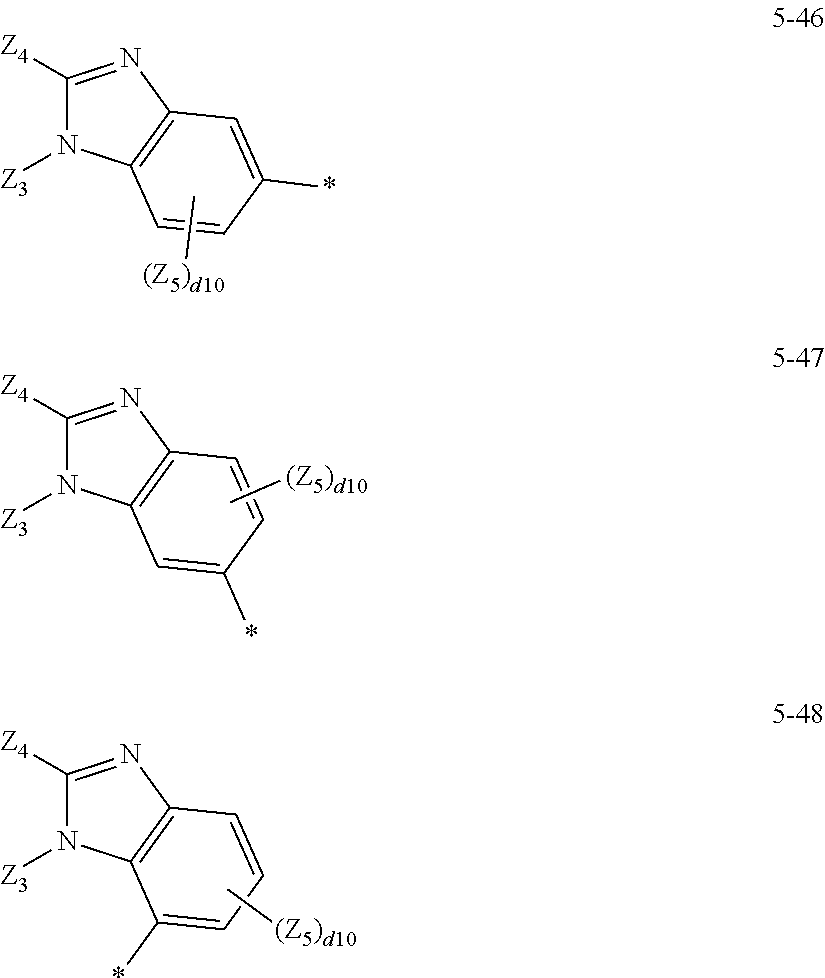
C00016

C00017

C00018
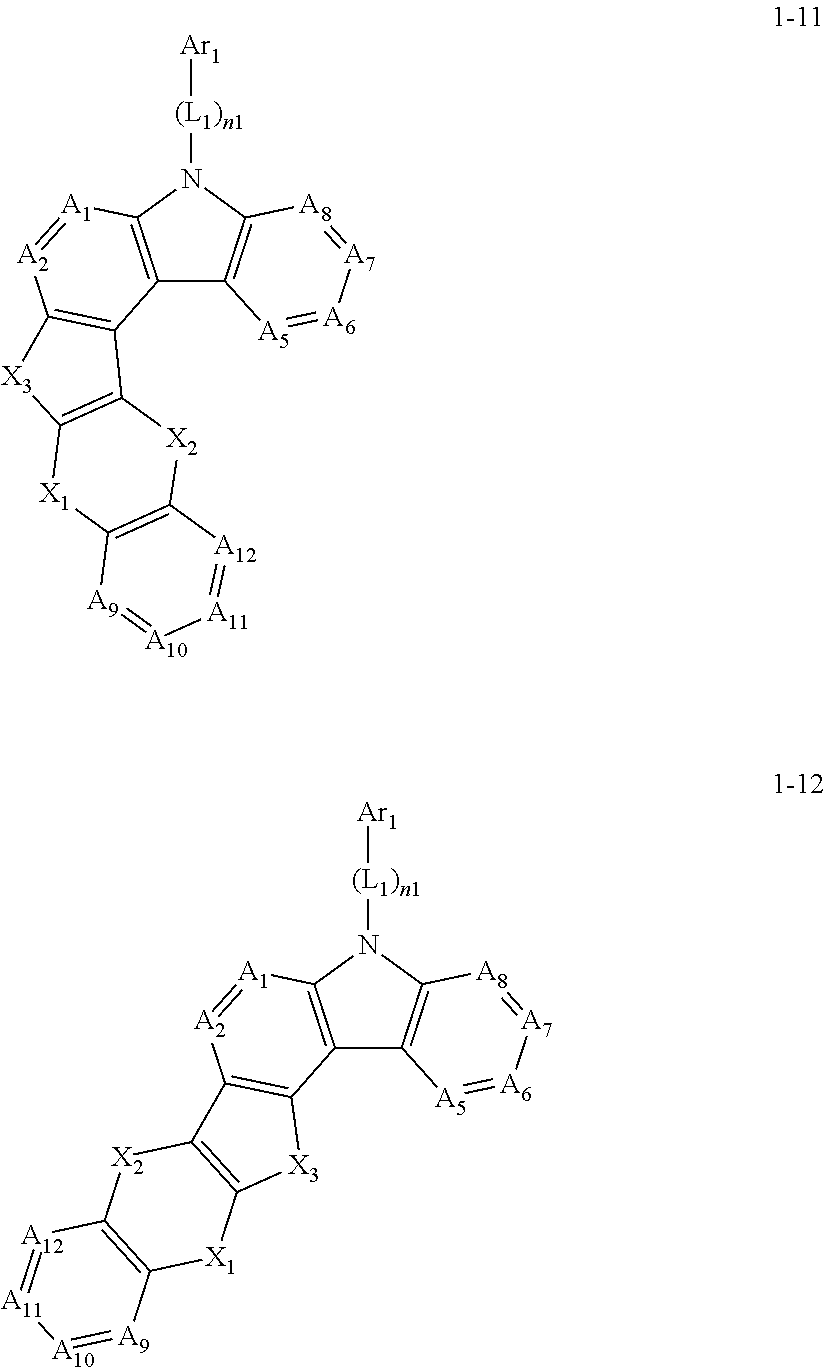
C00019
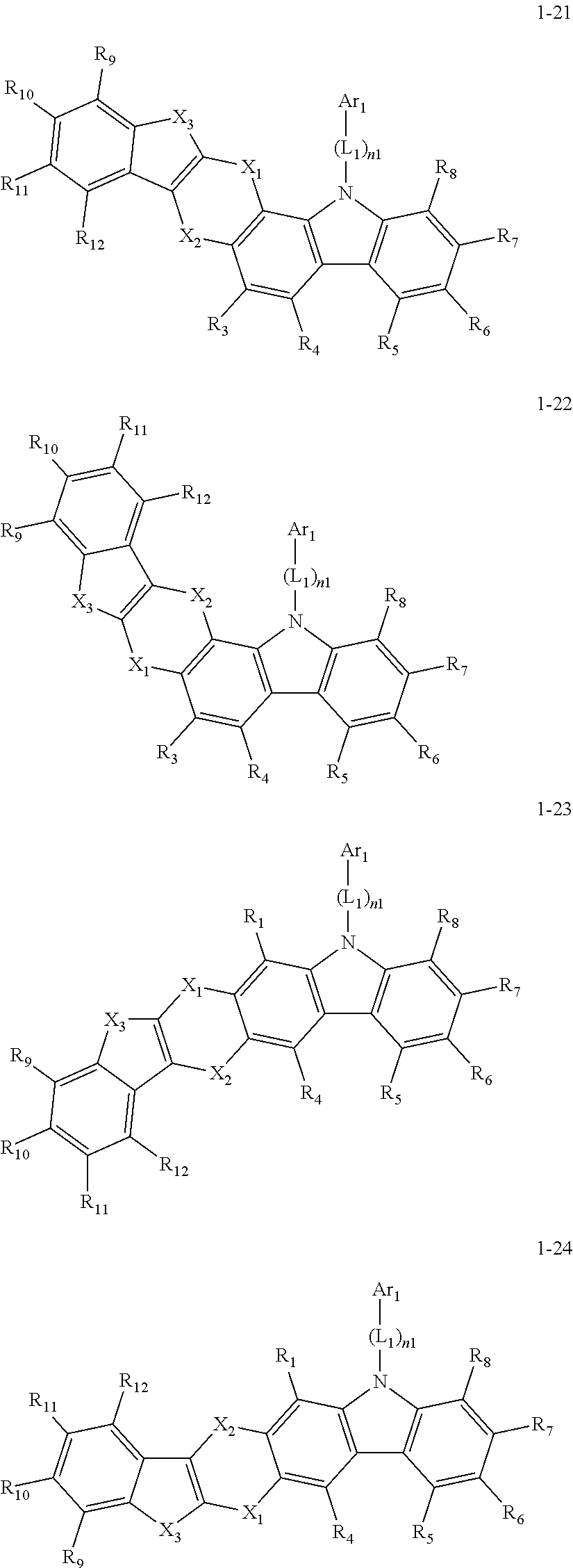
C00020

C00021

C00022

C00023

C00024
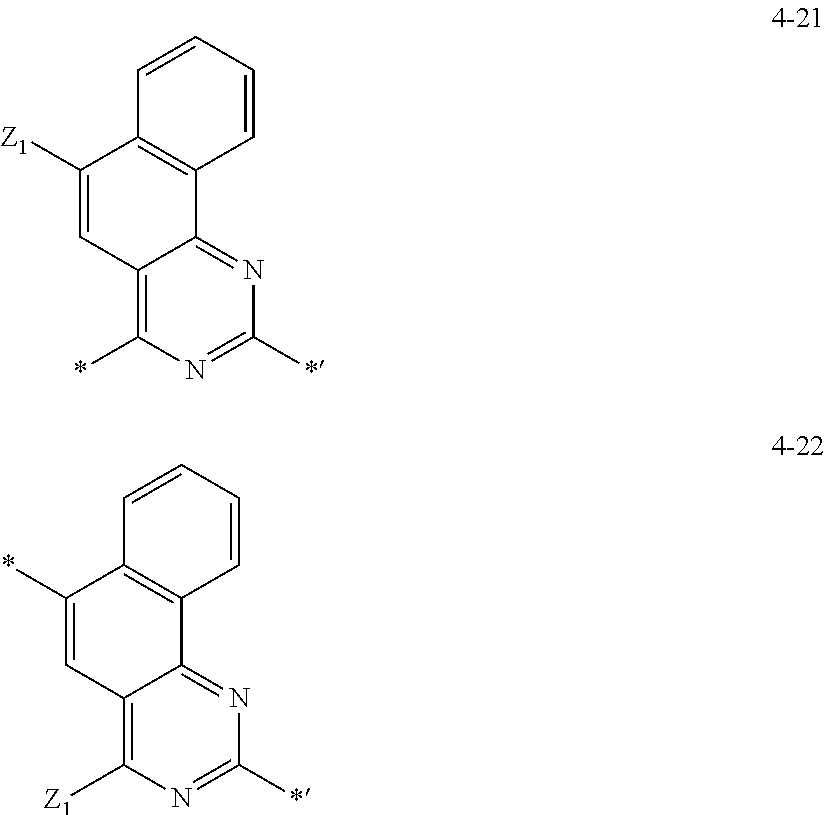
C00025

C00026

C00027
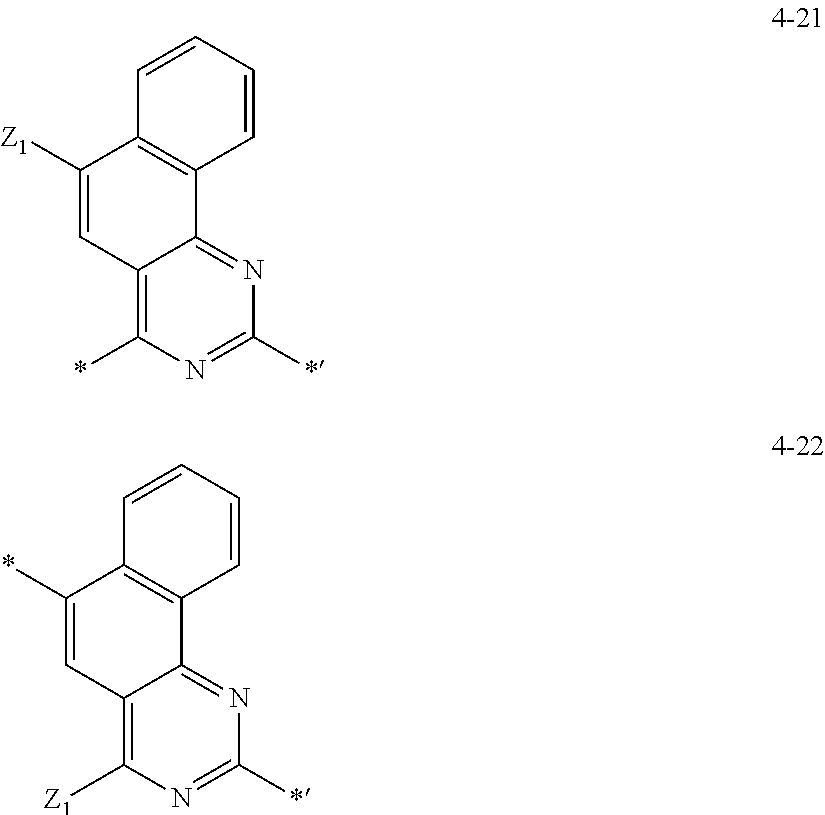
C00028

C00029

C00030

C00031

C00032

C00033
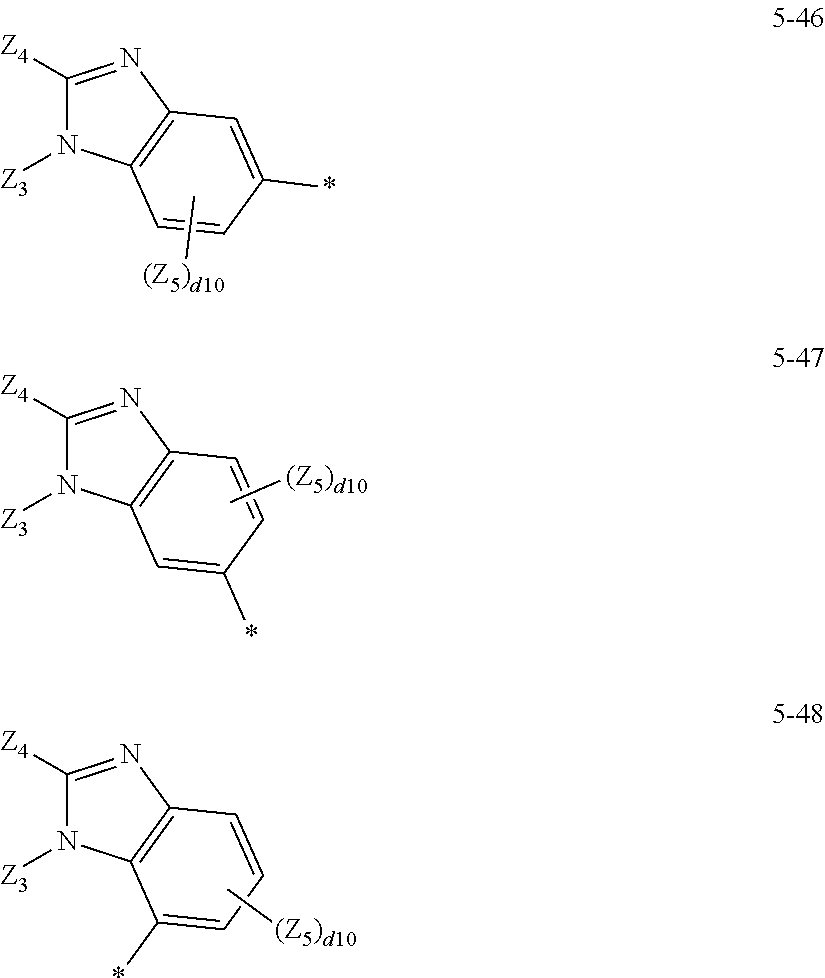
C00034

C00035

C00036

C00037

C00038

C00039

C00040
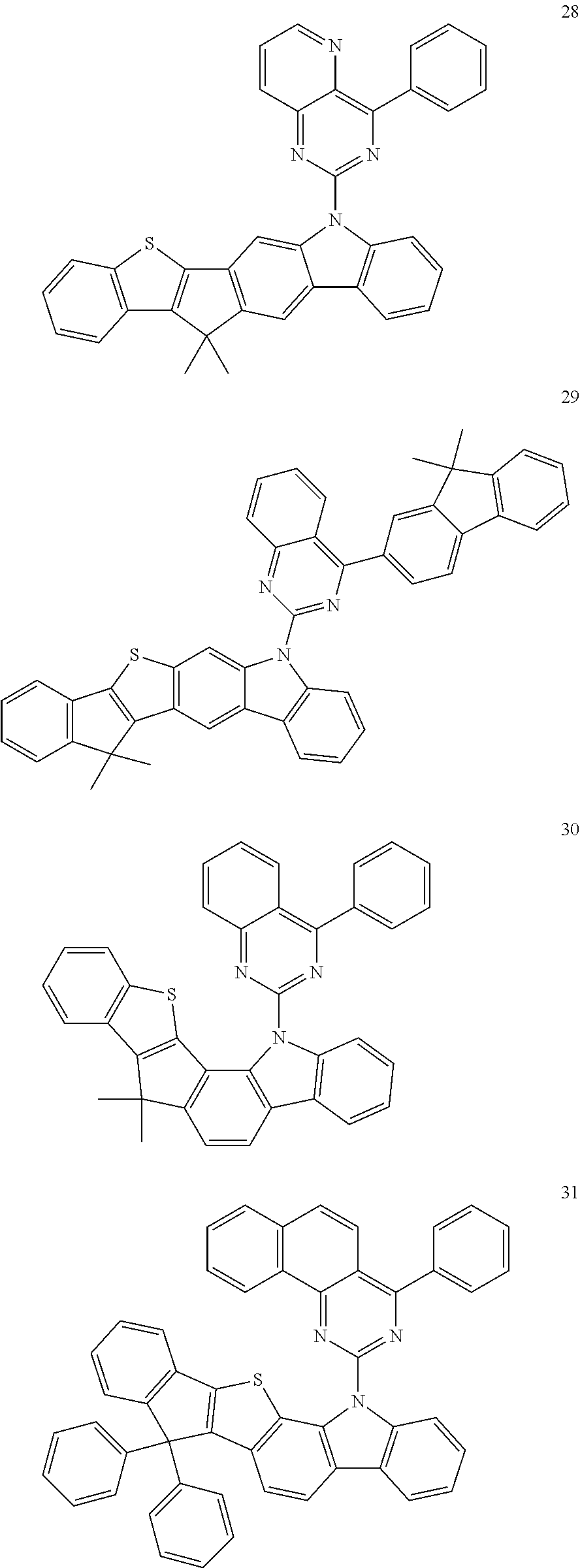
C00041

C00042

C00043

C00044

C00045

C00046
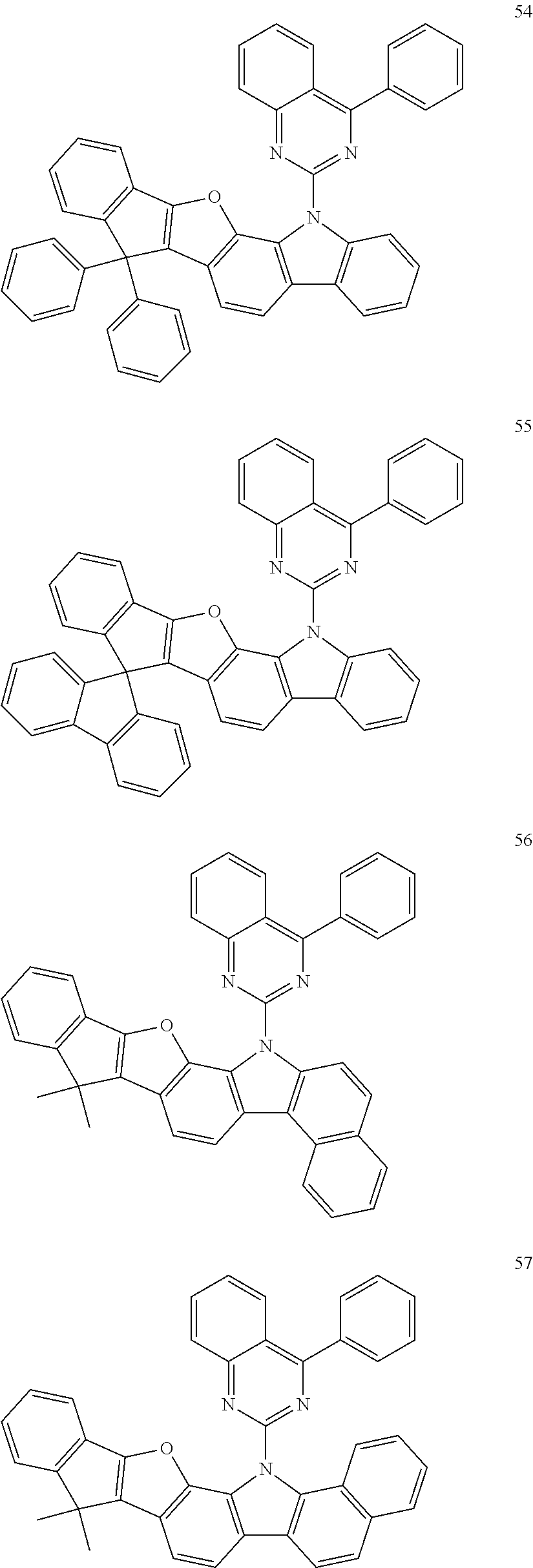
C00047

C00048

C00049
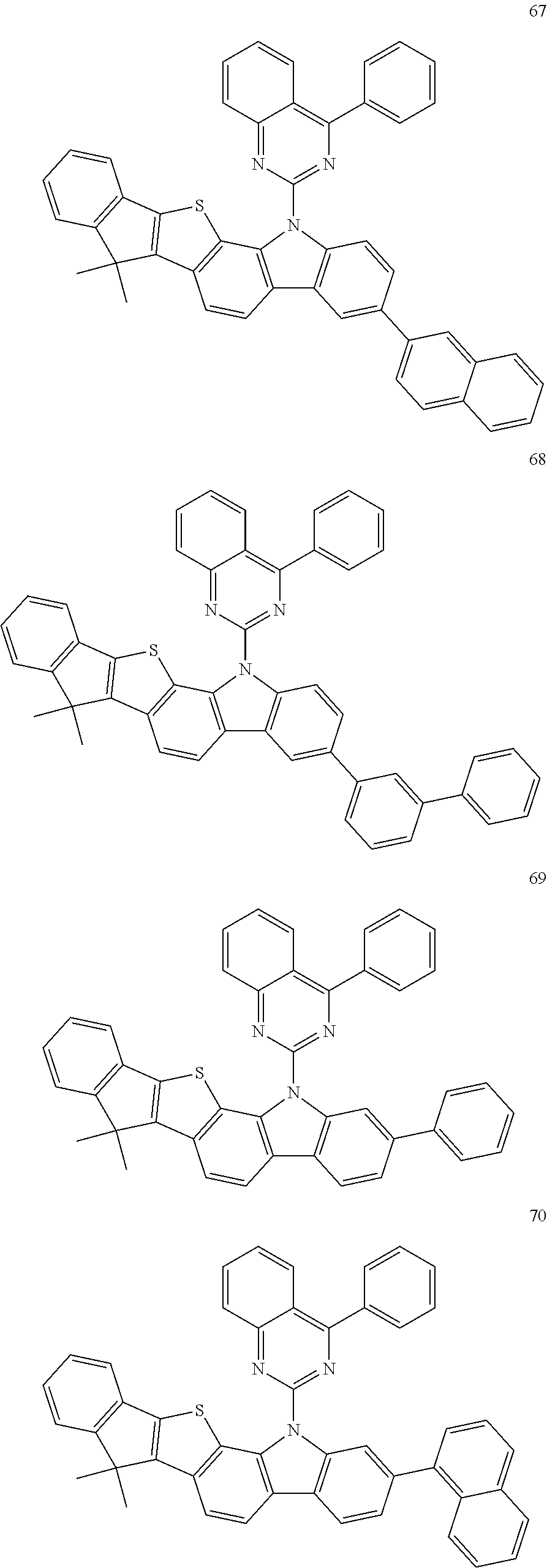
C00050

C00051

C00052
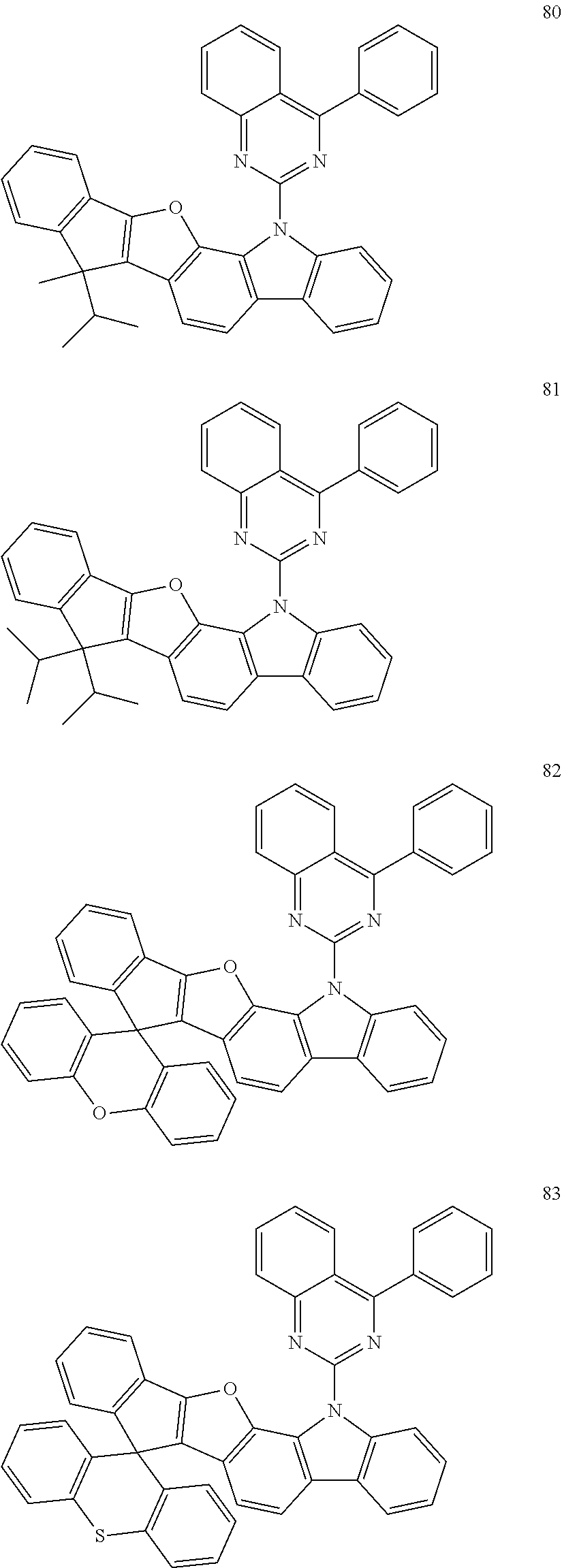
C00053

C00054
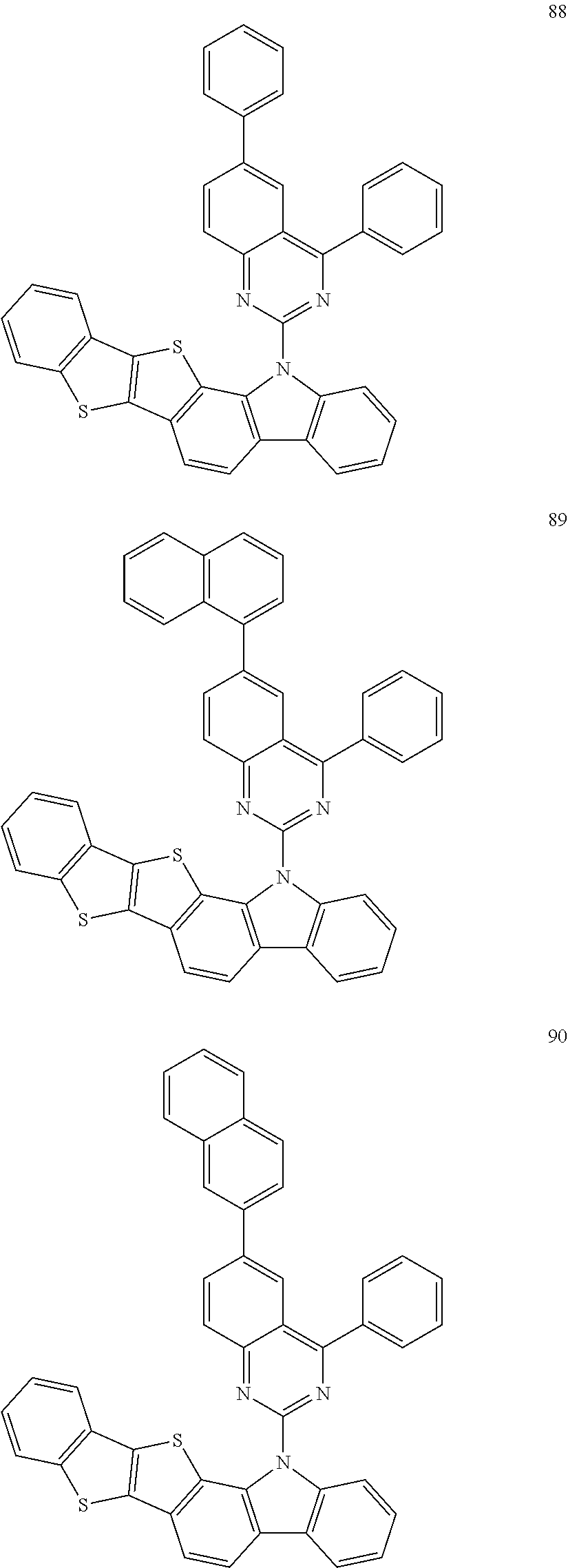
C00055

C00056

C00057
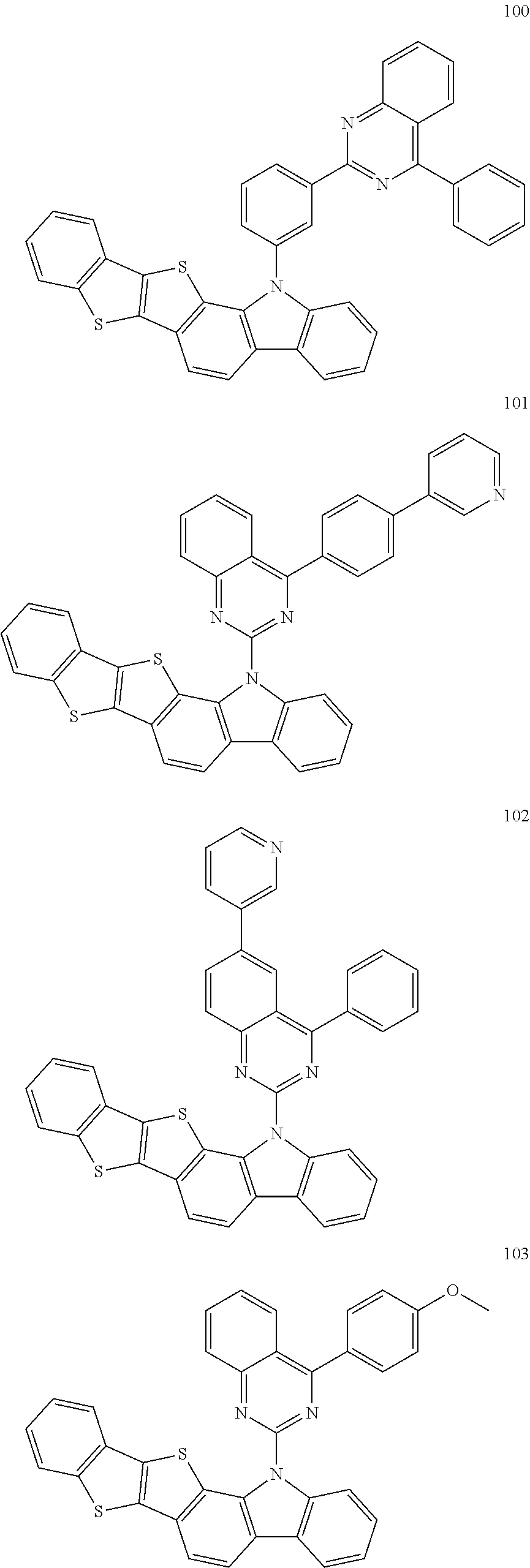
C00058

C00059

C00060

C00061

C00062

C00063
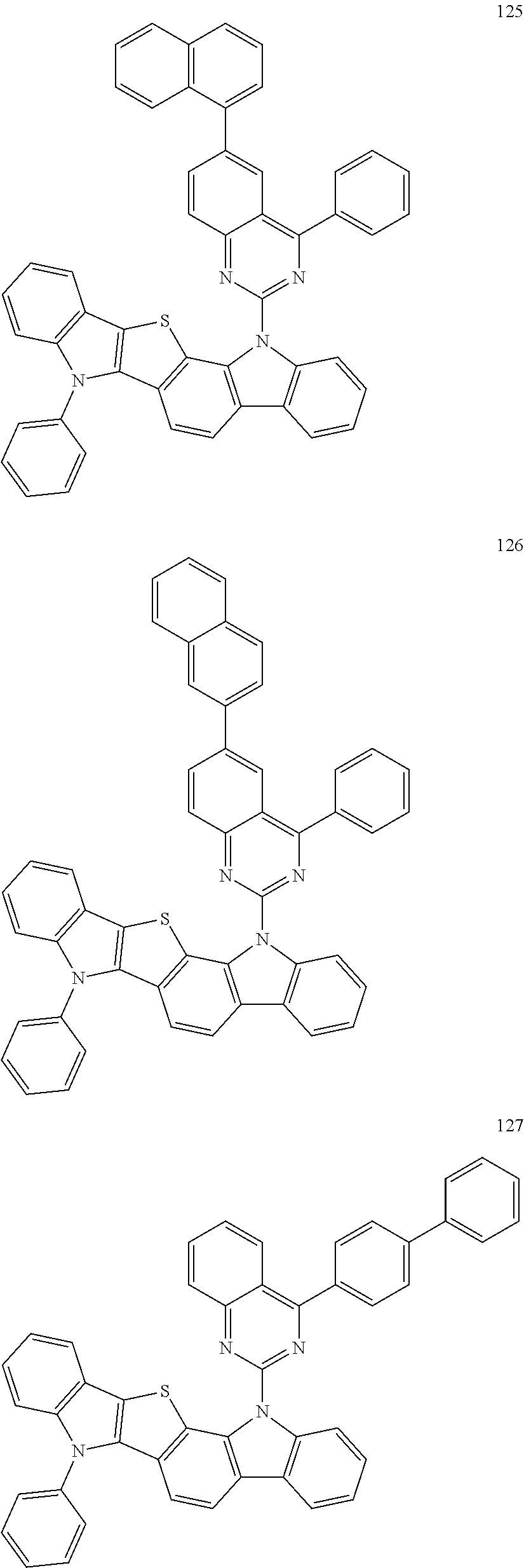
C00064

C00065

C00066

C00067

C00068

C00069
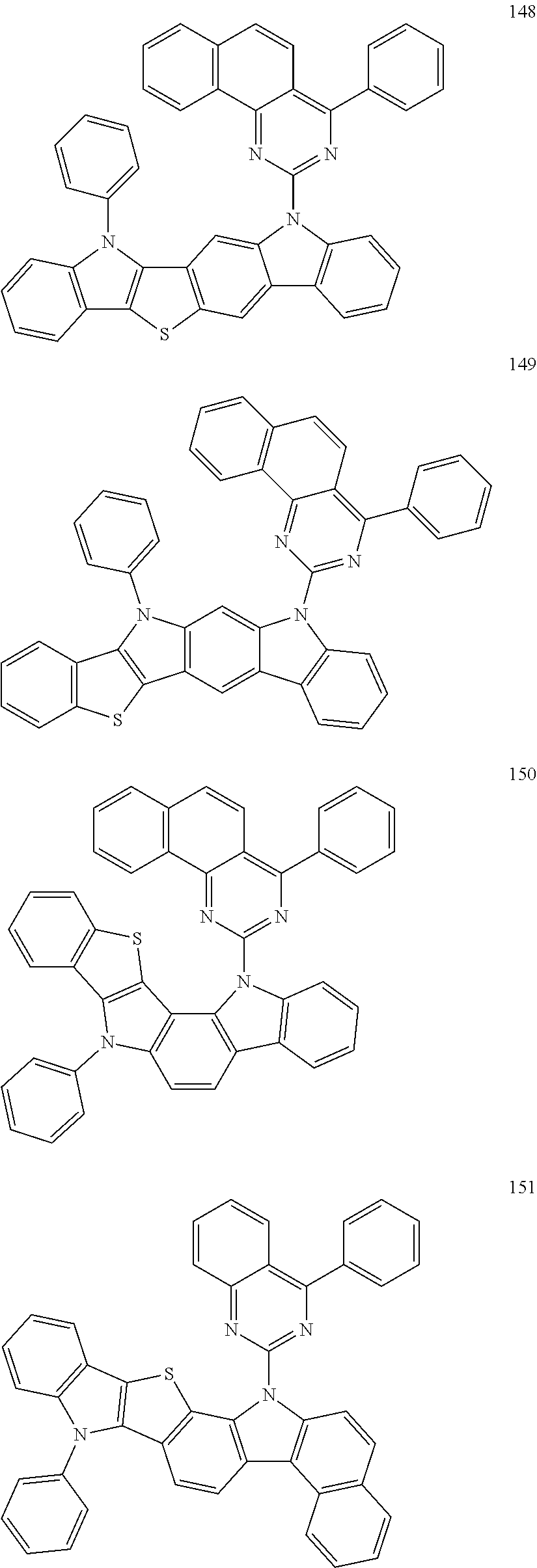
C00070

C00071

C00072

C00073

C00074
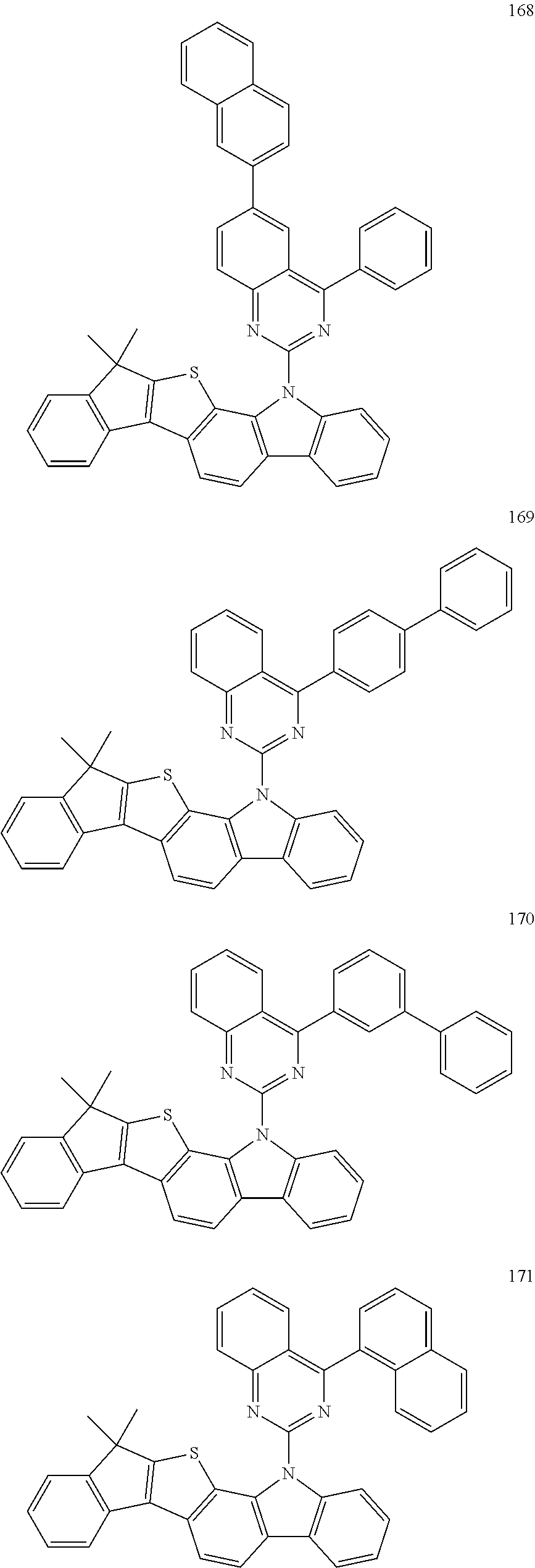
C00075
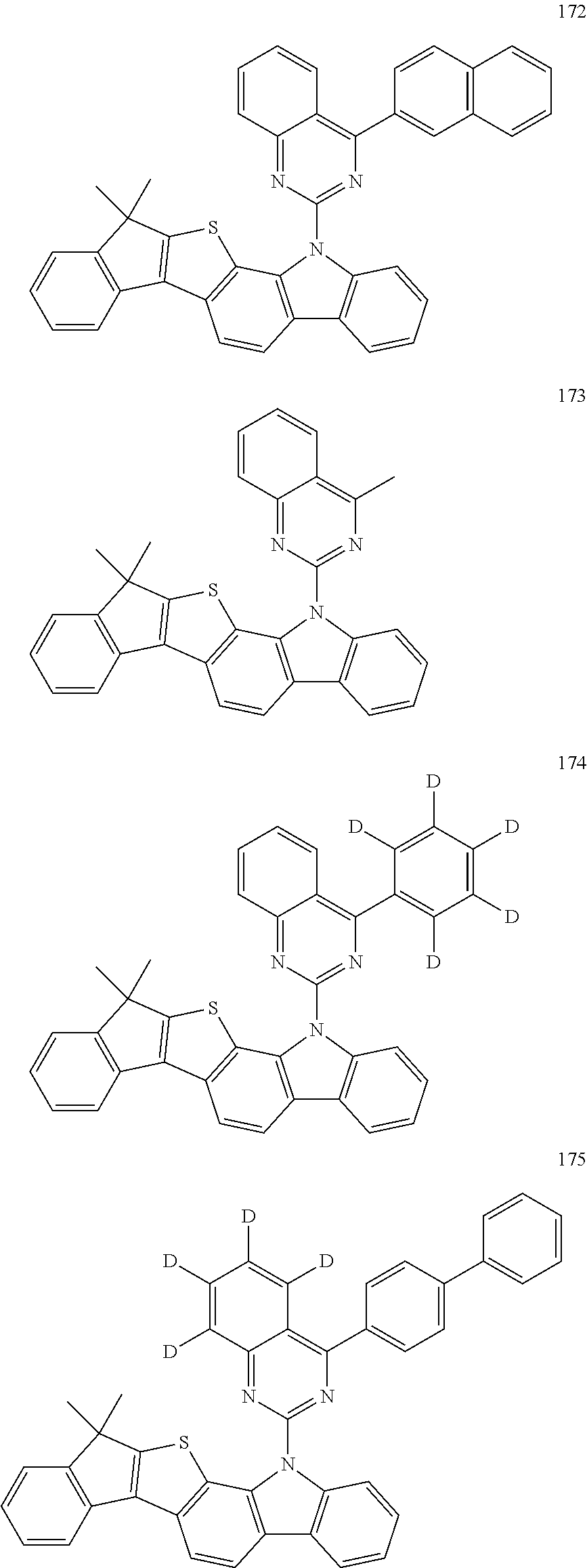
C00076
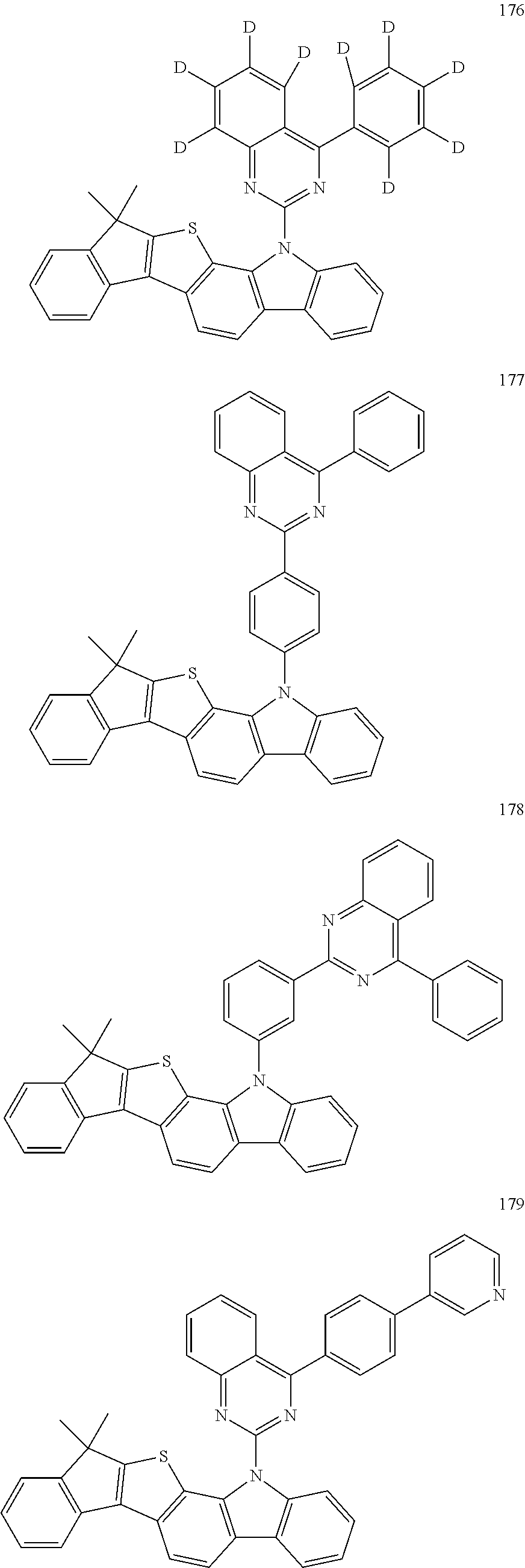
C00077
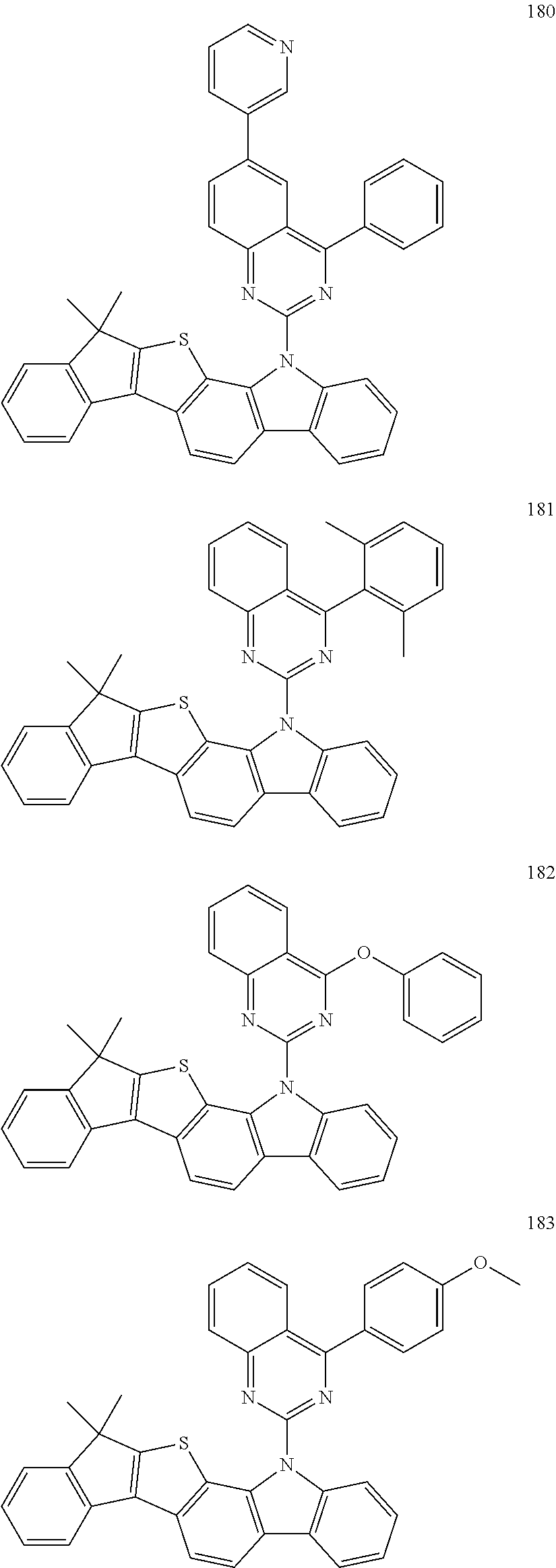
C00078

C00079

C00080
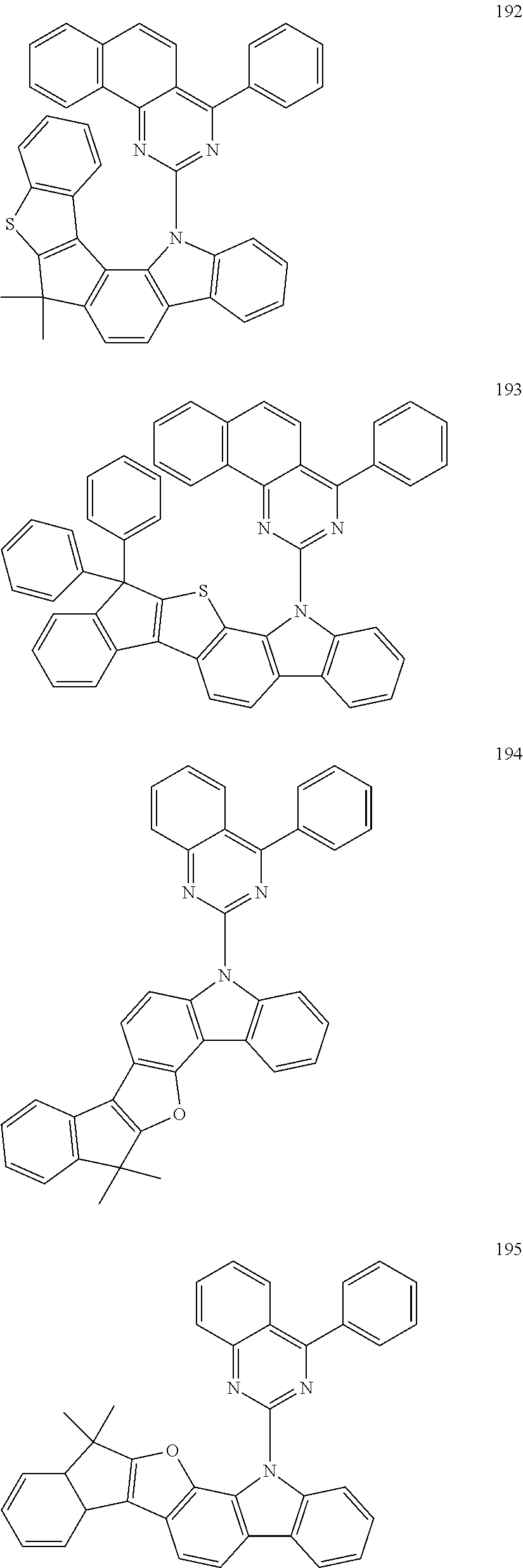
C00081
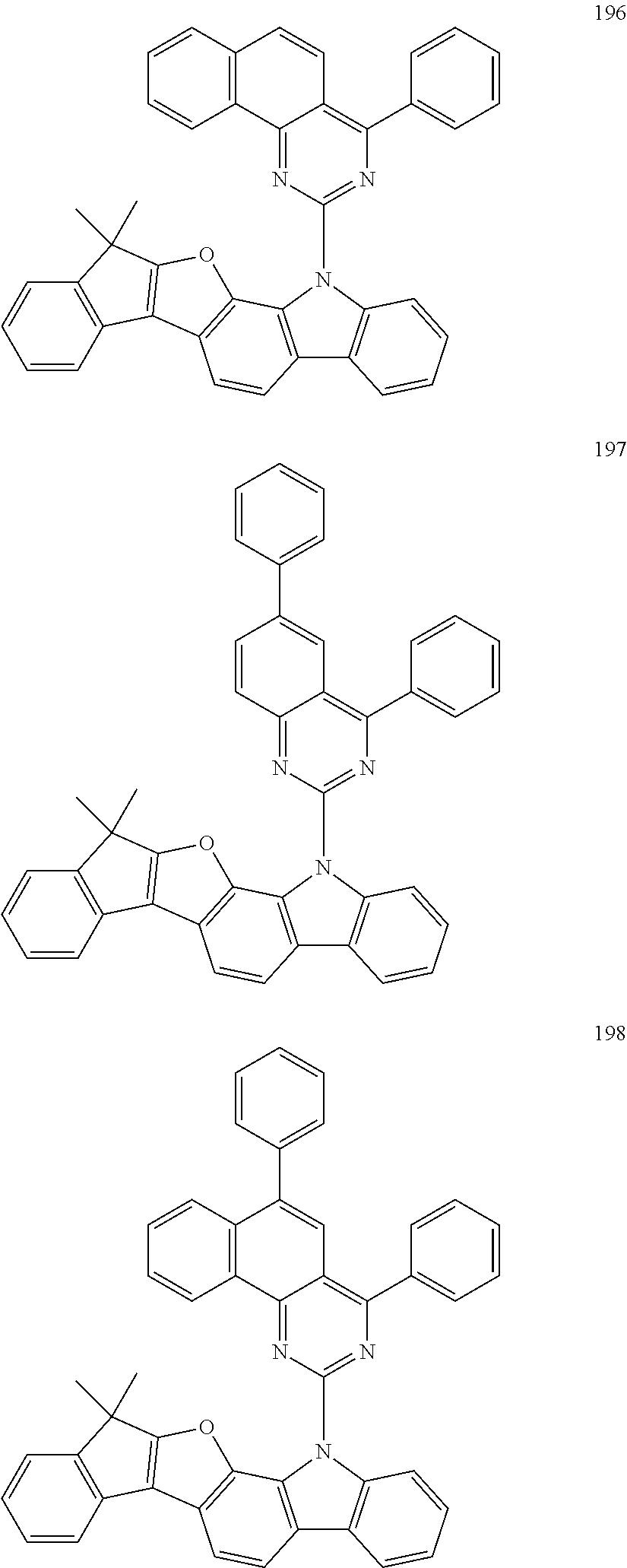
C00082
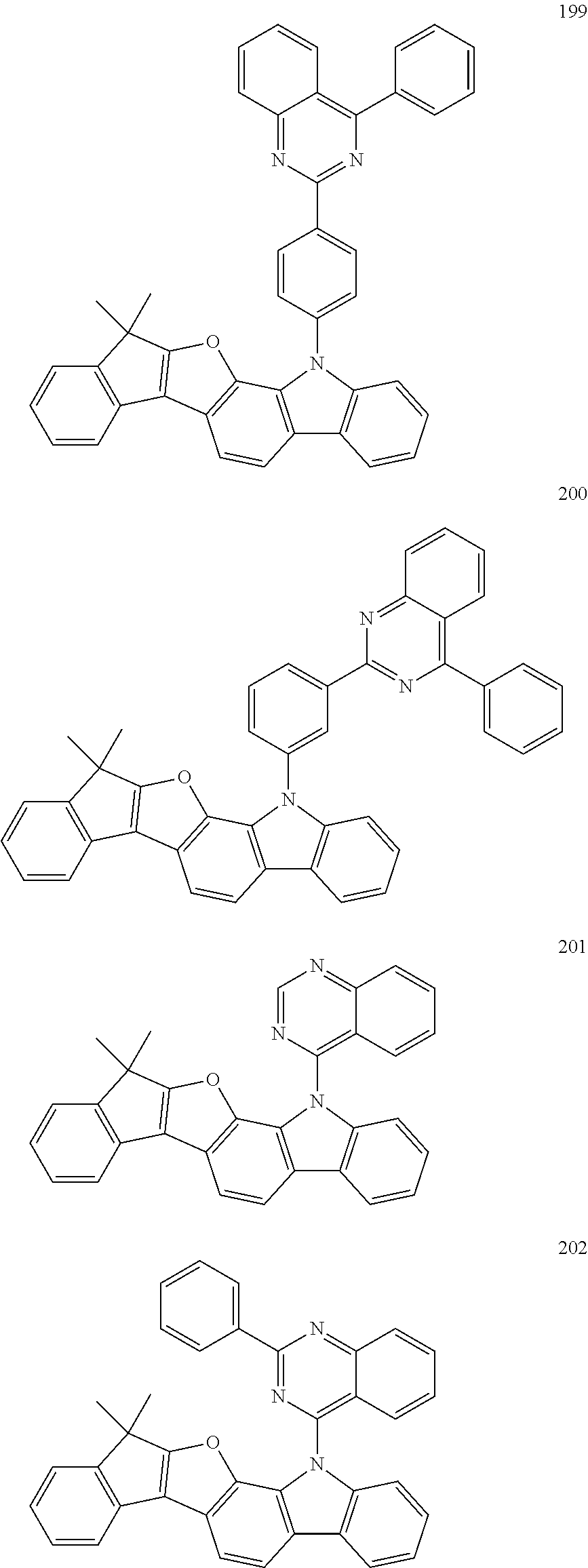
C00083

C00084

C00085

C00086
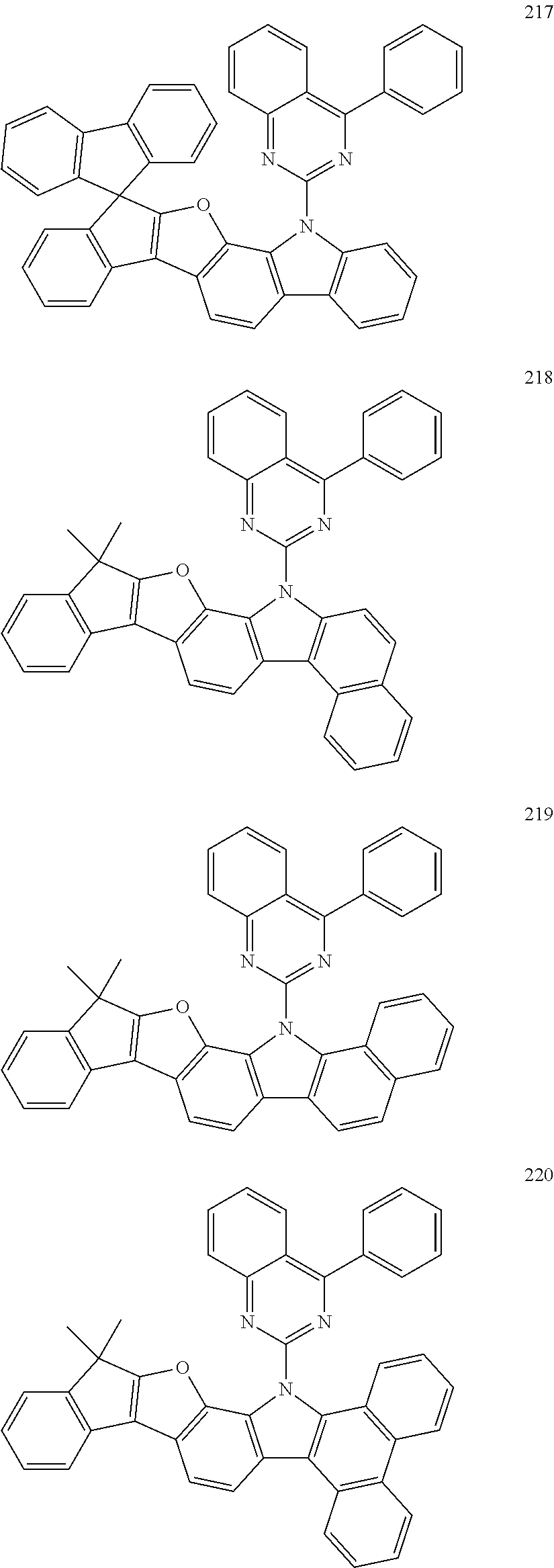
C00087
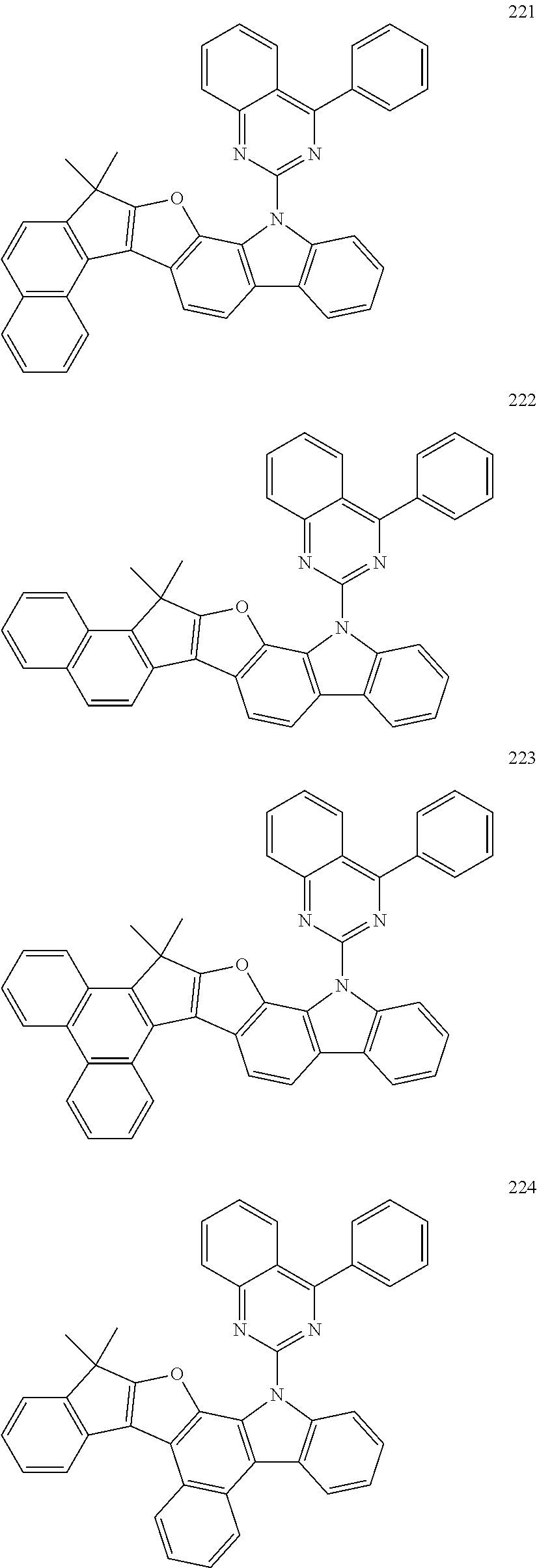
C00088

C00089
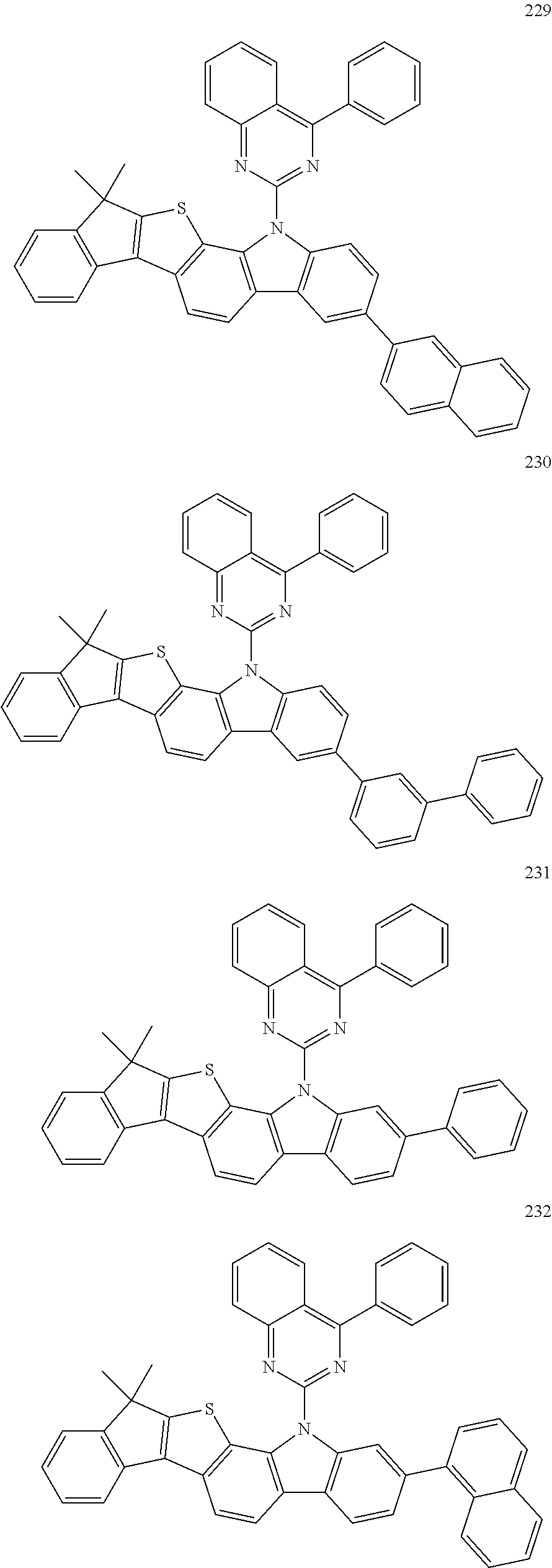
C00090

C00091

C00092

C00093

C00094
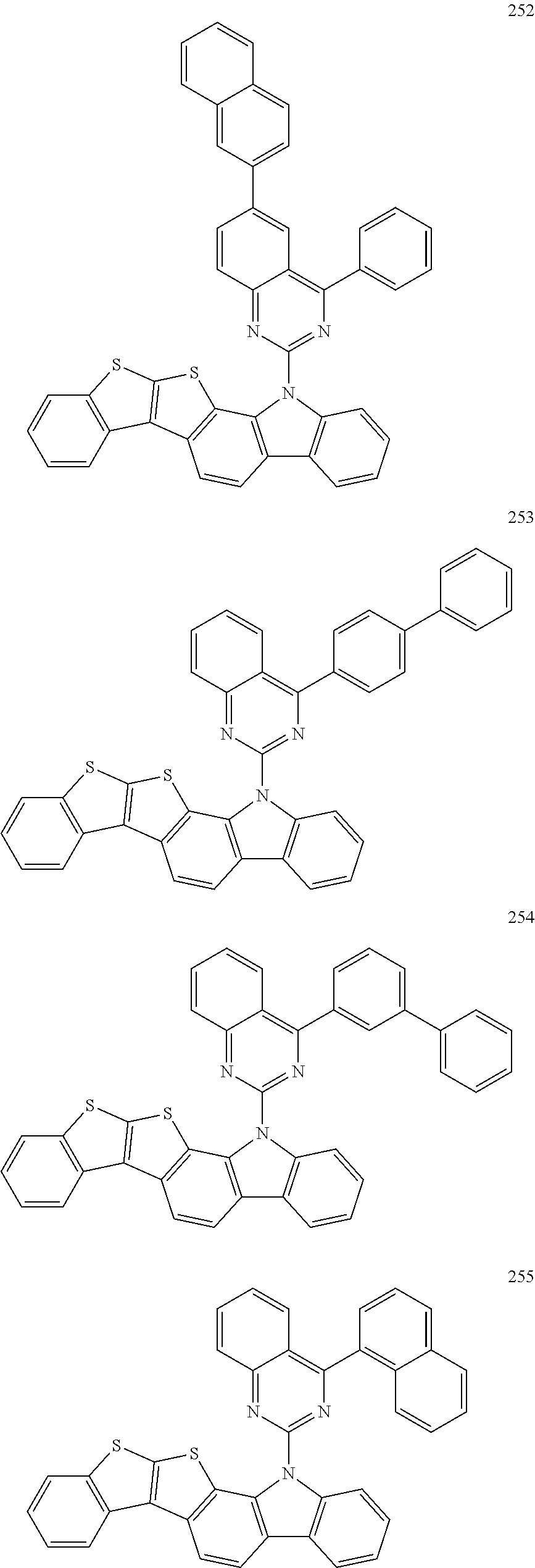
C00095
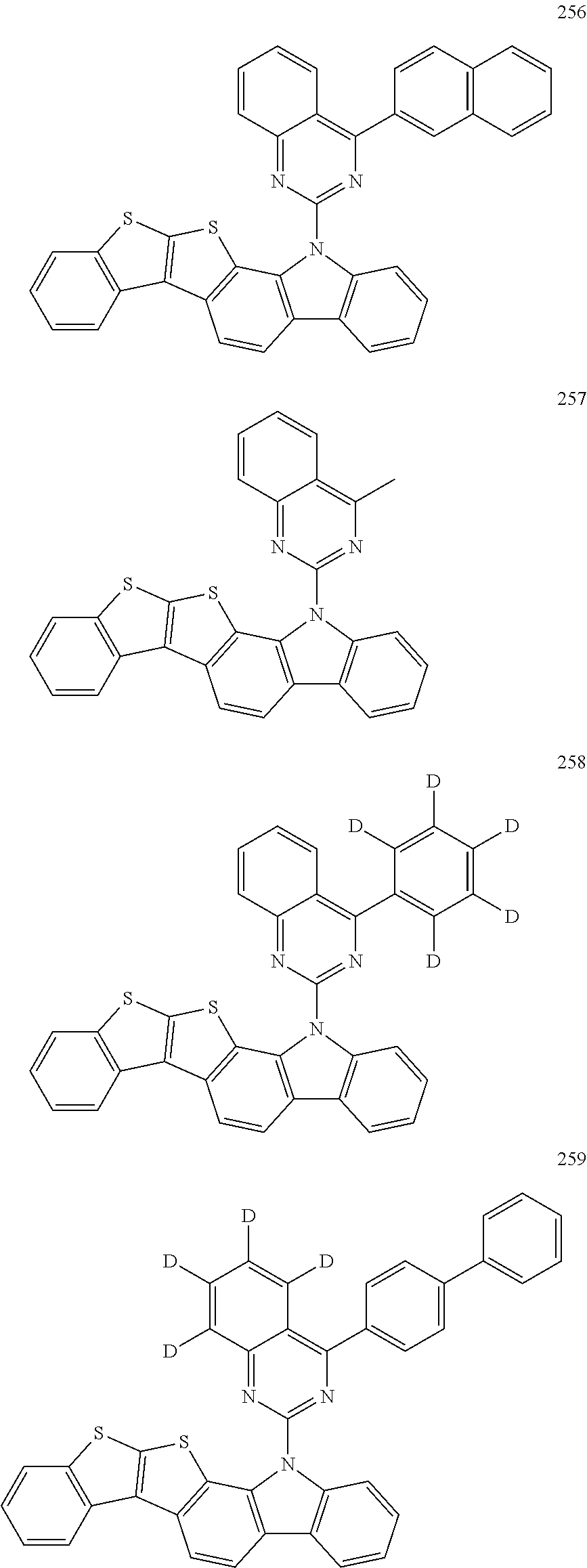
C00096
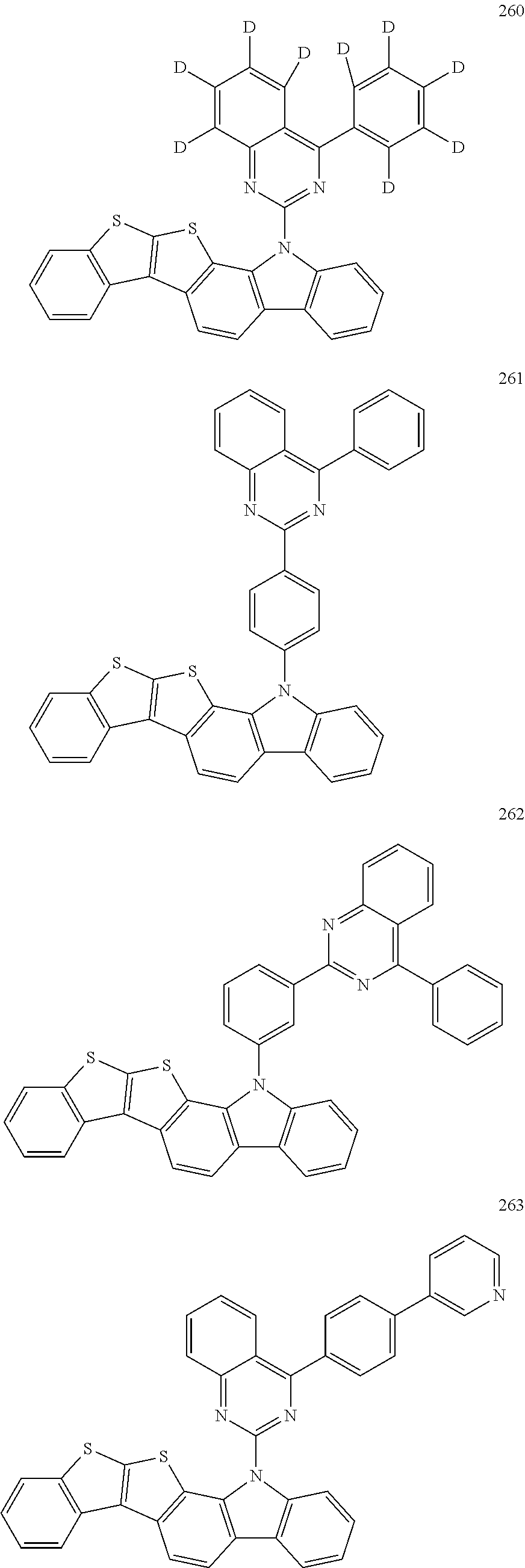
C00097
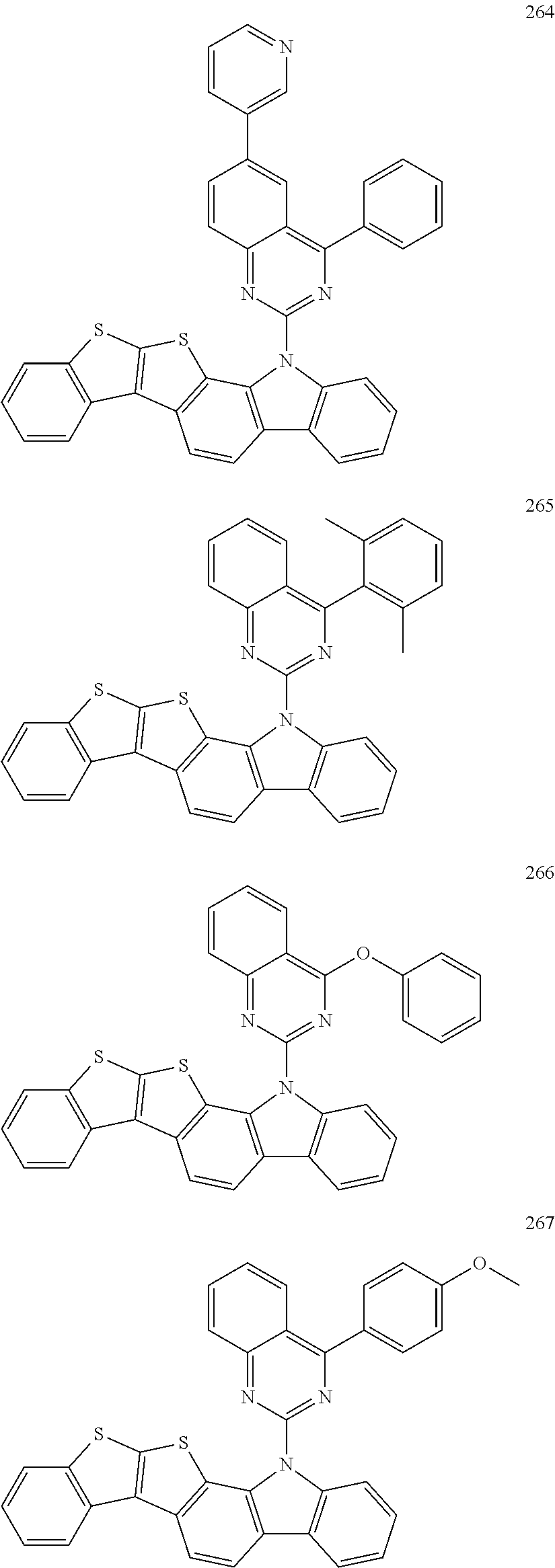
C00098

C00099

C00100
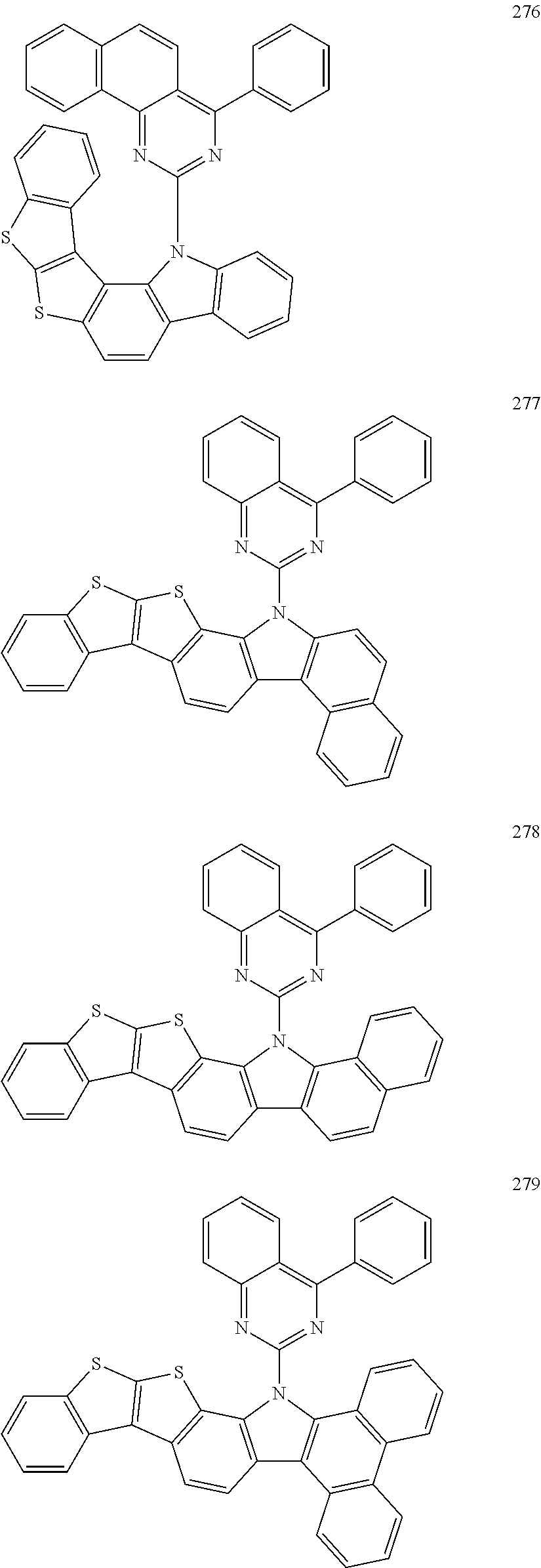
C00101

C00102

C00103
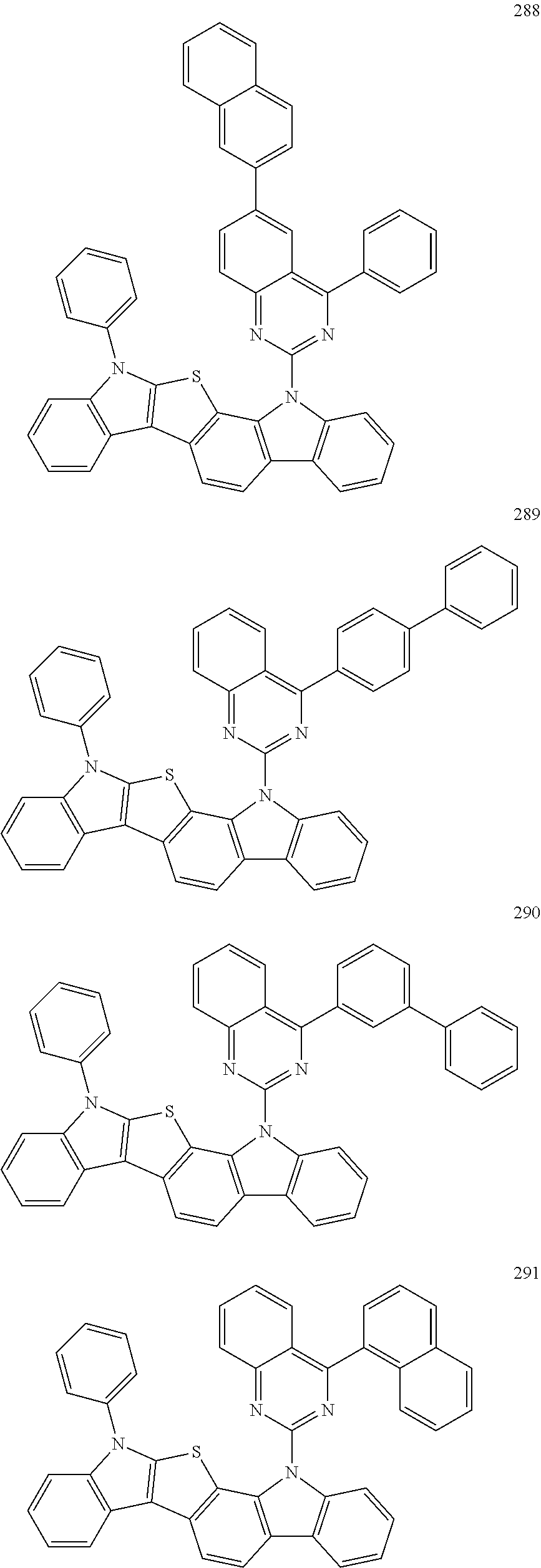
C00104
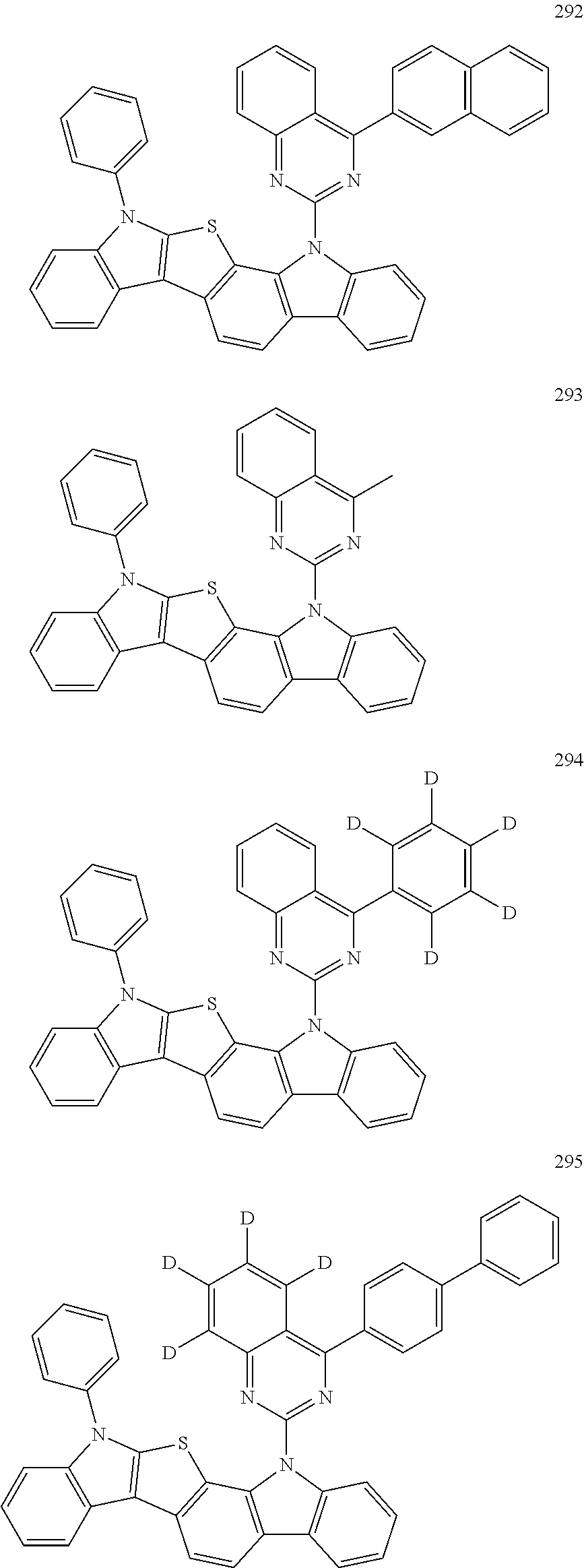
C00105
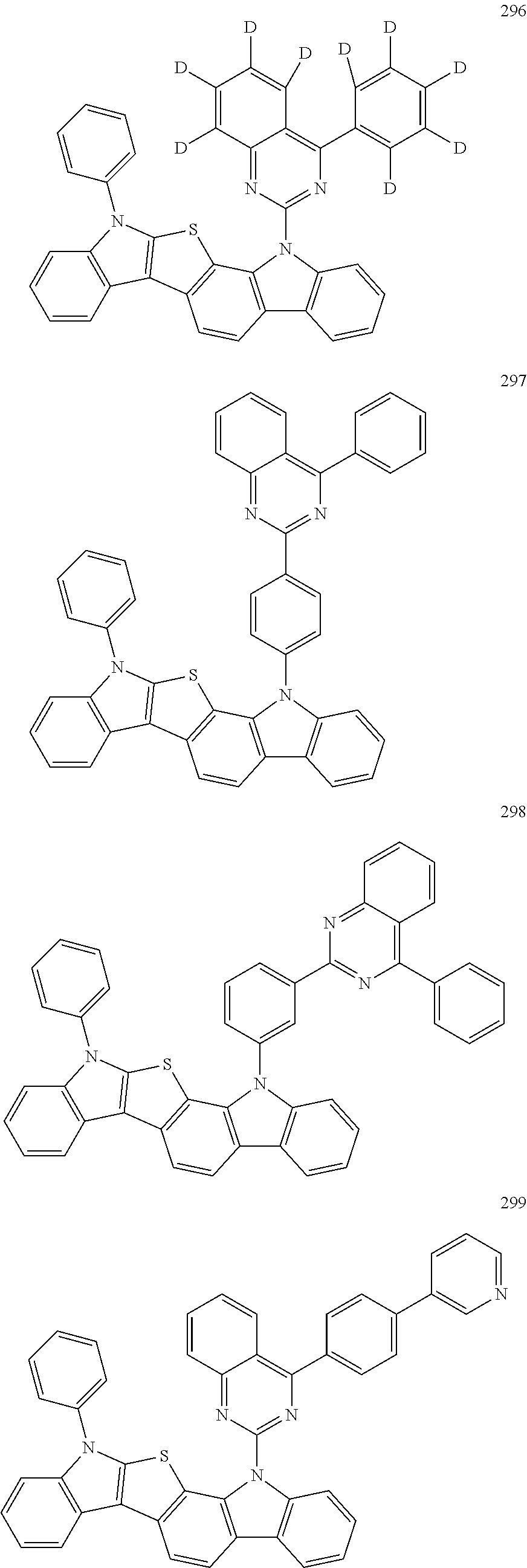
C00106
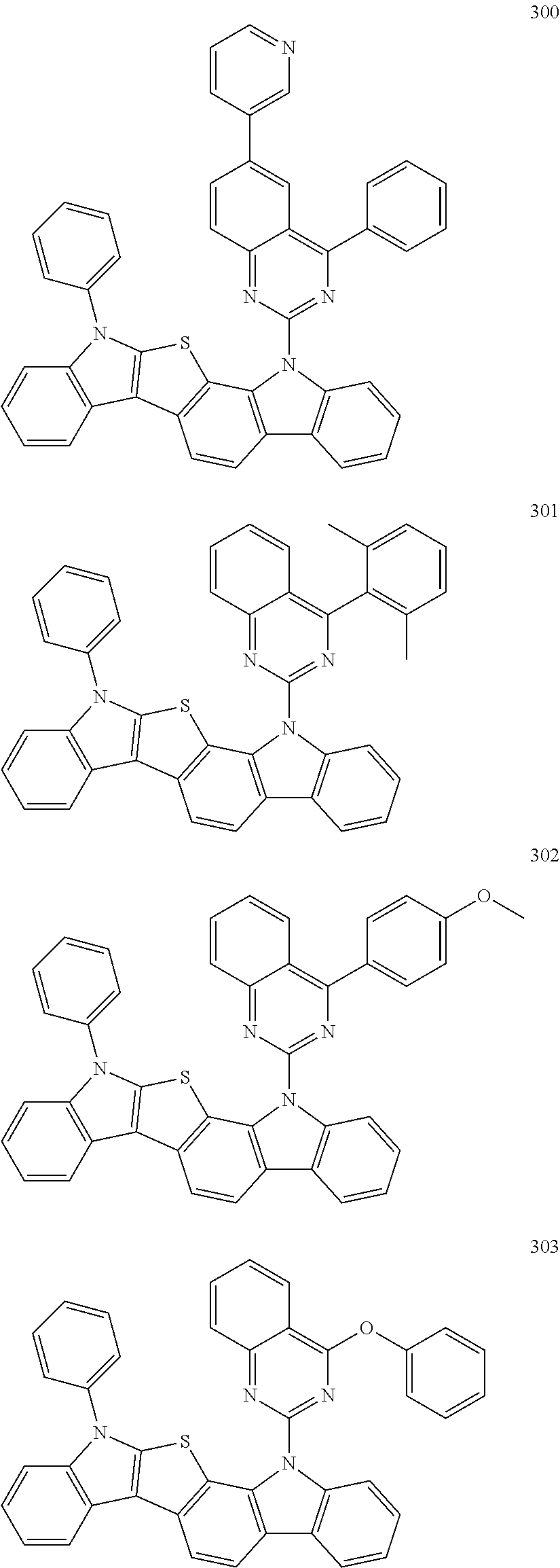
C00107

C00108

C00109
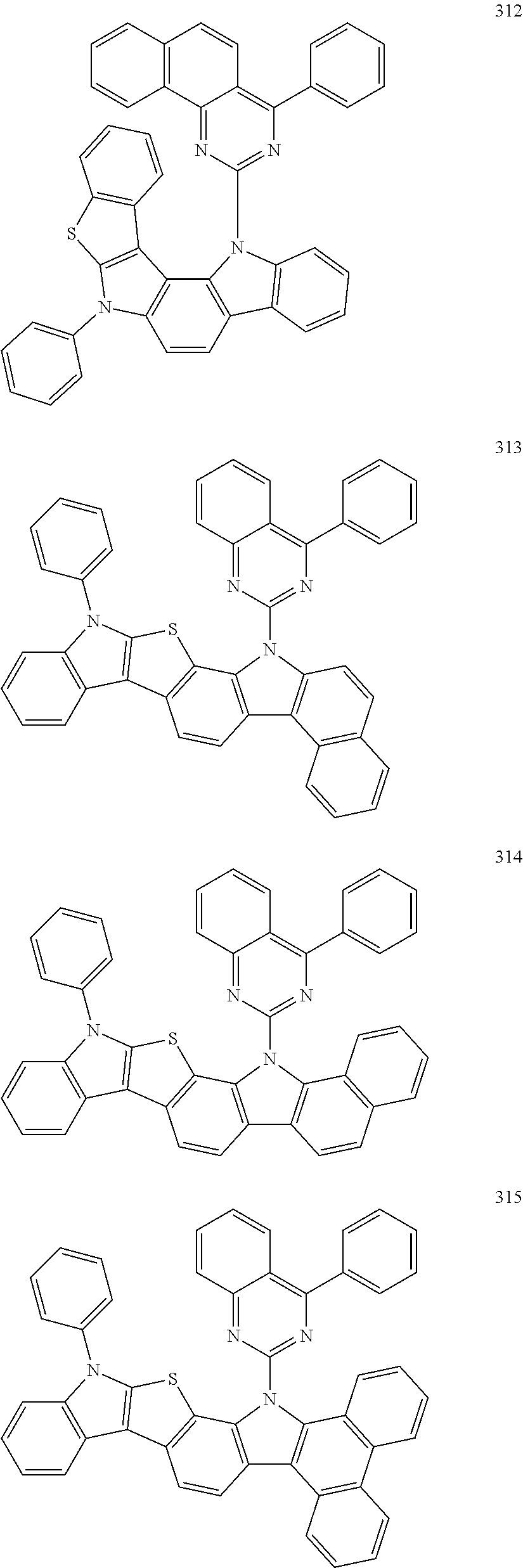
C00110

C00111
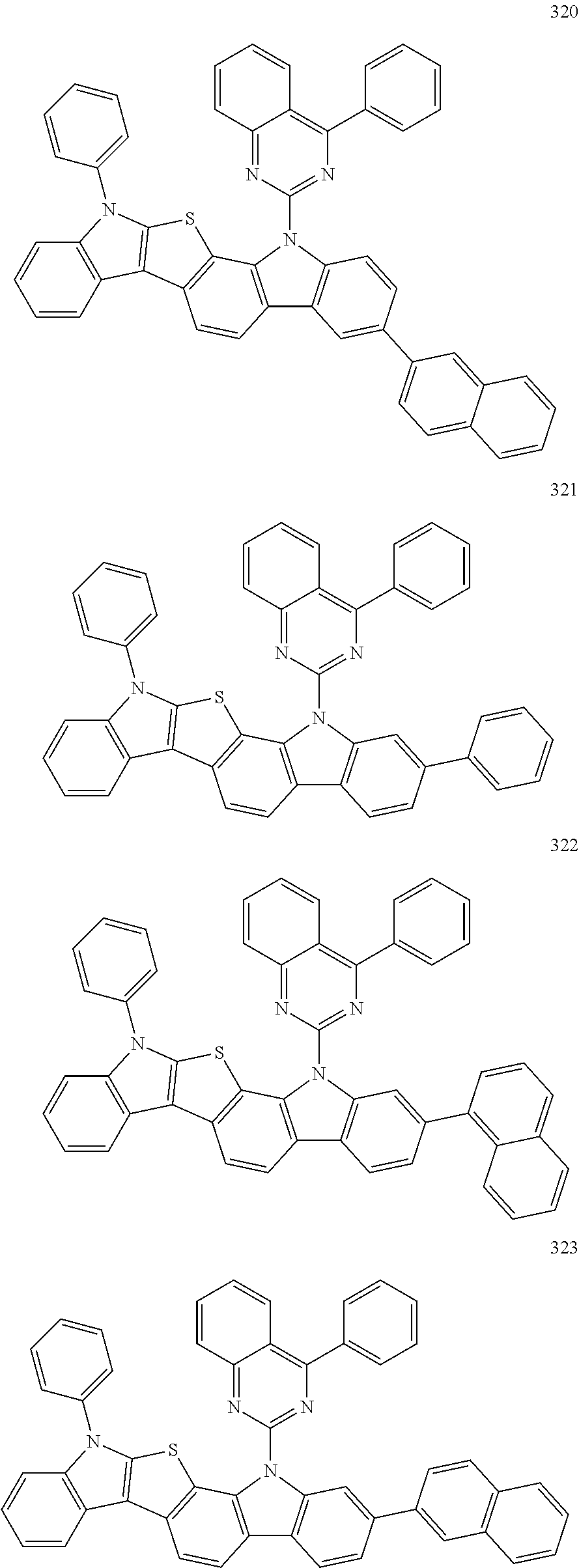
C00112

C00113

C00114
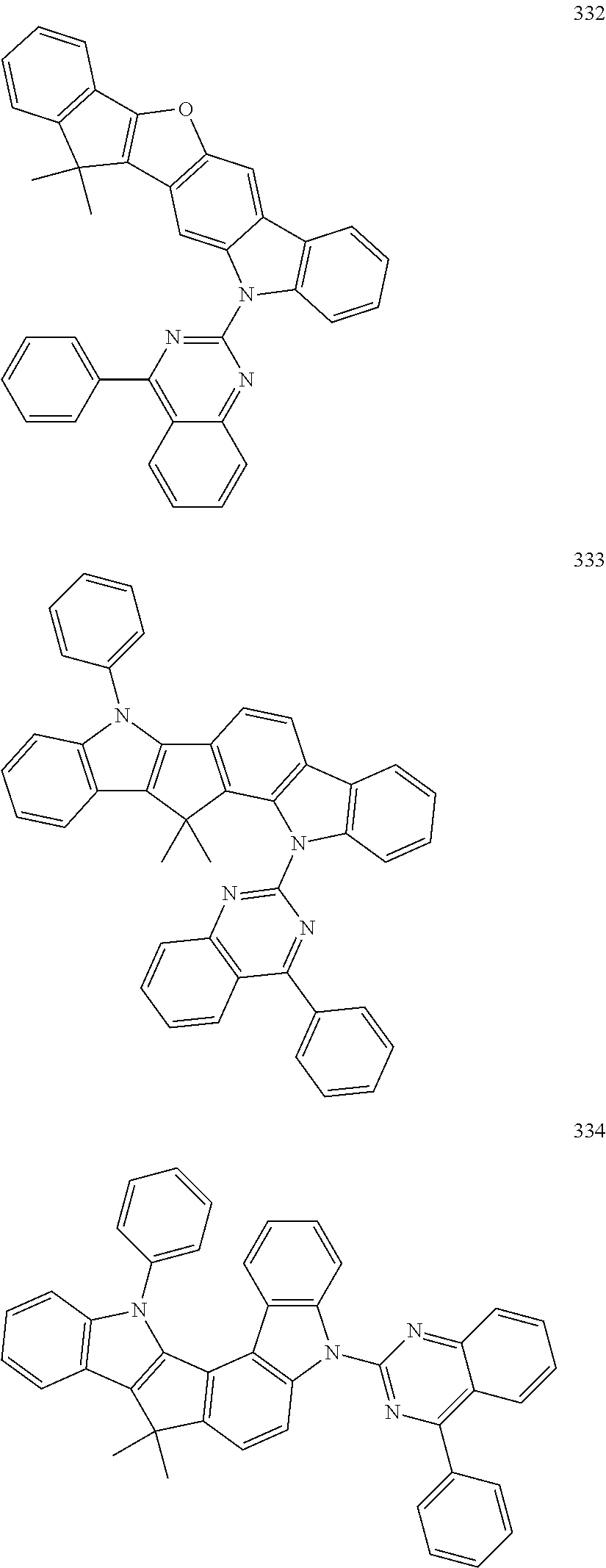
C00115
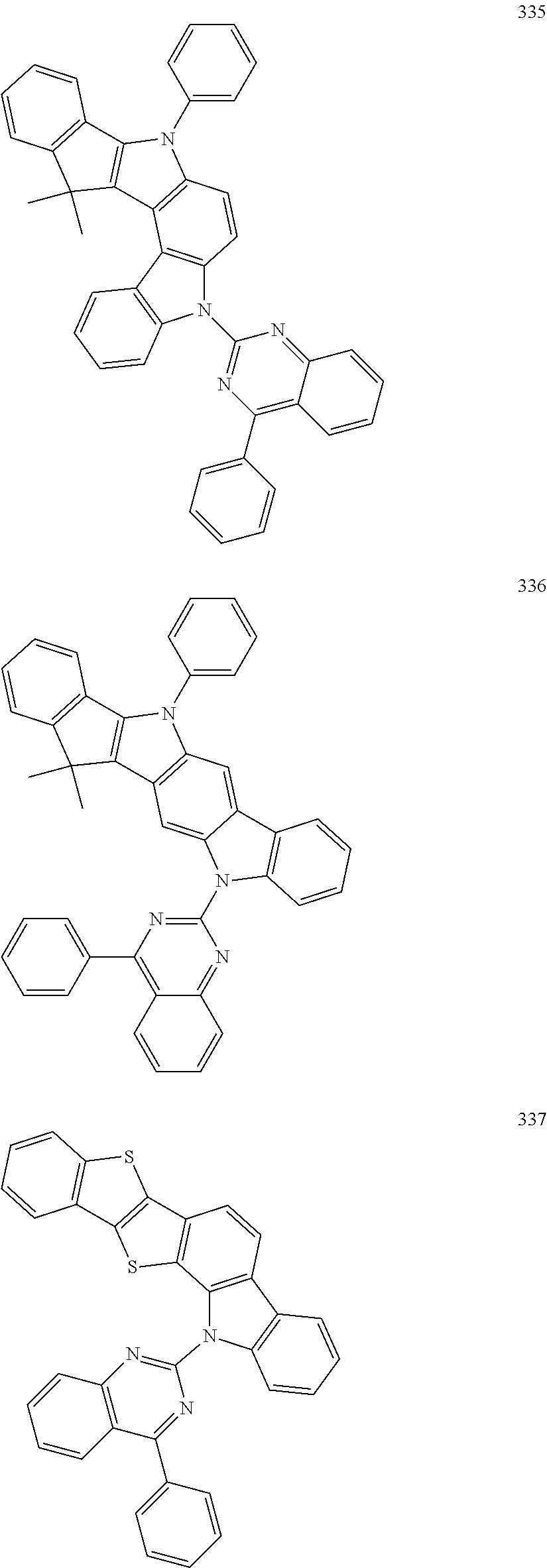
C00116

C00117

C00118

C00119

C00120

C00121

C00122

C00123

C00124

C00125

C00126

C00127

C00128

C00129
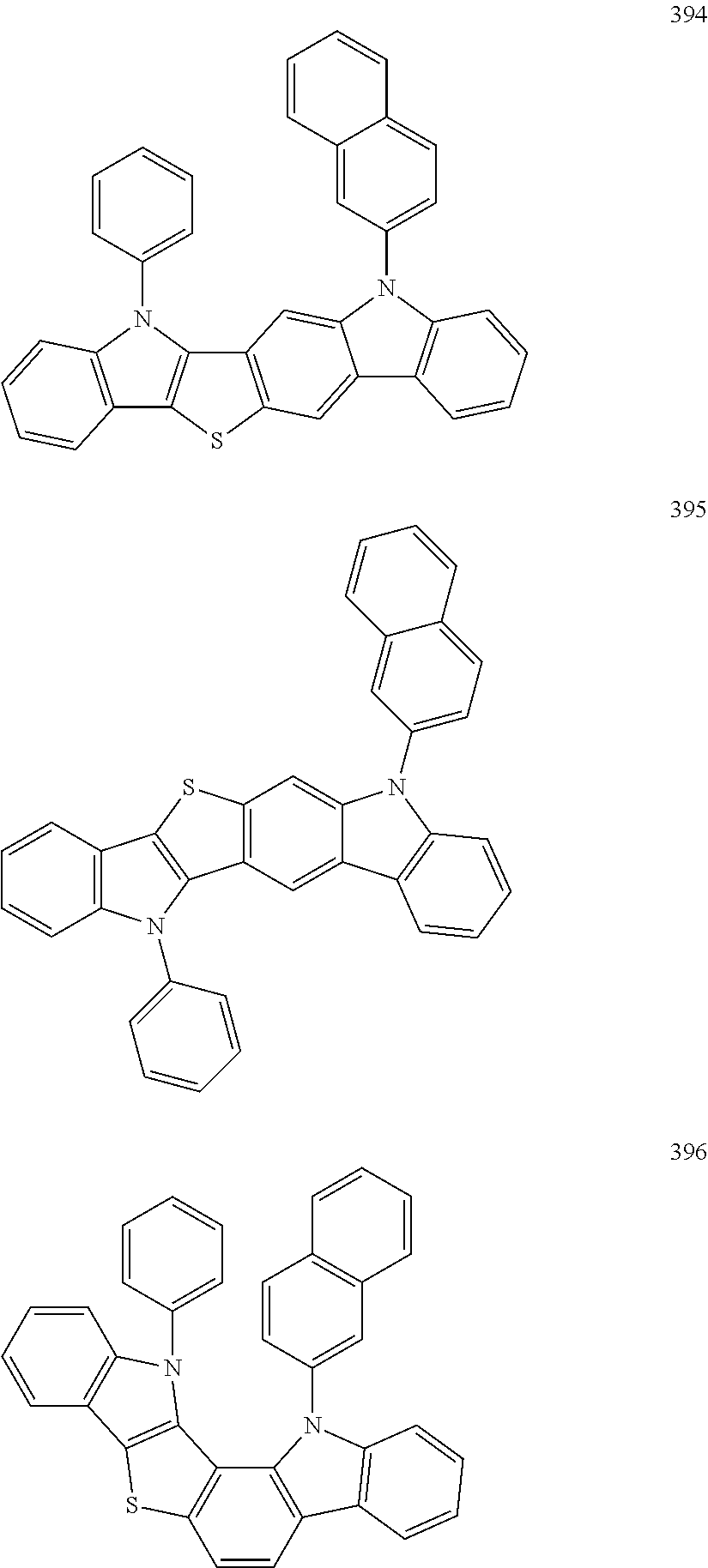
C00130
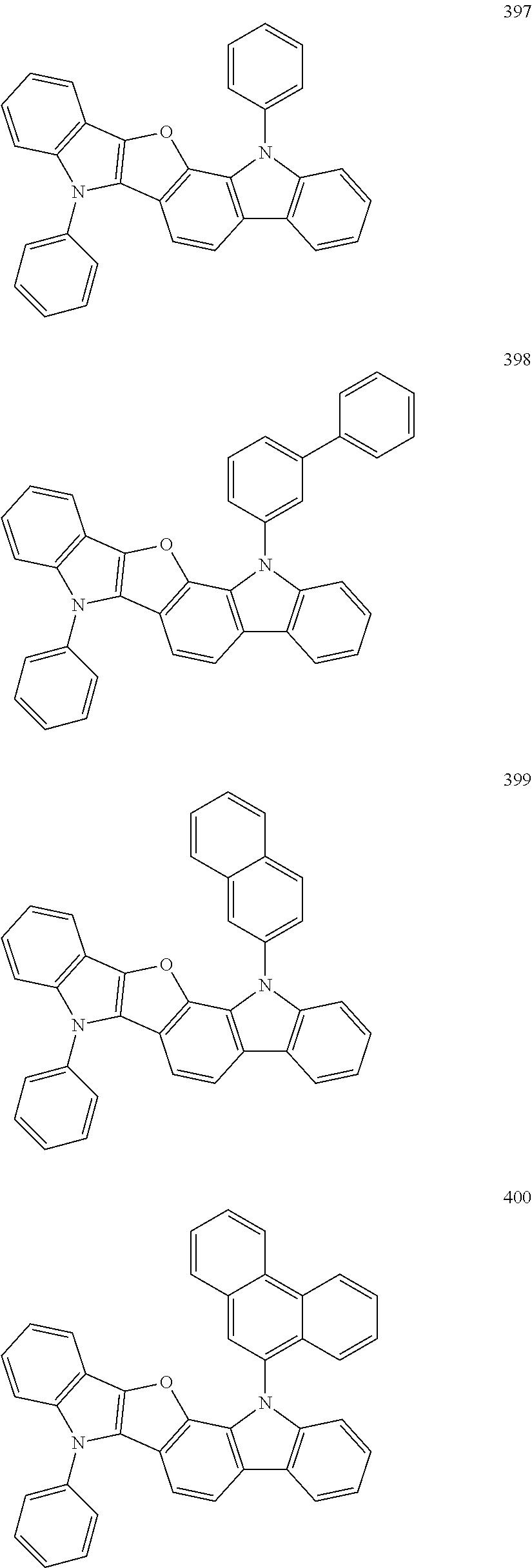
C00131
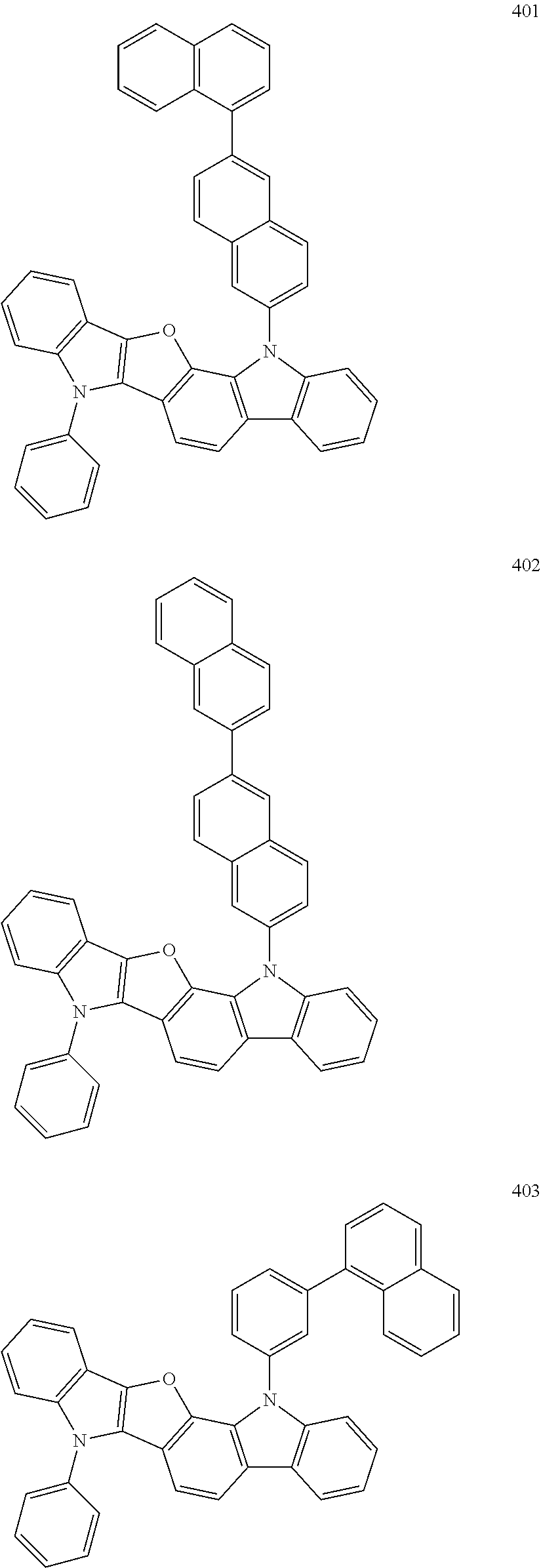
C00132

C00133

C00134

C00135

C00136

C00137

C00138

C00139

C00140

C00141

C00142

C00143

C00144

C00145

C00146

C00147

C00148

C00149

C00150

C00151

C00152

C00153

C00154

C00155

C00156

C00157
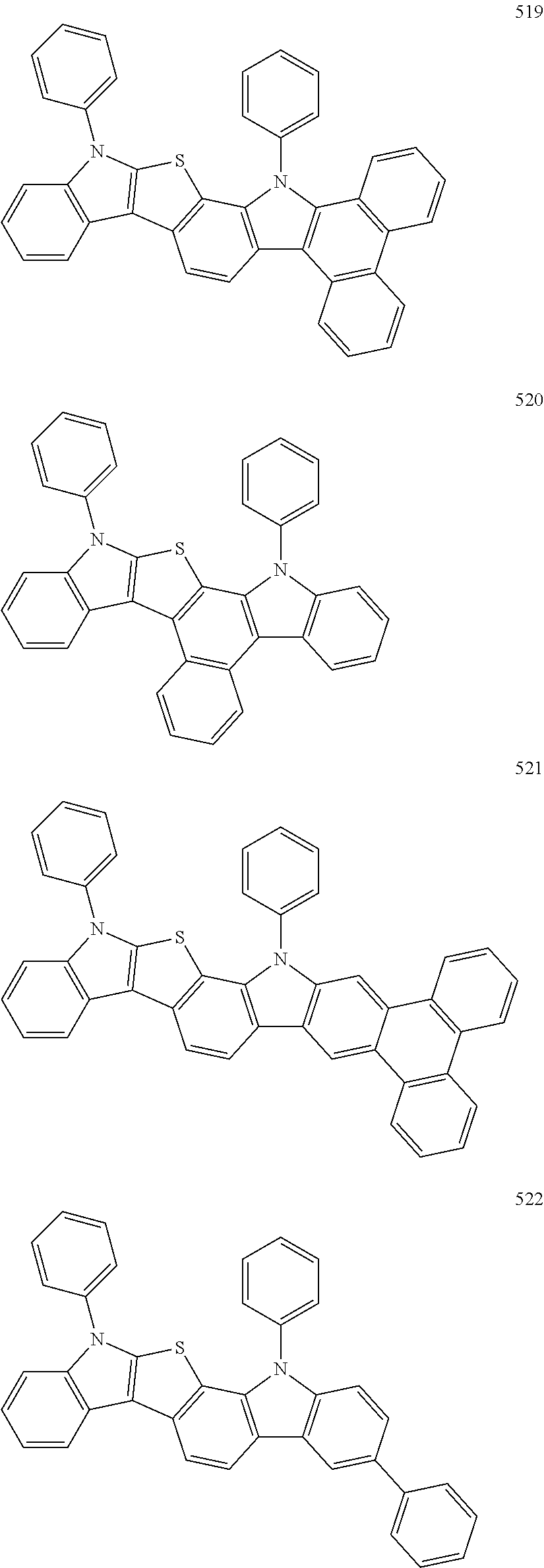
C00158

C00159
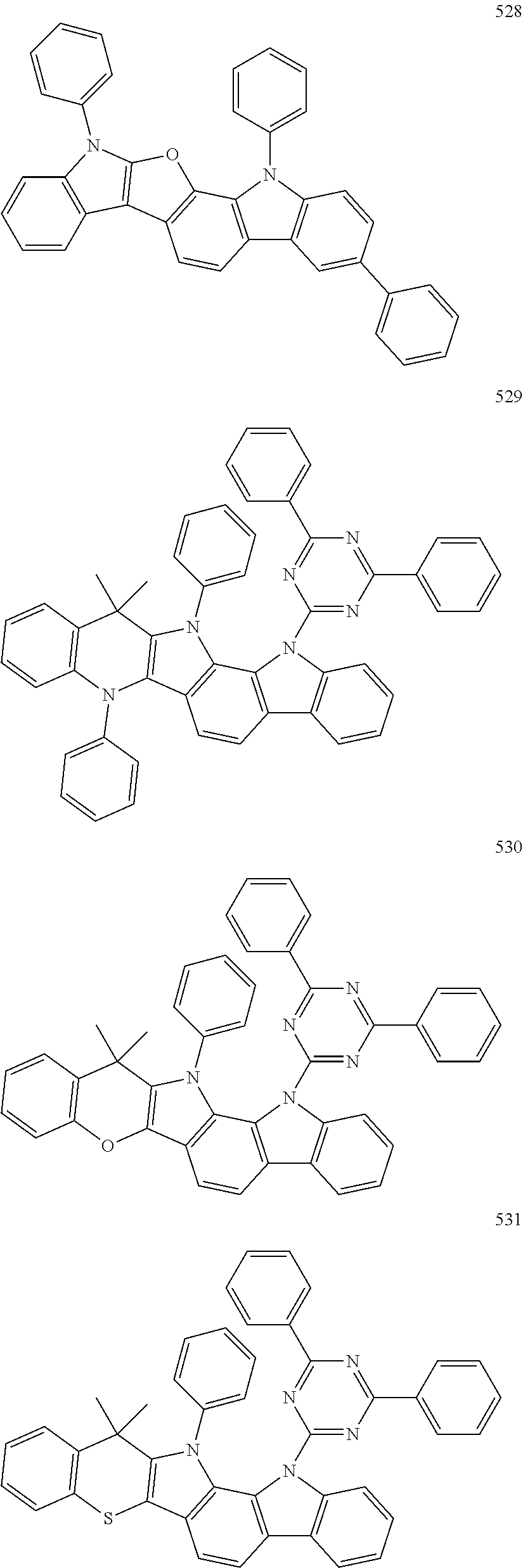
C00160
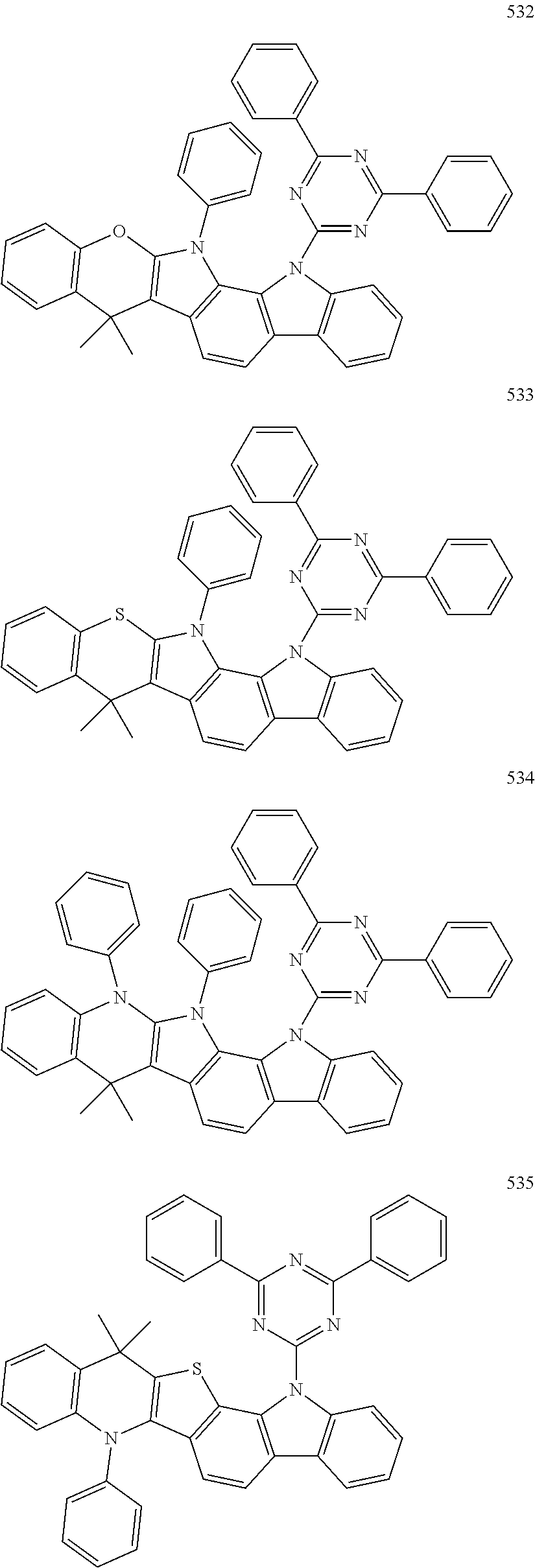
C00161

C00162

C00163

C00164

C00165

C00166
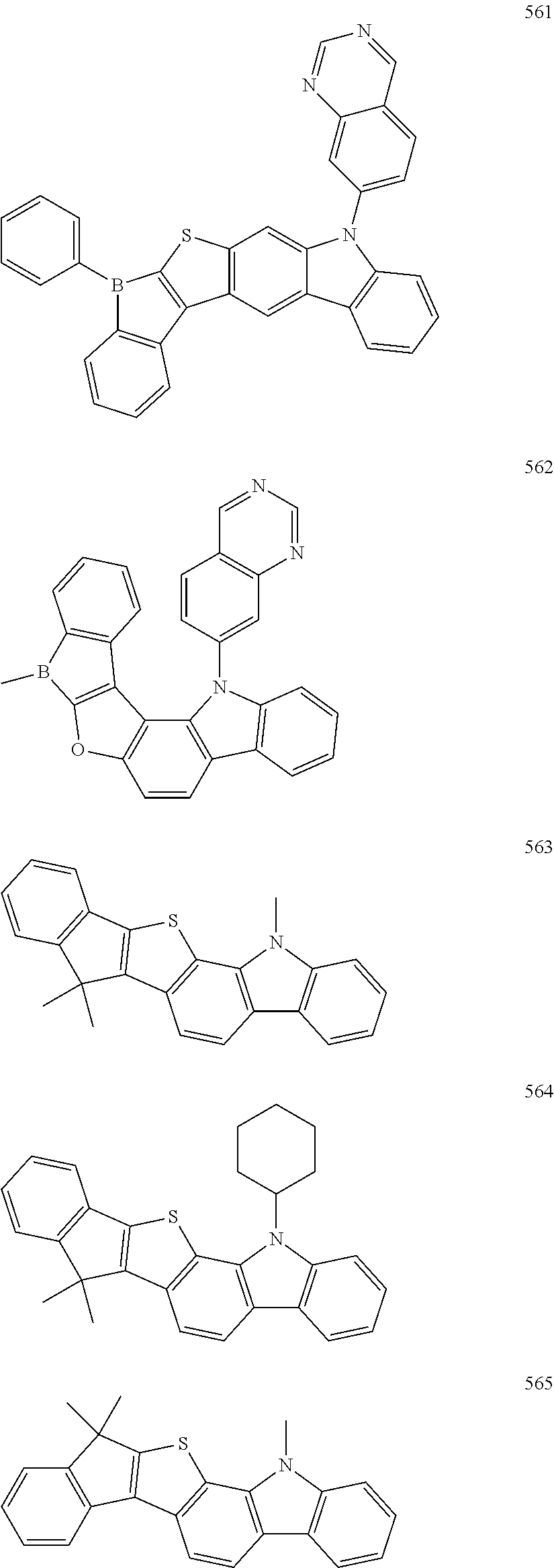
C00167

C00168
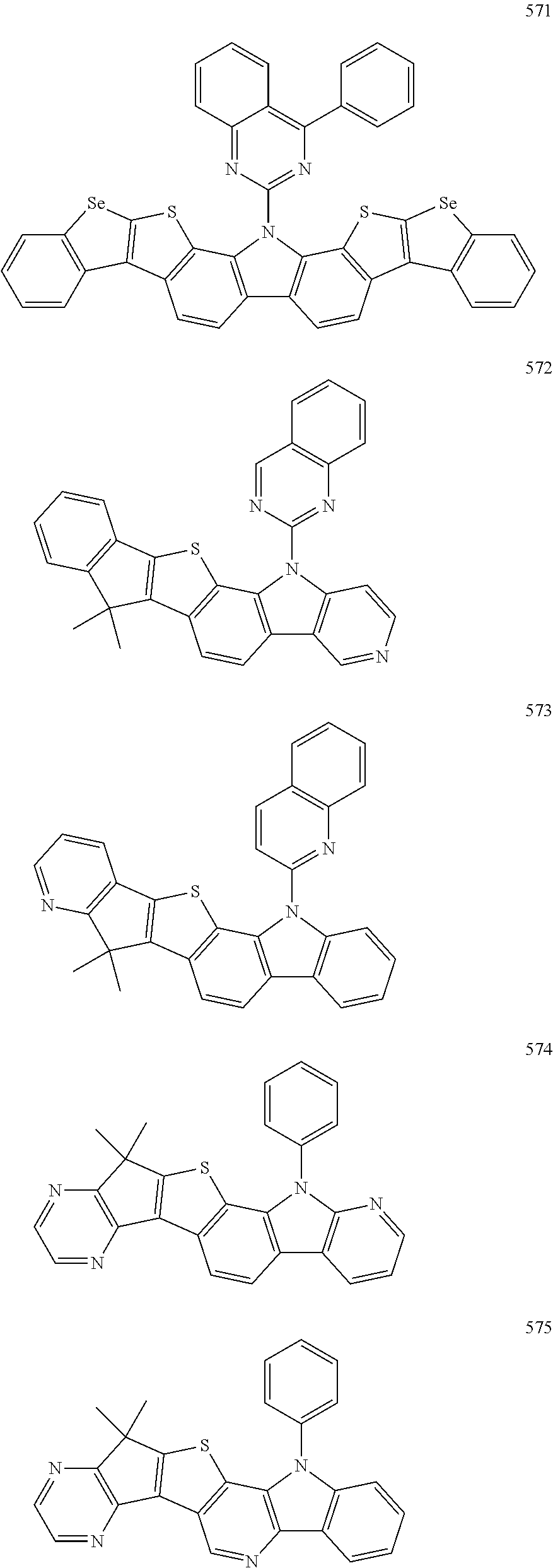
C00169

C00170

C00171

C00172
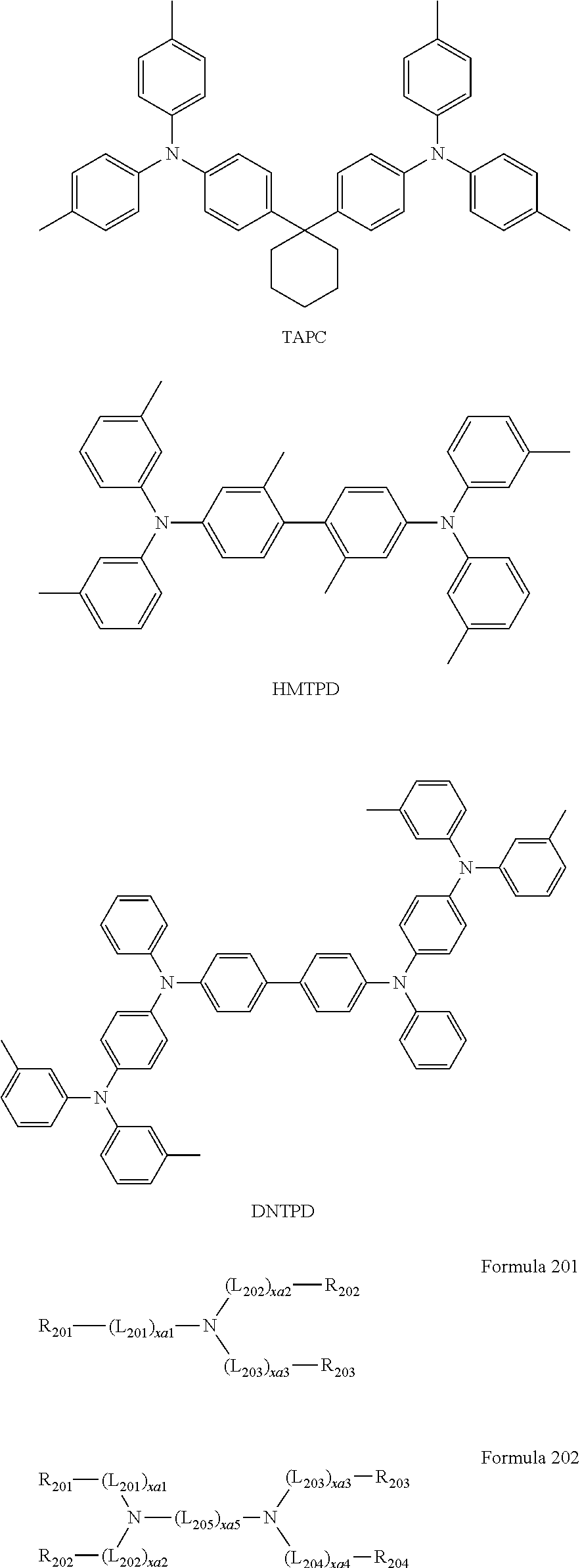
C00173
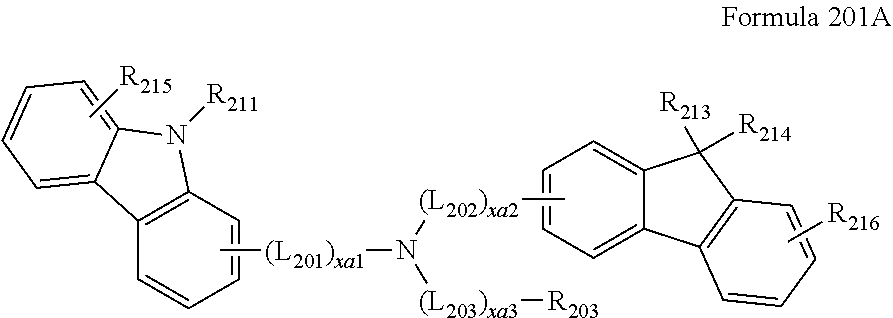
C00174
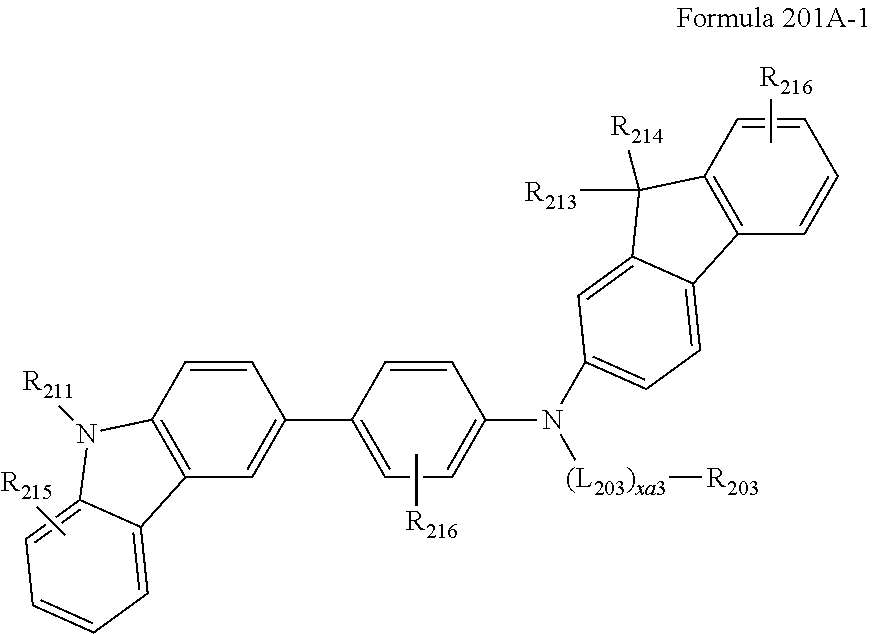
C00175
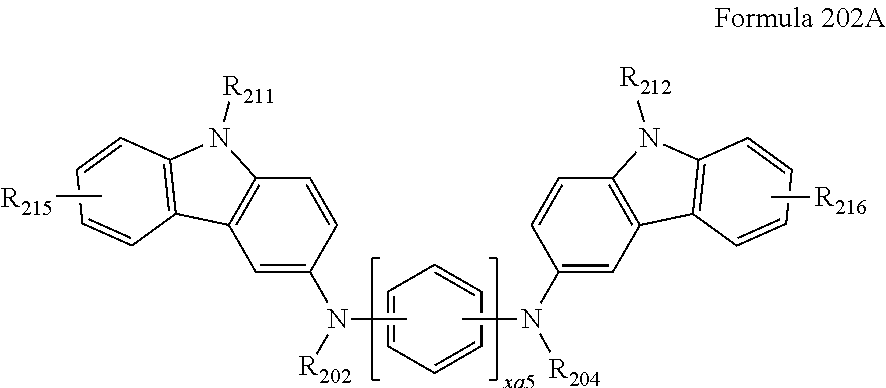
C00176

C00177
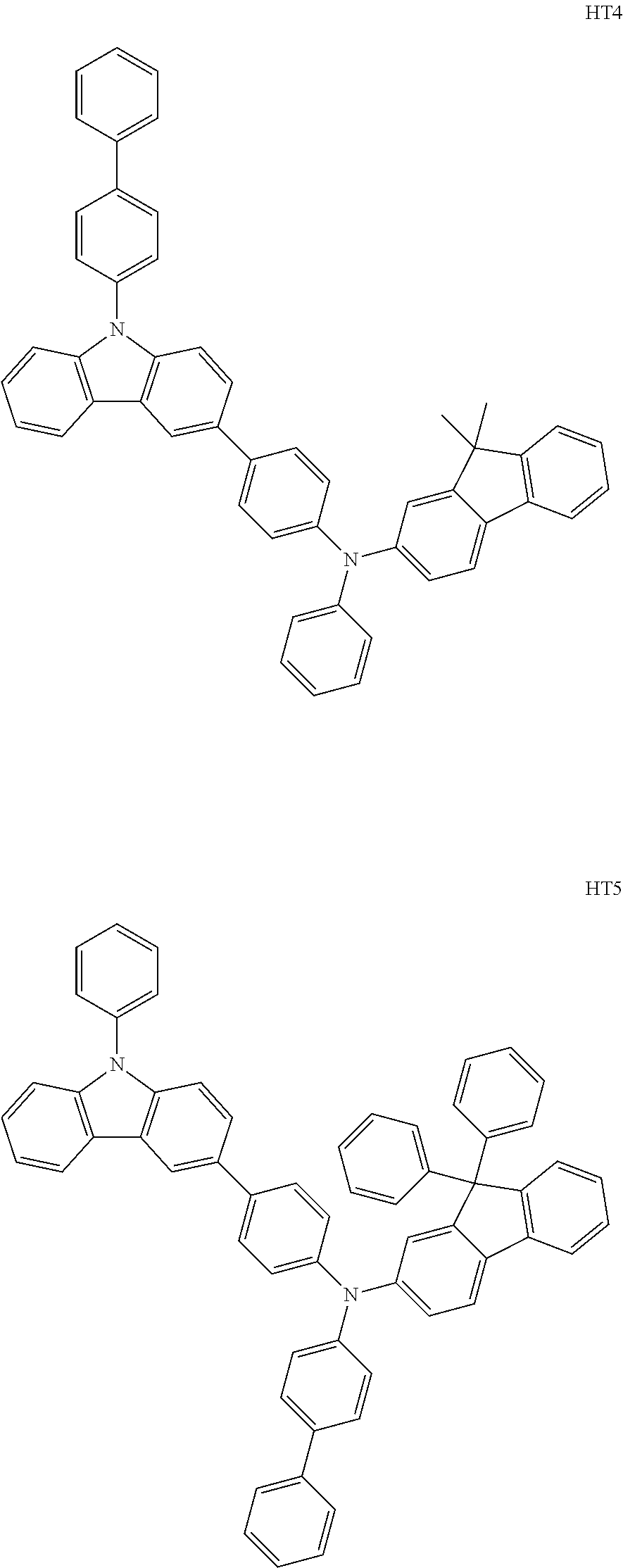
C00178

C00179

C00180
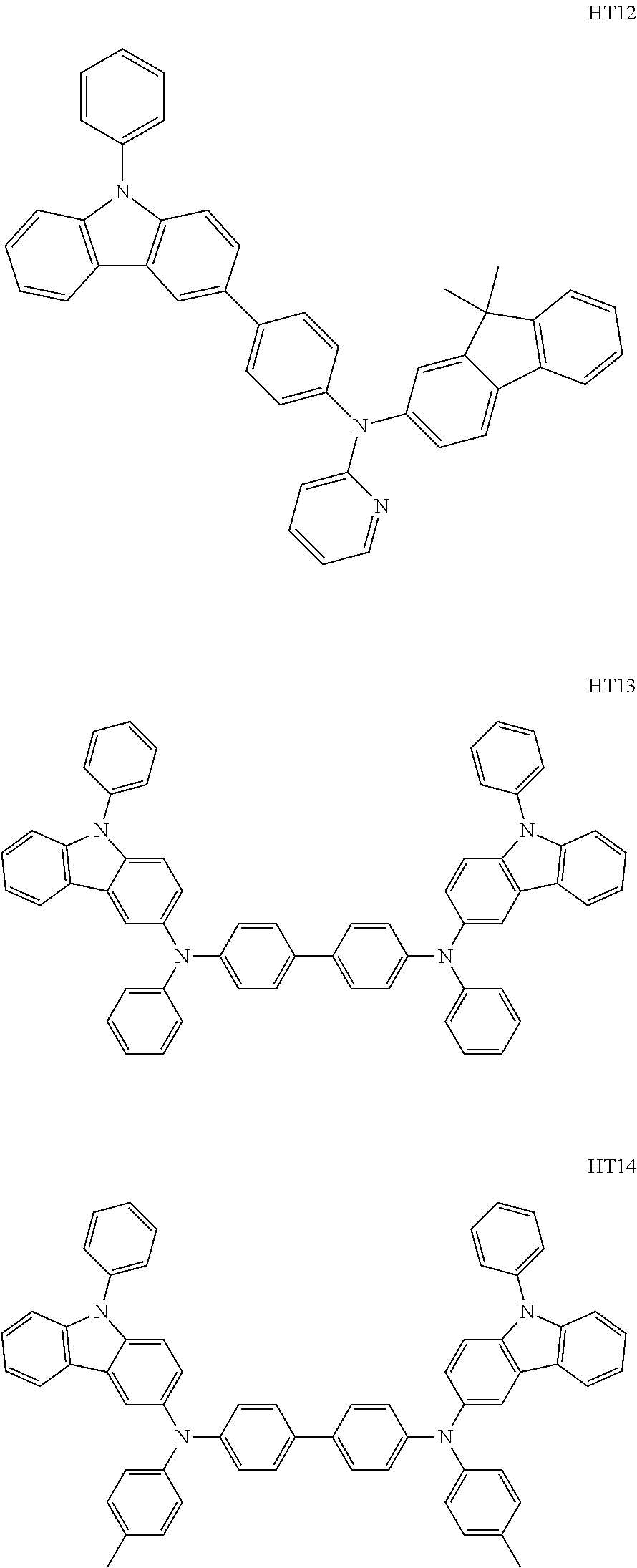
C00181
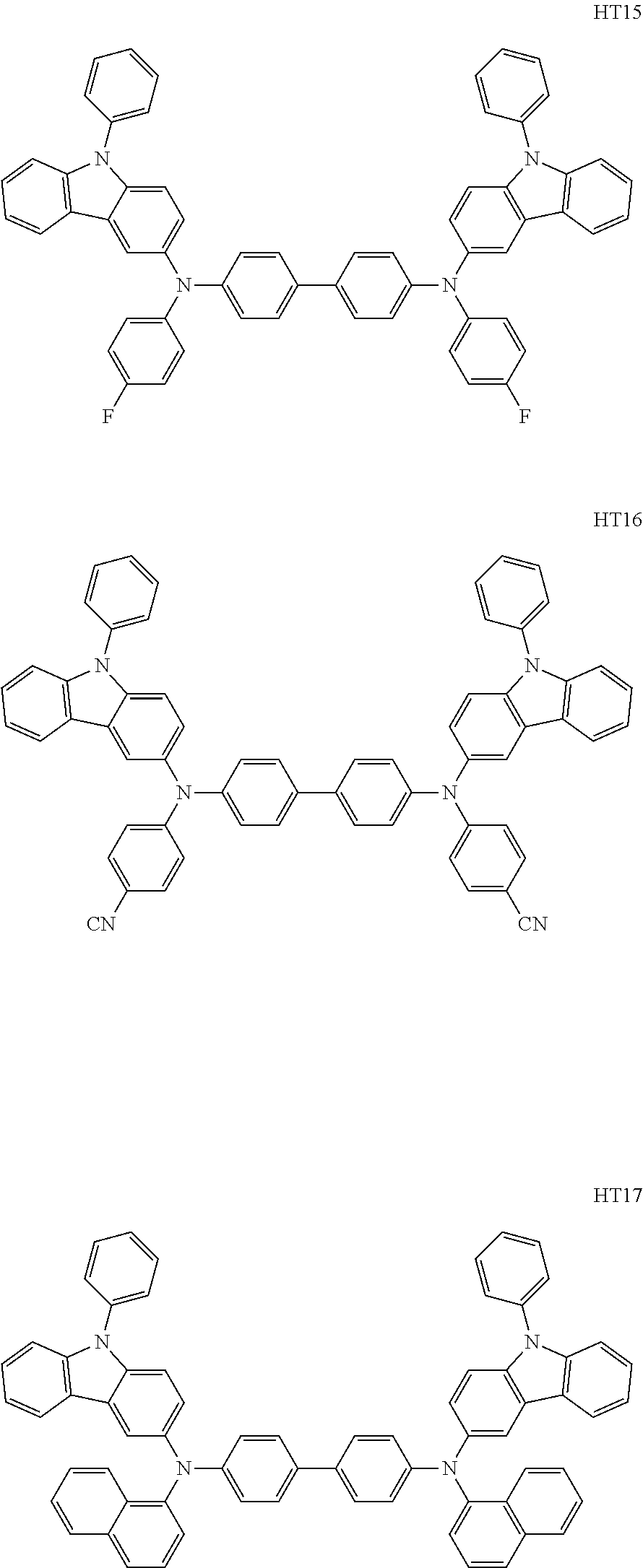
C00182
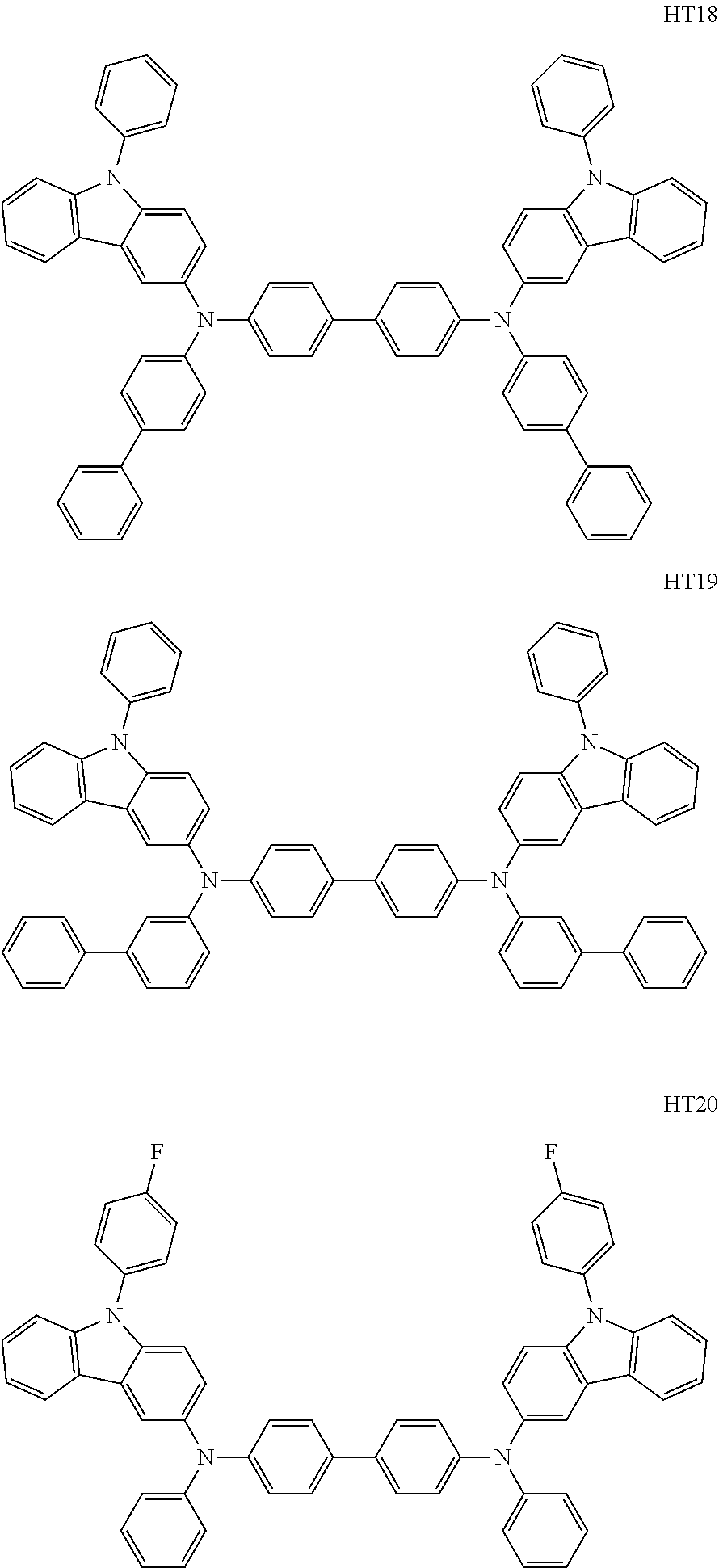
C00183
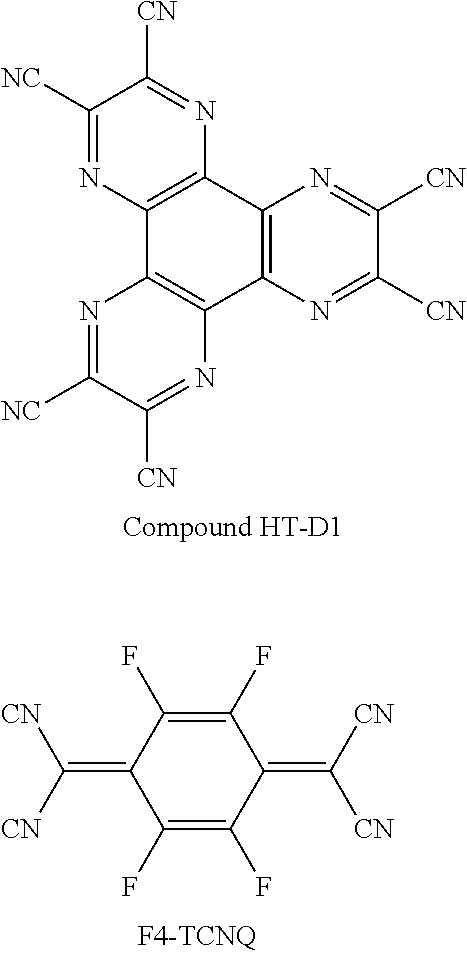
C00184
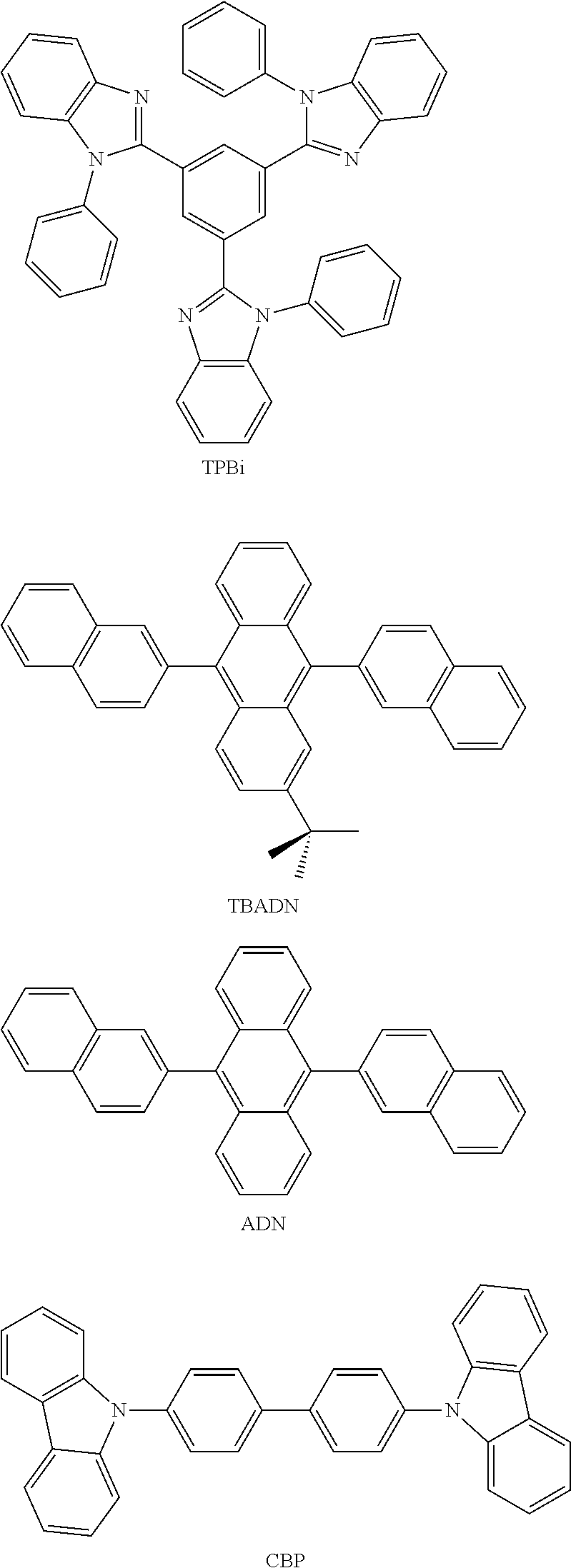
C00185
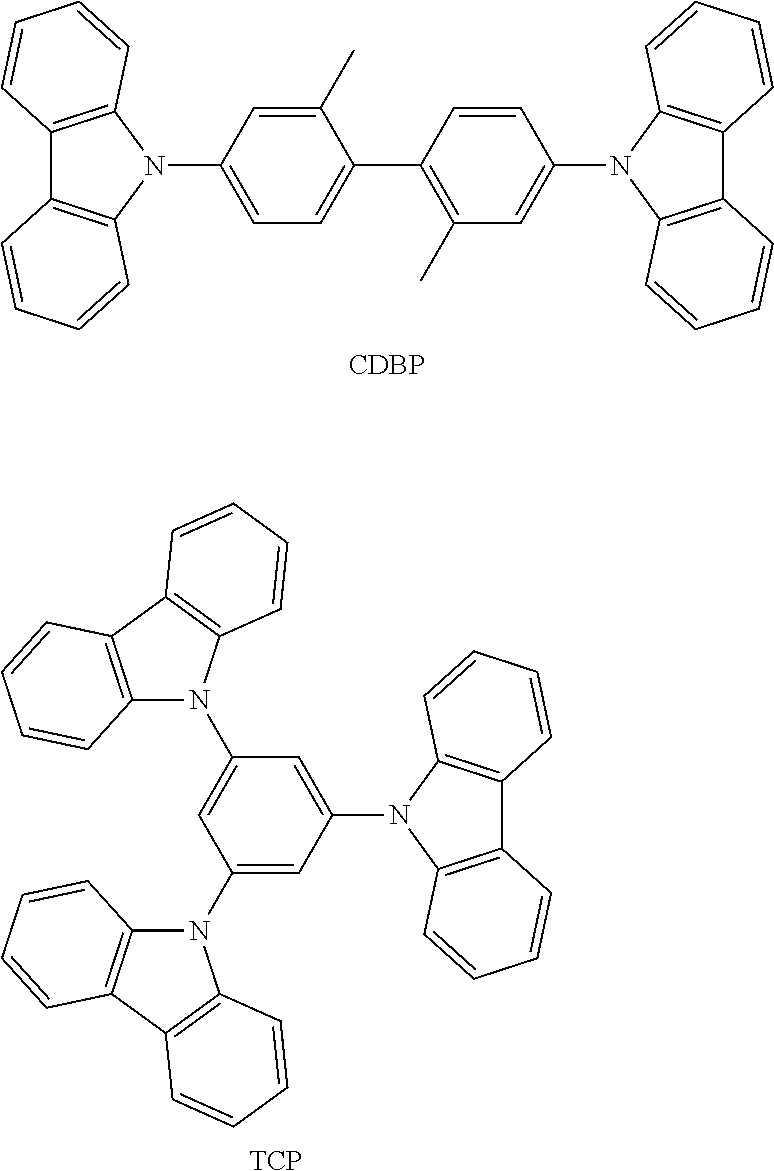
C00186
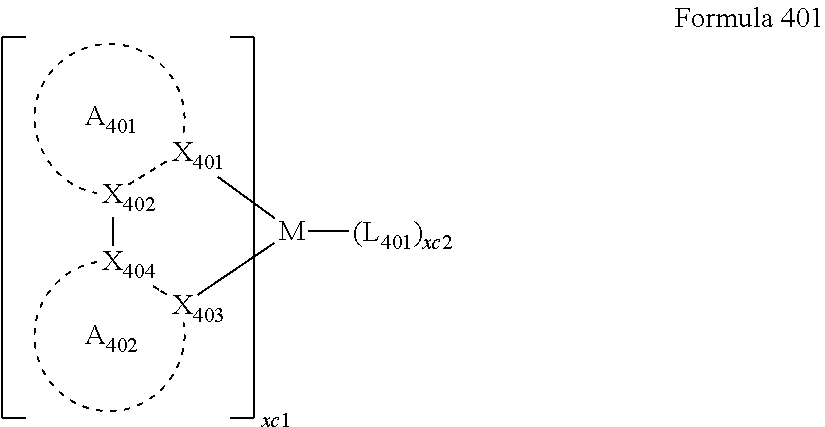
C00187
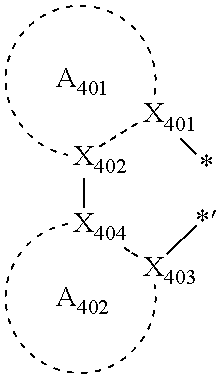
C00188

C00189

C00190

C00191
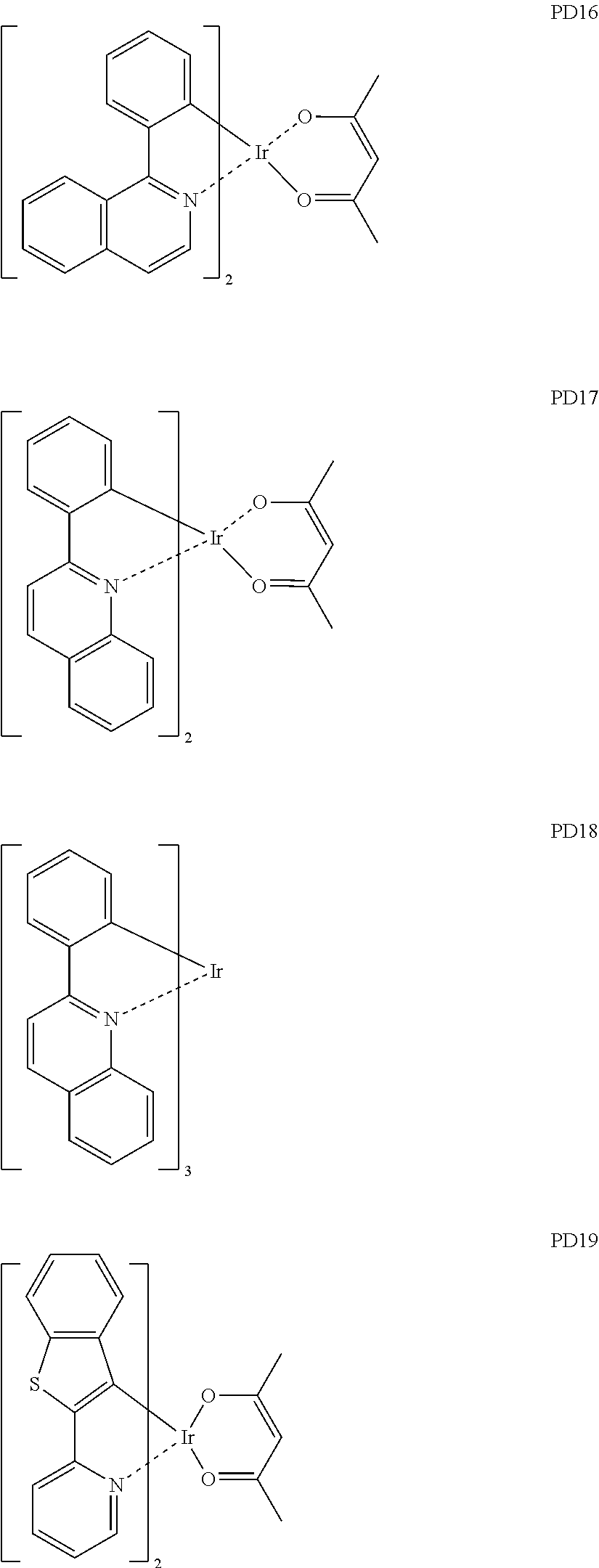
C00192
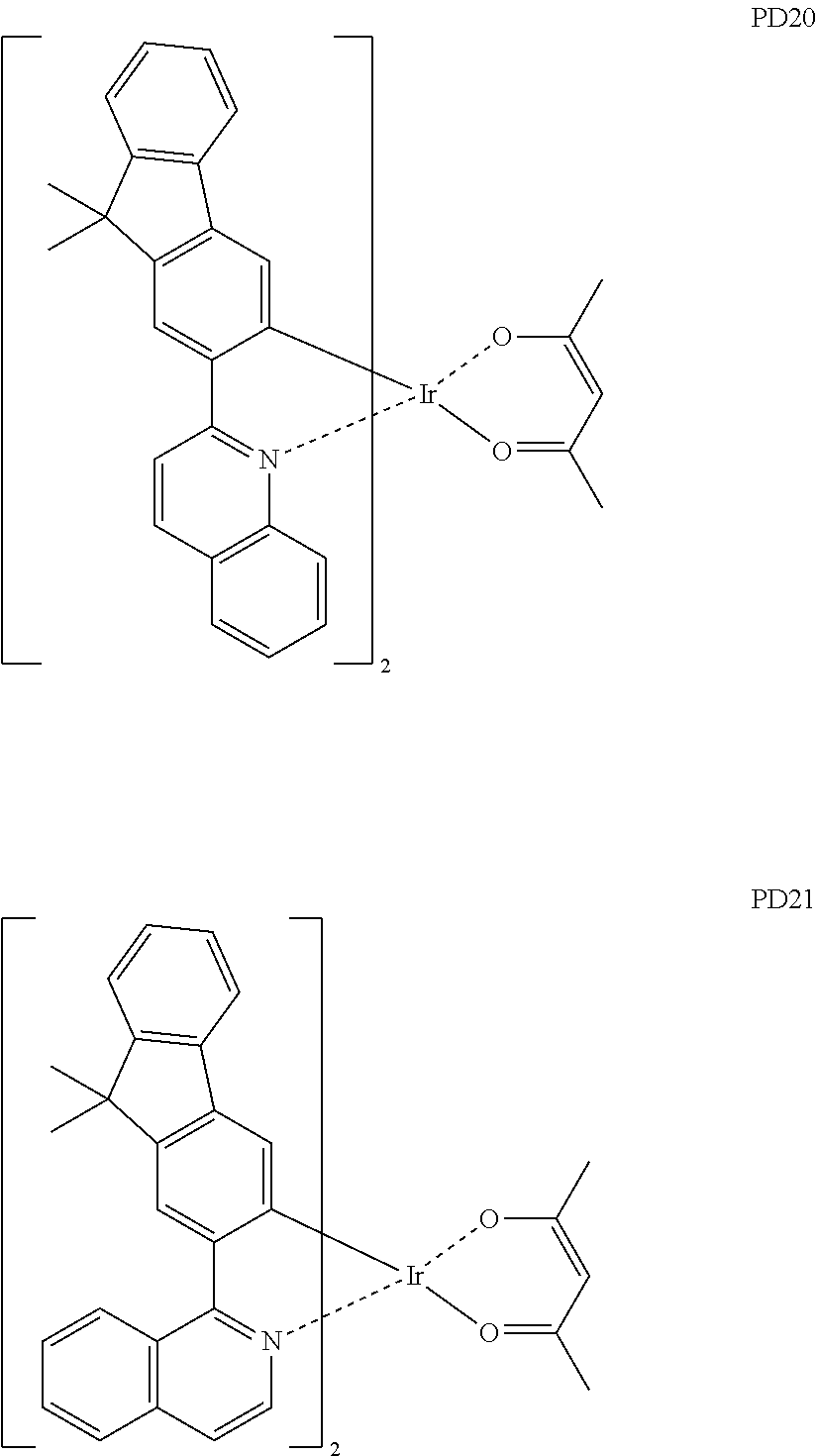
C00193

C00194

C00195

C00196

C00197

C00198

C00199

C00200

C00201

C00202
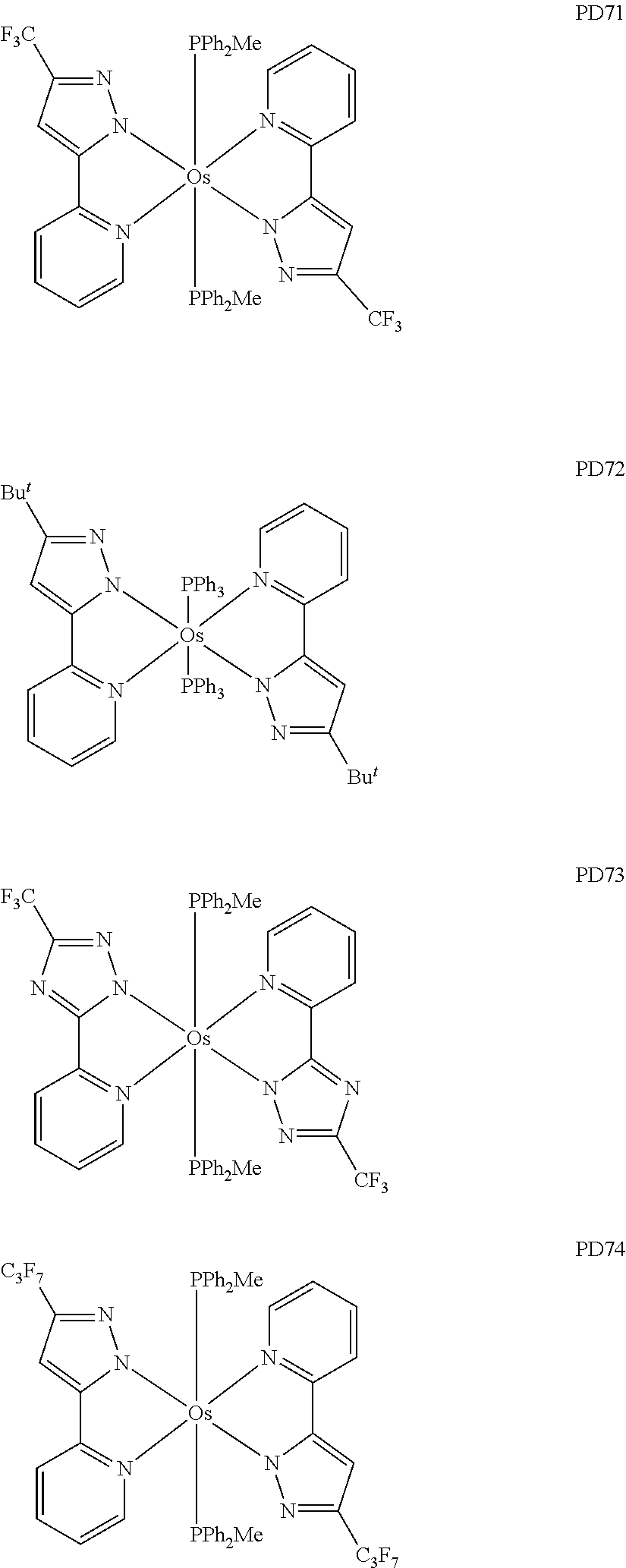
C00203
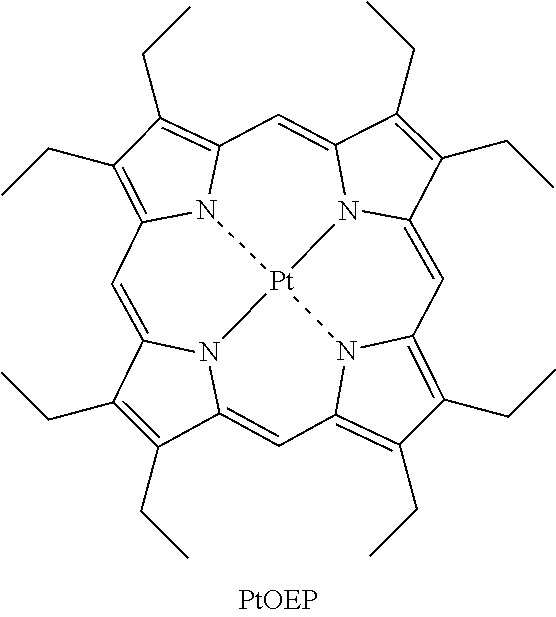
C00204
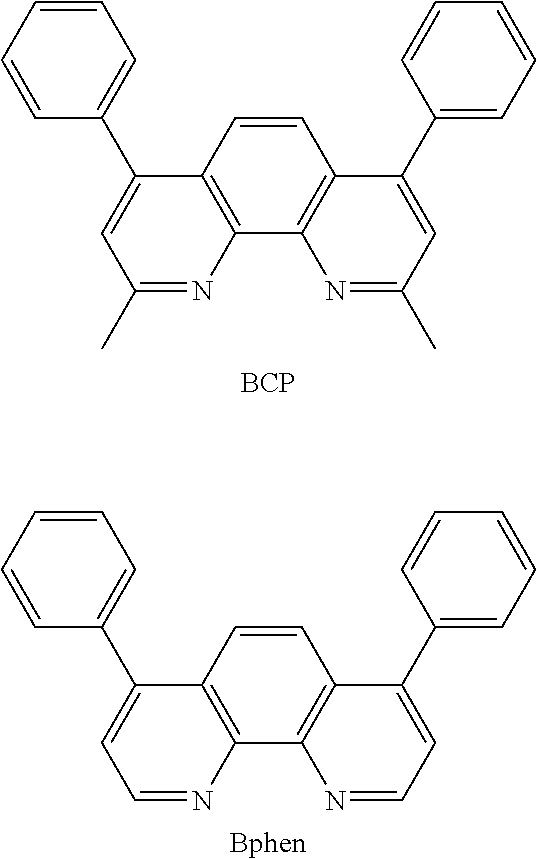
C00205
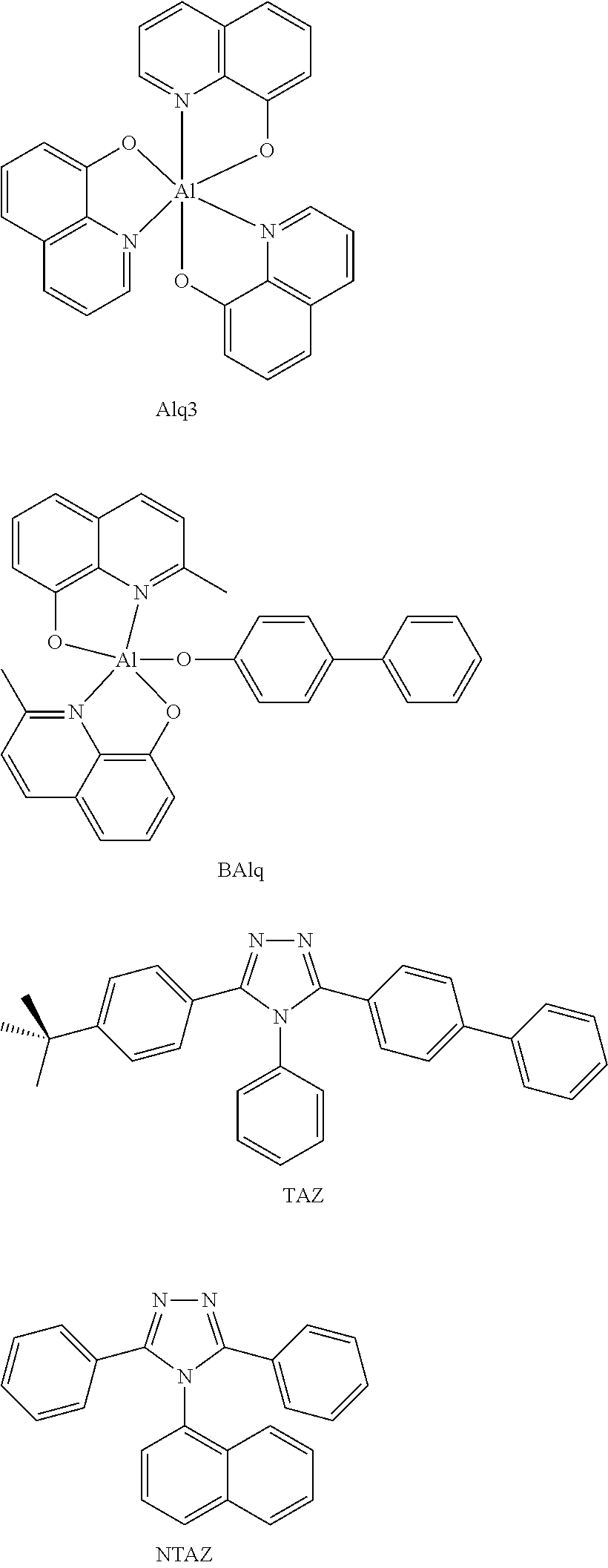
C00206
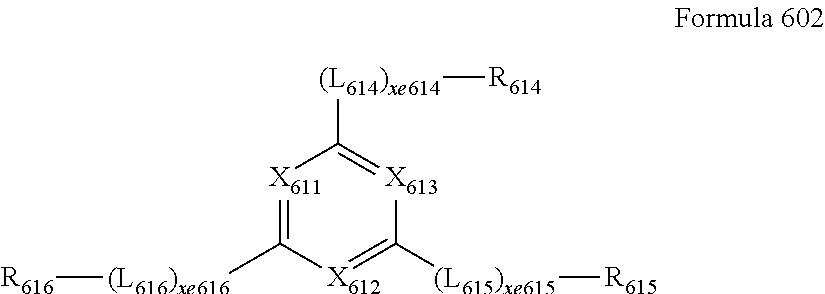
C00207

C00208
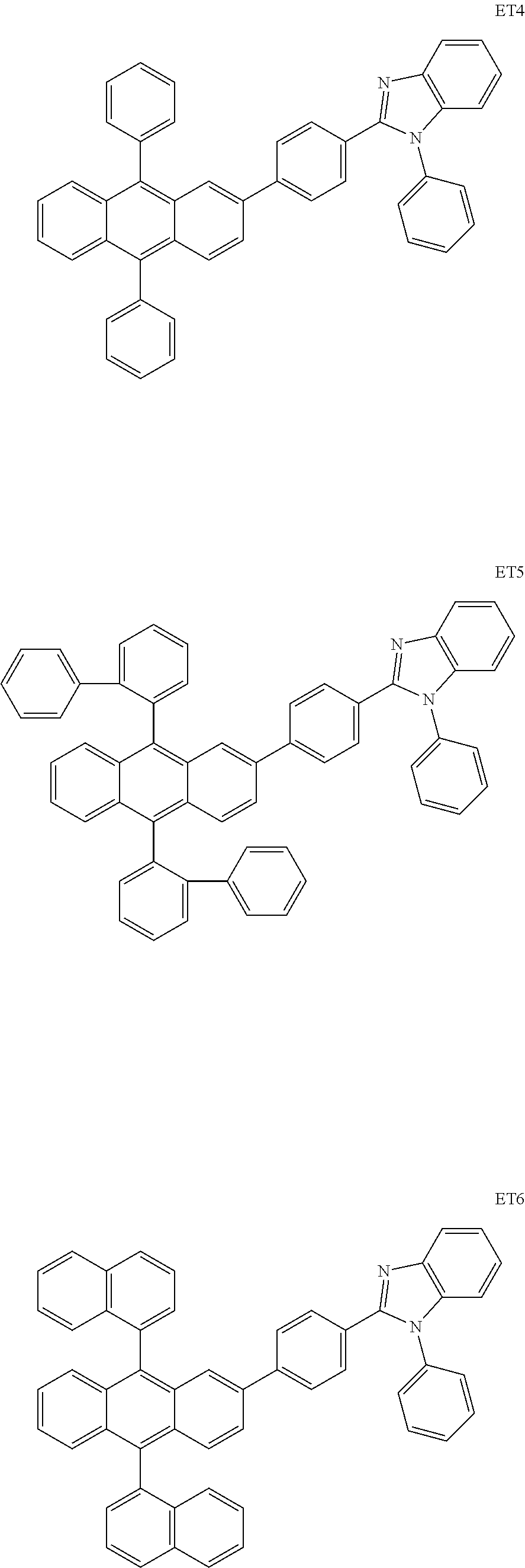
C00209

C00210

C00211
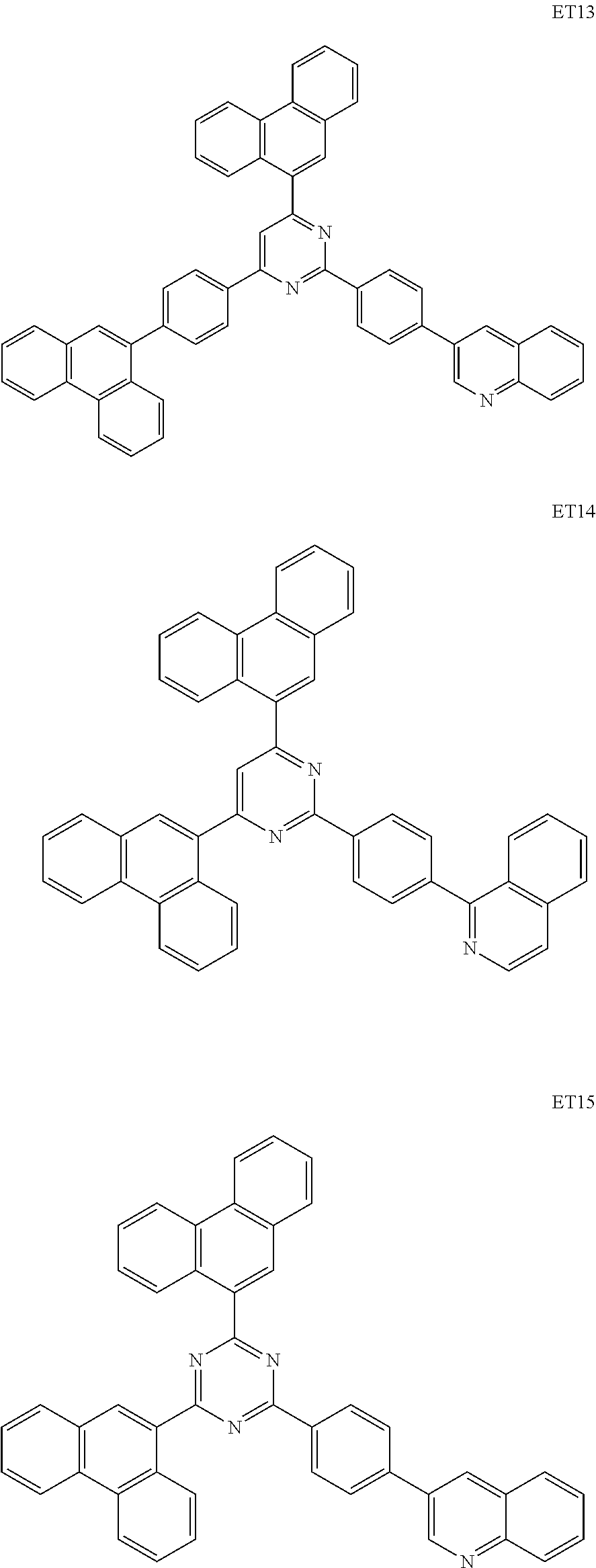
C00212
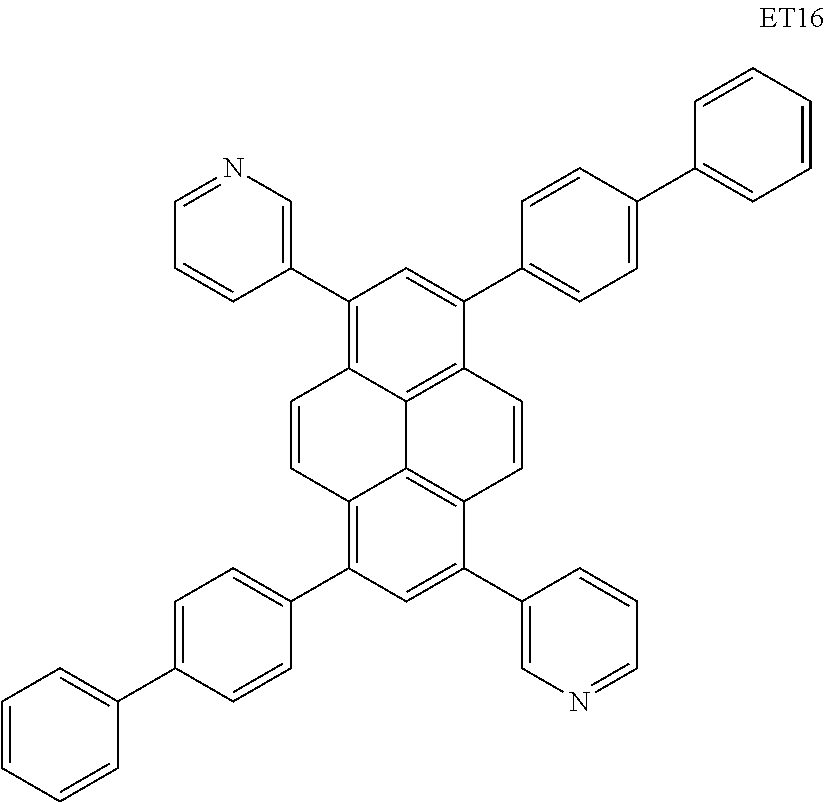
C00213

C00214
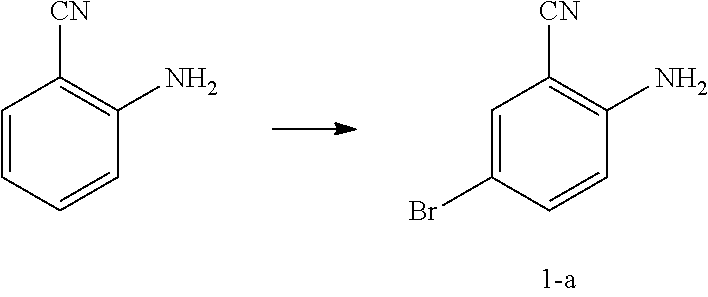
C00215
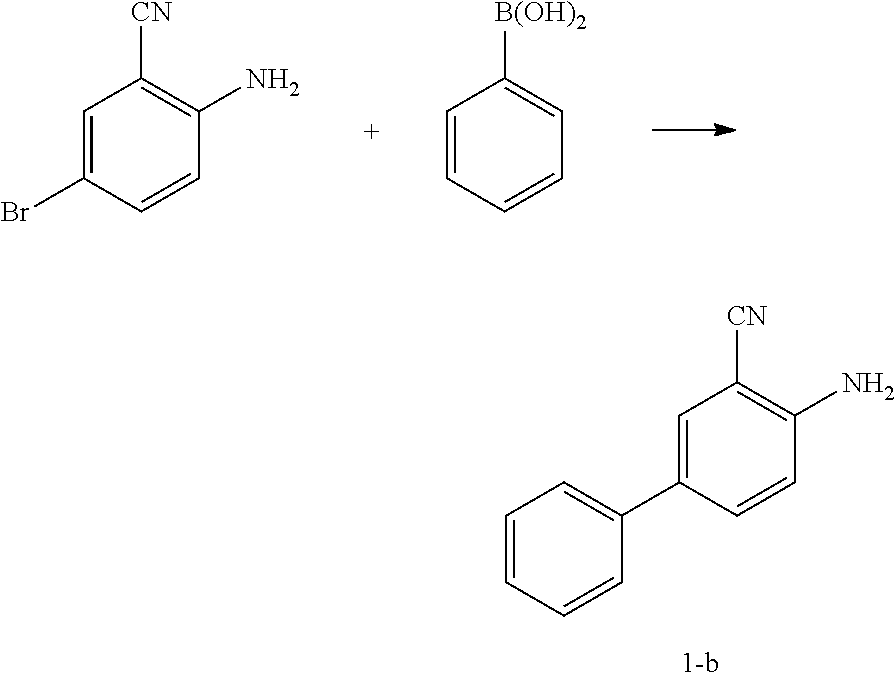
C00216
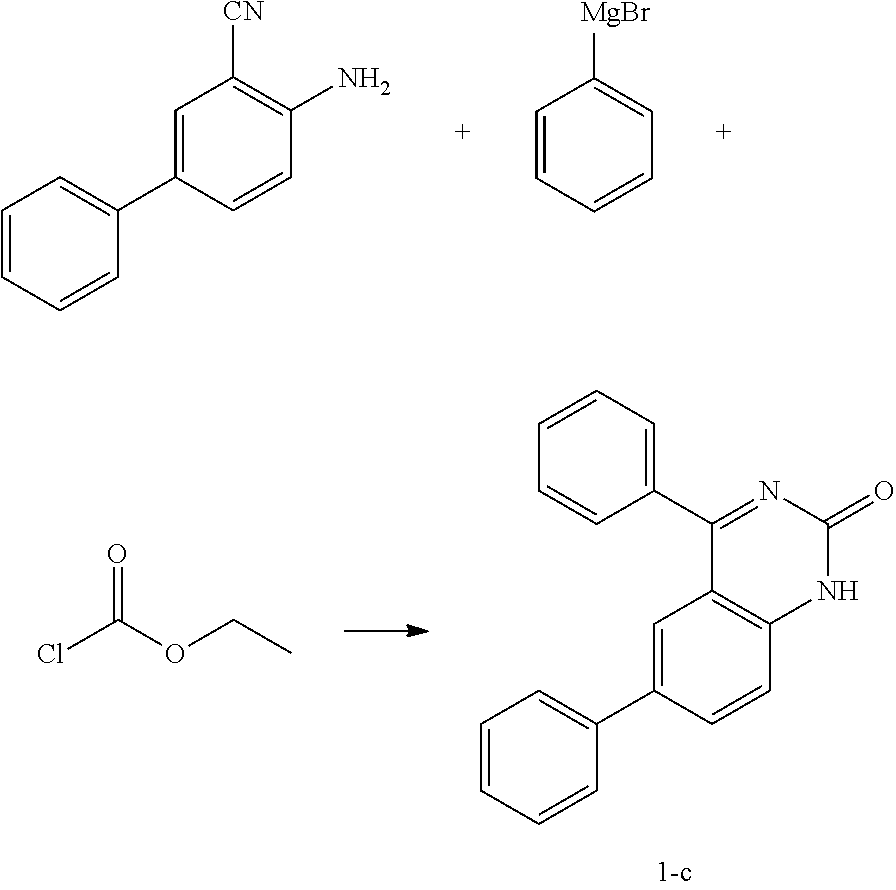
C00217
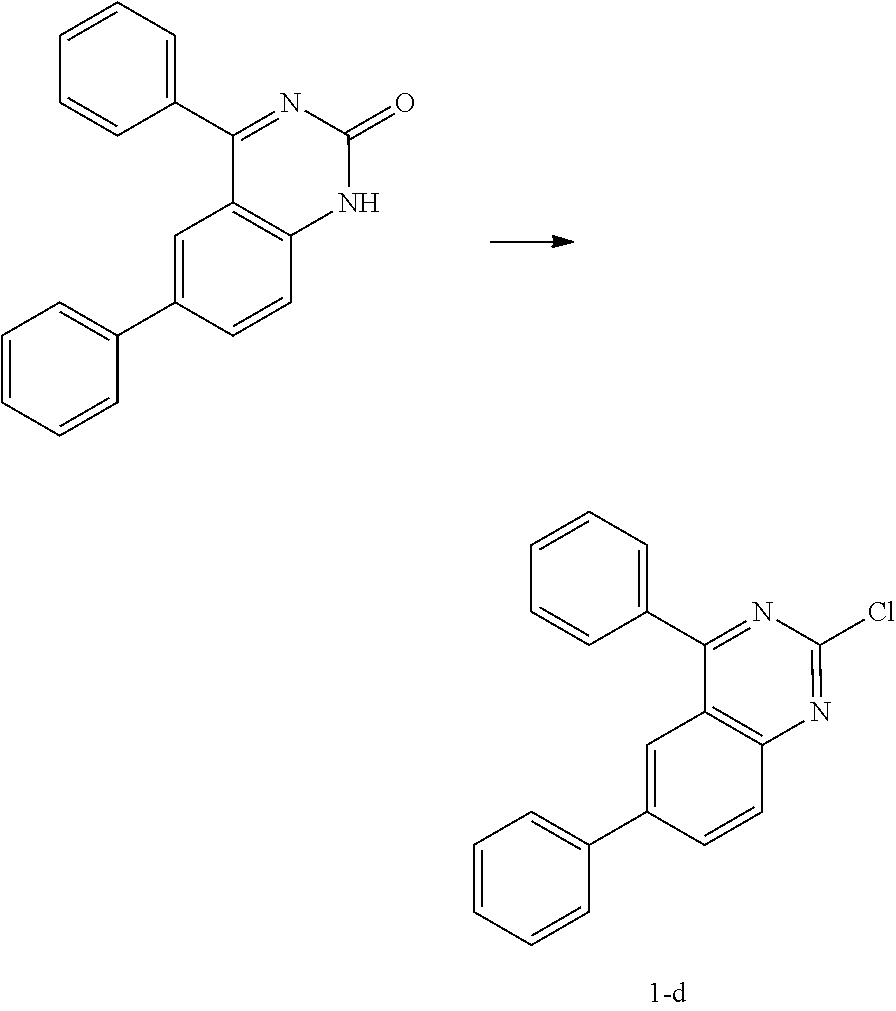
C00218

C00219
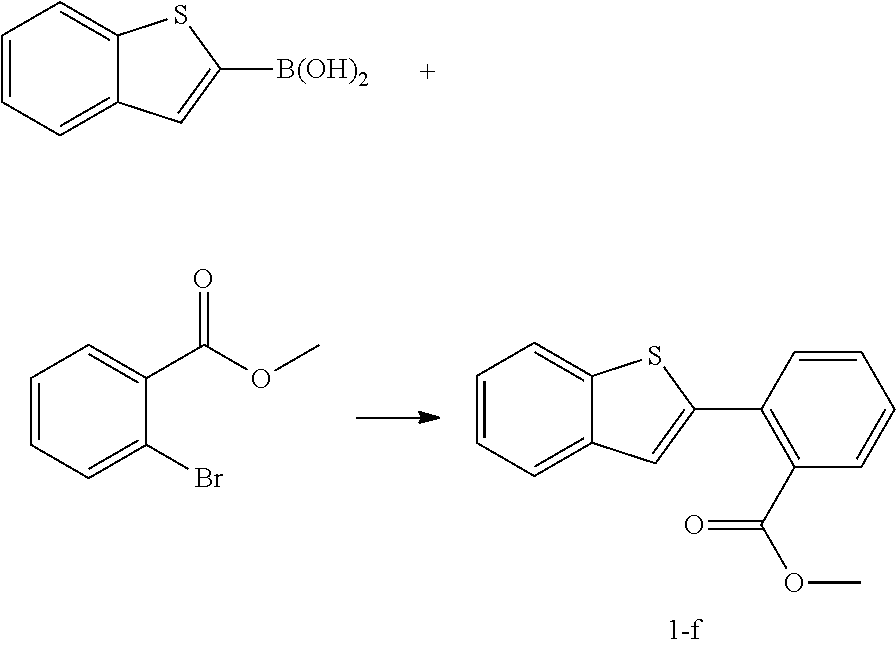
C00220
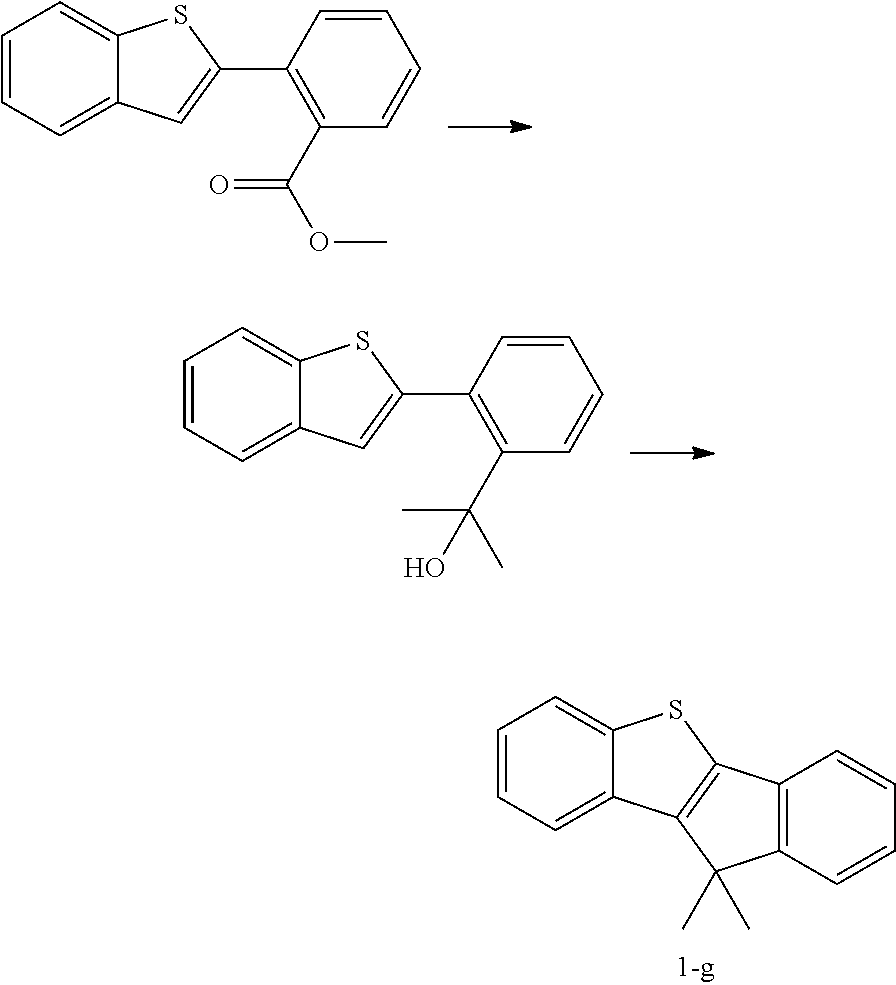
C00221
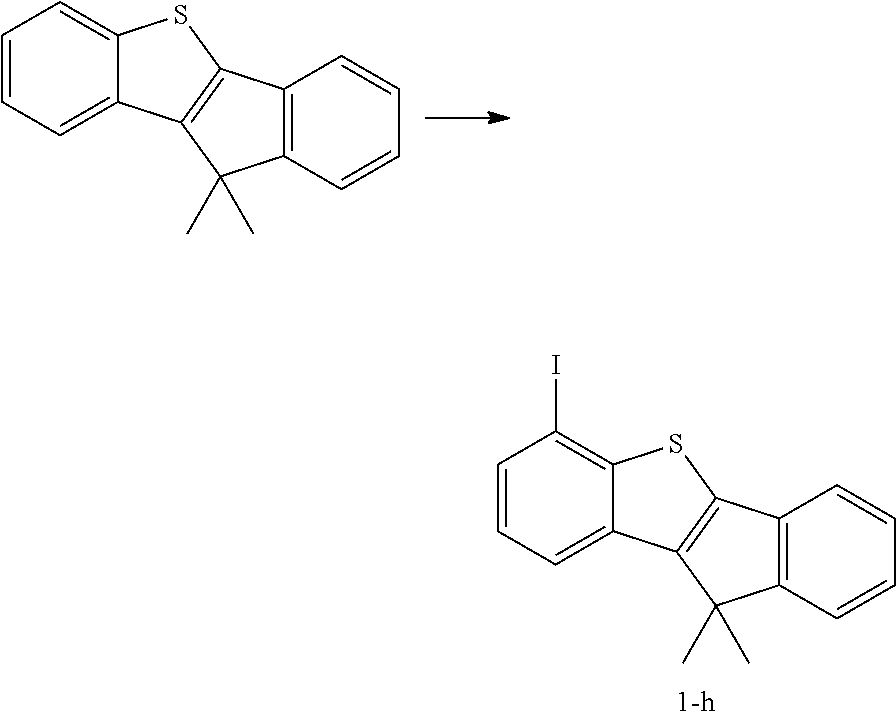
C00222
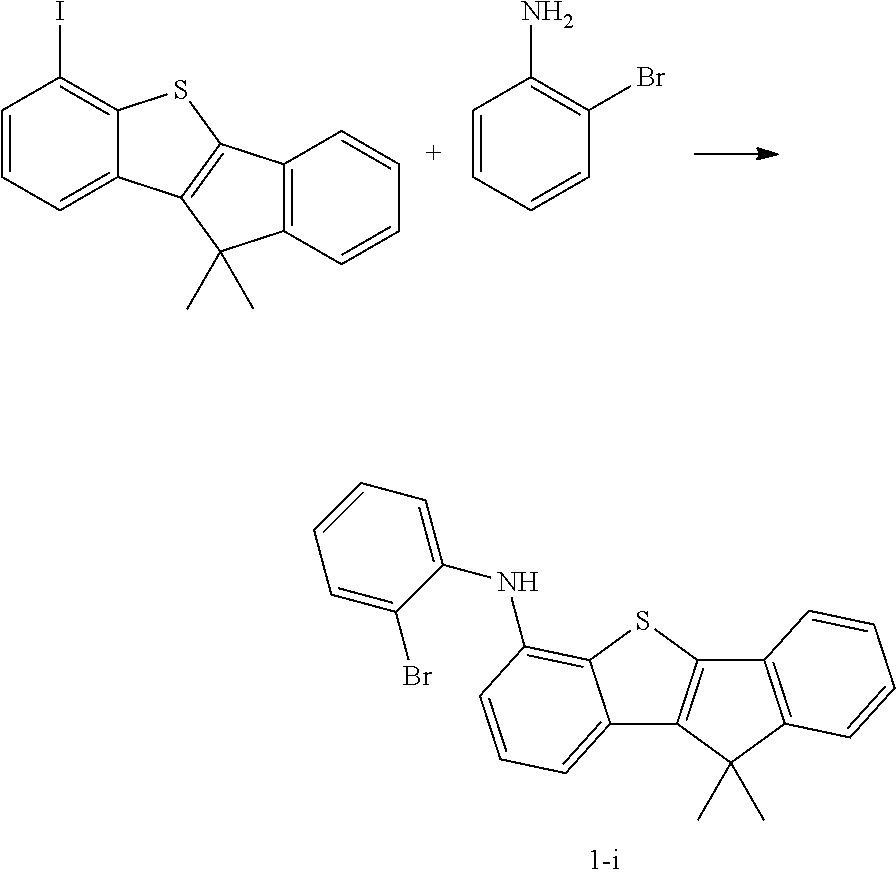
C00223
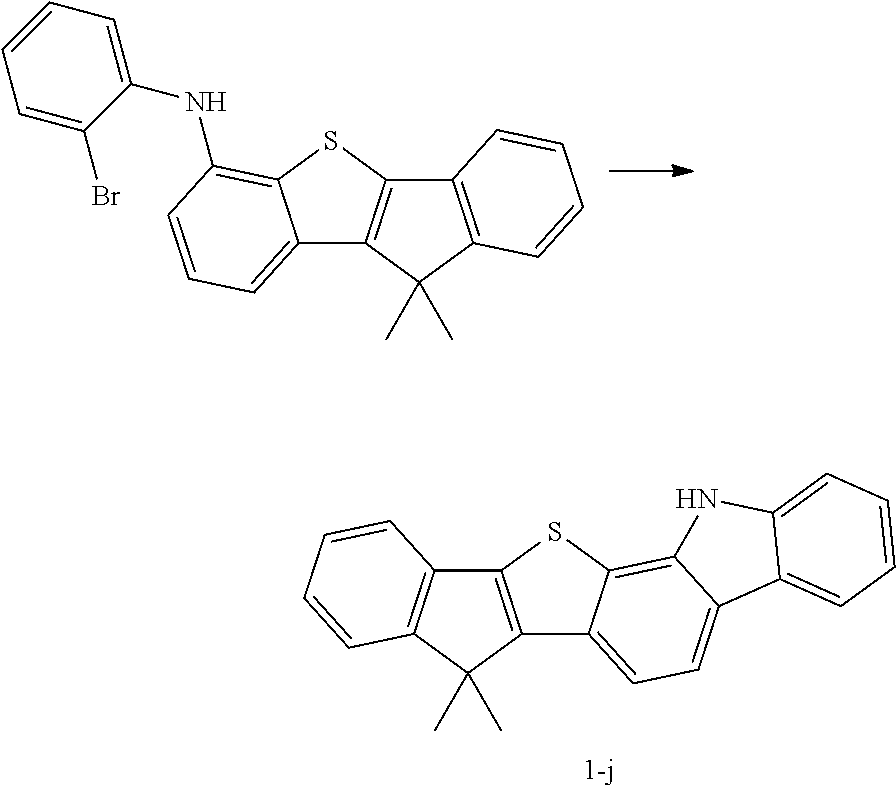
C00224
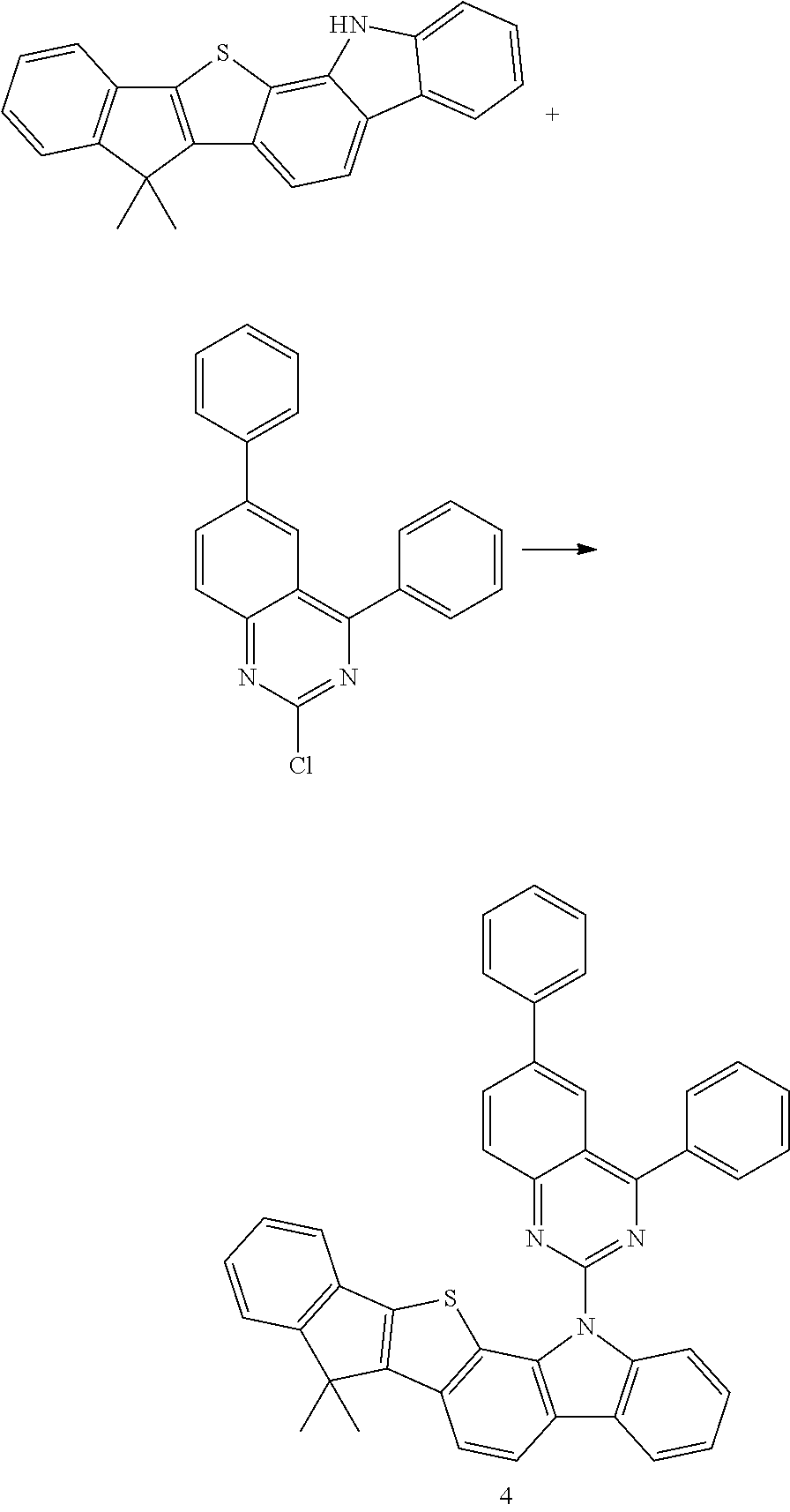
C00225
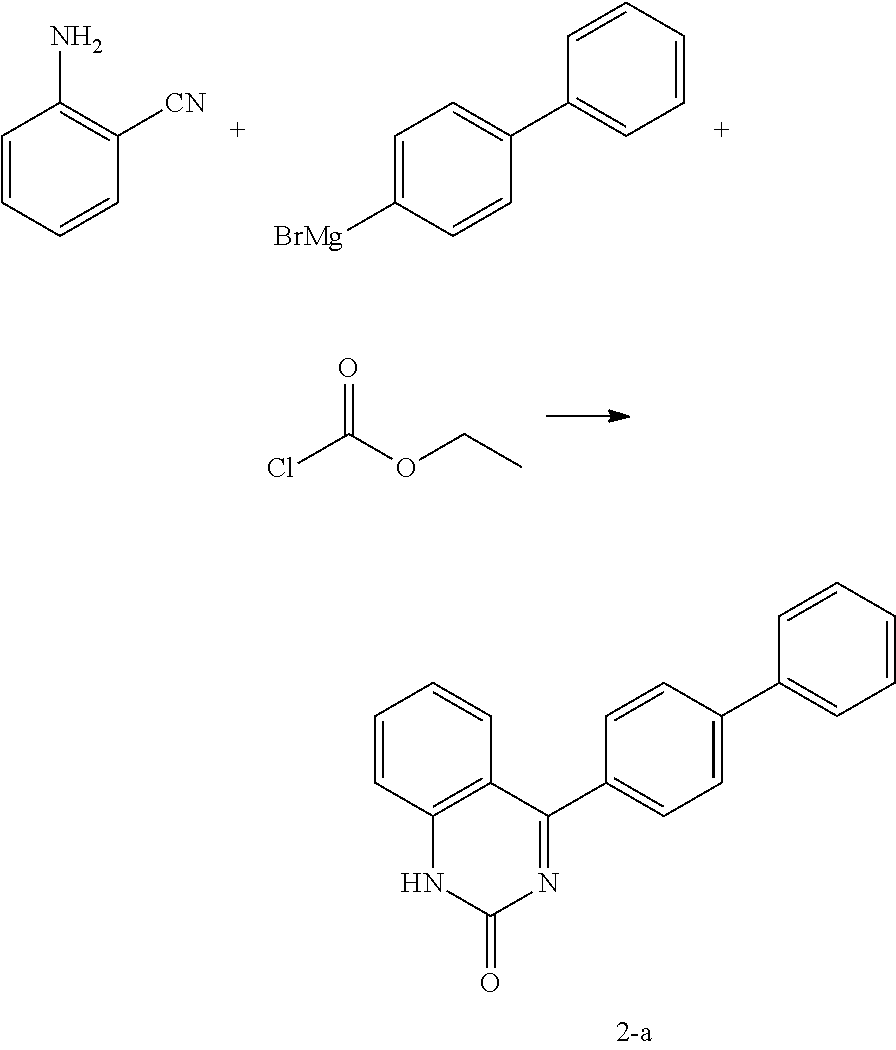
C00226
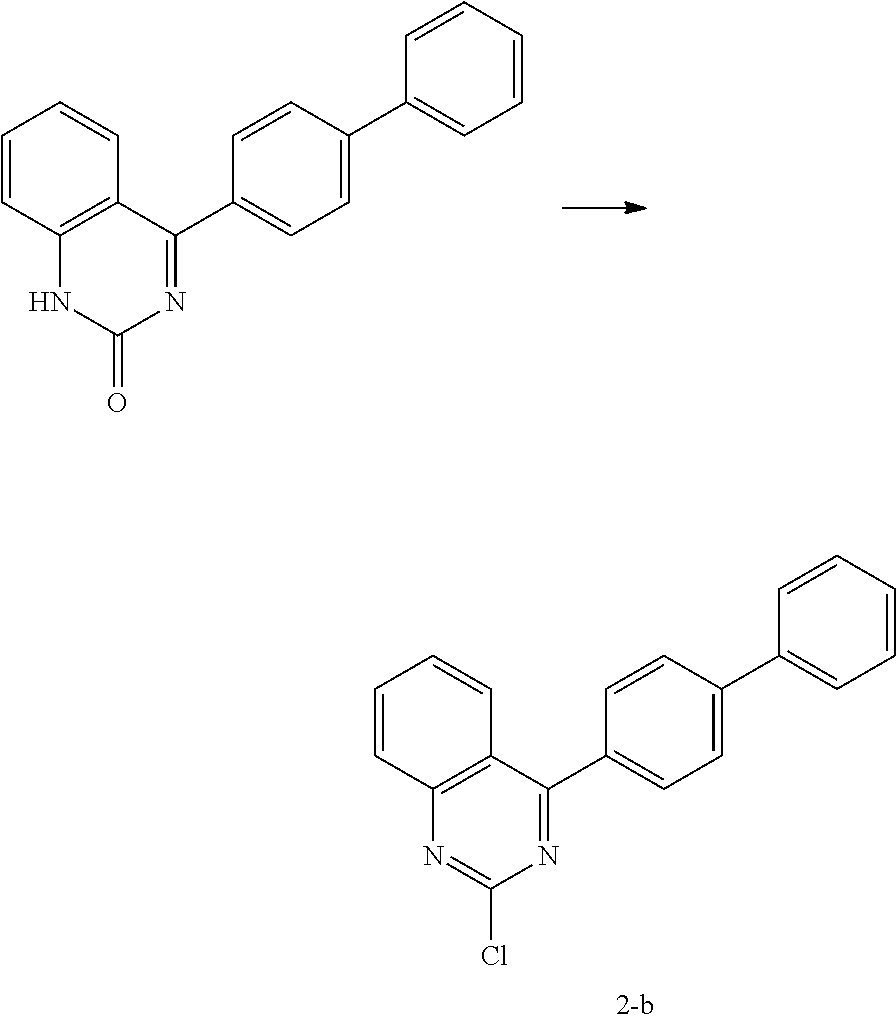
C00227
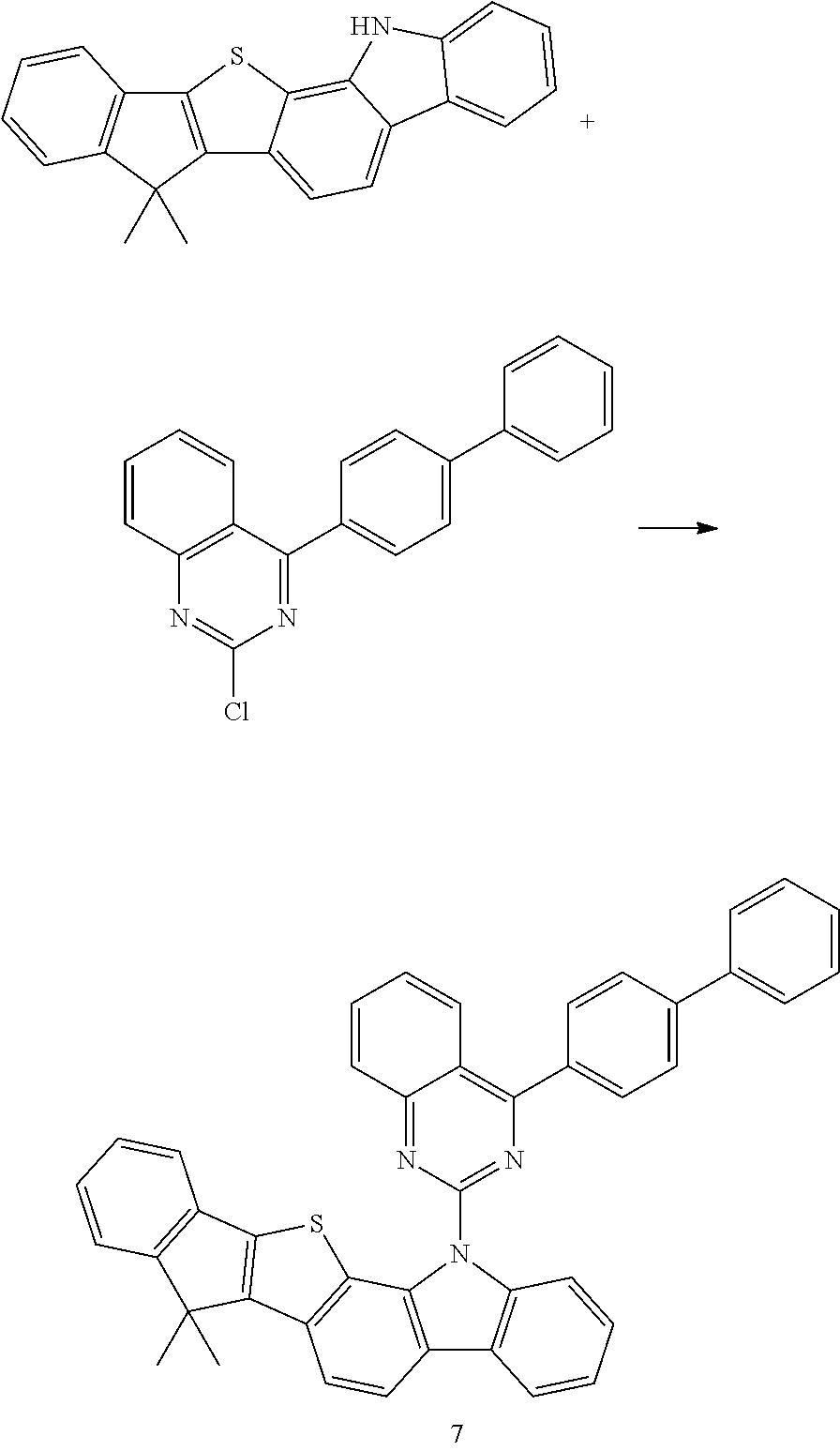
C00228
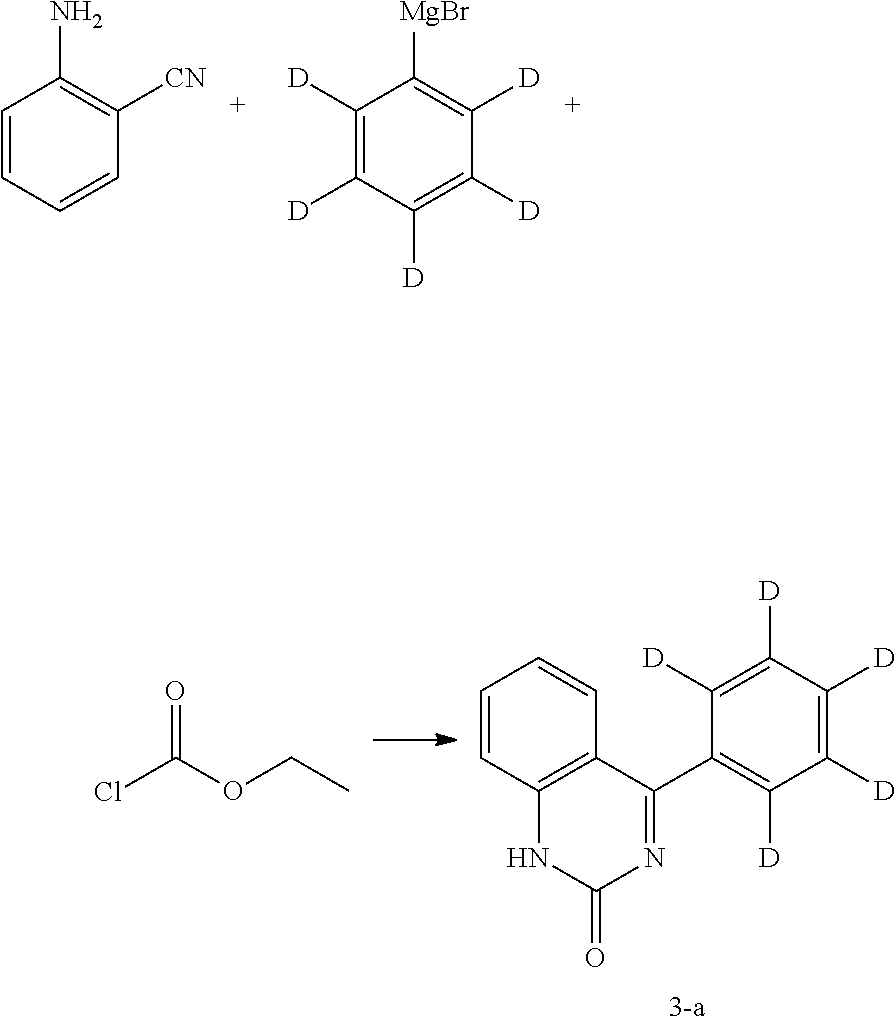
C00229
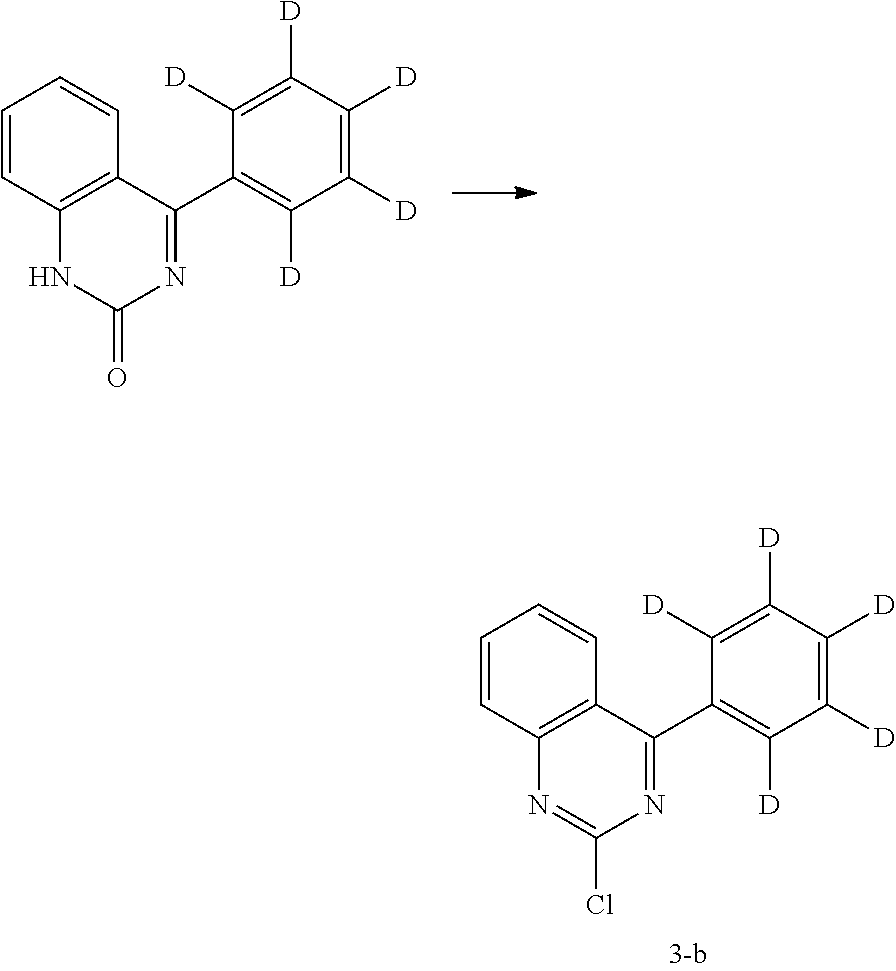
C00230
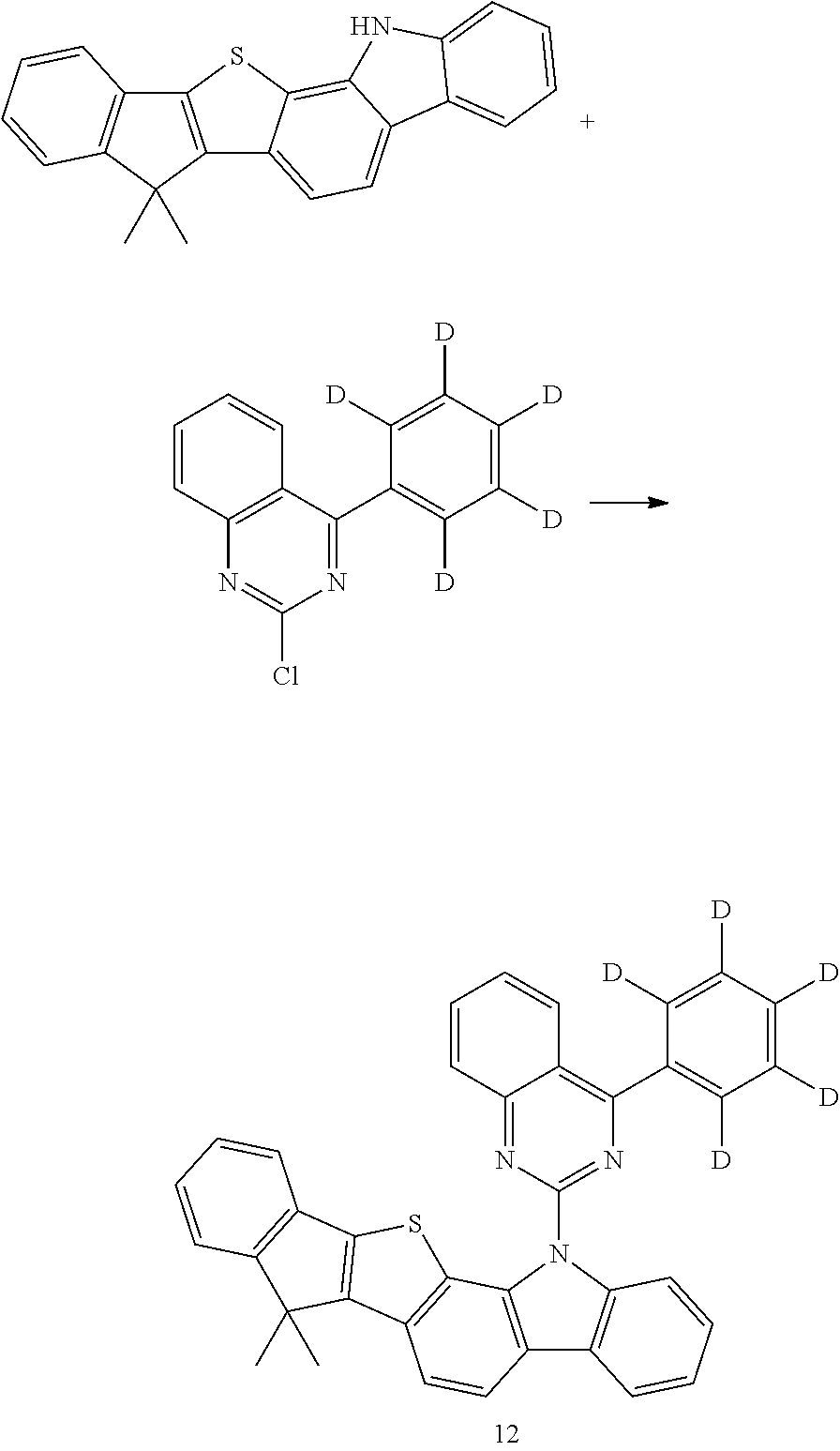
C00231
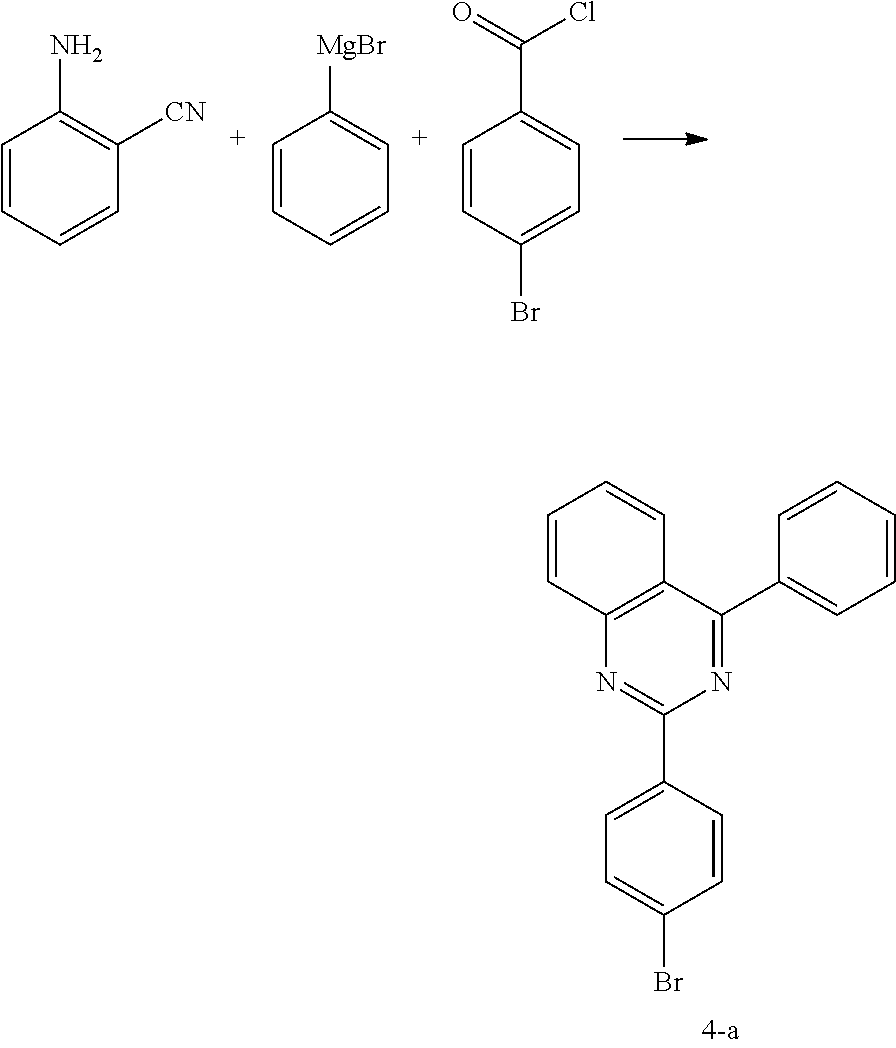
C00232
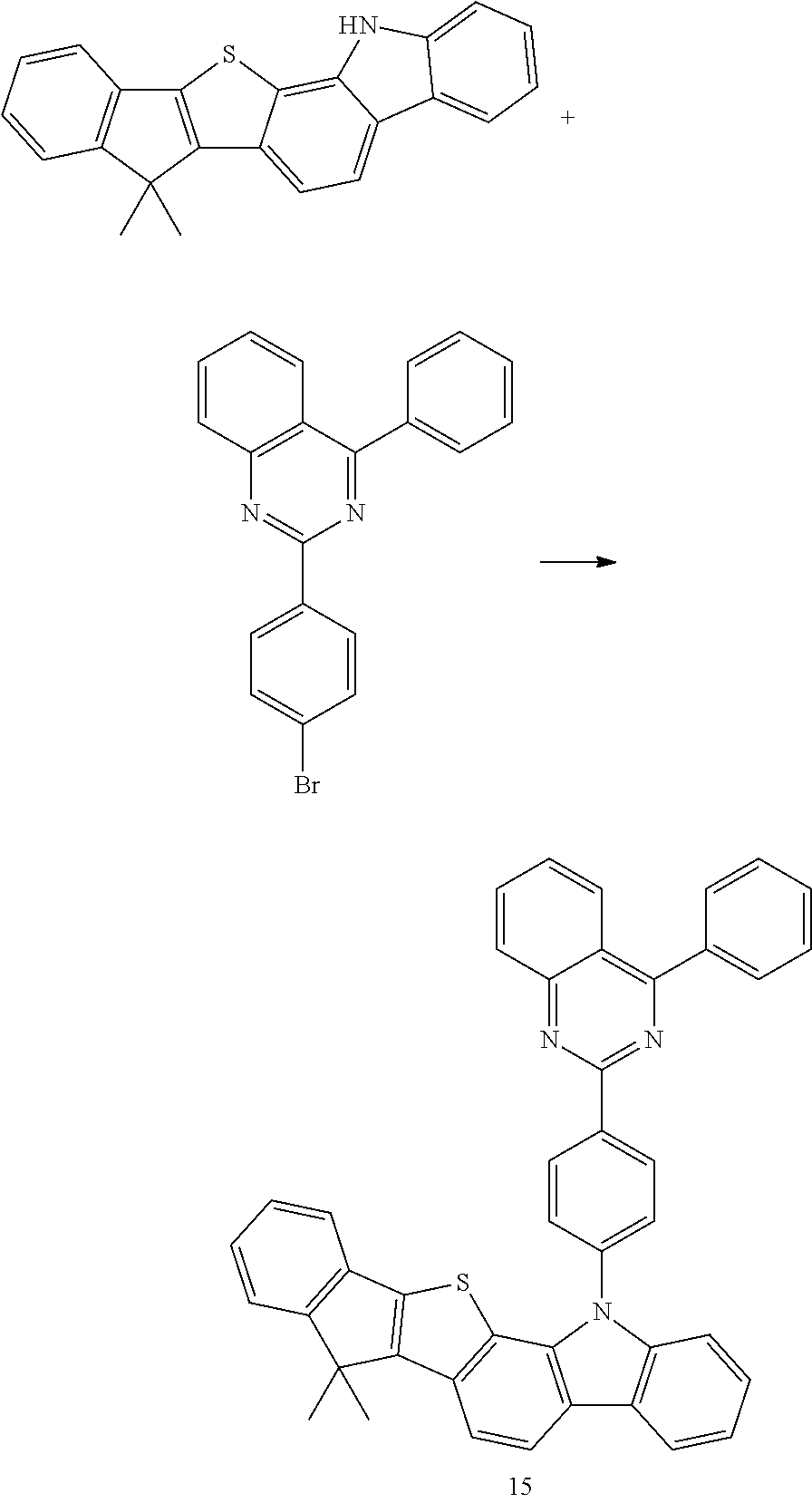
C00233
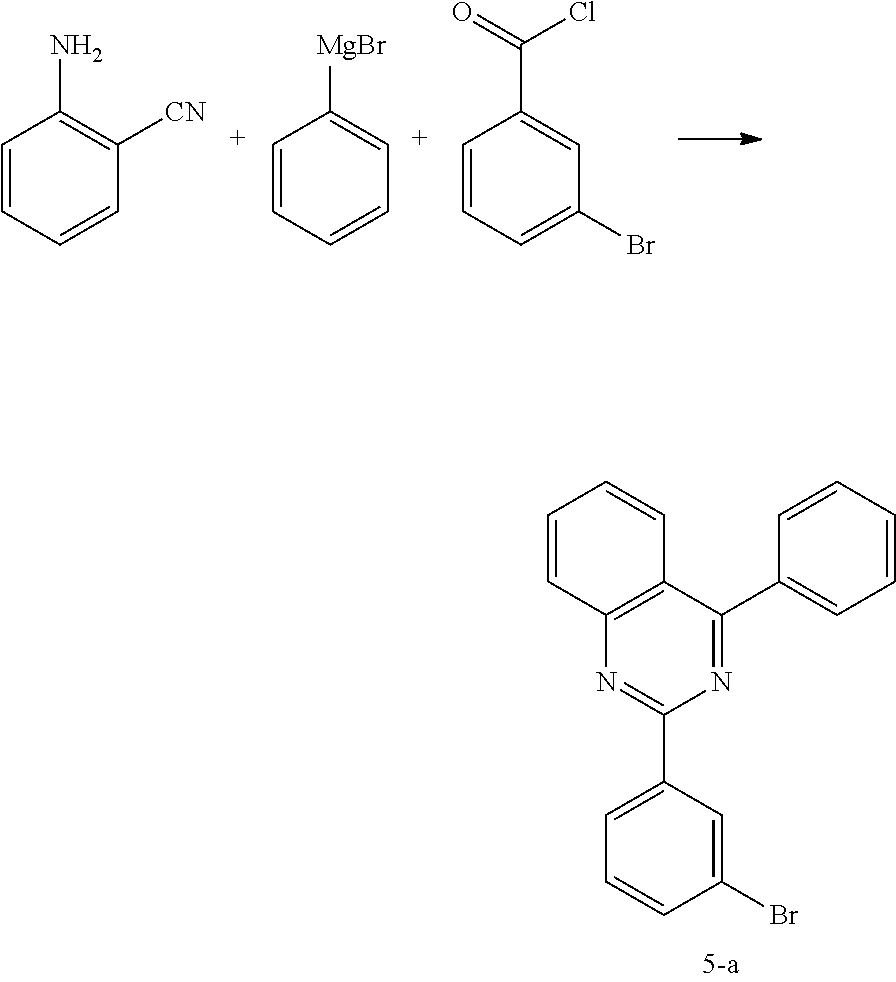
C00234
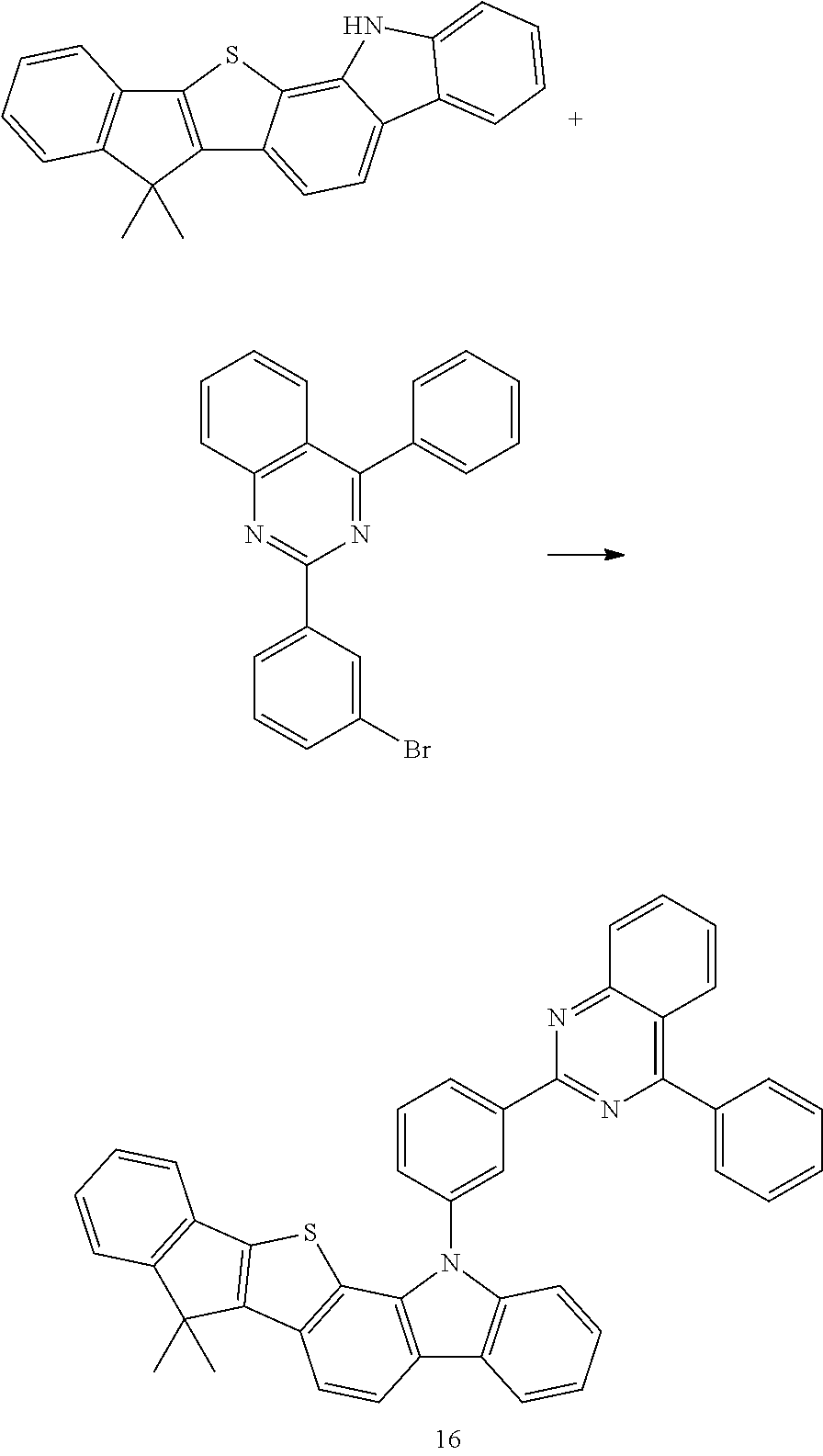
C00235
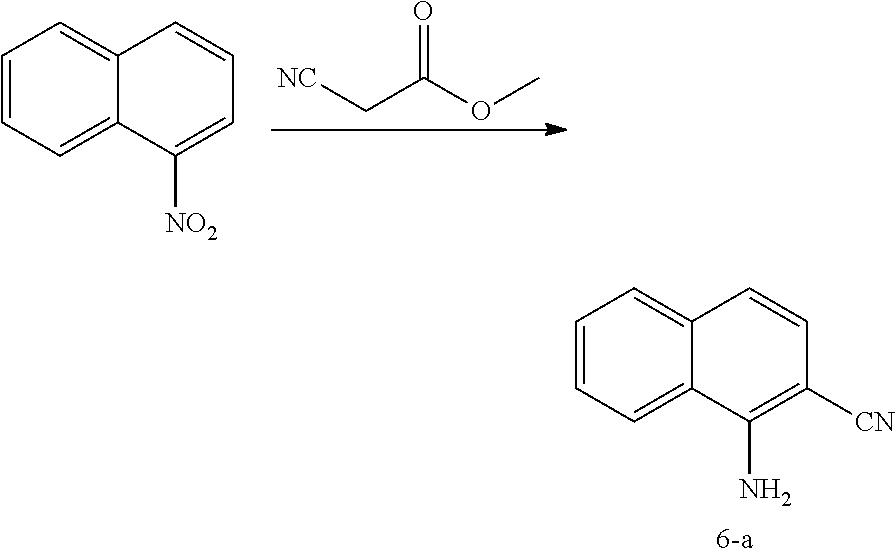
C00236
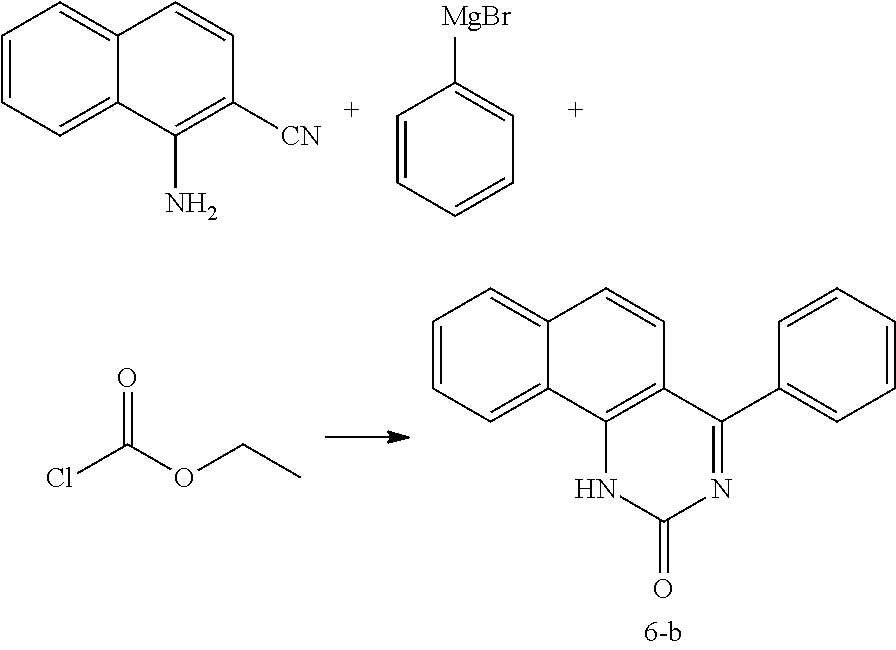
C00237
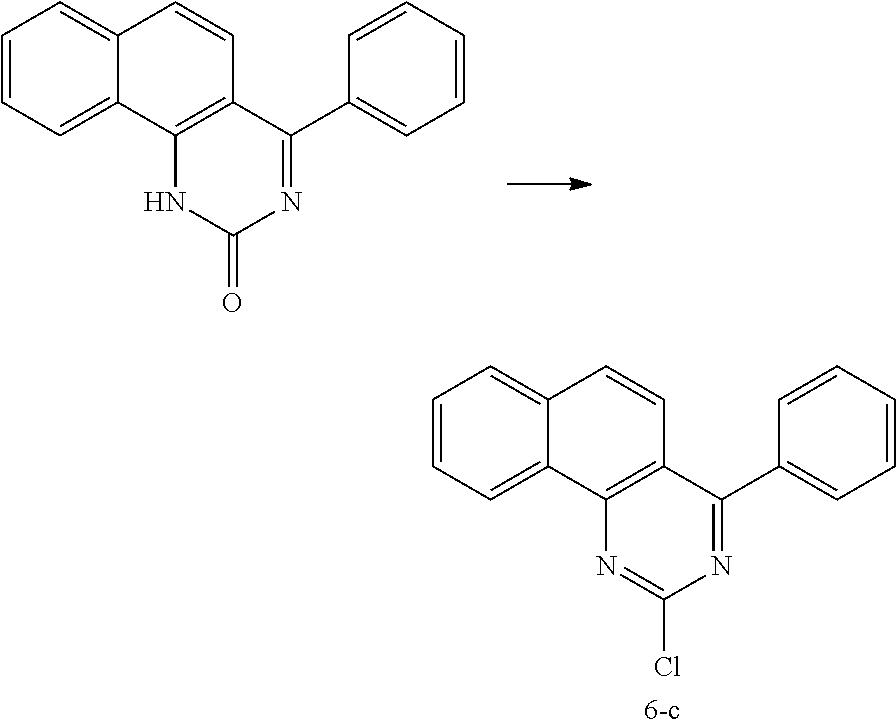
C00238
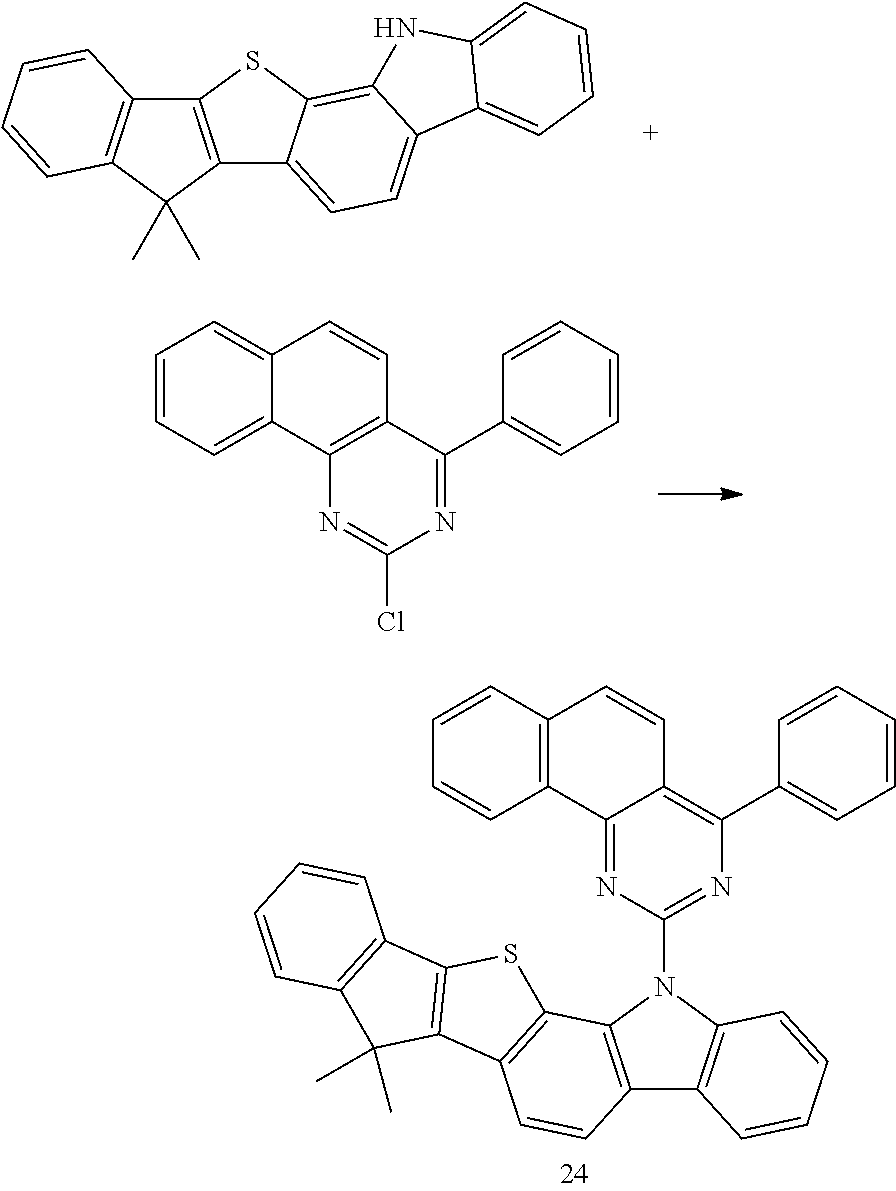
C00239
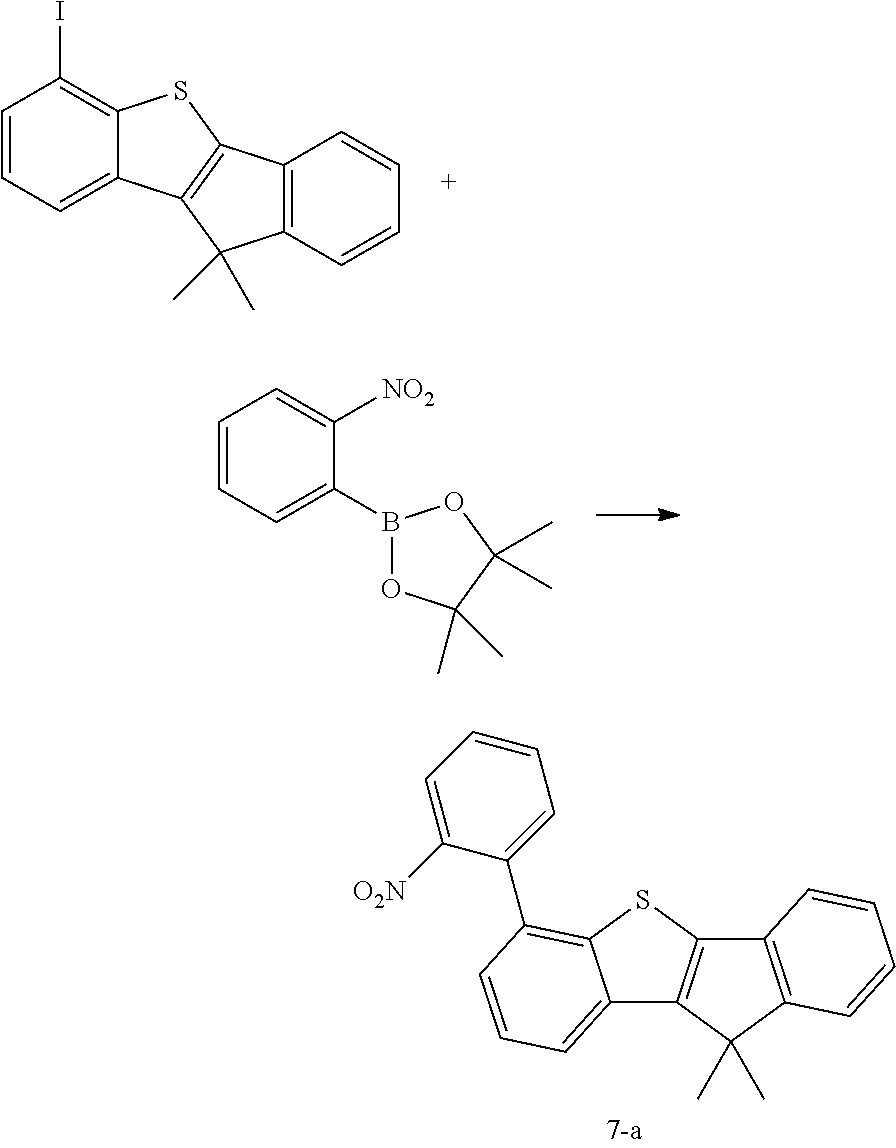
C00240
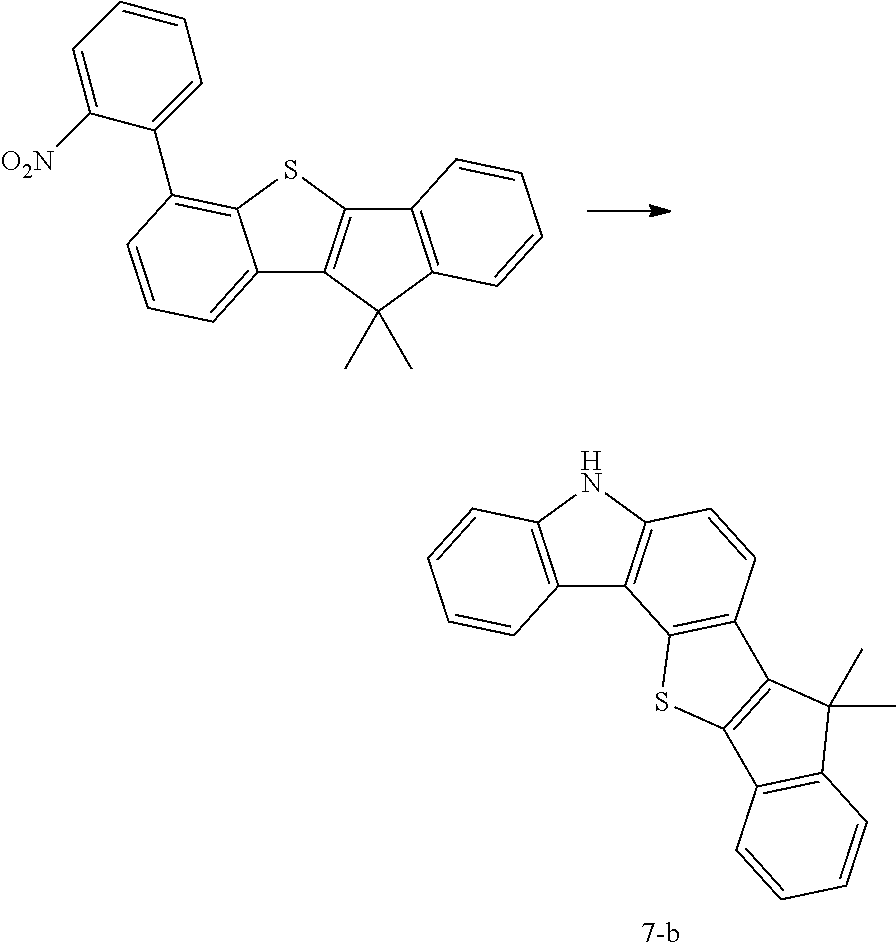
C00241
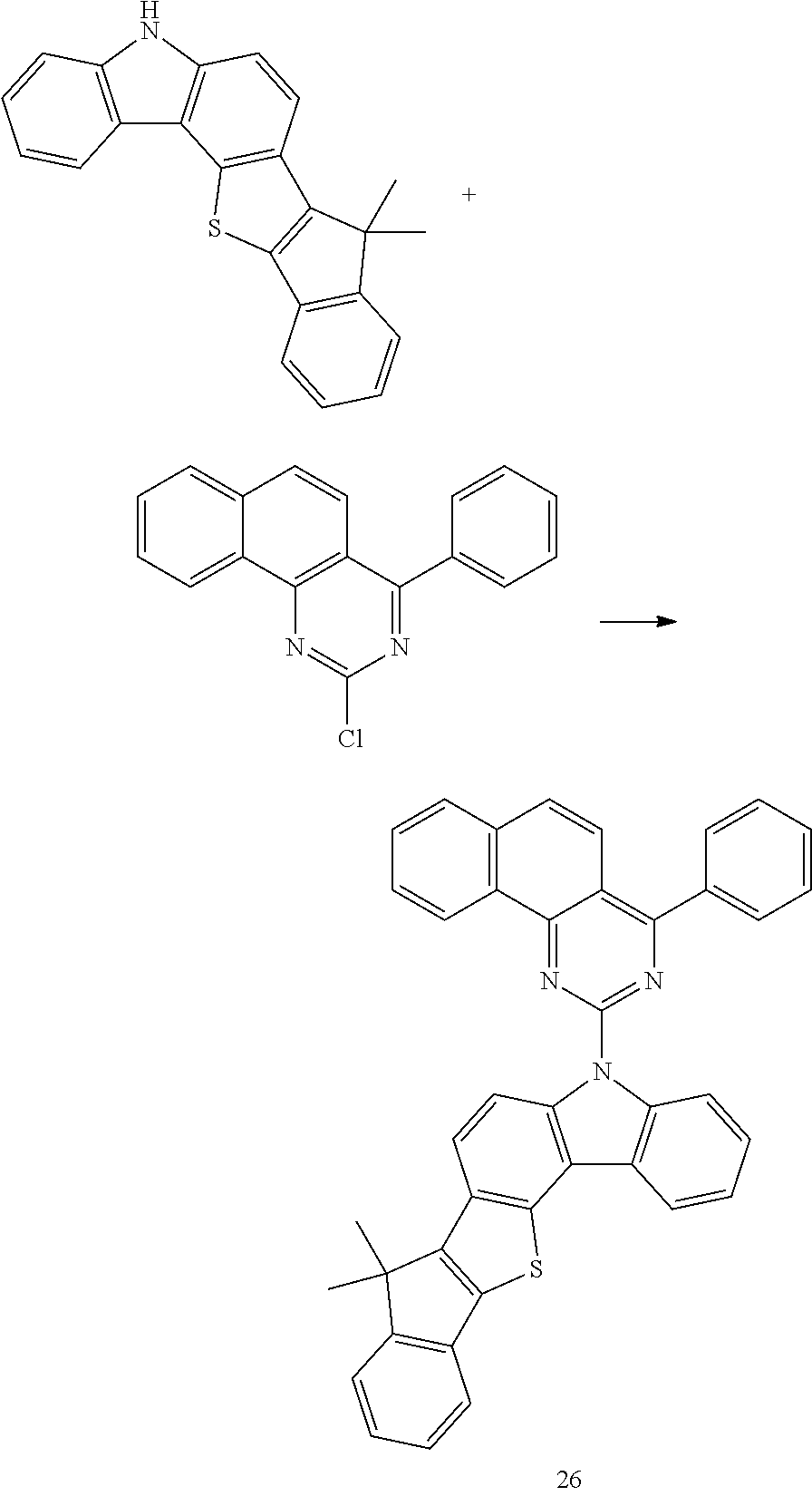
C00242
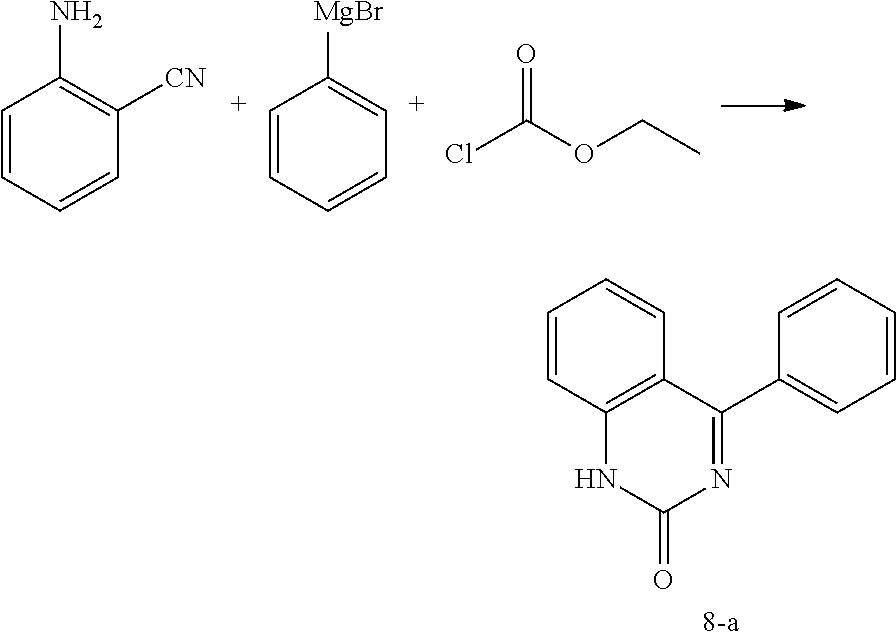
C00243
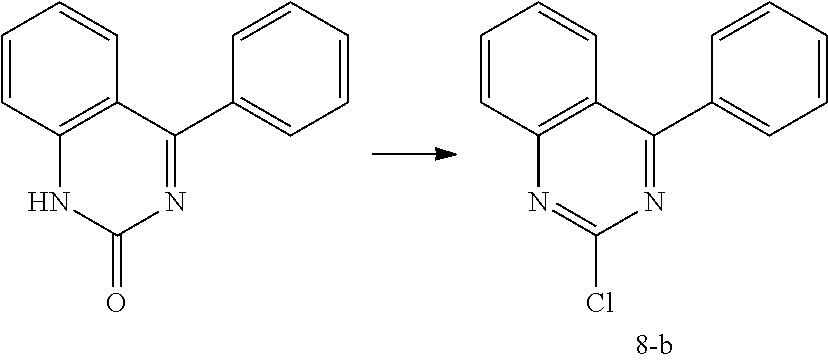
C00244

C00245
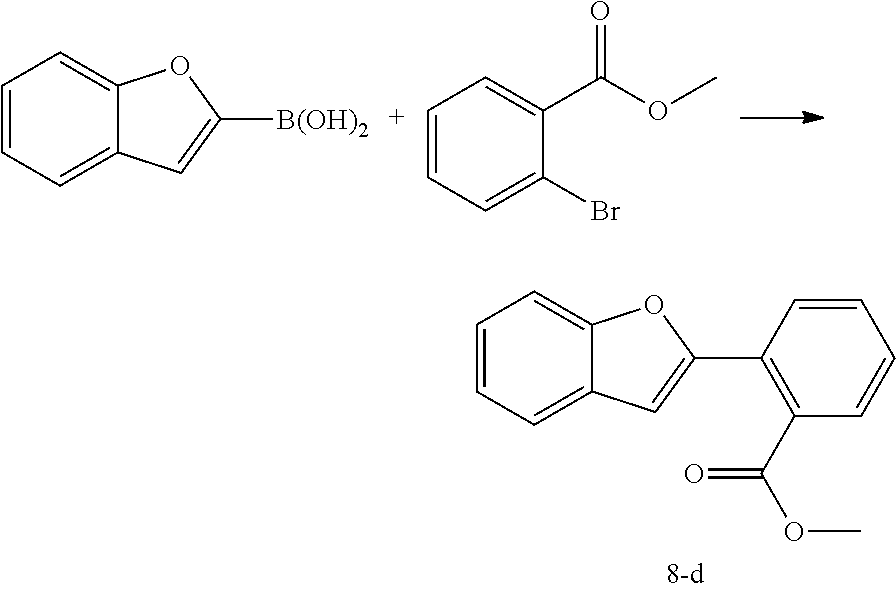
C00246
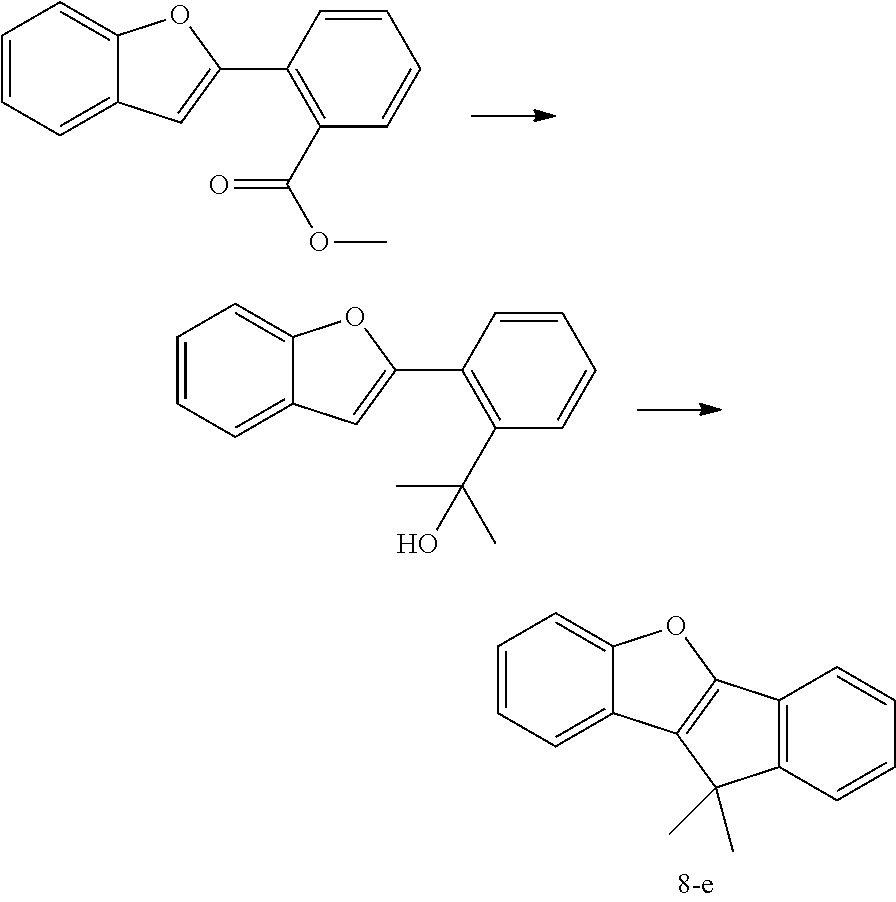
C00247
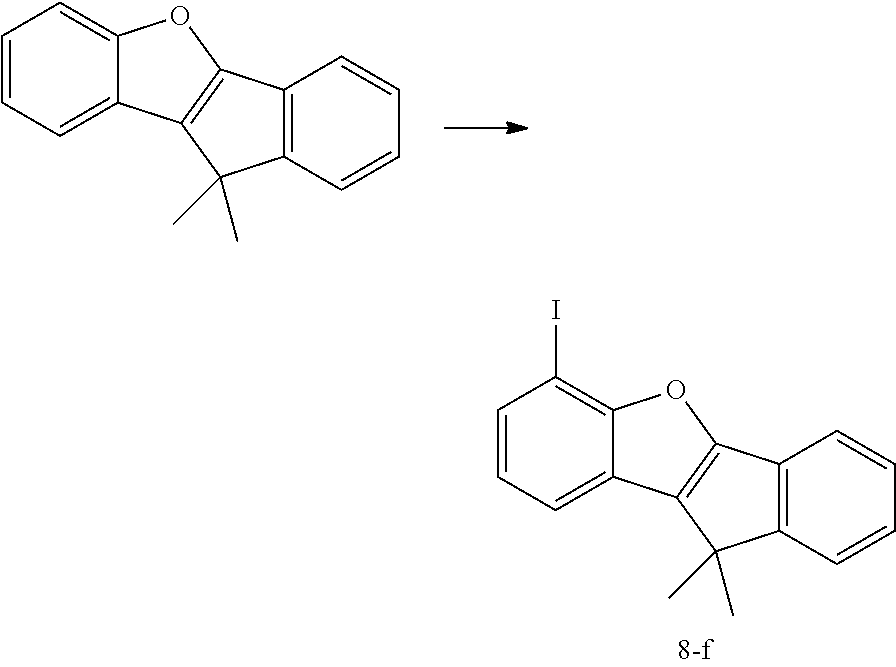
C00248
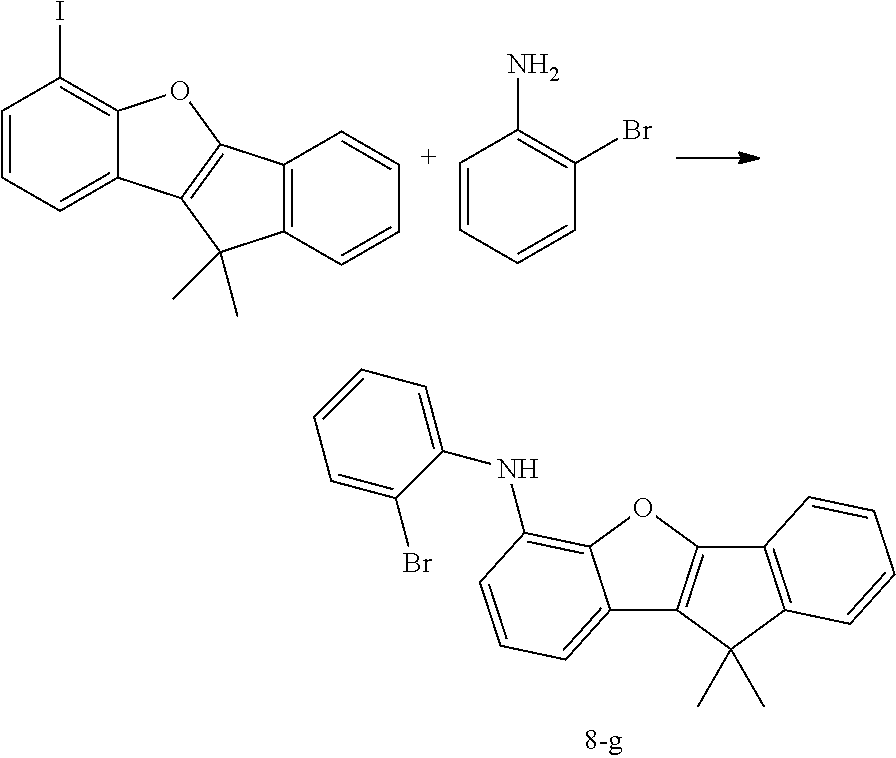
C00249
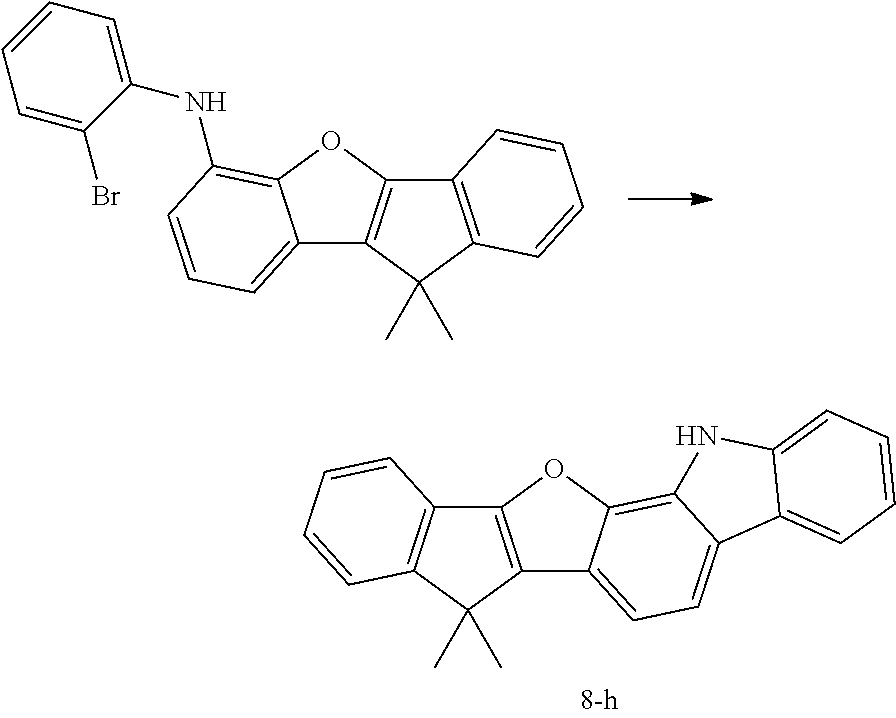
C00250
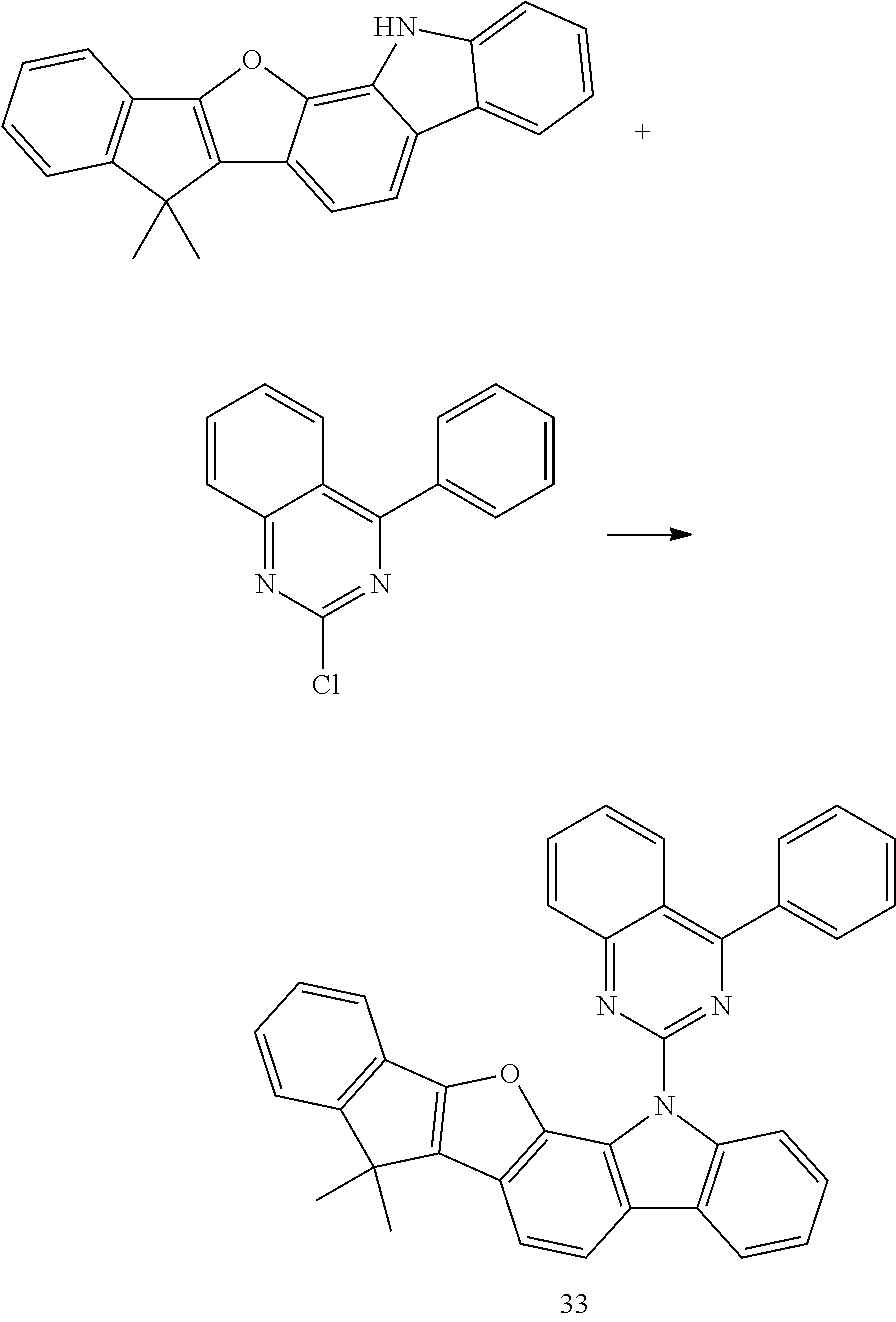
C00251
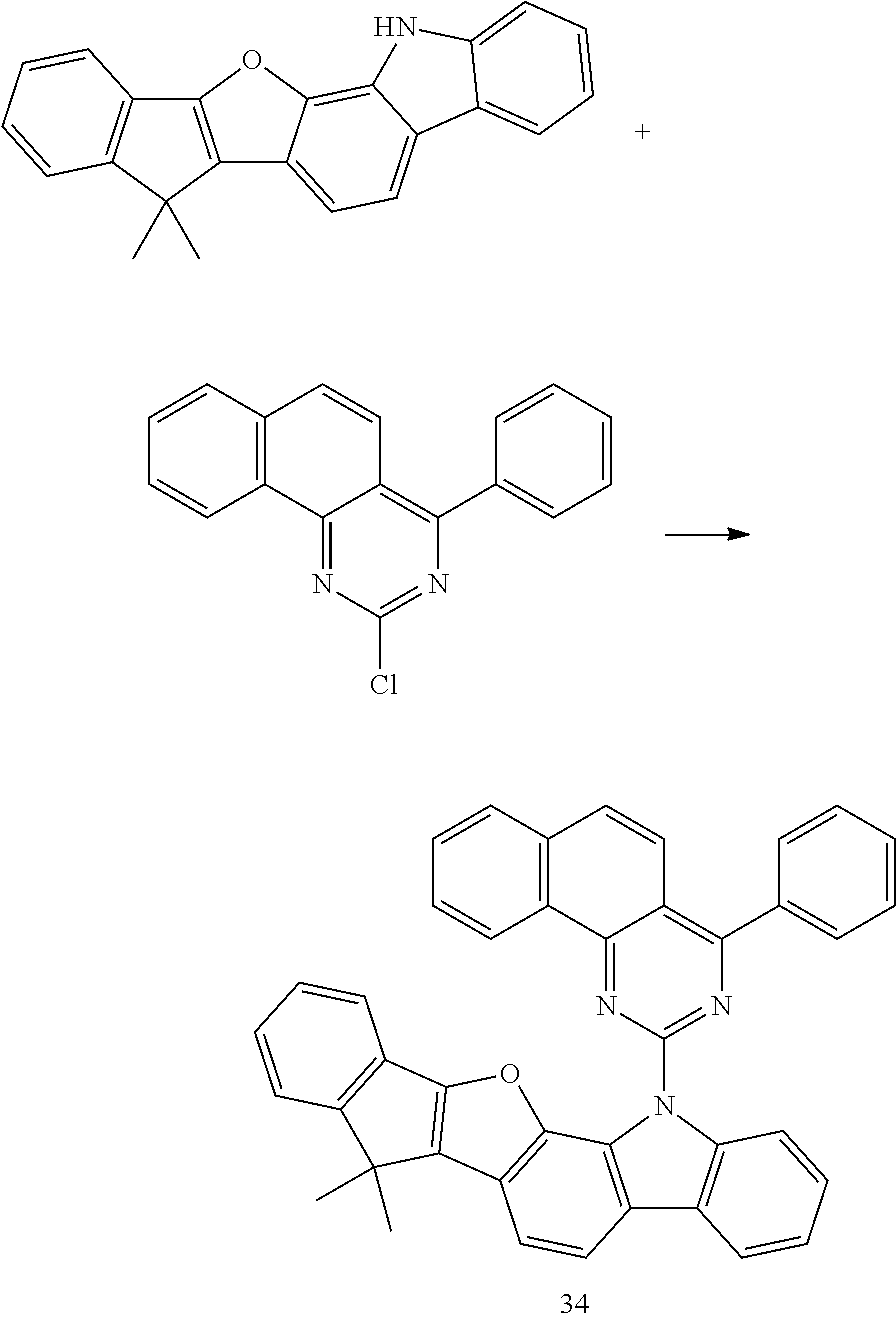
C00252
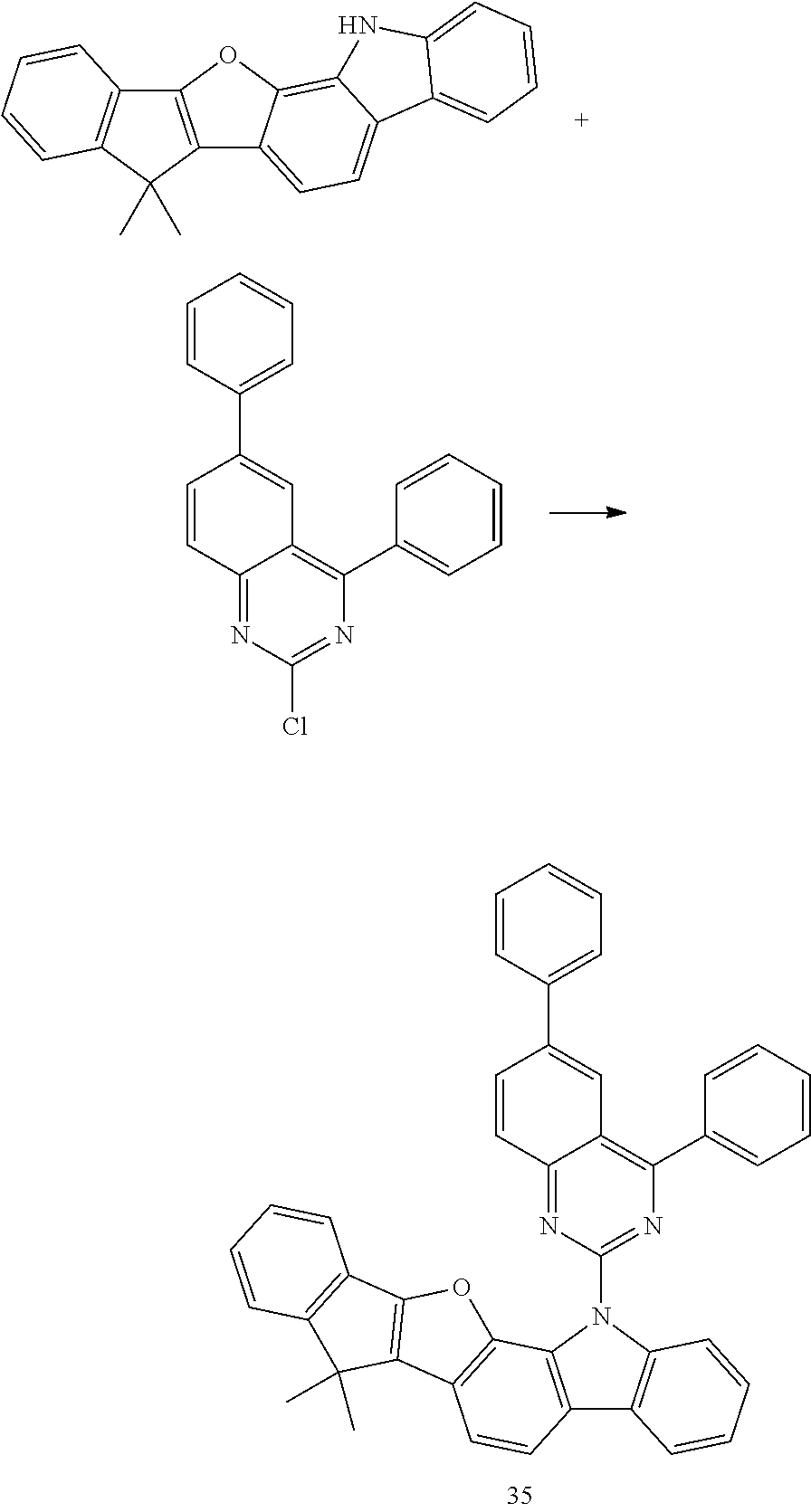
C00253
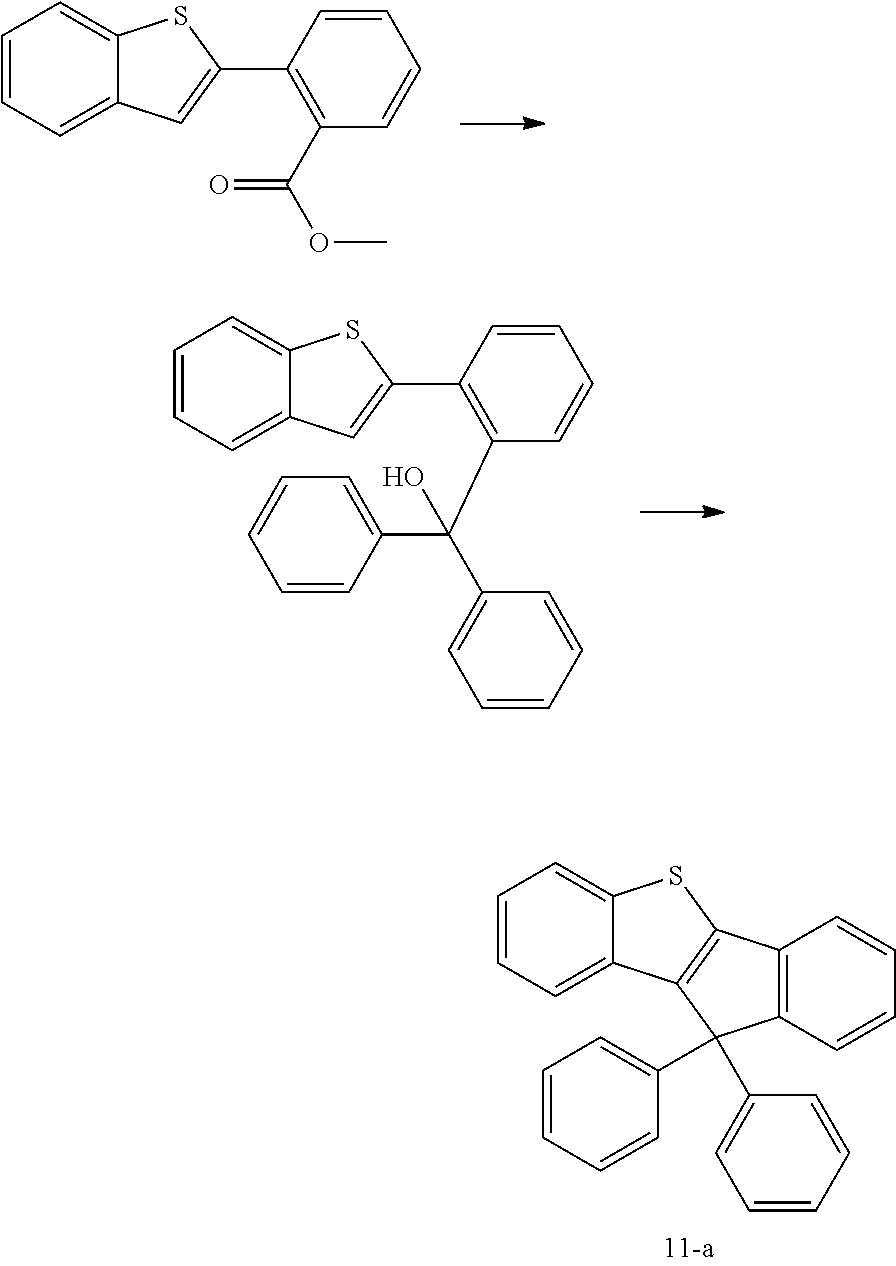
C00254
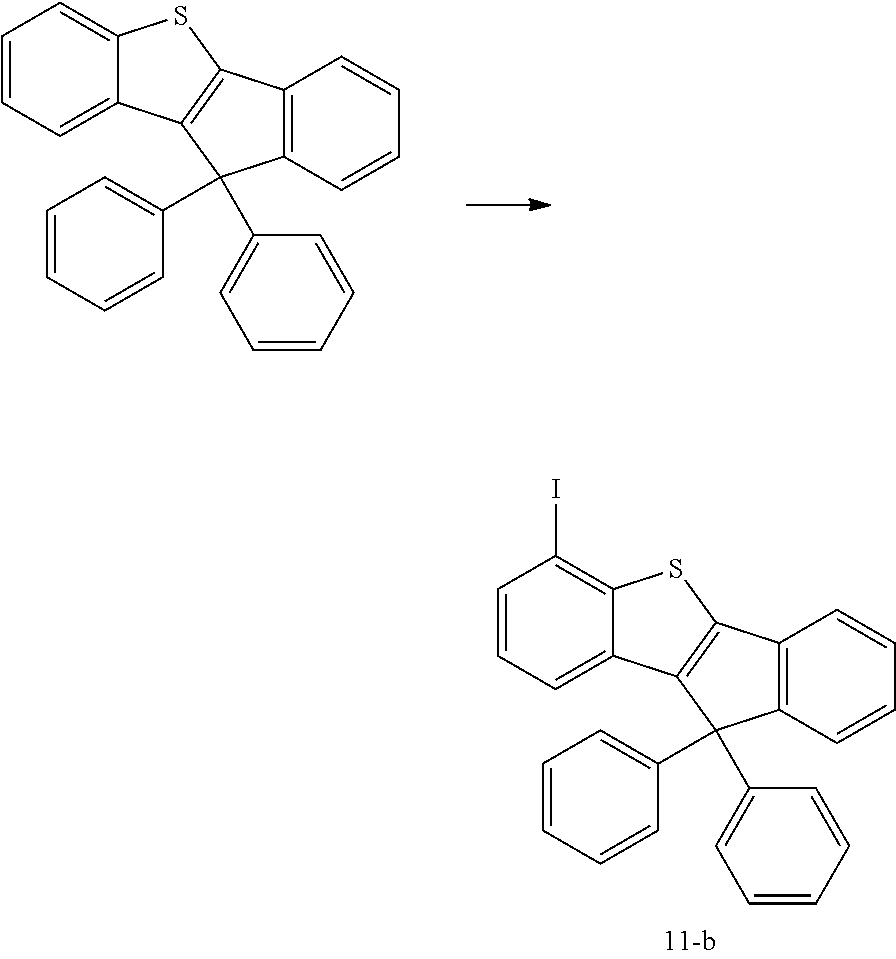
C00255
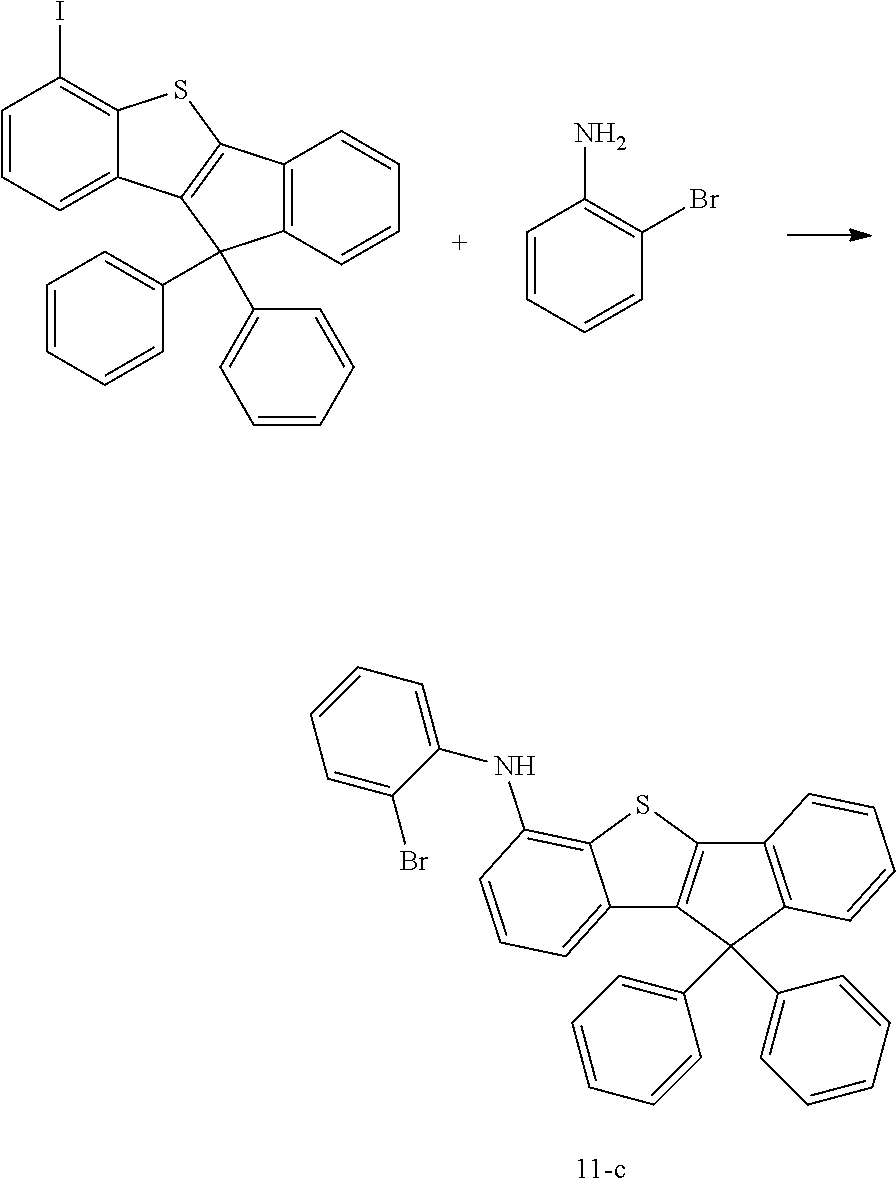
C00256
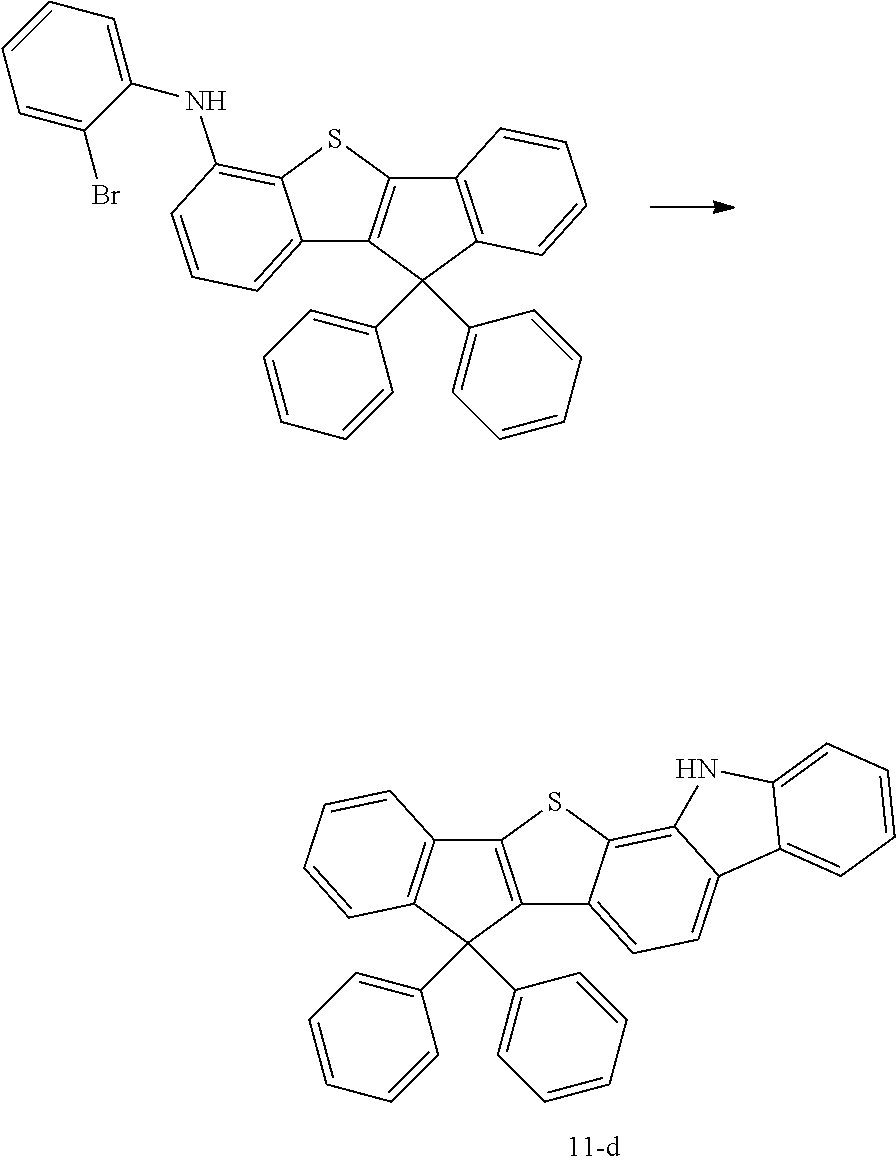
C00257
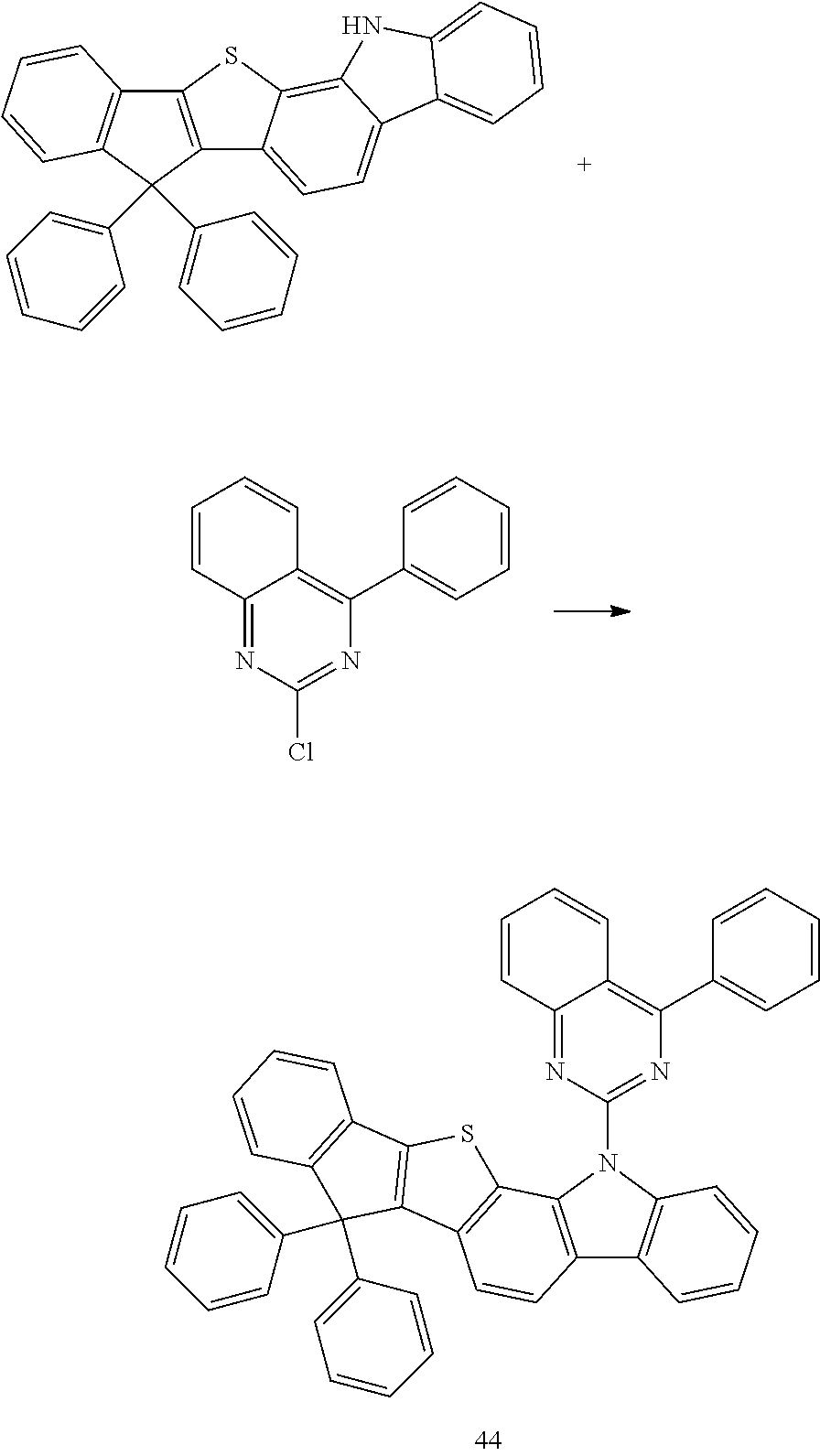
C00258
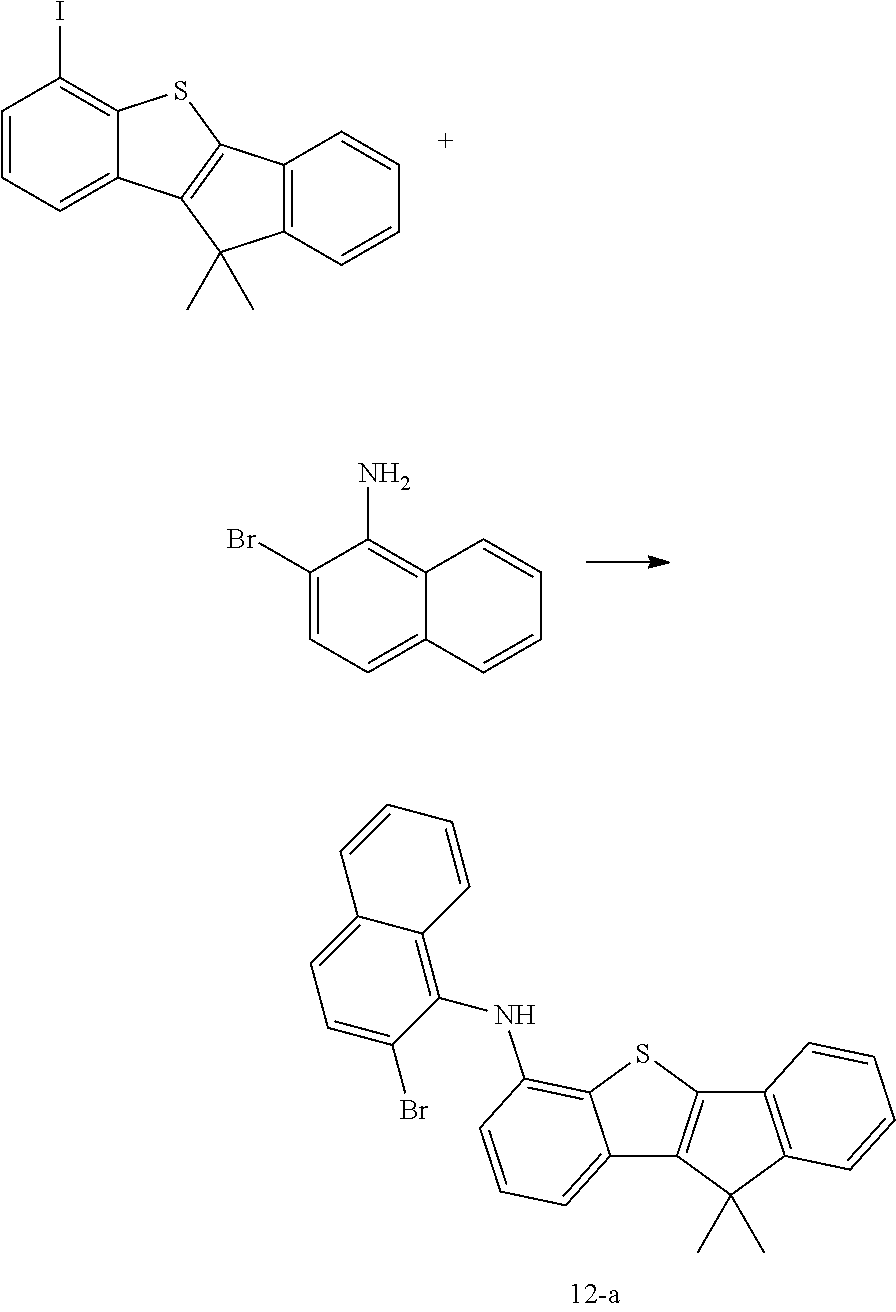
C00259
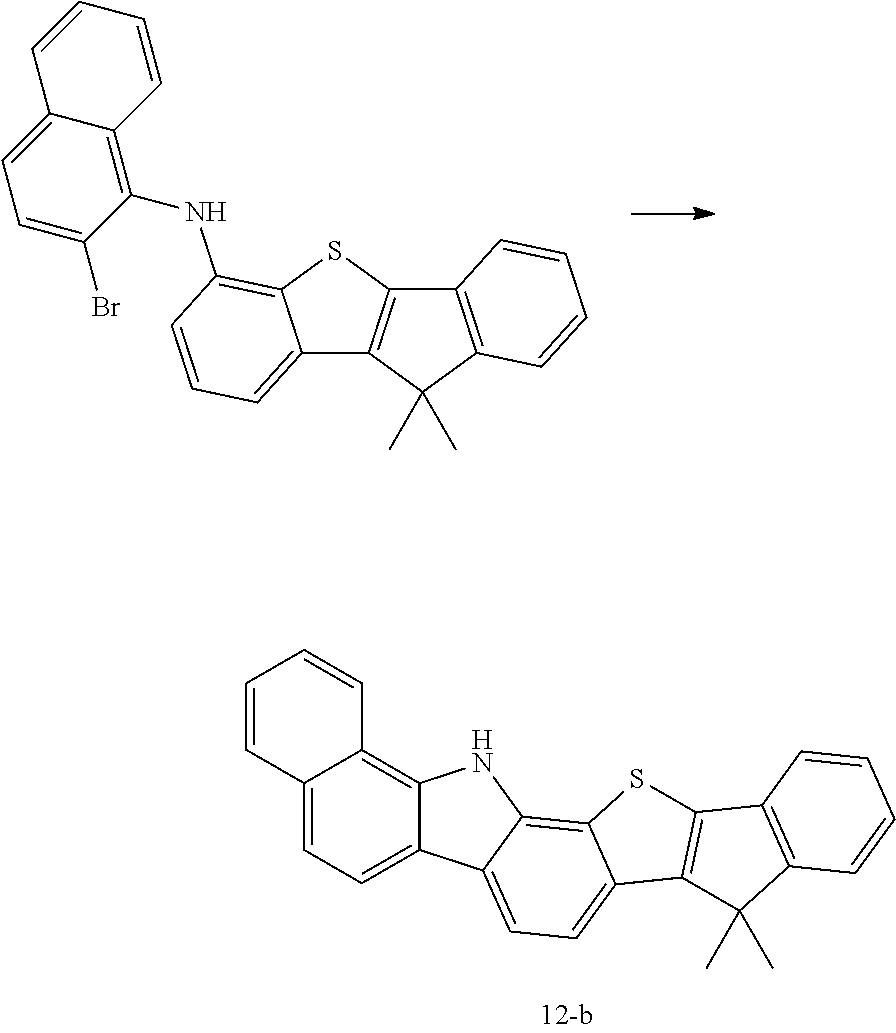
C00260
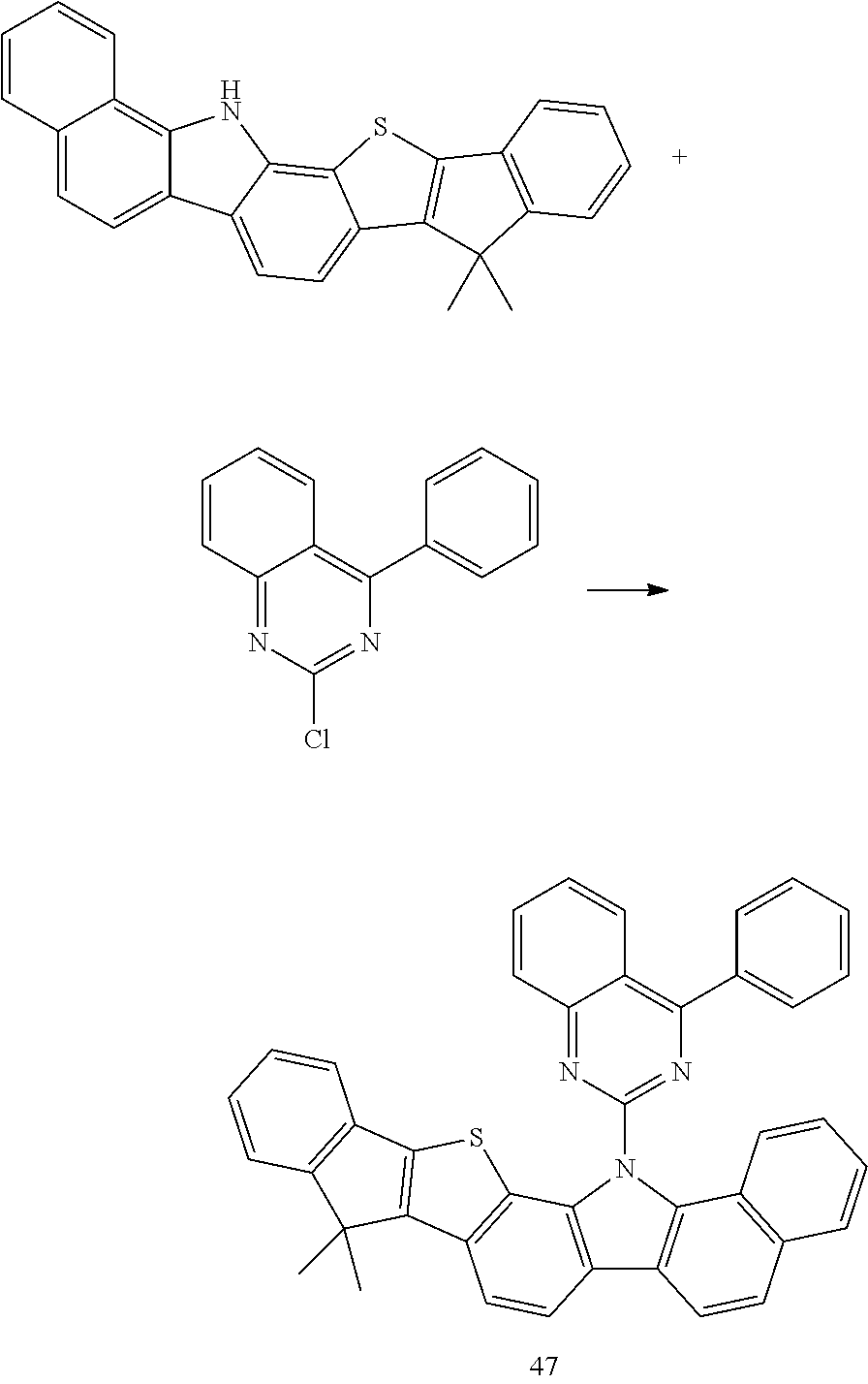
C00261
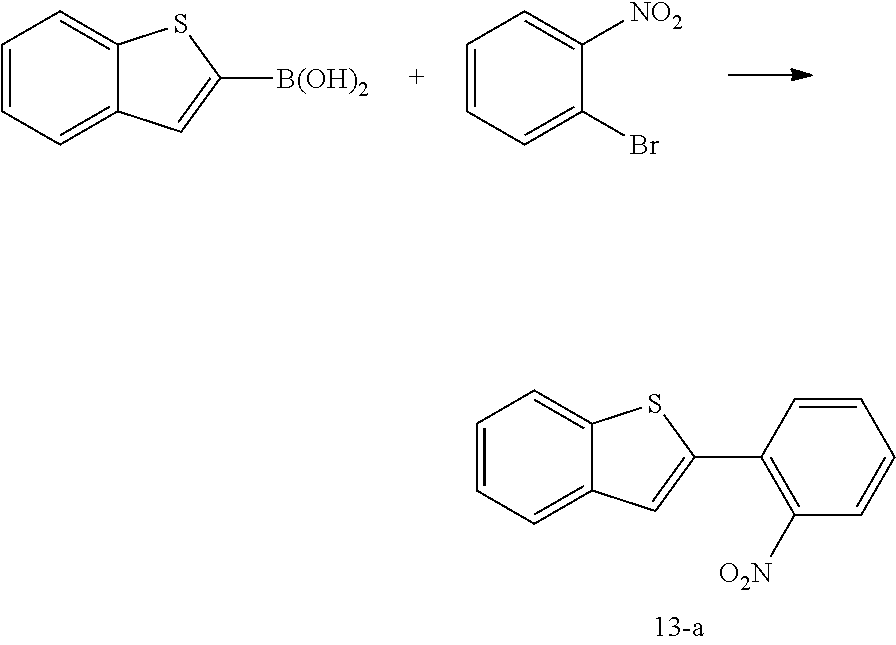
C00262
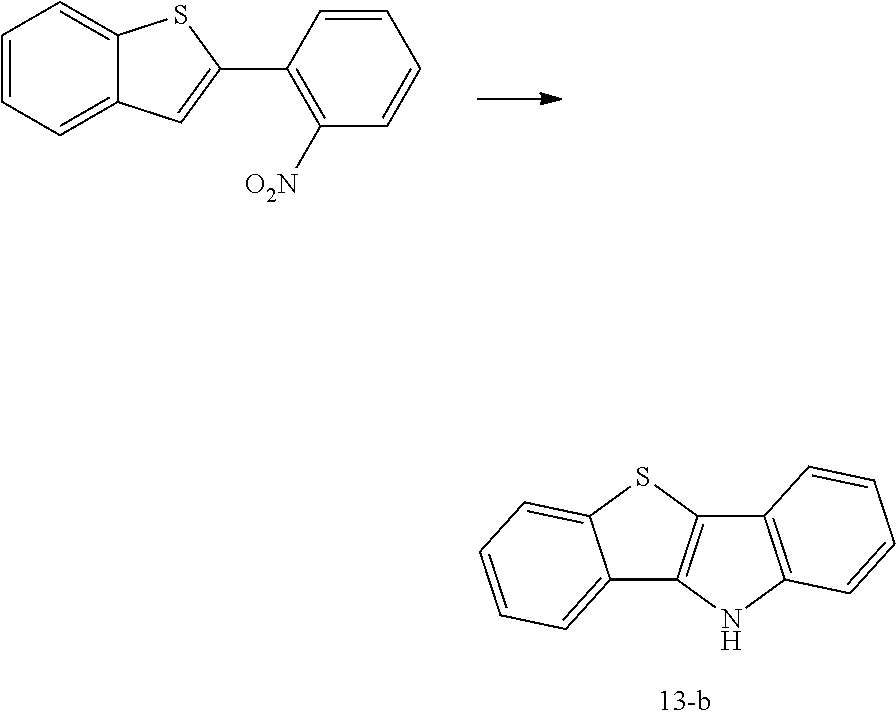
C00263
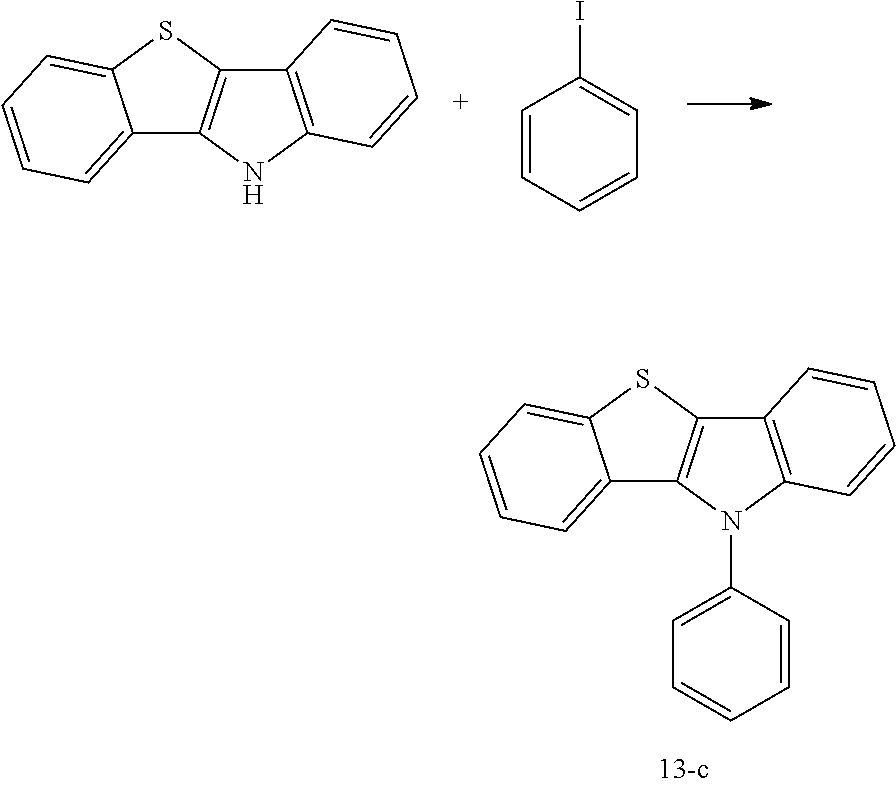
C00264
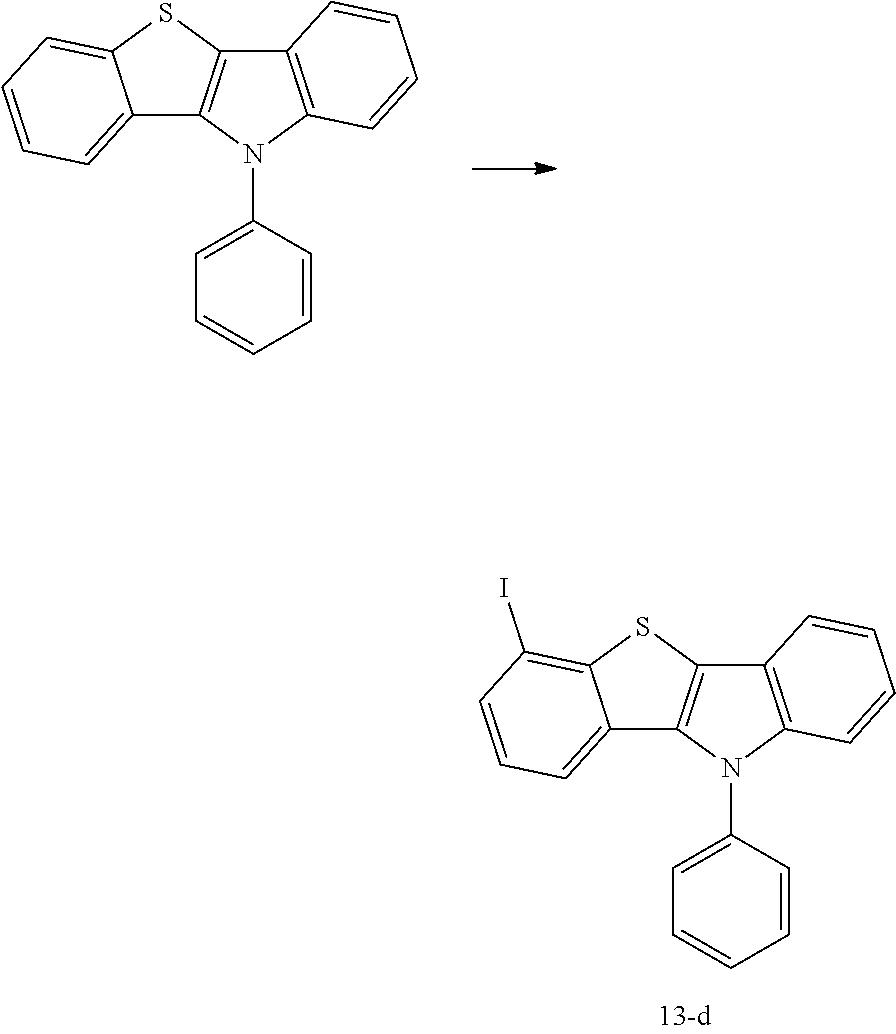
C00265
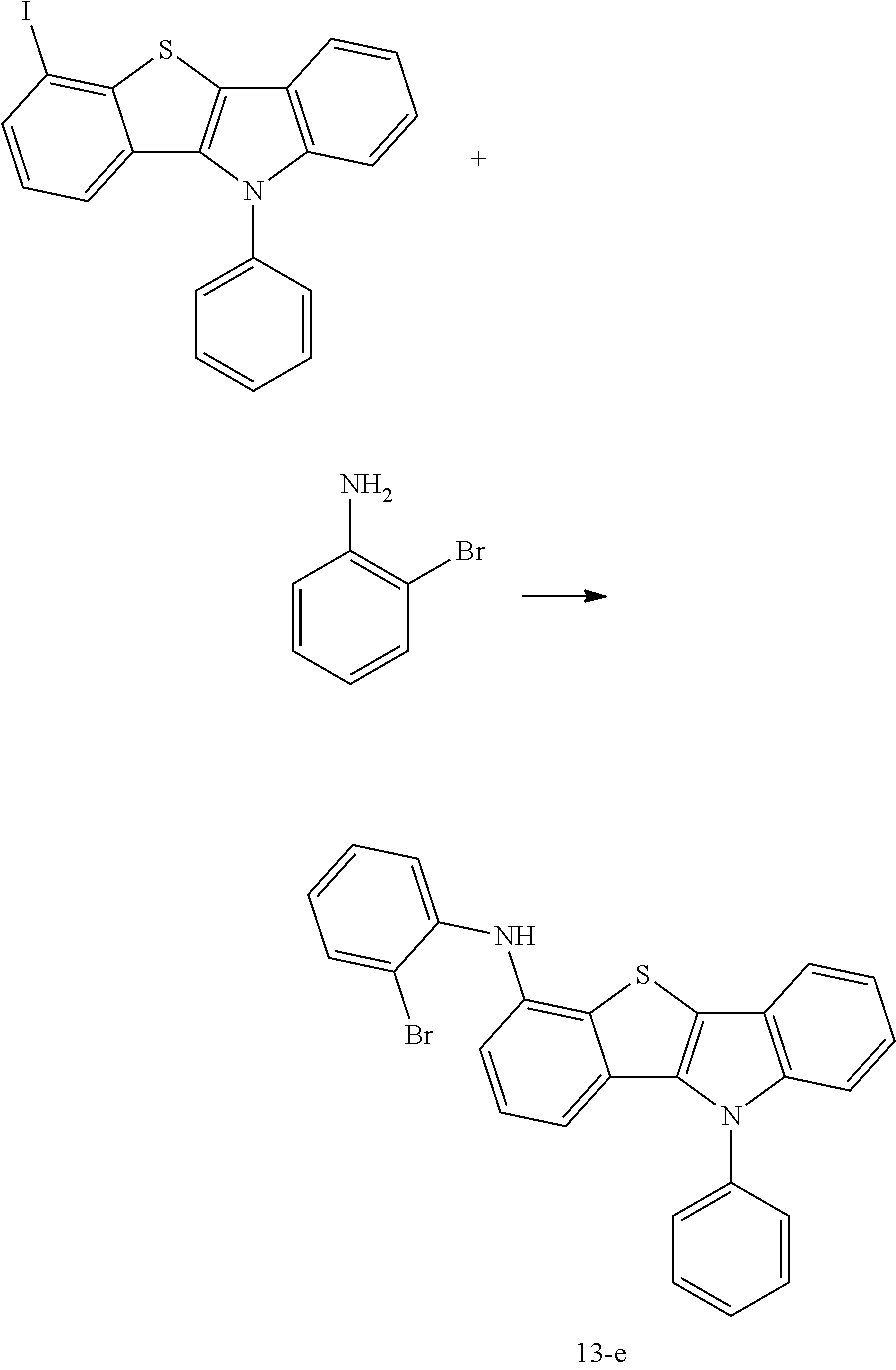
C00266
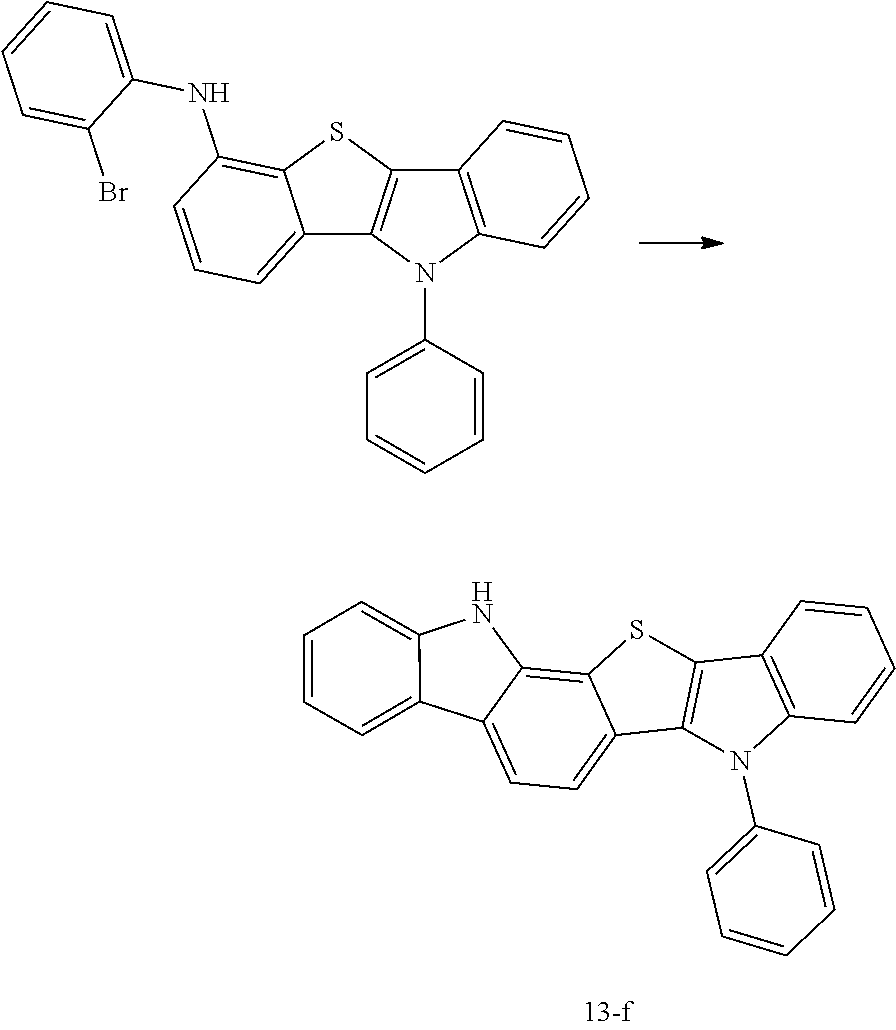
C00267
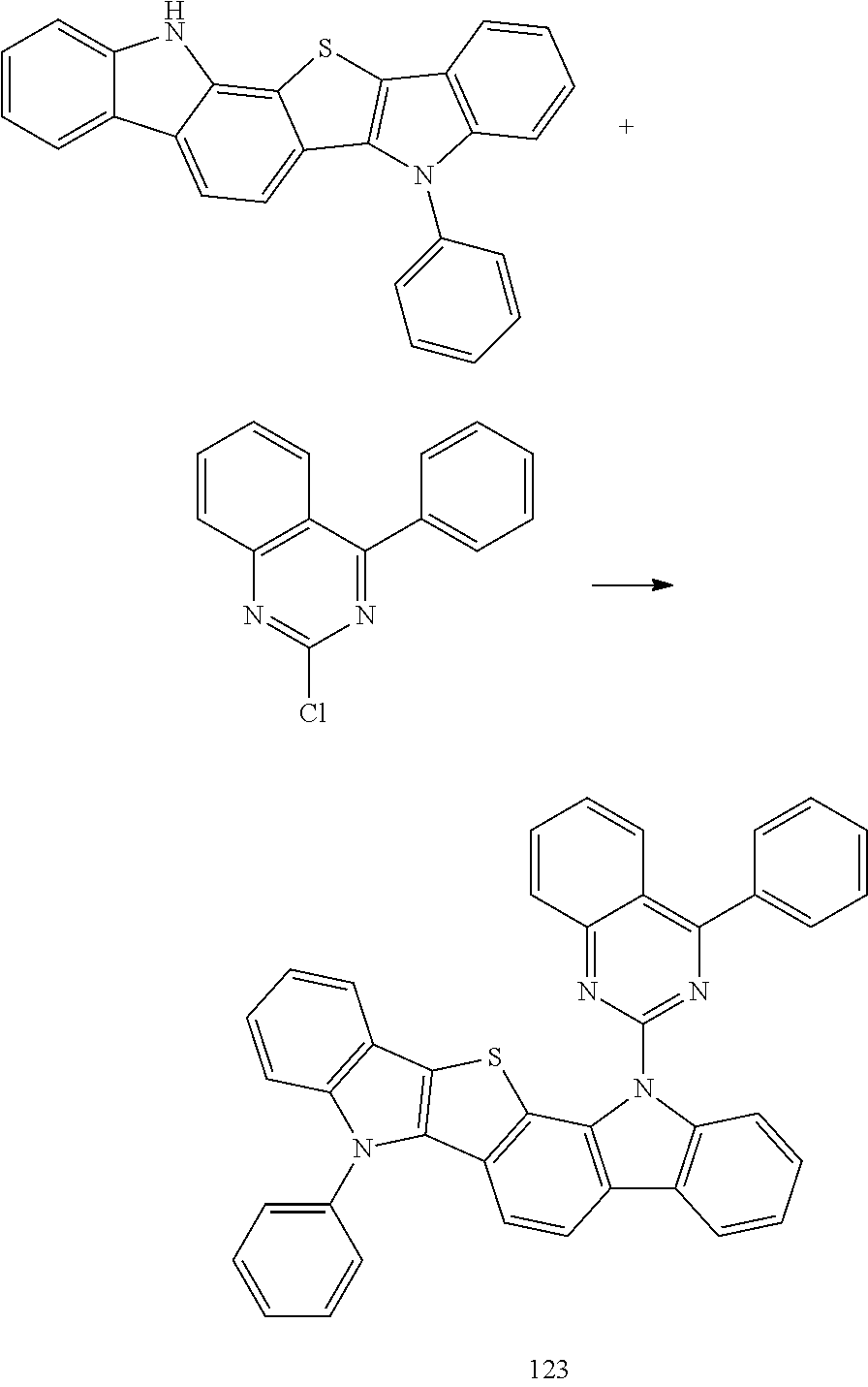
C00268
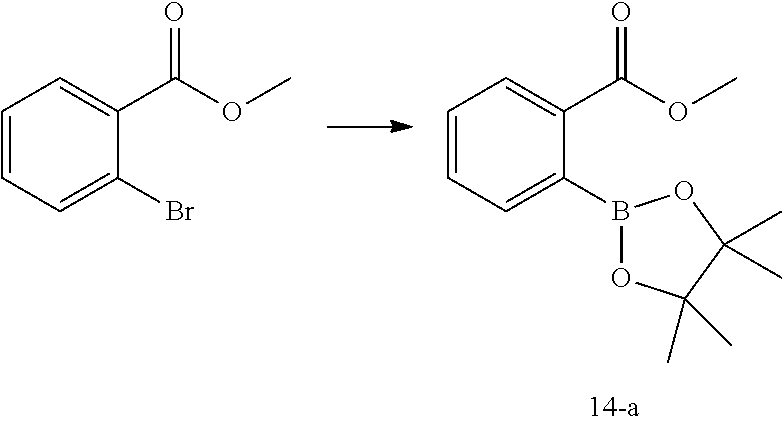
C00269
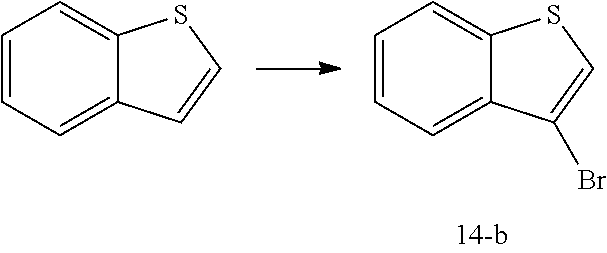
C00270
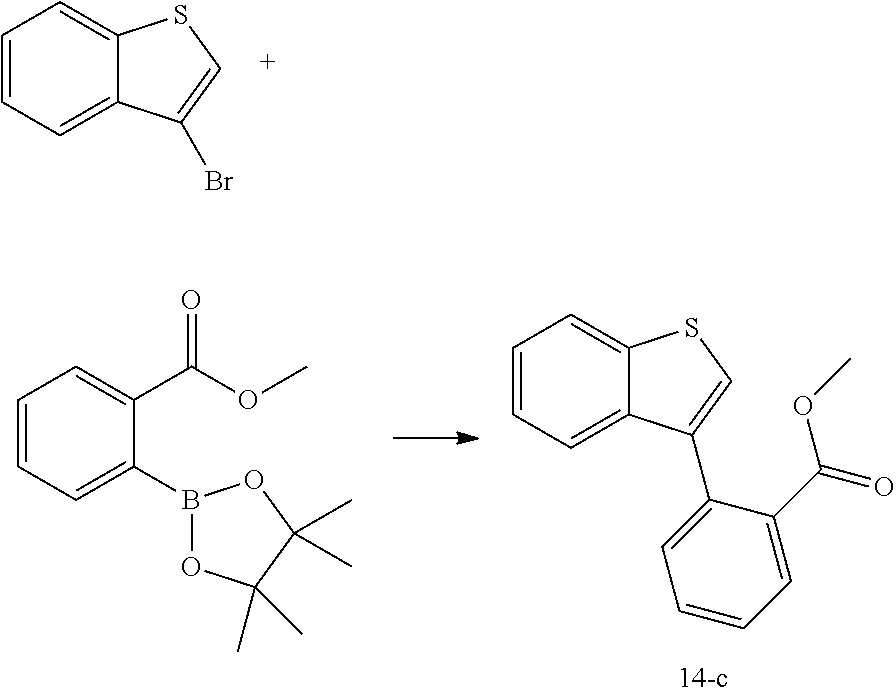
C00271
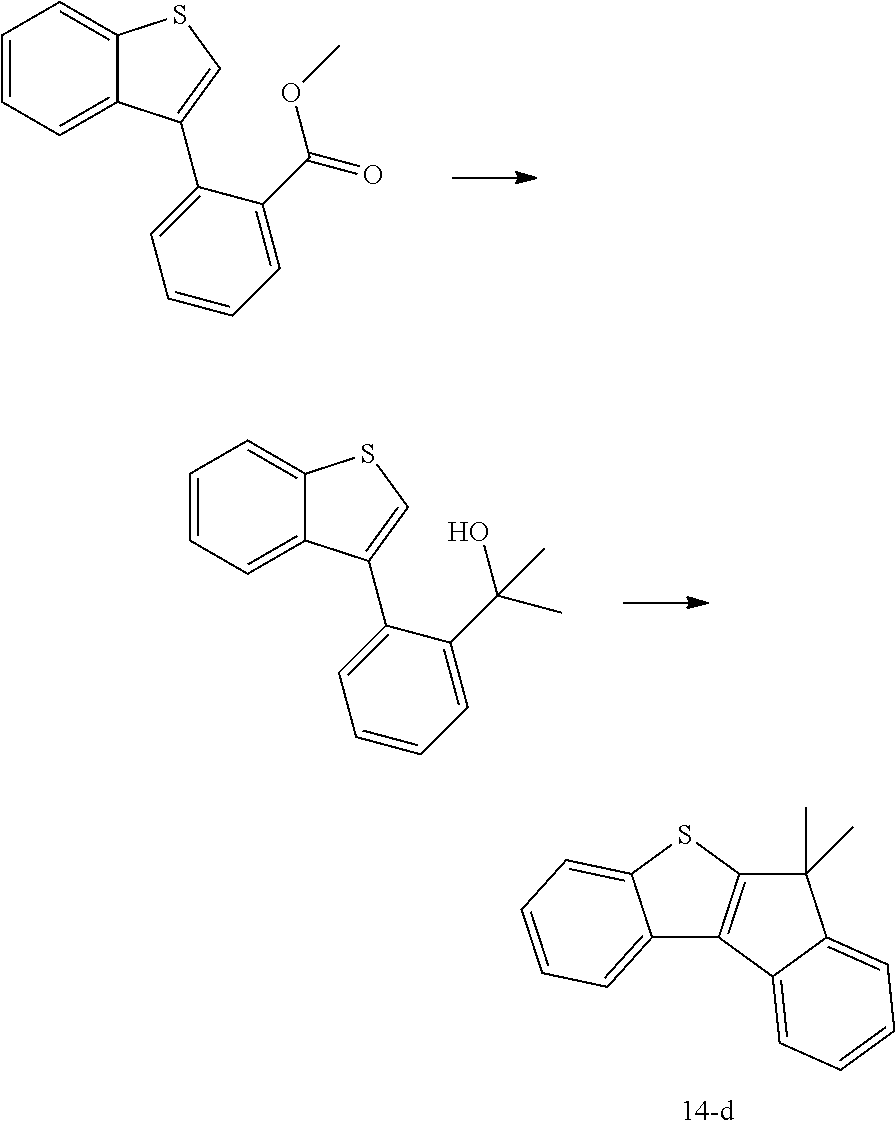
C00272
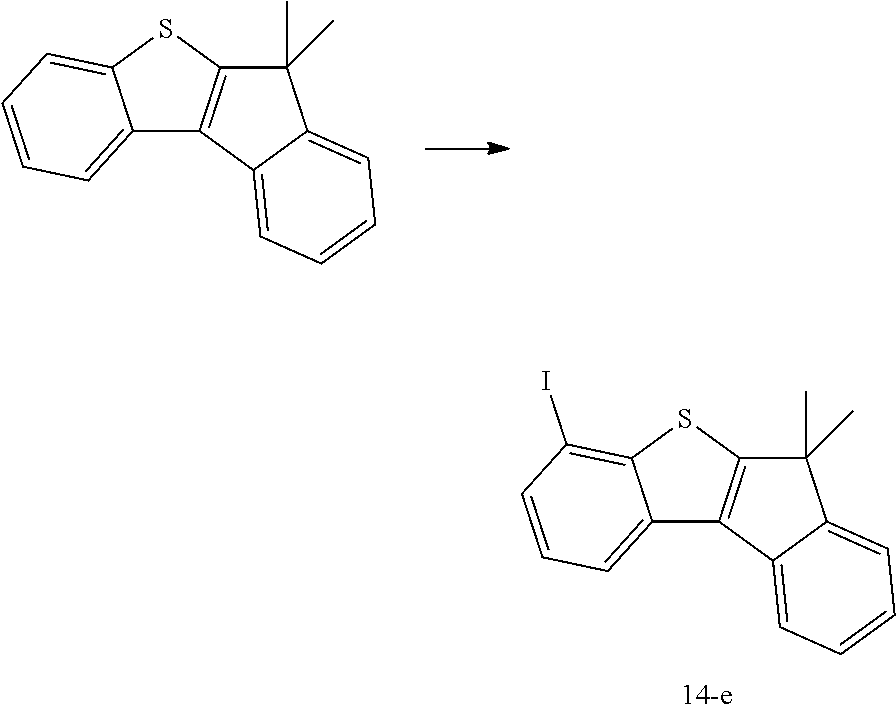
C00273
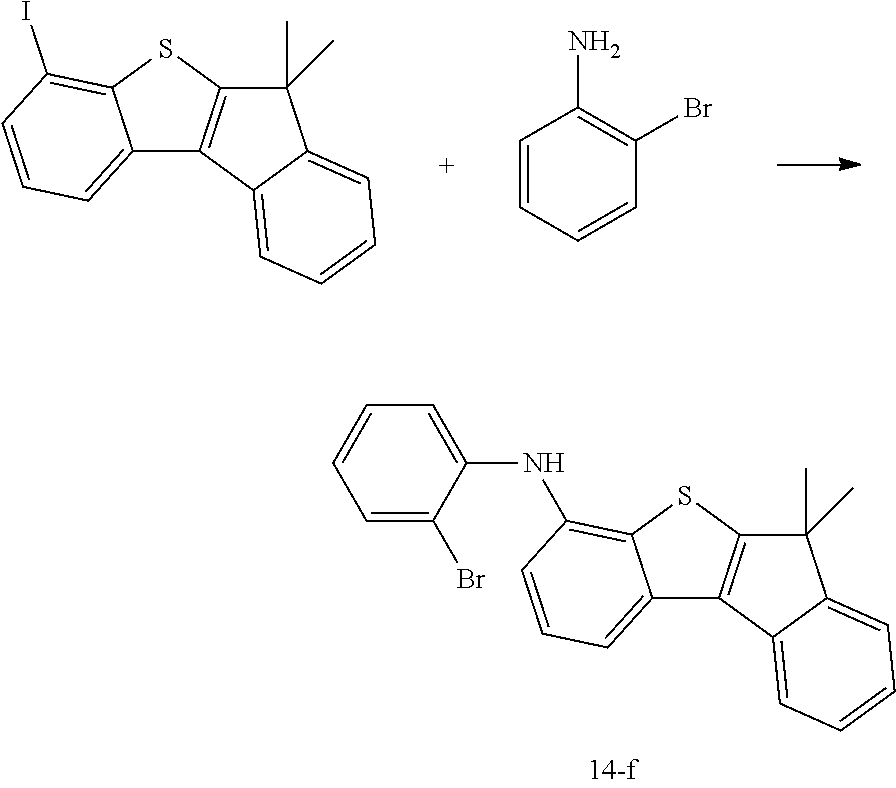
C00274
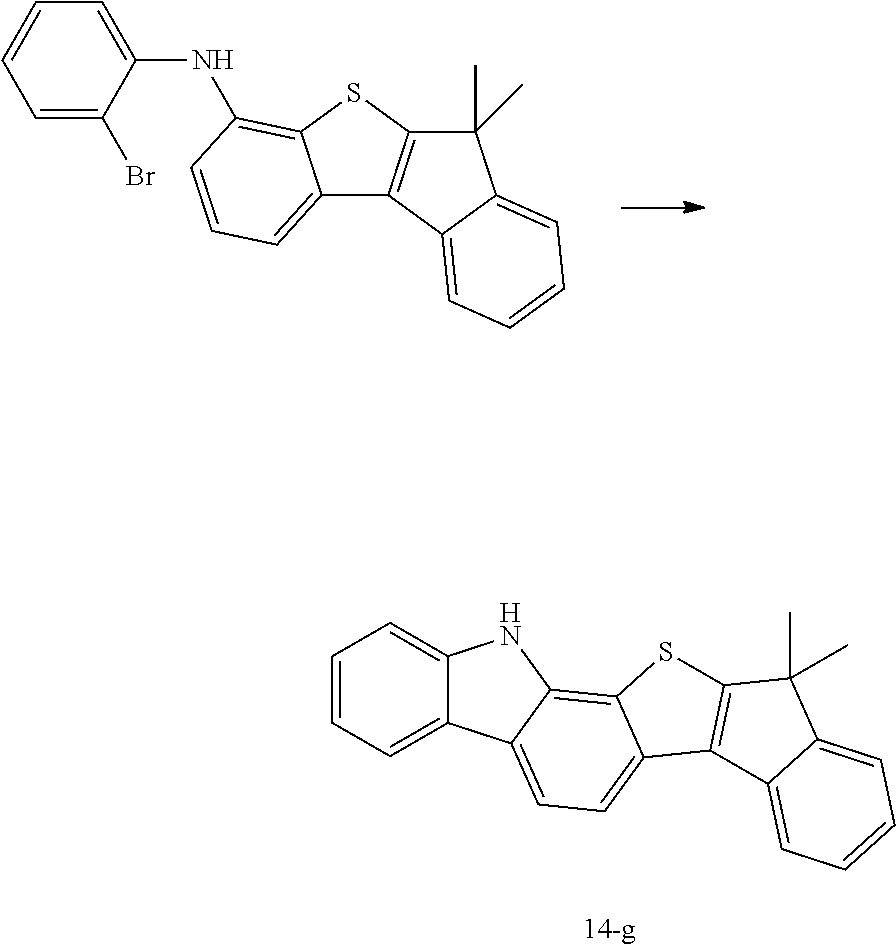
C00275
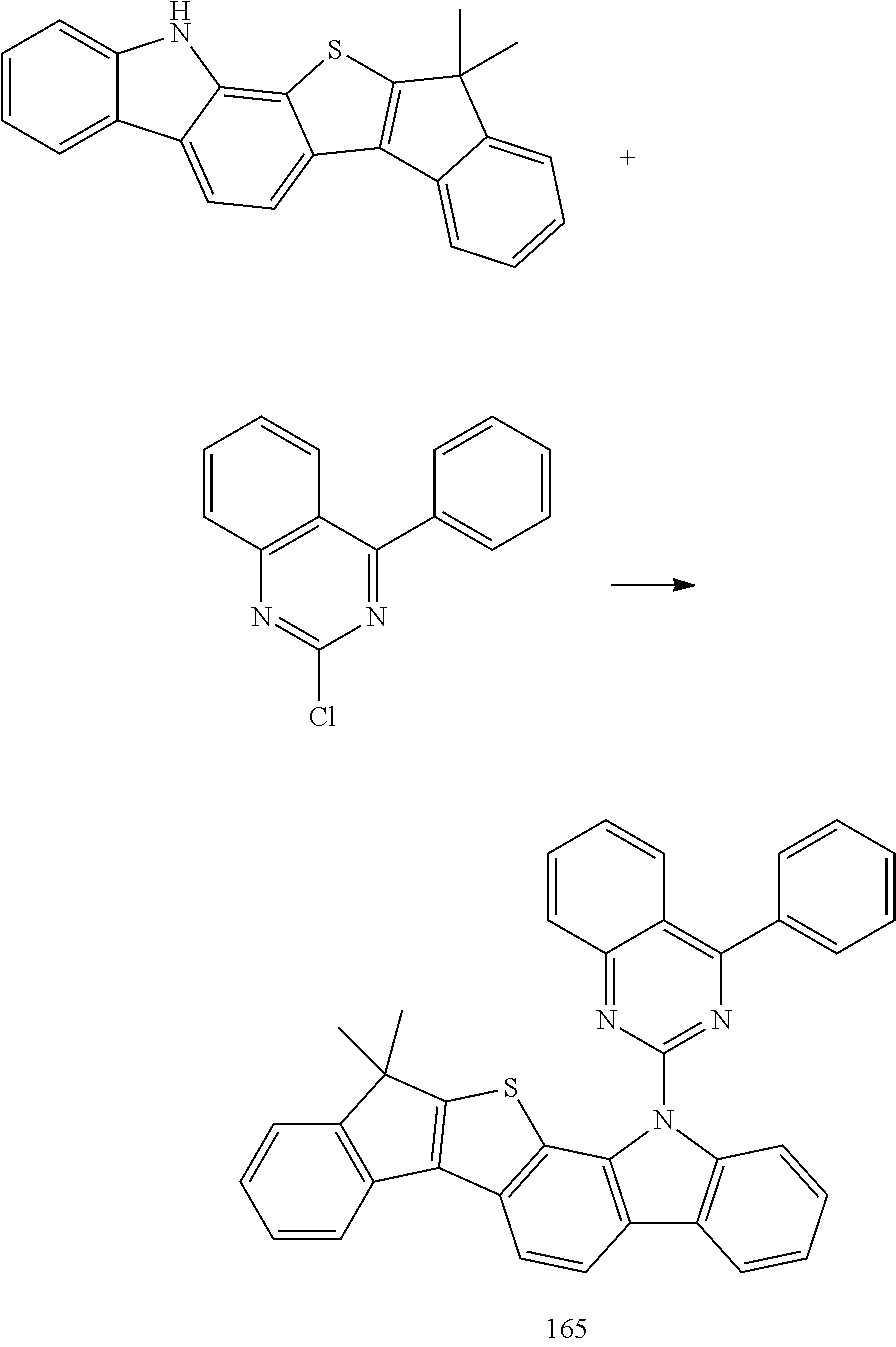
C00276
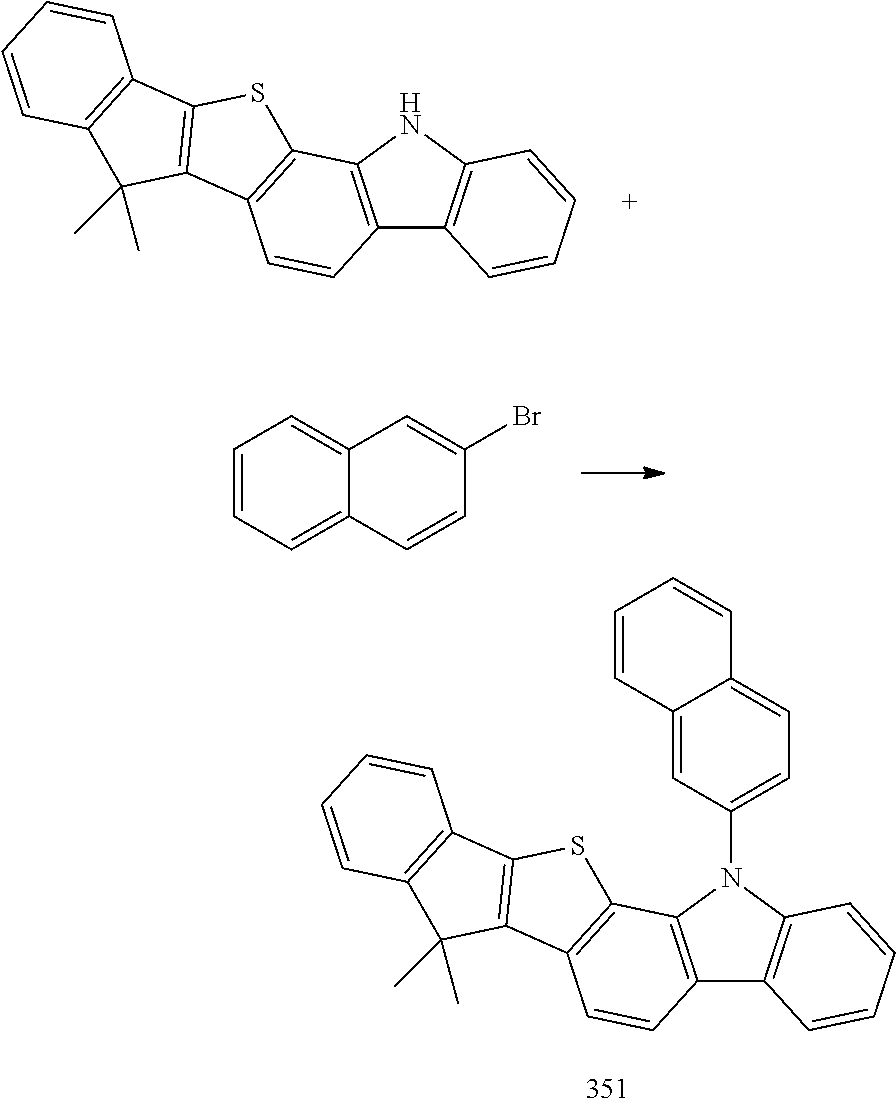
C00277
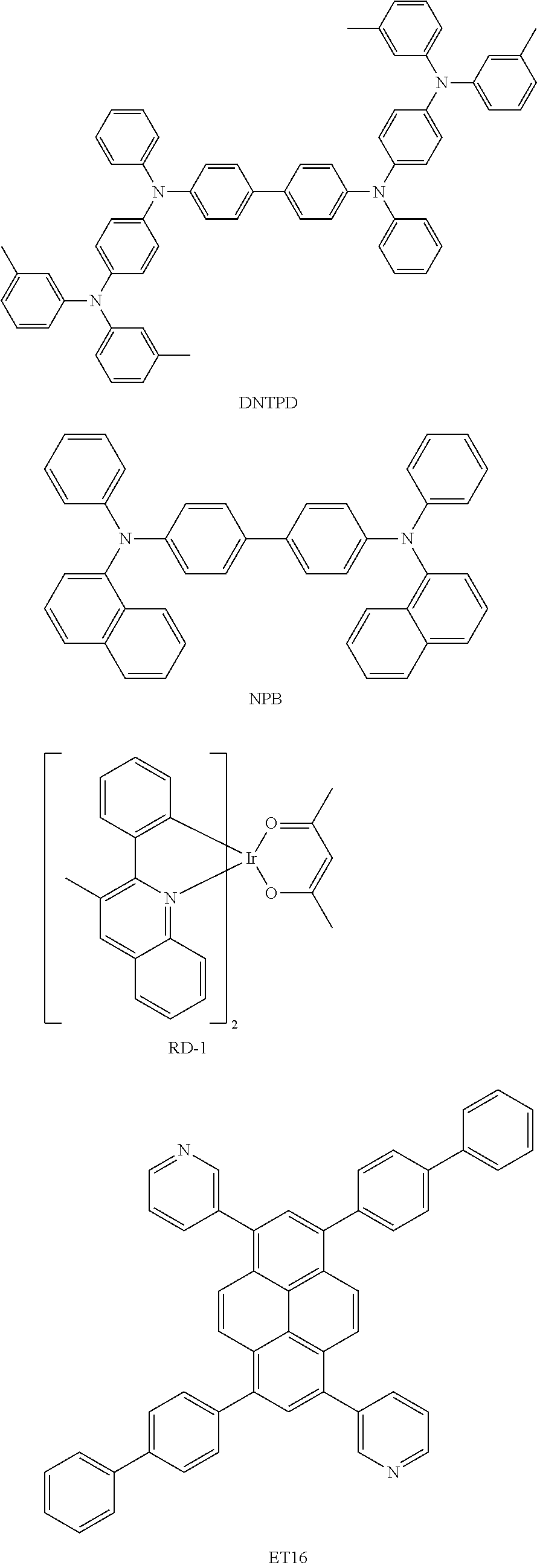
C00278
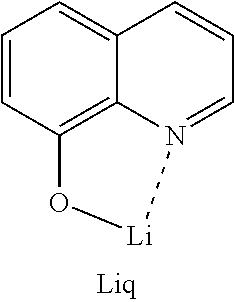
C00279
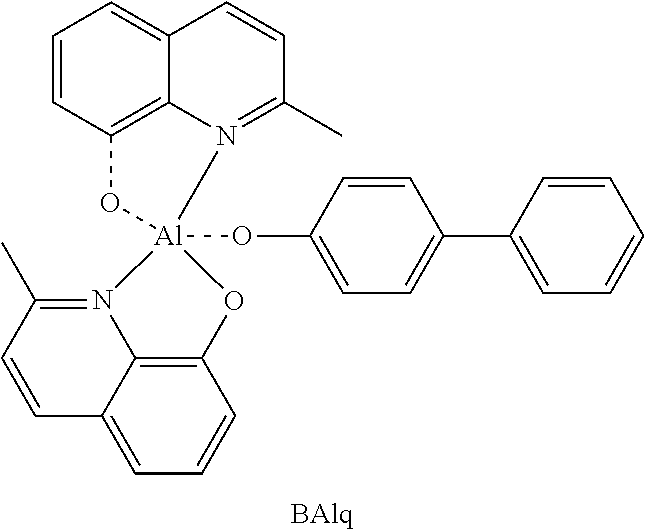
C00280
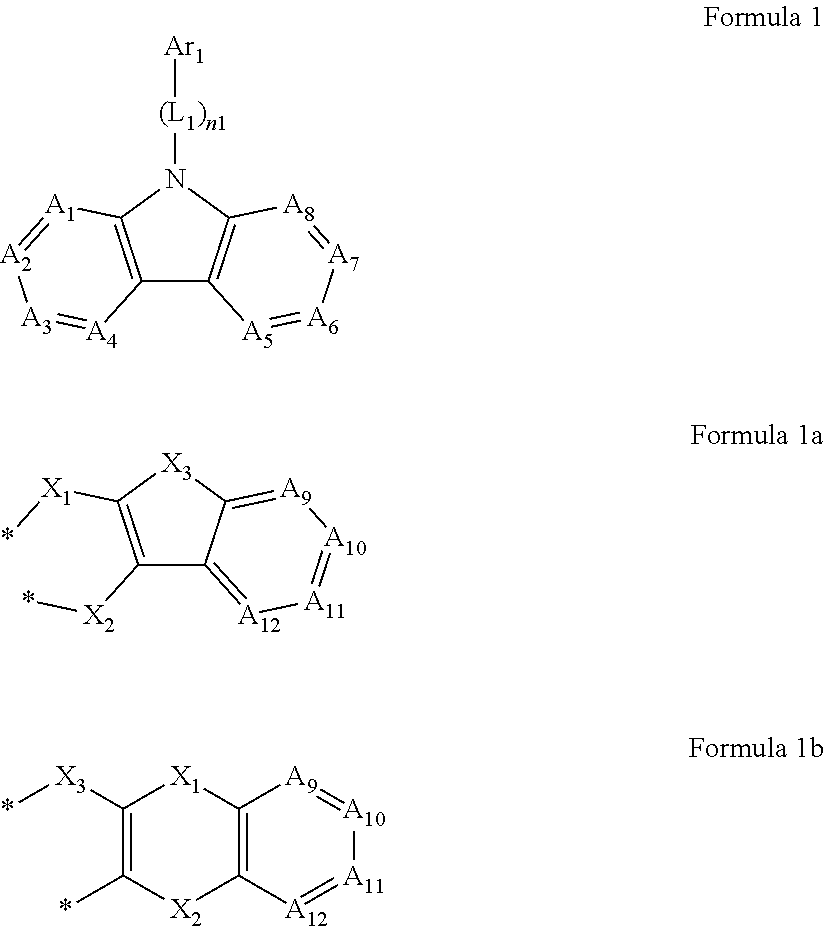
C00281

C00282

C00283

C00284

C00285

C00286

C00287

C00288

C00289

C00290

C00291
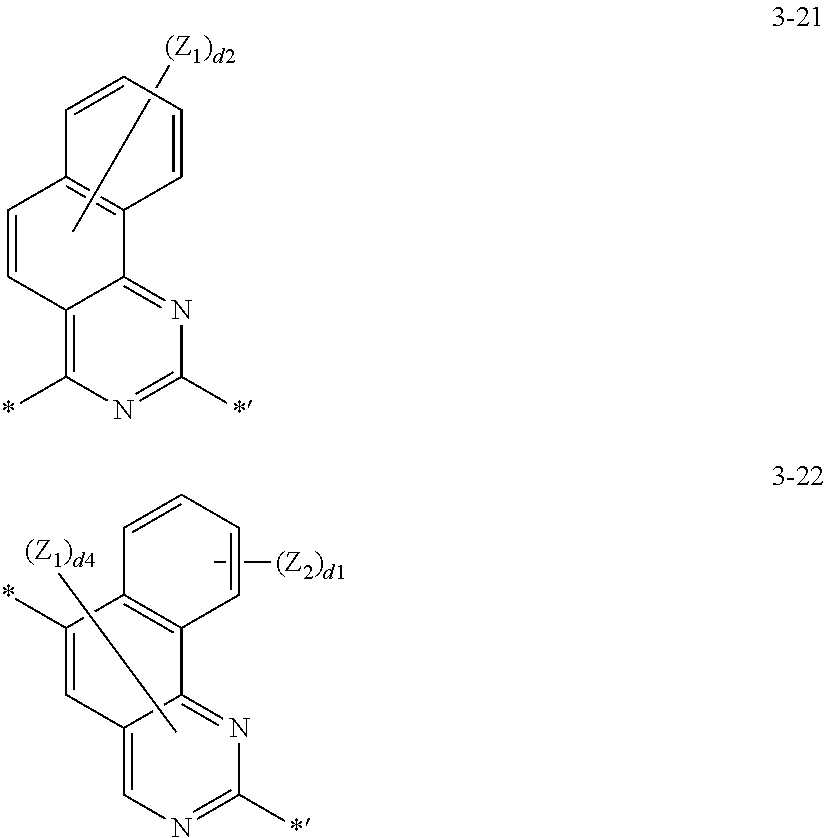
C00292

C00293

C00294
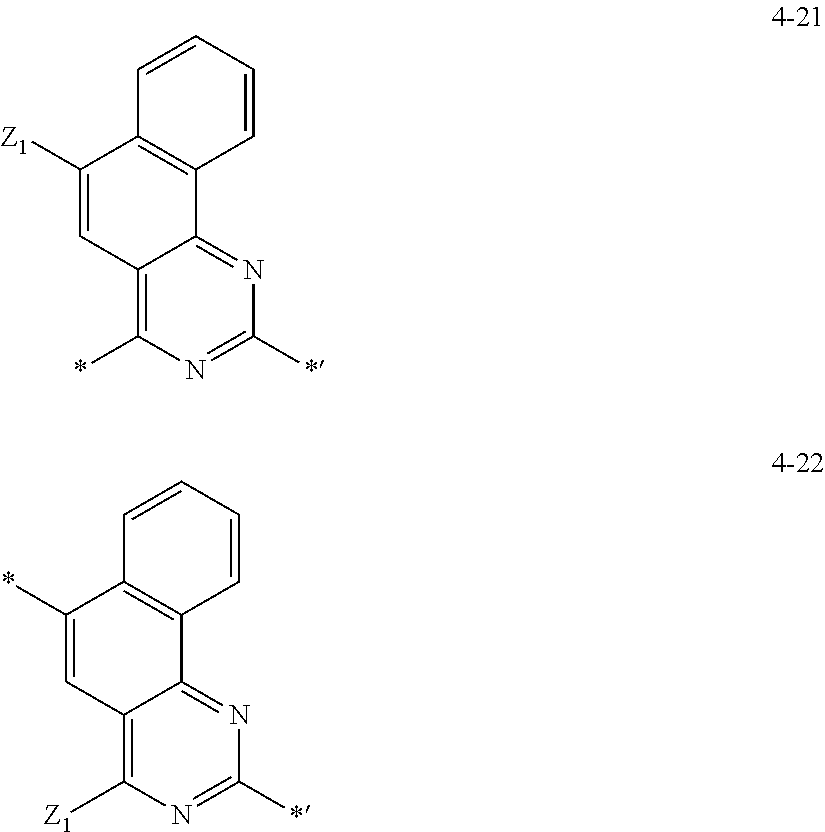
C00295

C00296

C00297

C00298

C00299

C00300

C00301
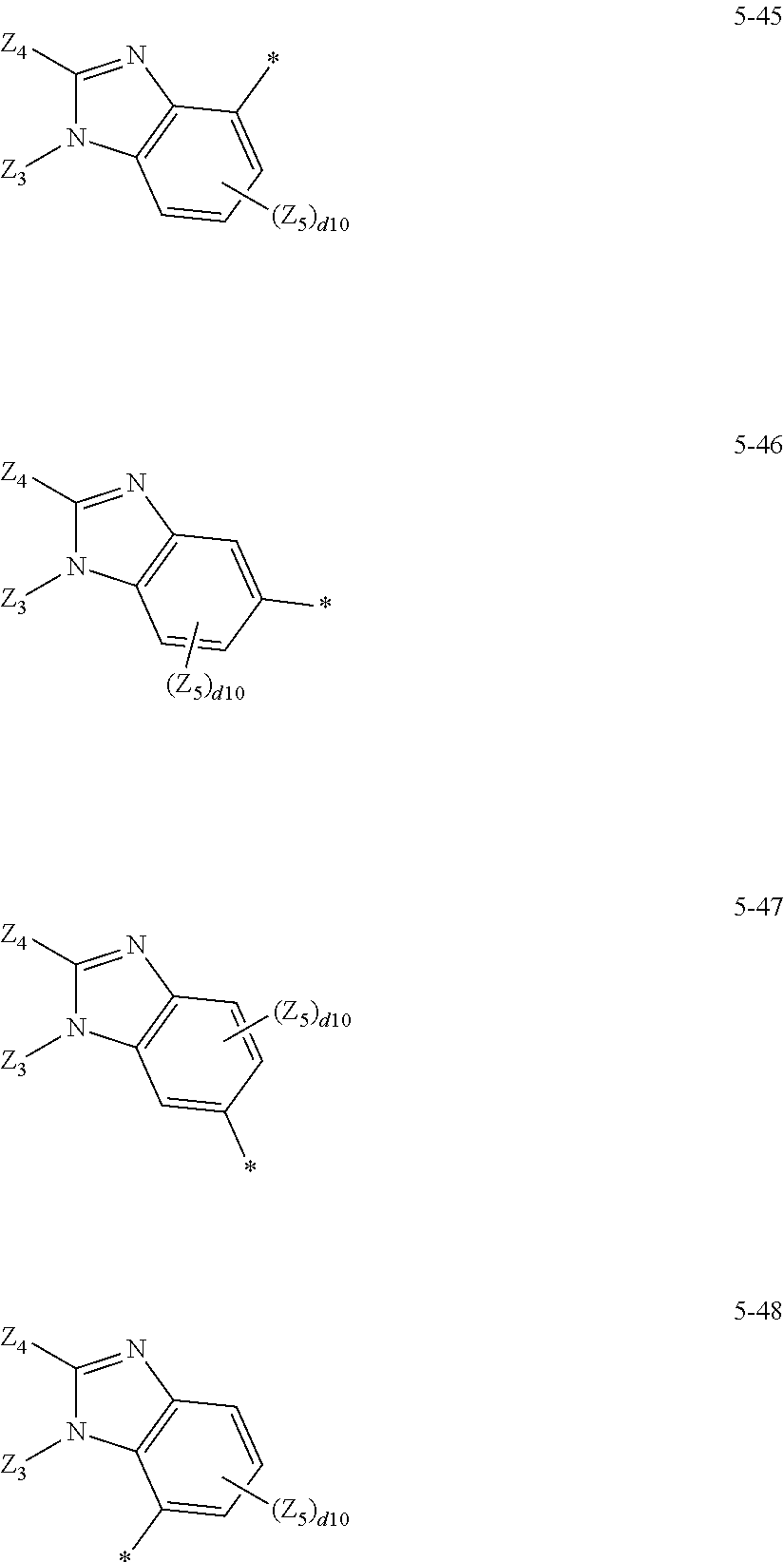
C00302

C00303

C00304
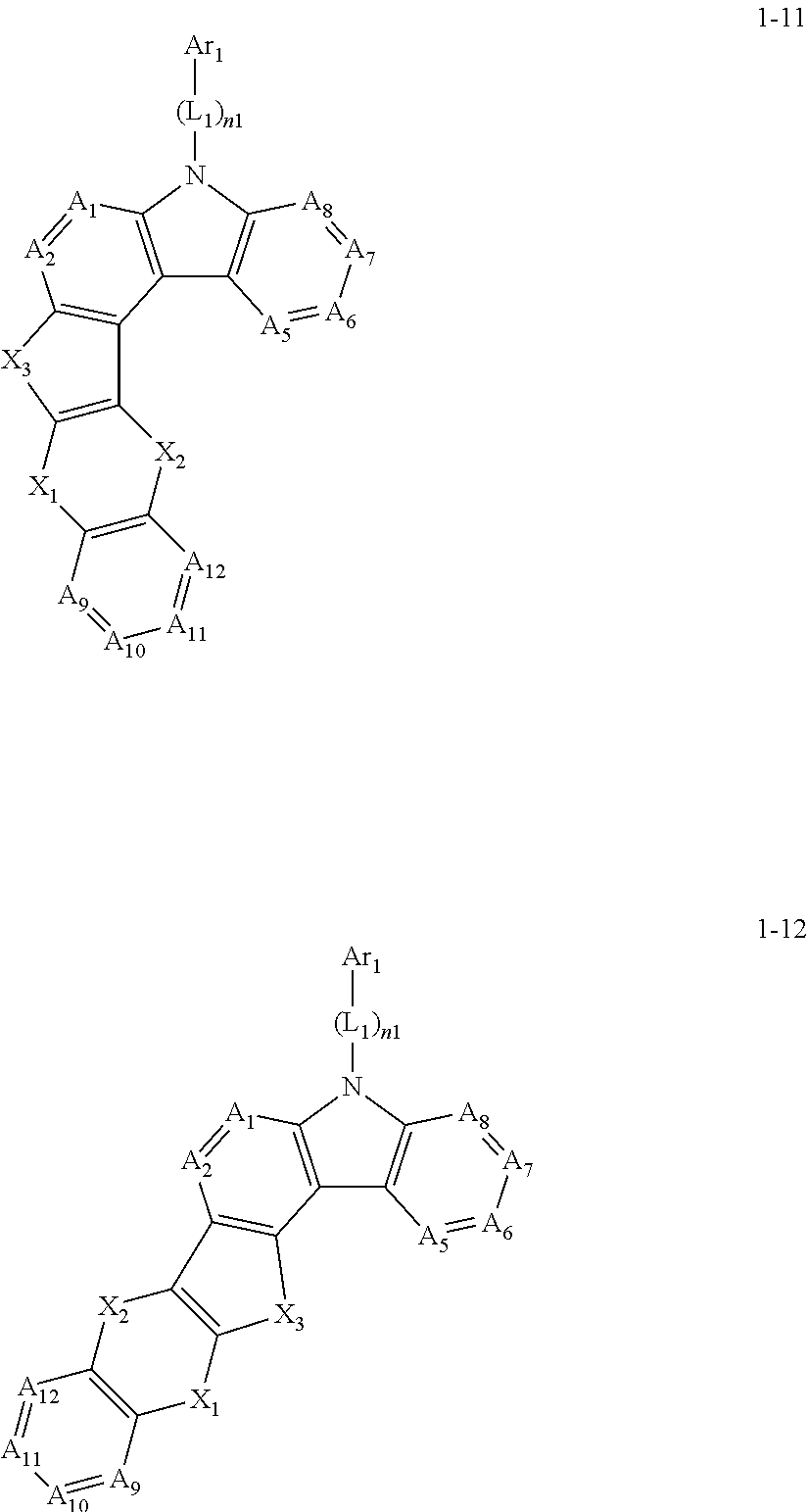
C00305

C00306

C00307
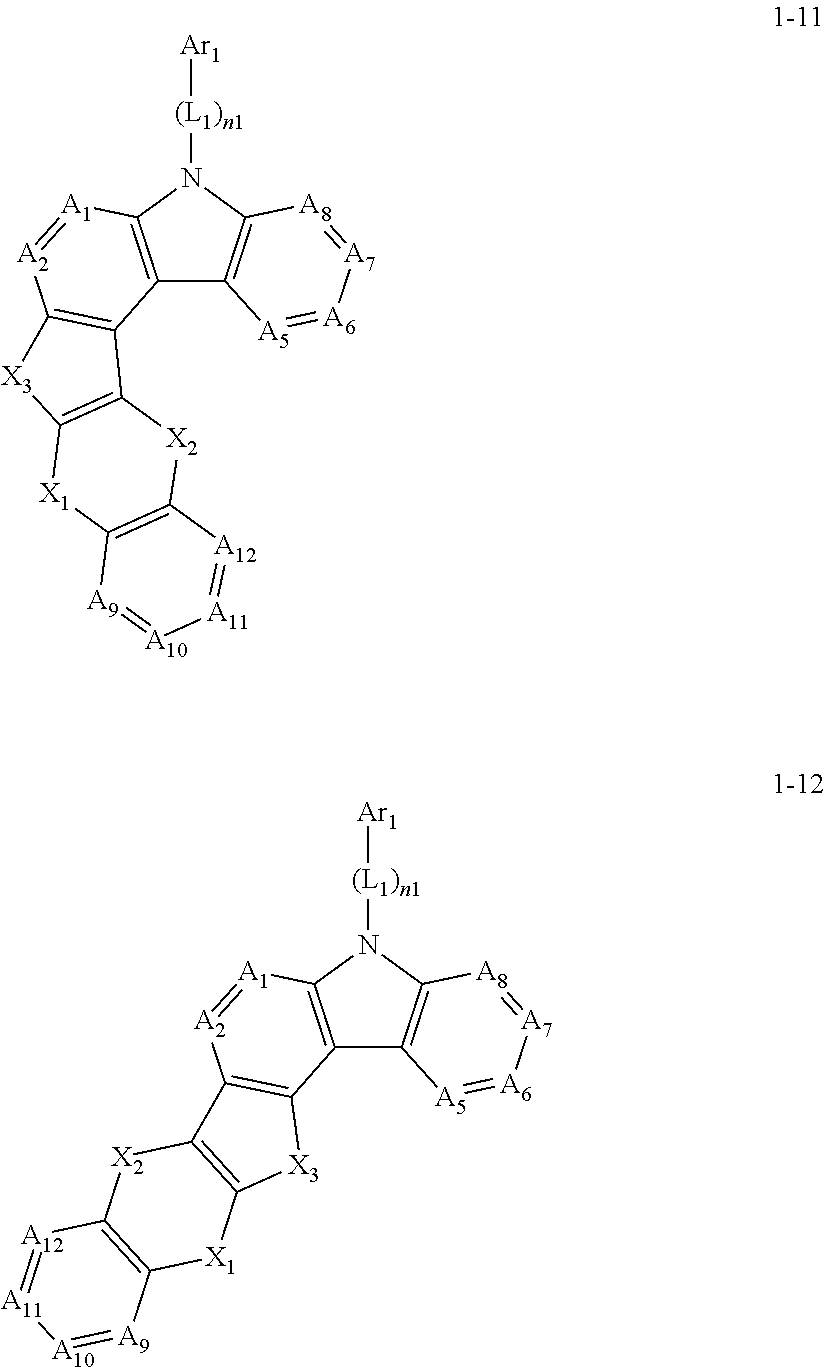
C00308
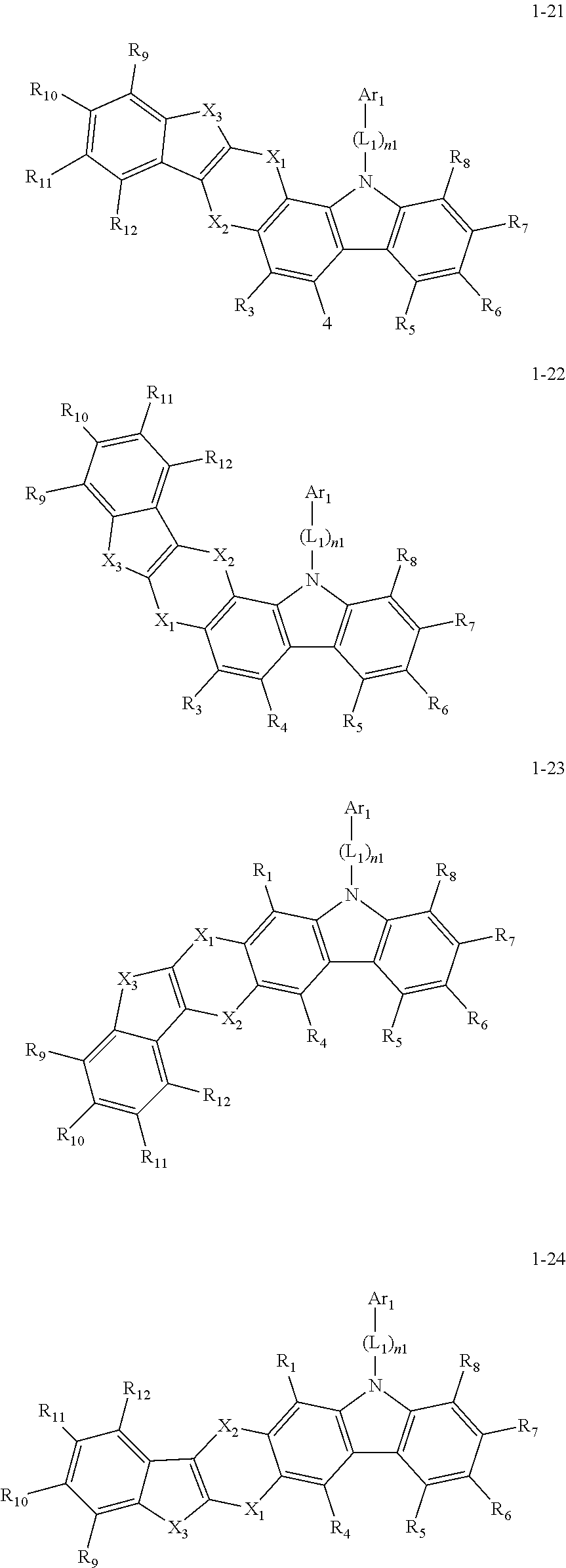
C00309

C00310

C00311

C00312

C00313
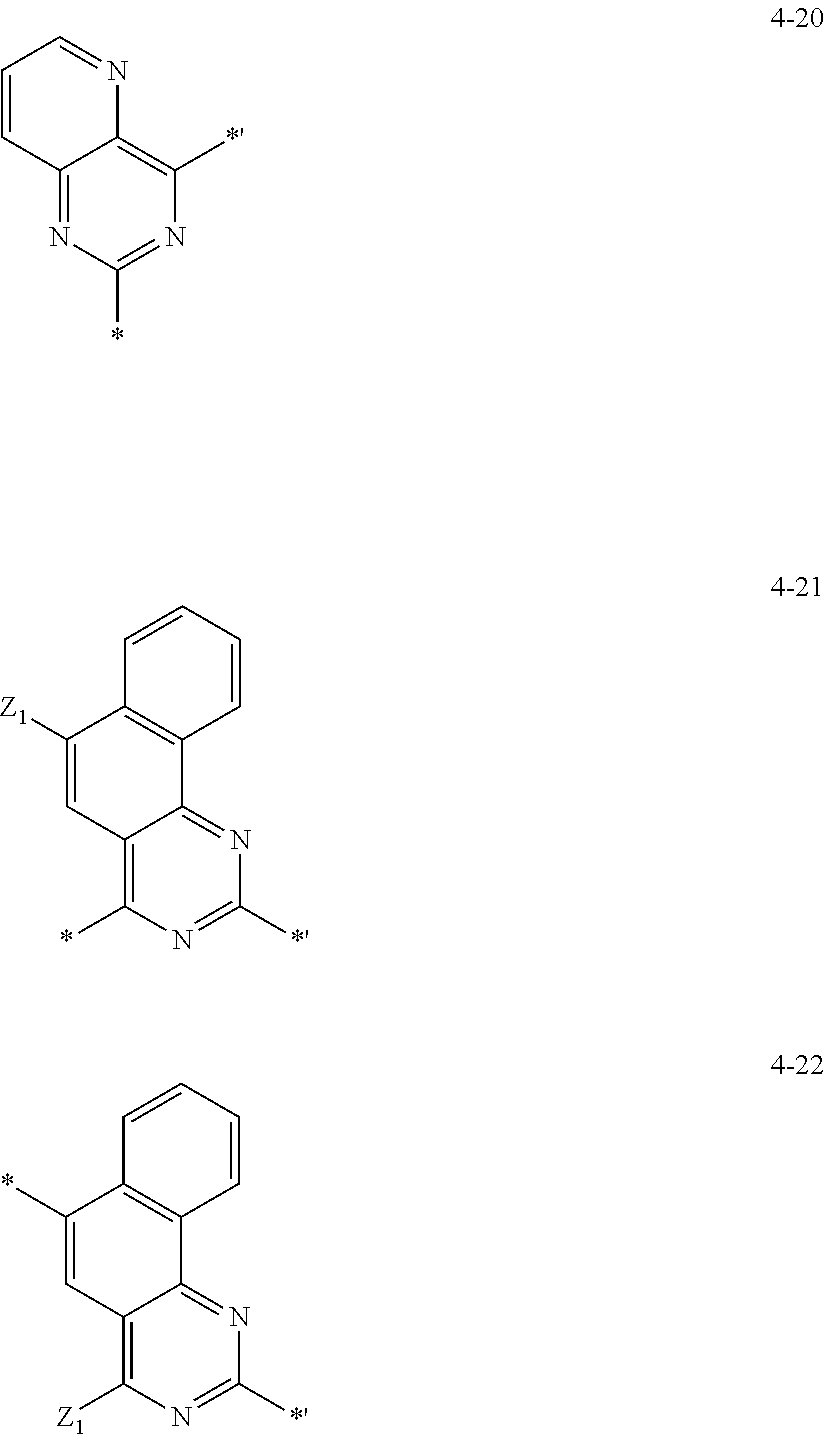
C00314

C00315

C00316
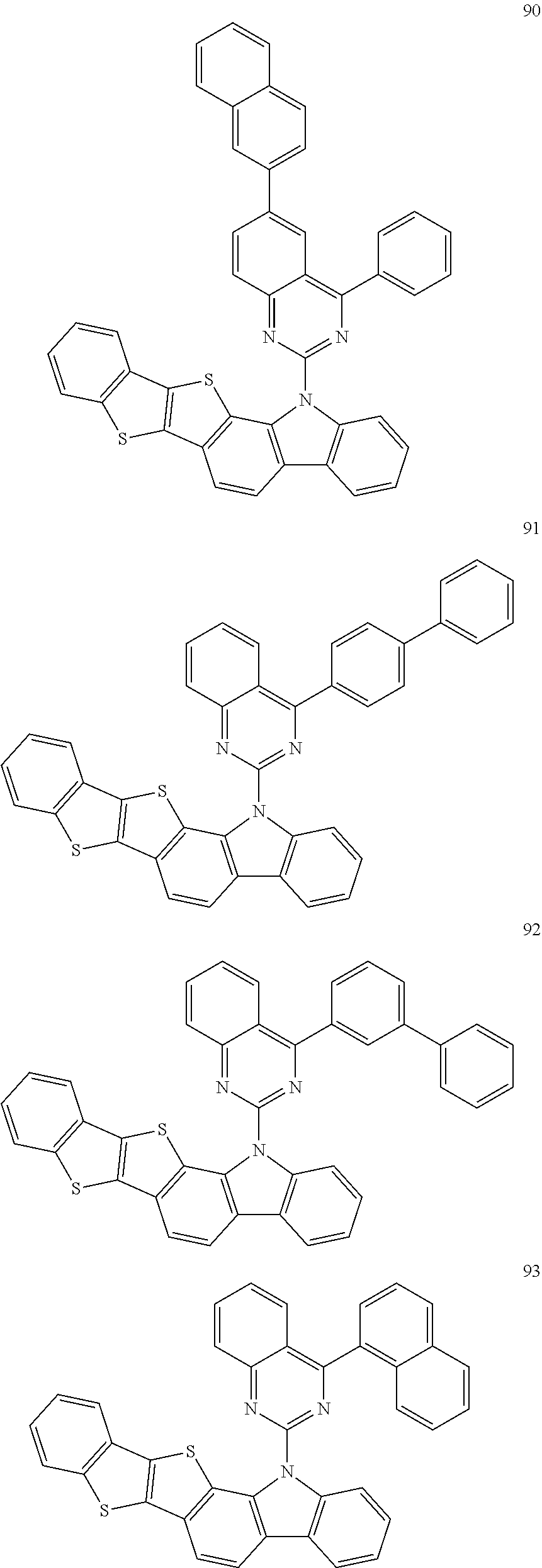
C00317

C00318

C00319

C00320

C00321

C00322

C00323

C00324
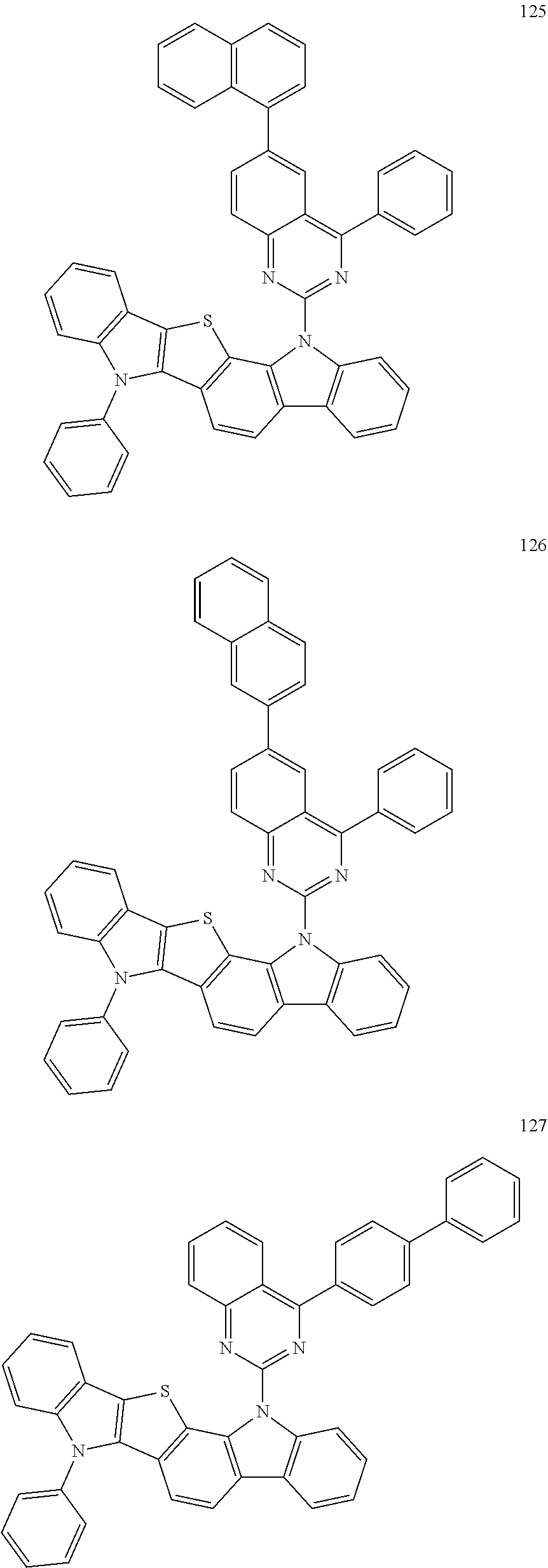
C00325
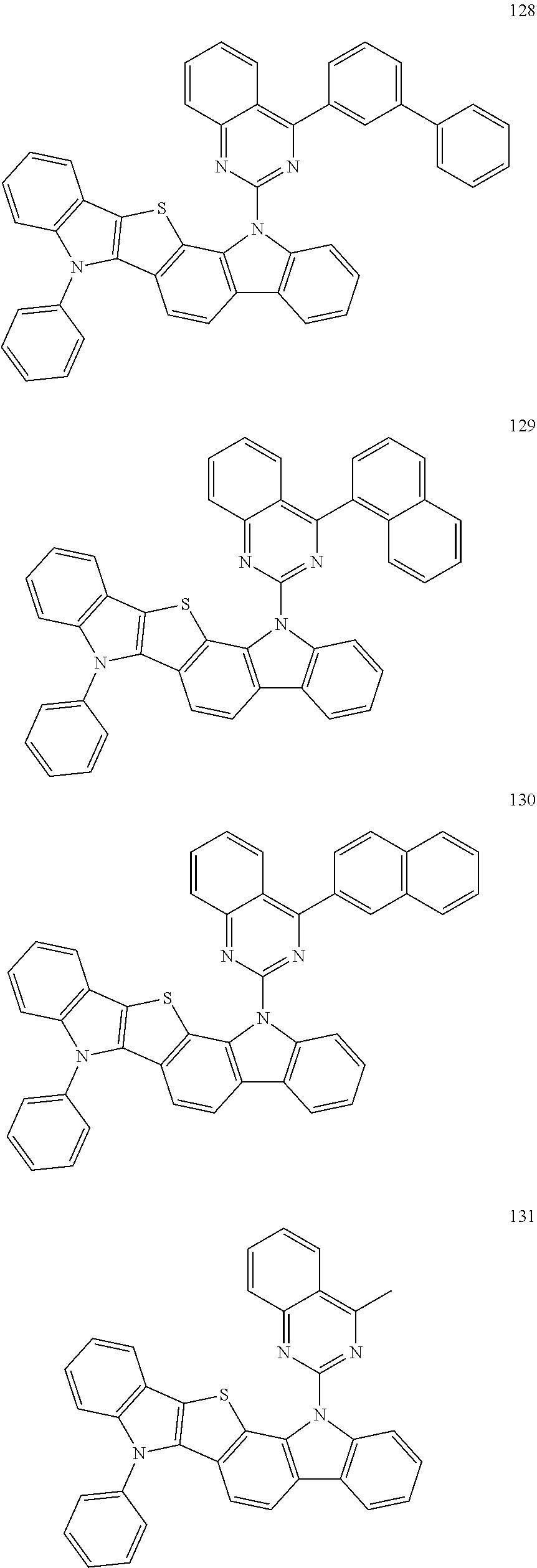
C00326

C00327

C00328

C00329

C00330
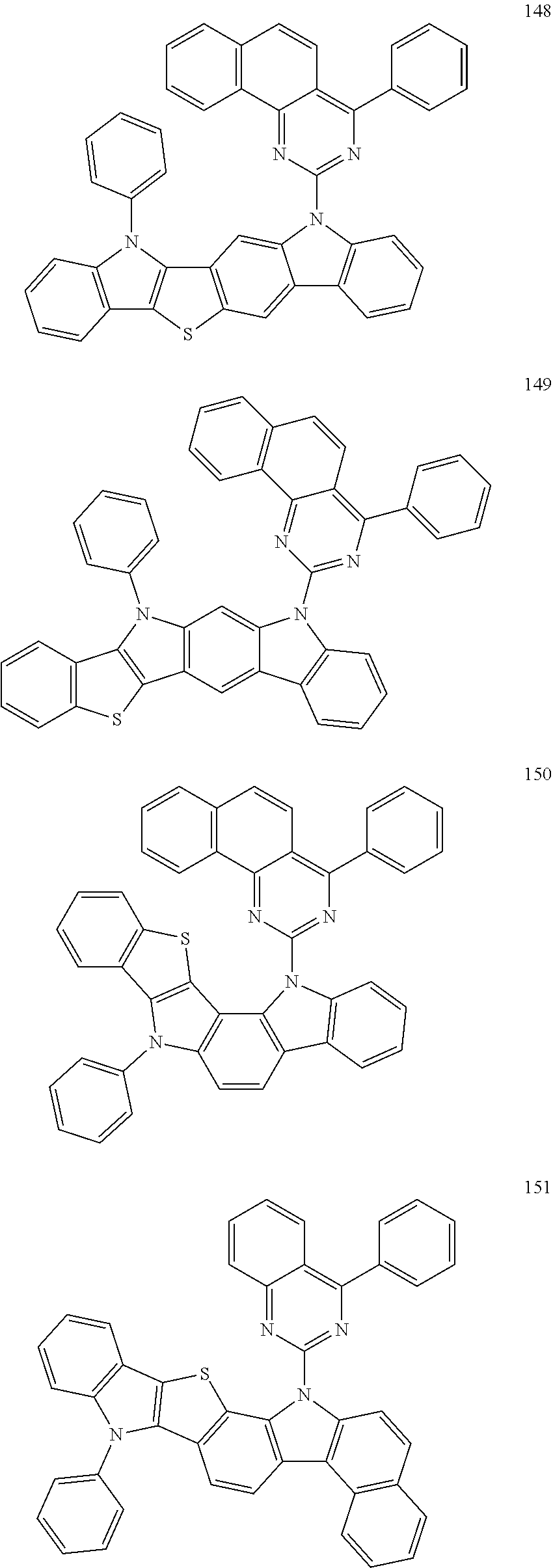
C00331

C00332

C00333

C00334

C00335
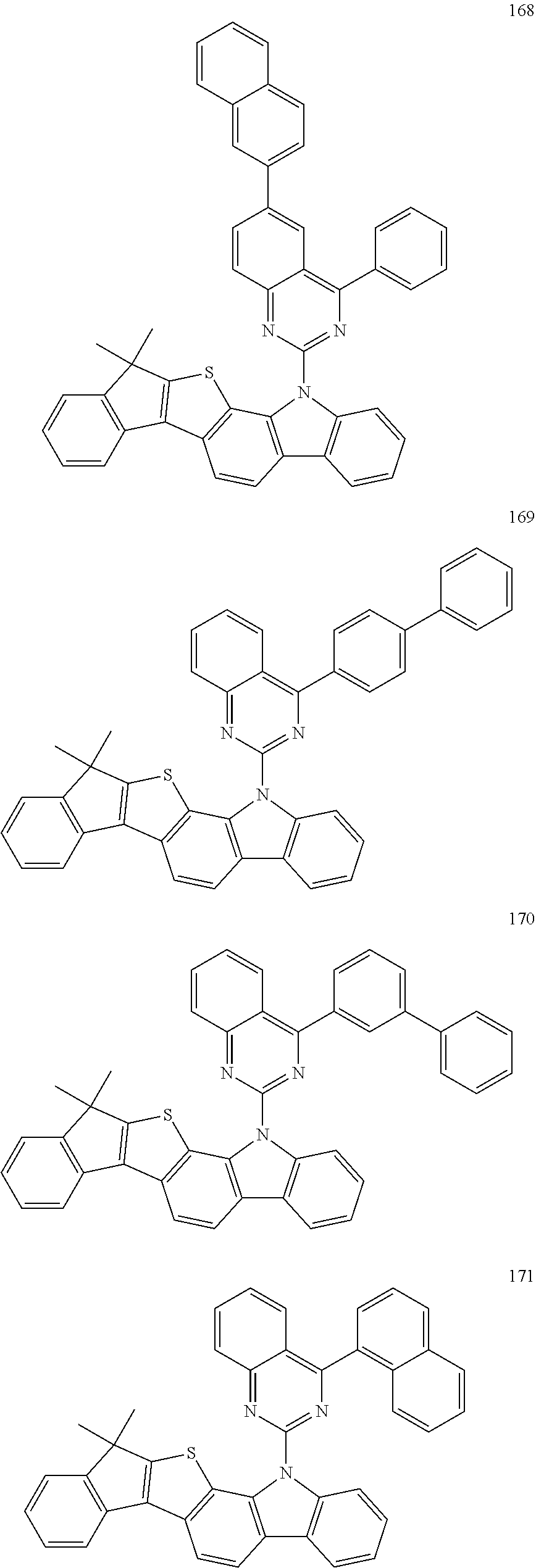
C00336
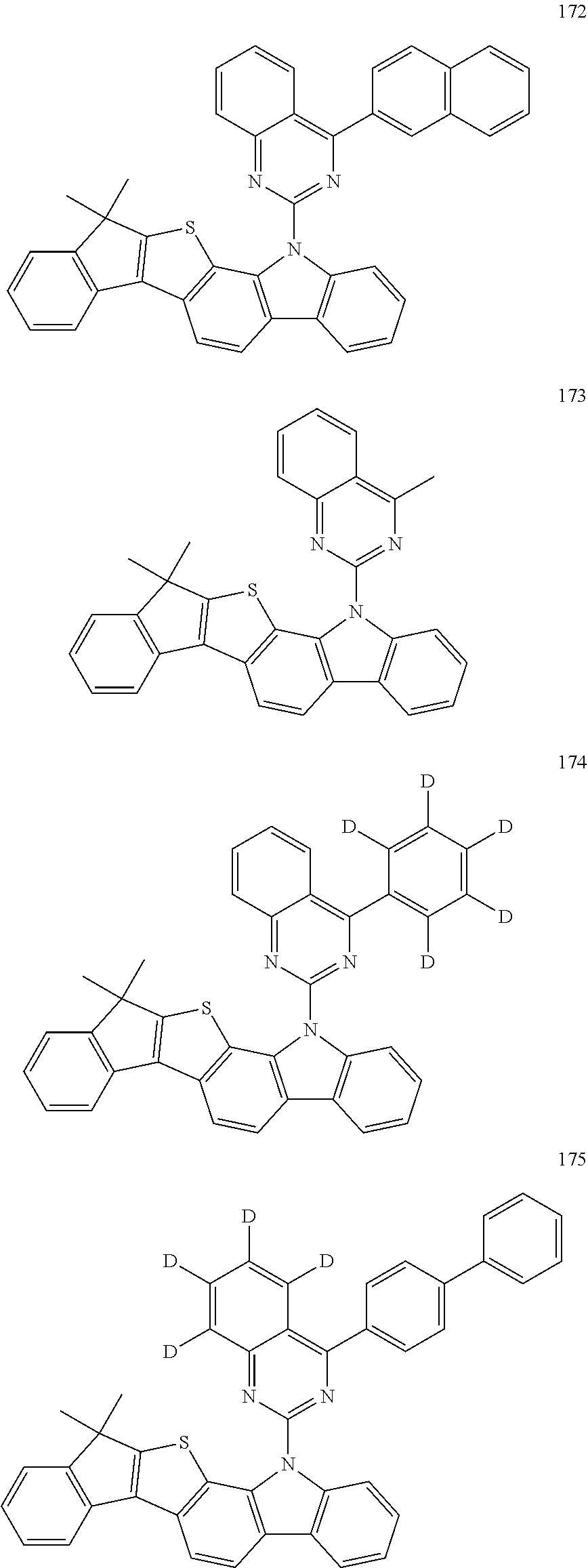
C00337
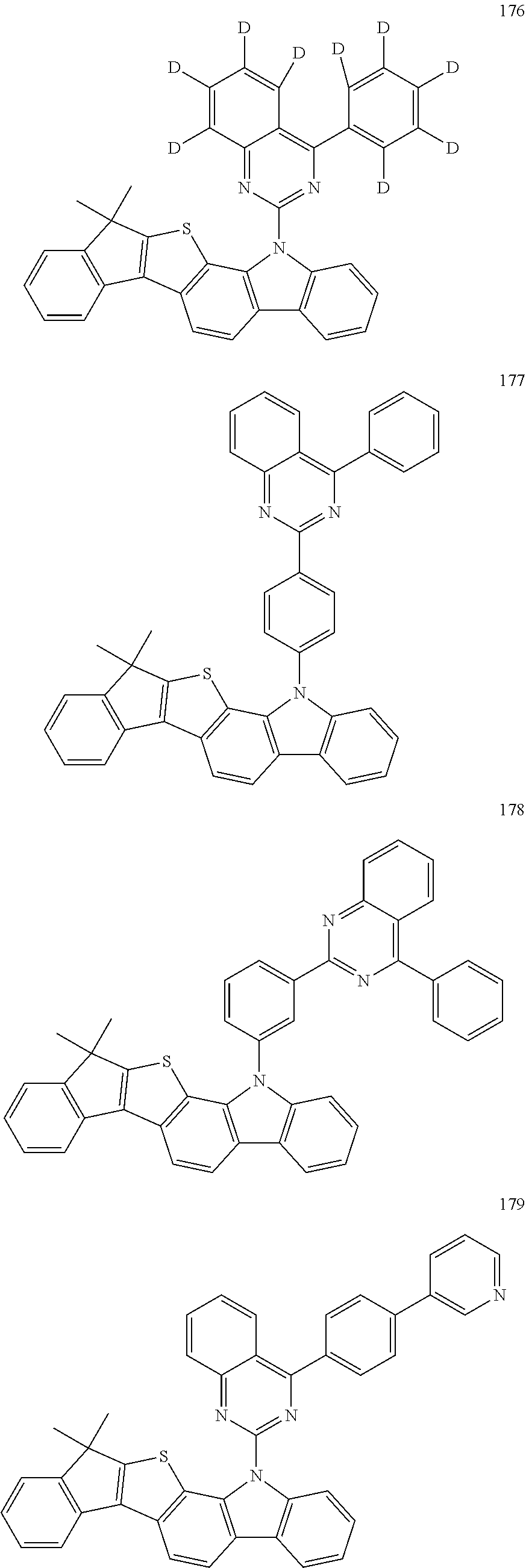
C00338
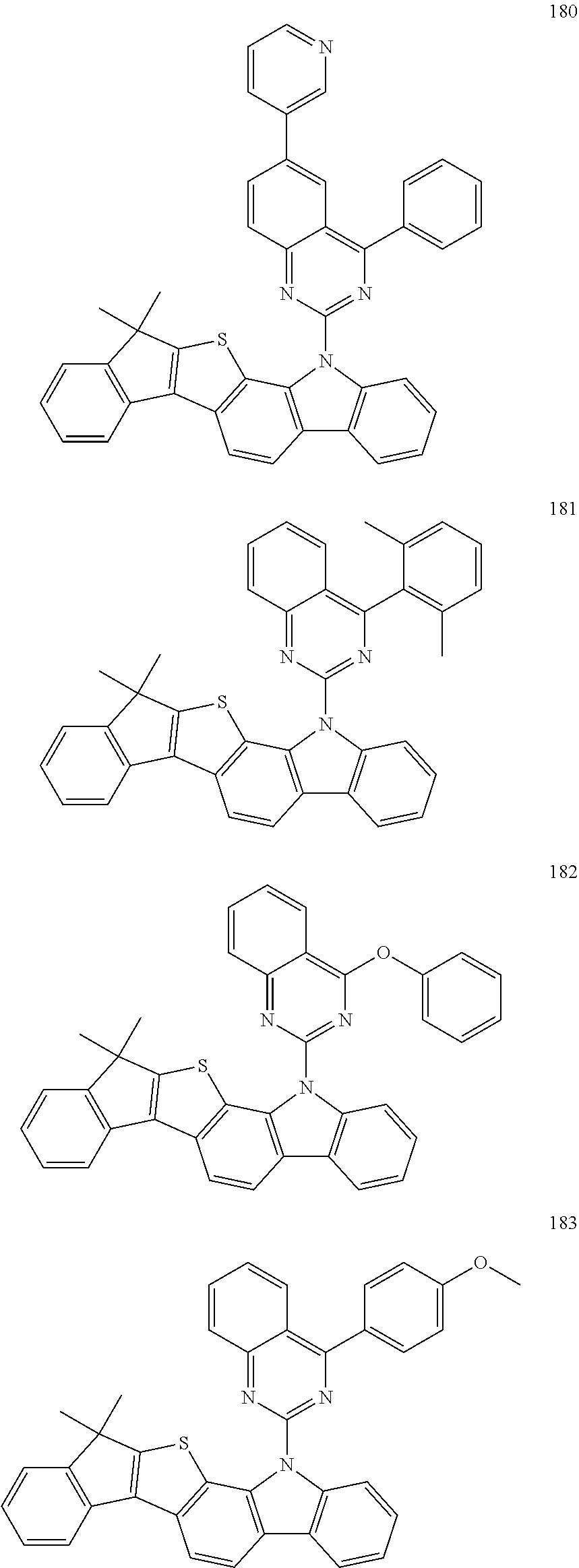
C00339

C00340

C00341

C00342
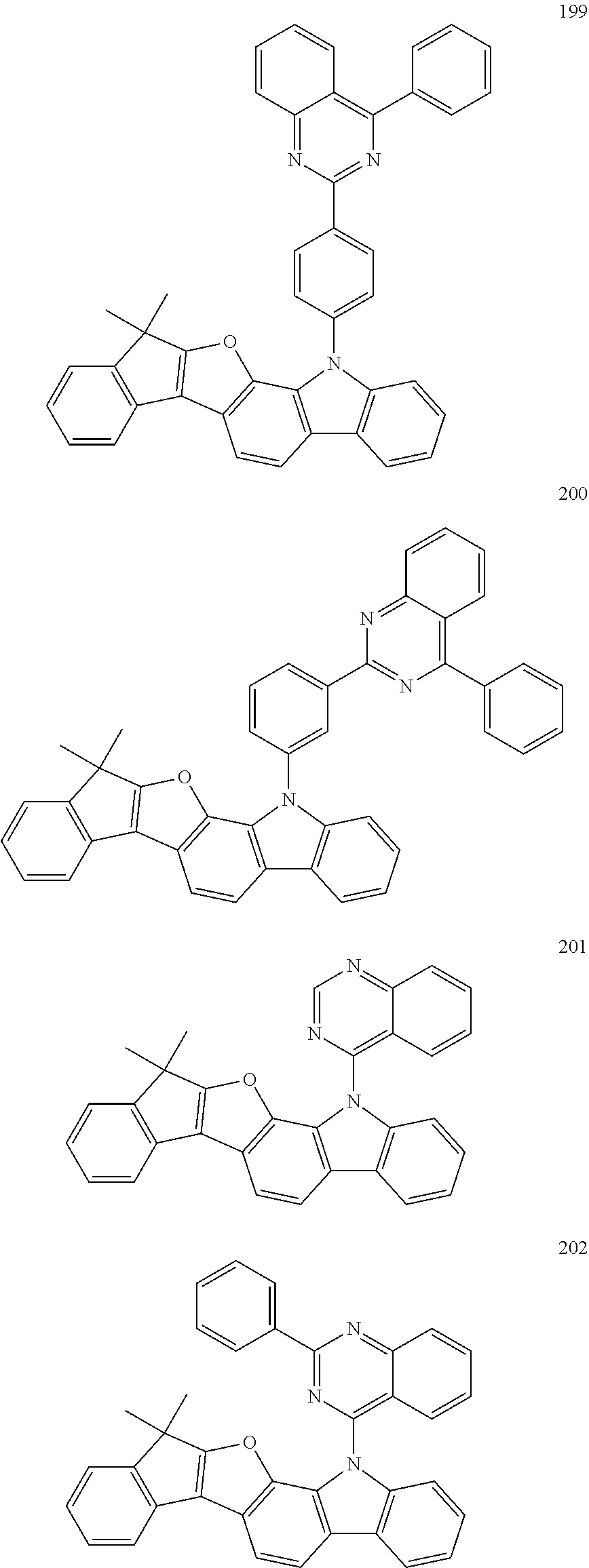
C00343

C00344

C00345

C00346
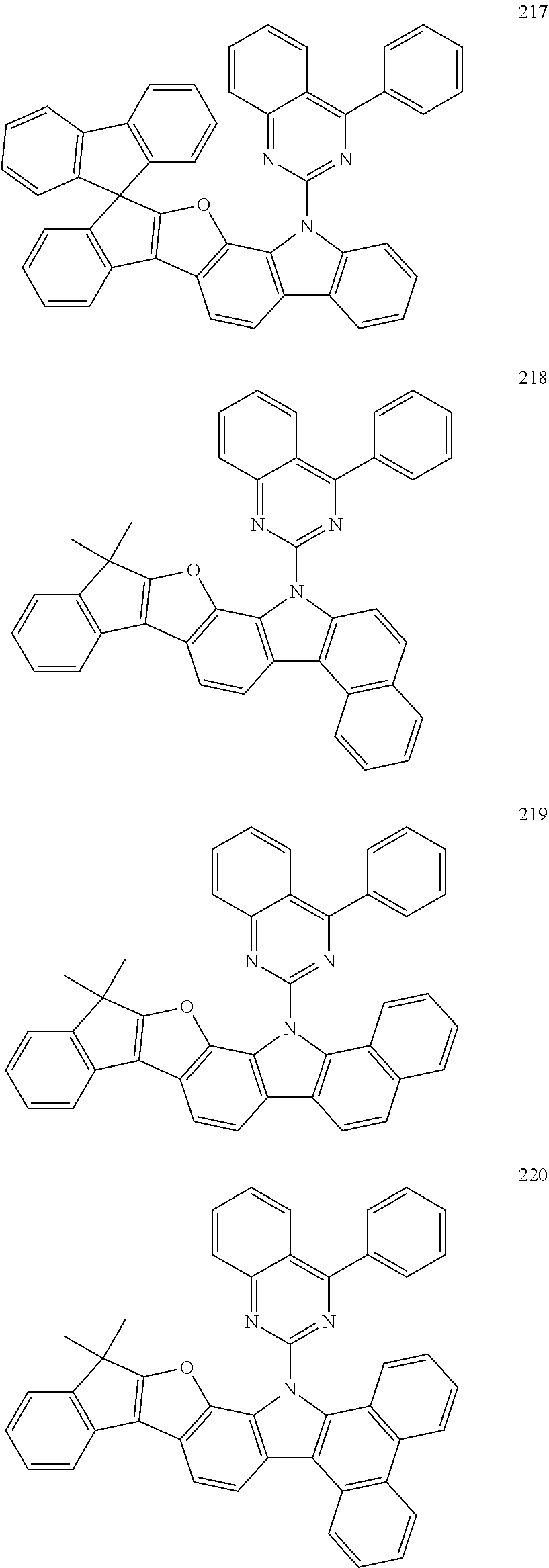
C00347
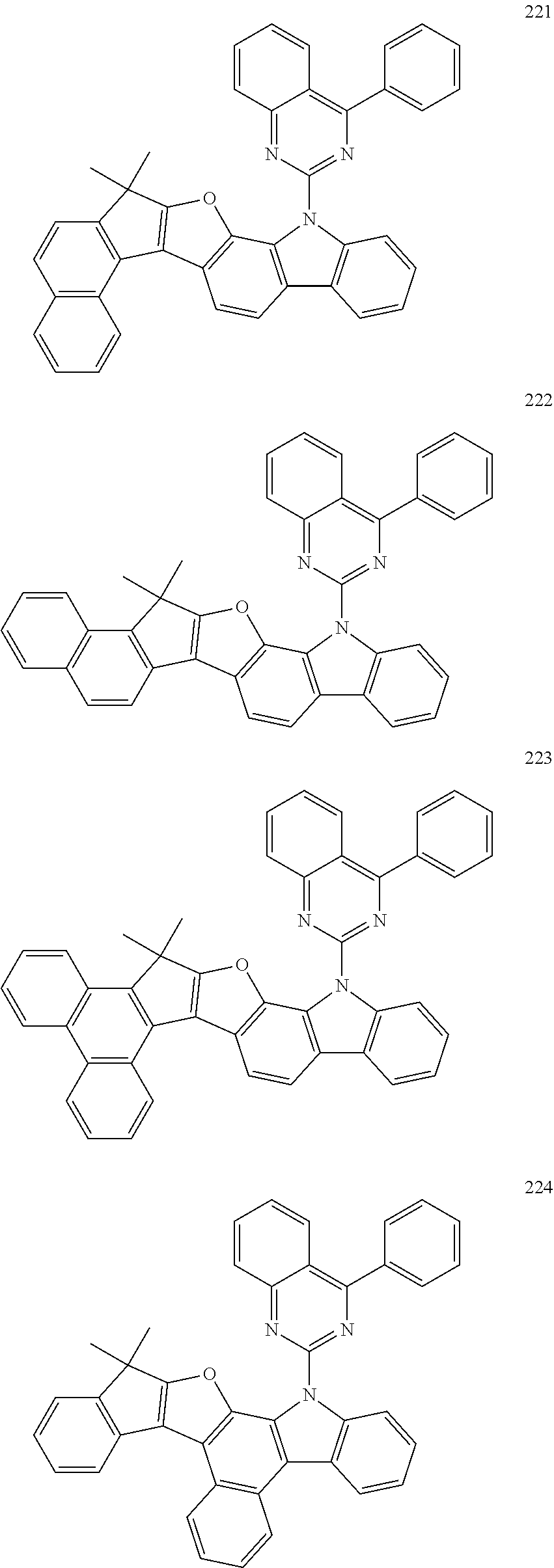
C00348

C00349
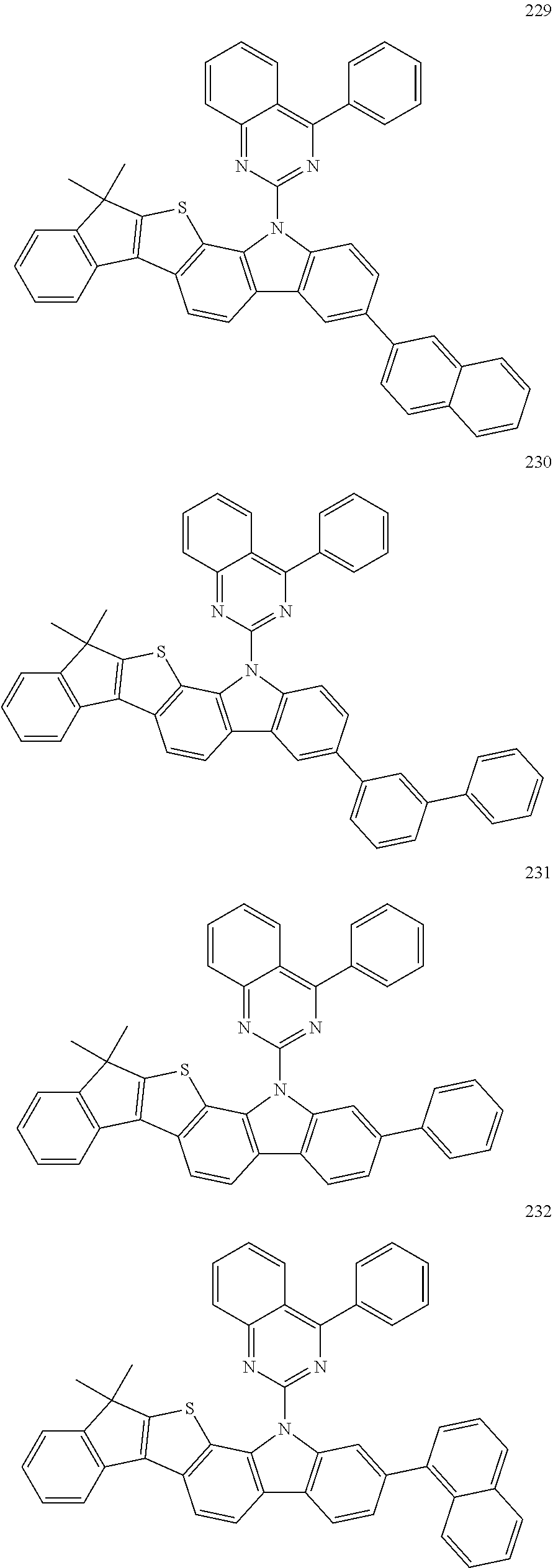
C00350

C00351

C00352

C00353

C00354
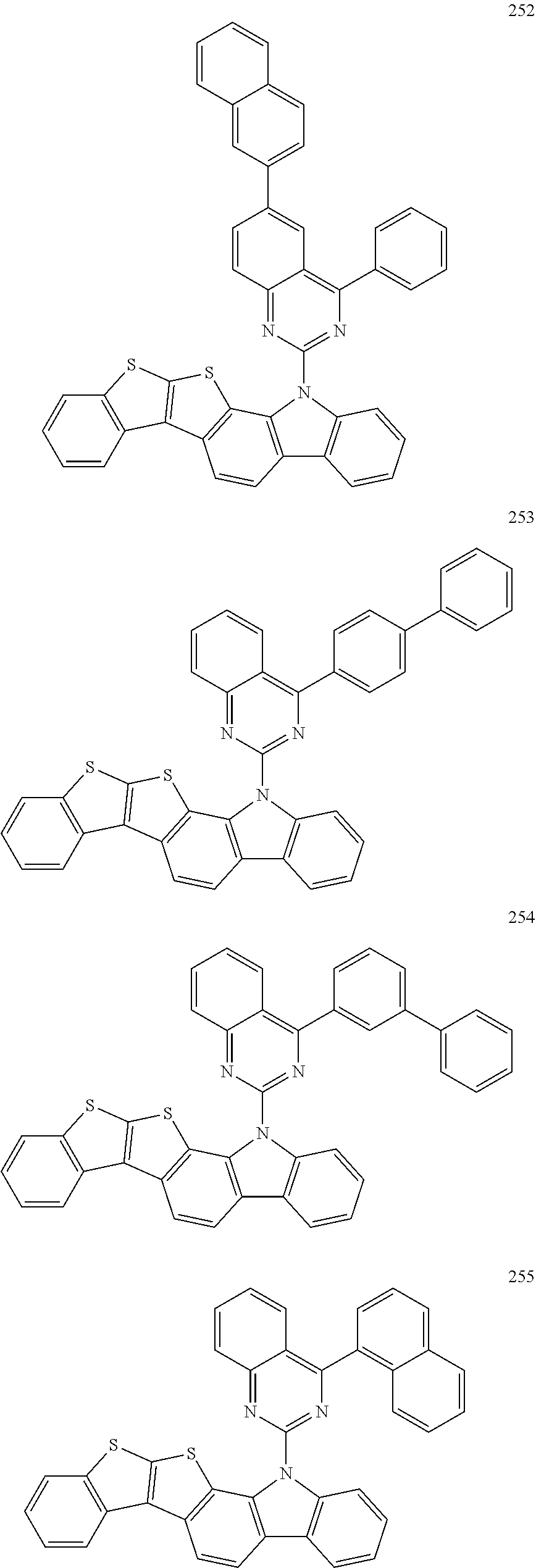
C00355
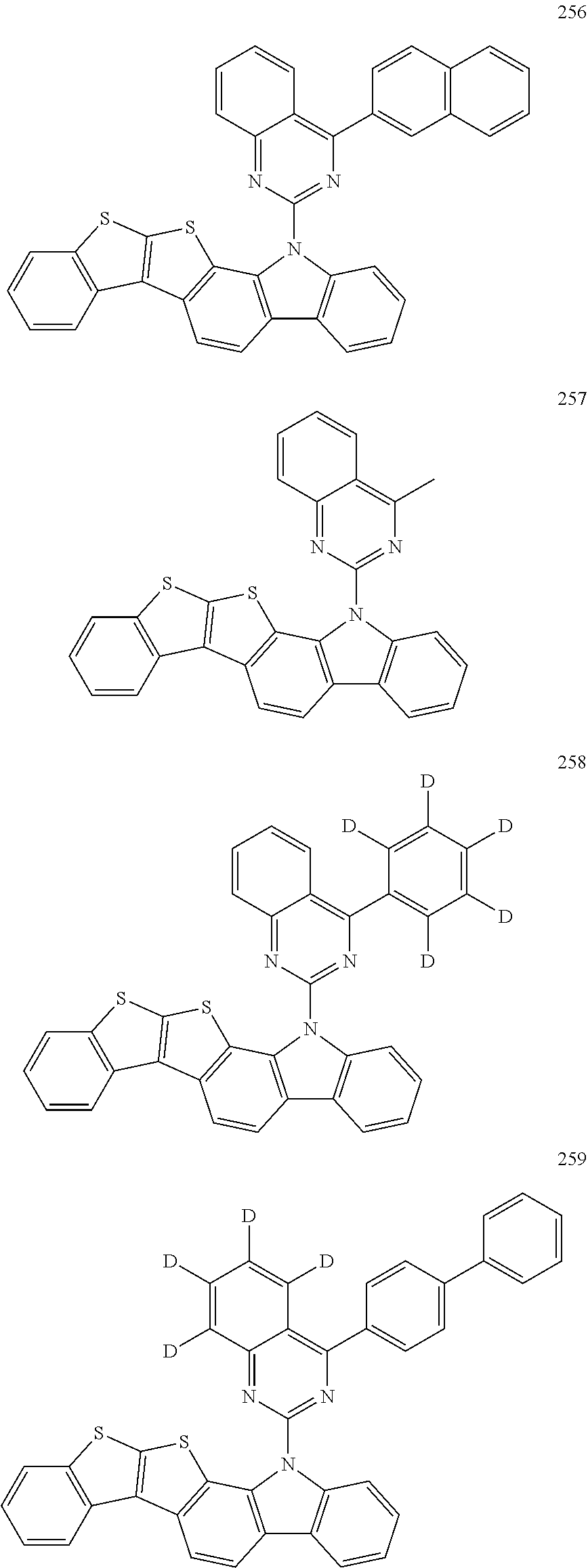
C00356
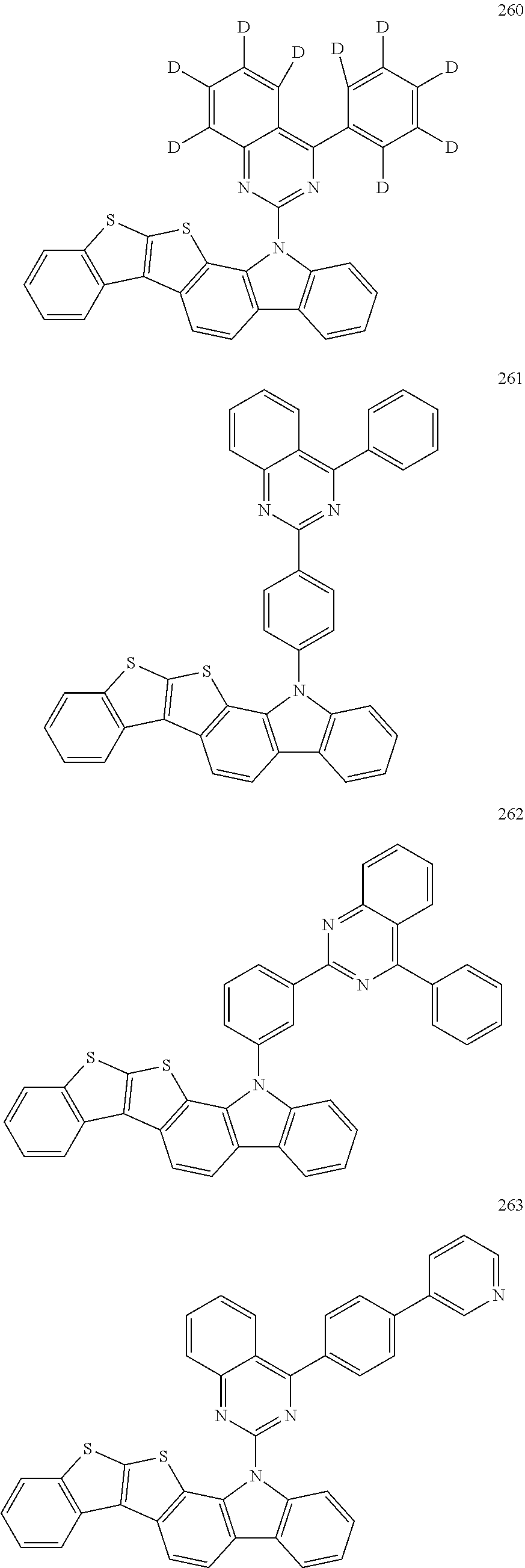
C00357
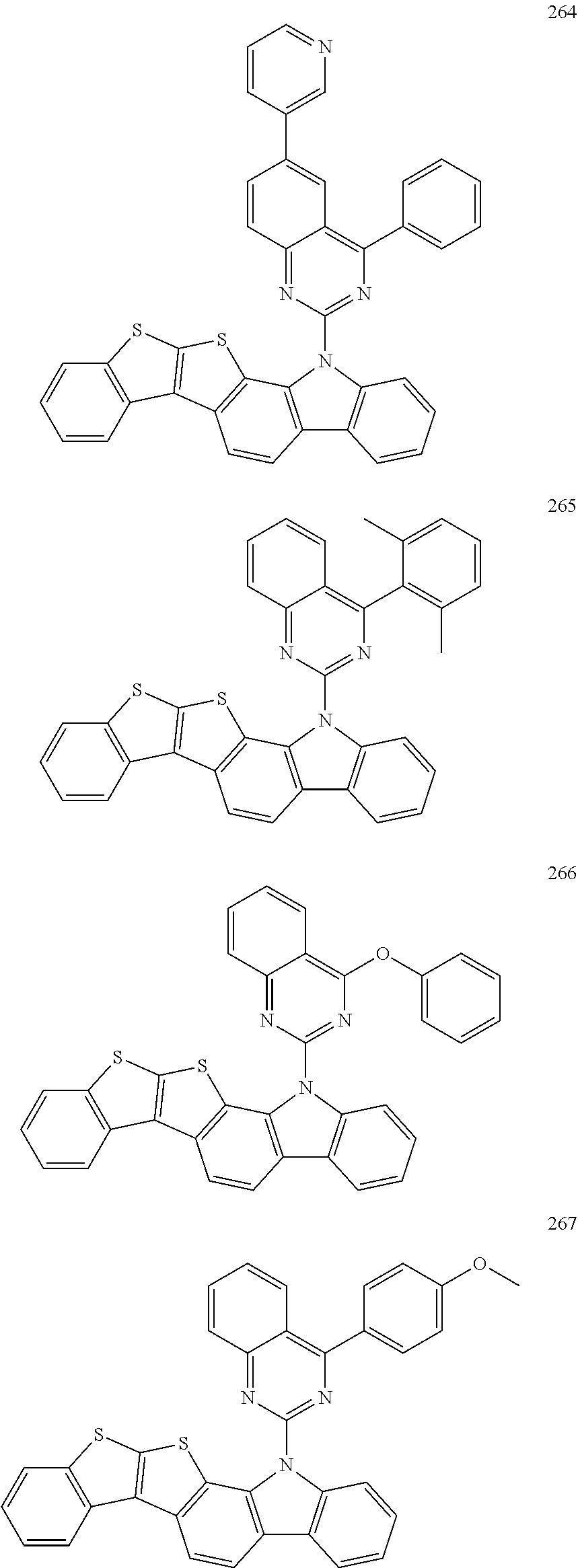
C00358

C00359

C00360
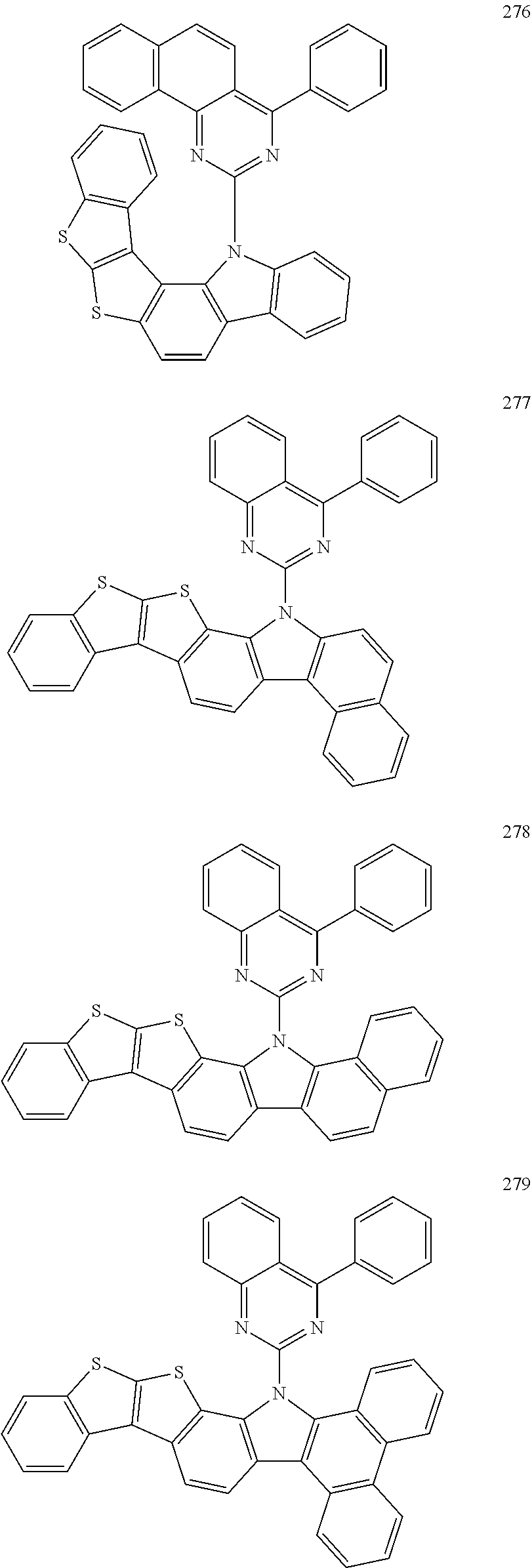
C00361
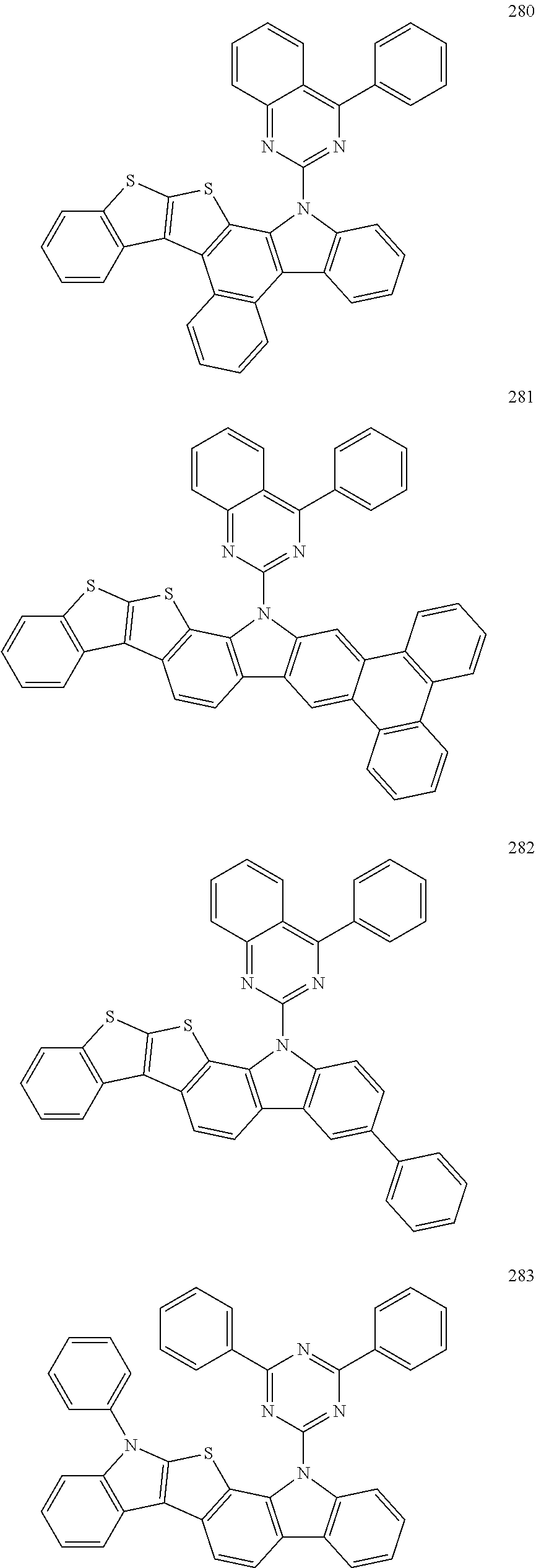
C00362

C00363
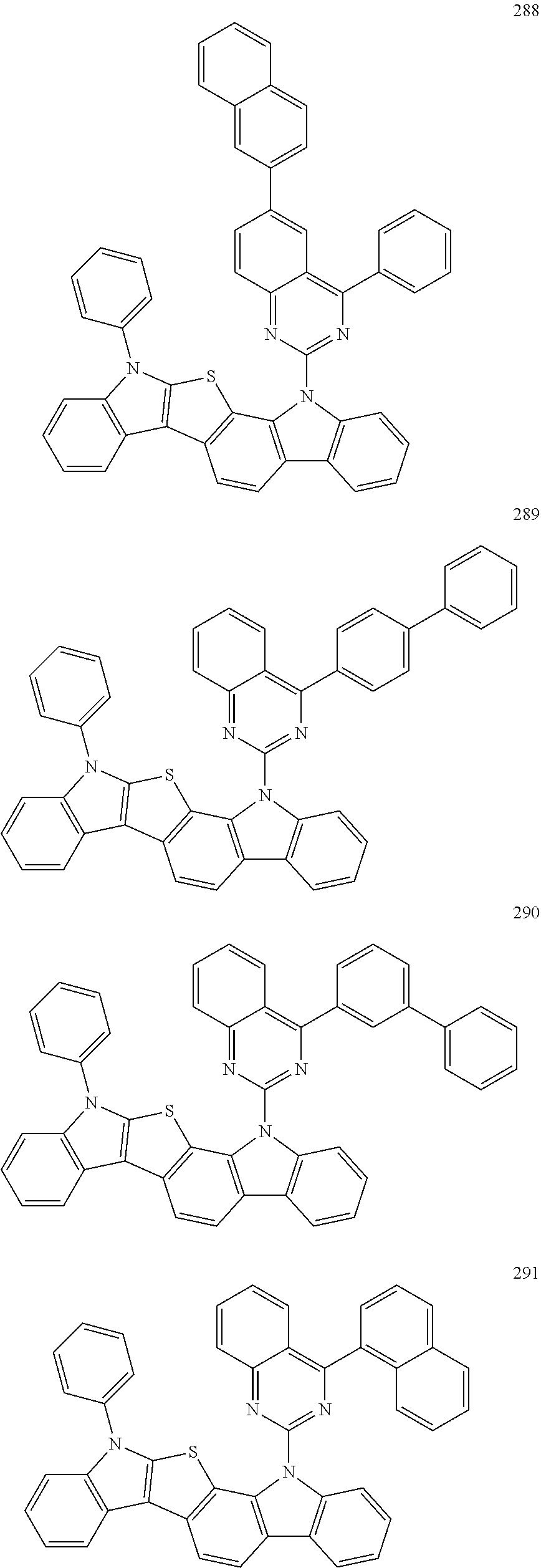
C00364
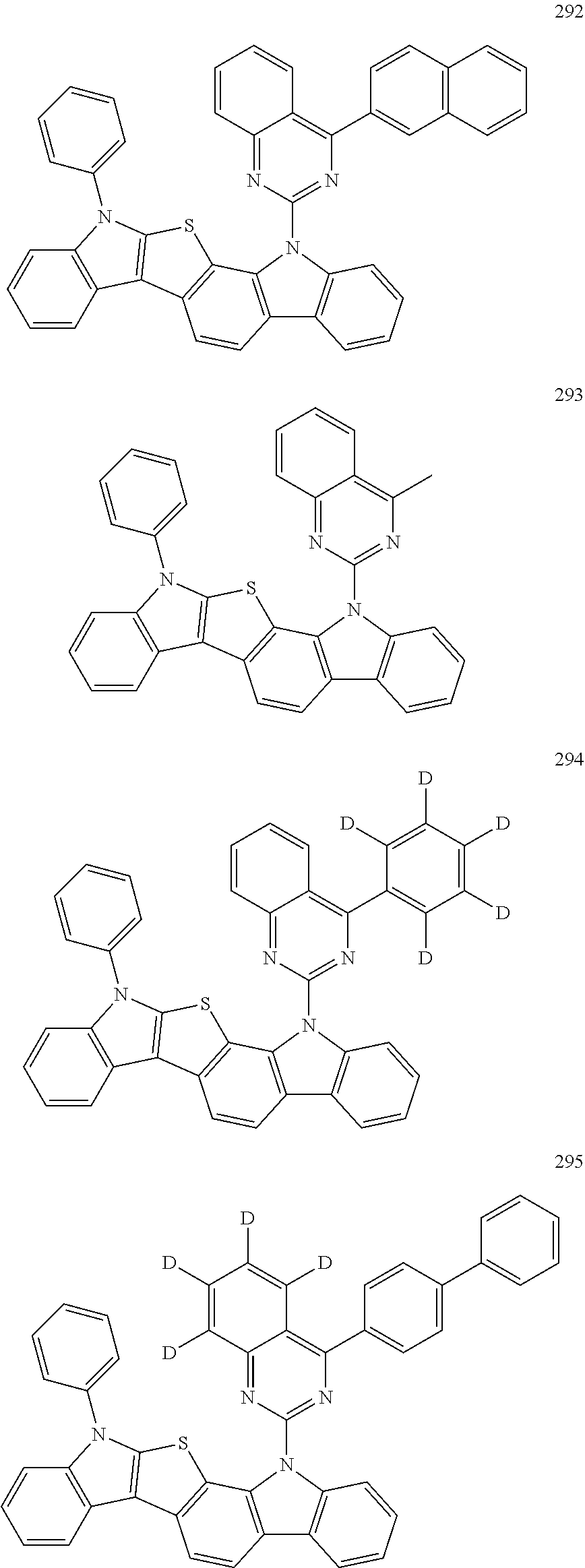
C00365
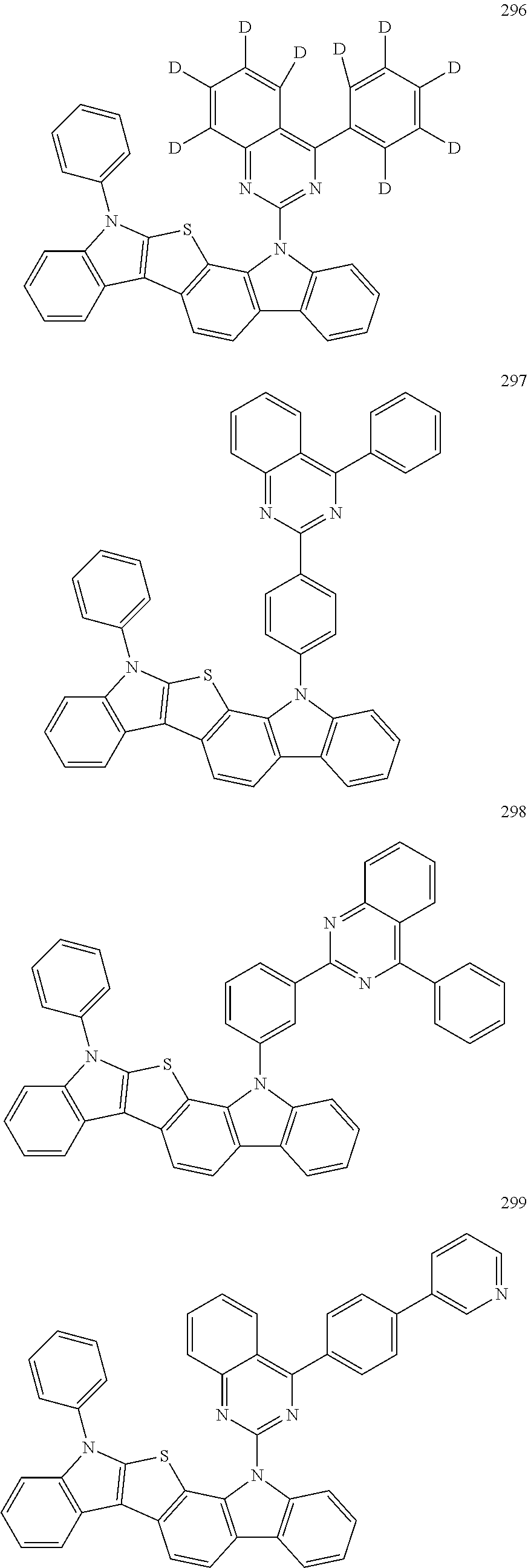
C00366
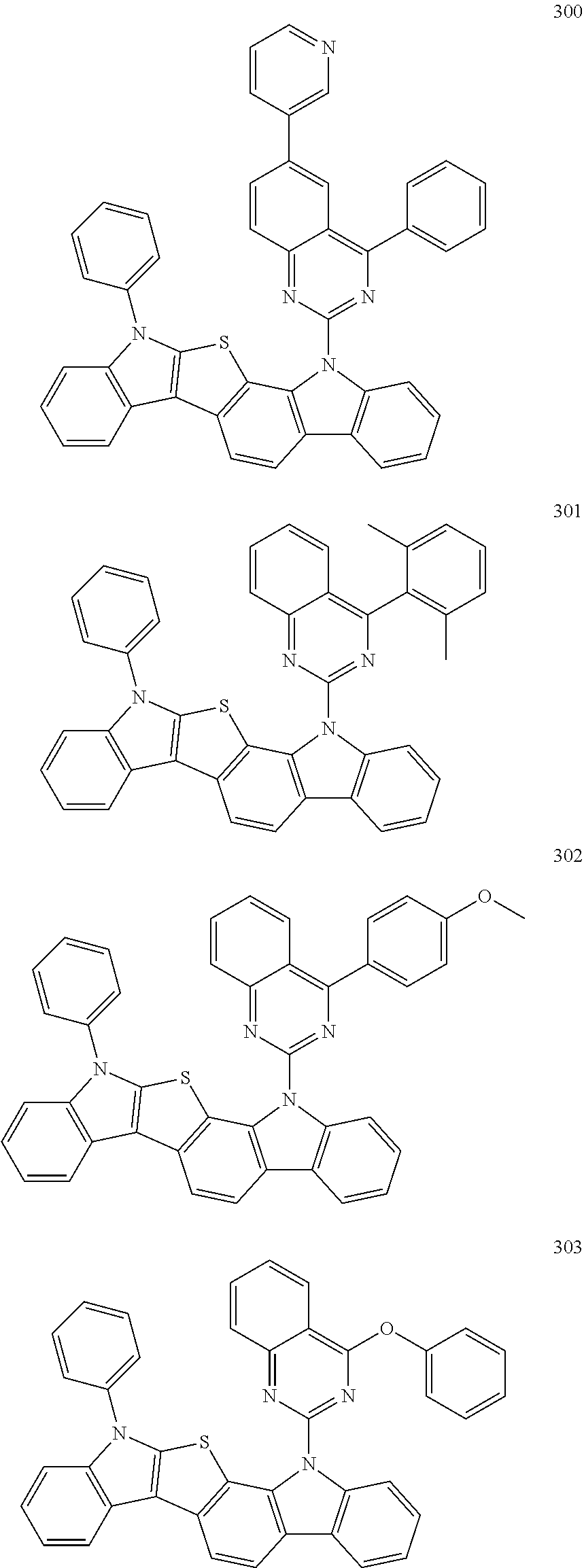
C00367

C00368

C00369

C00370

C00371
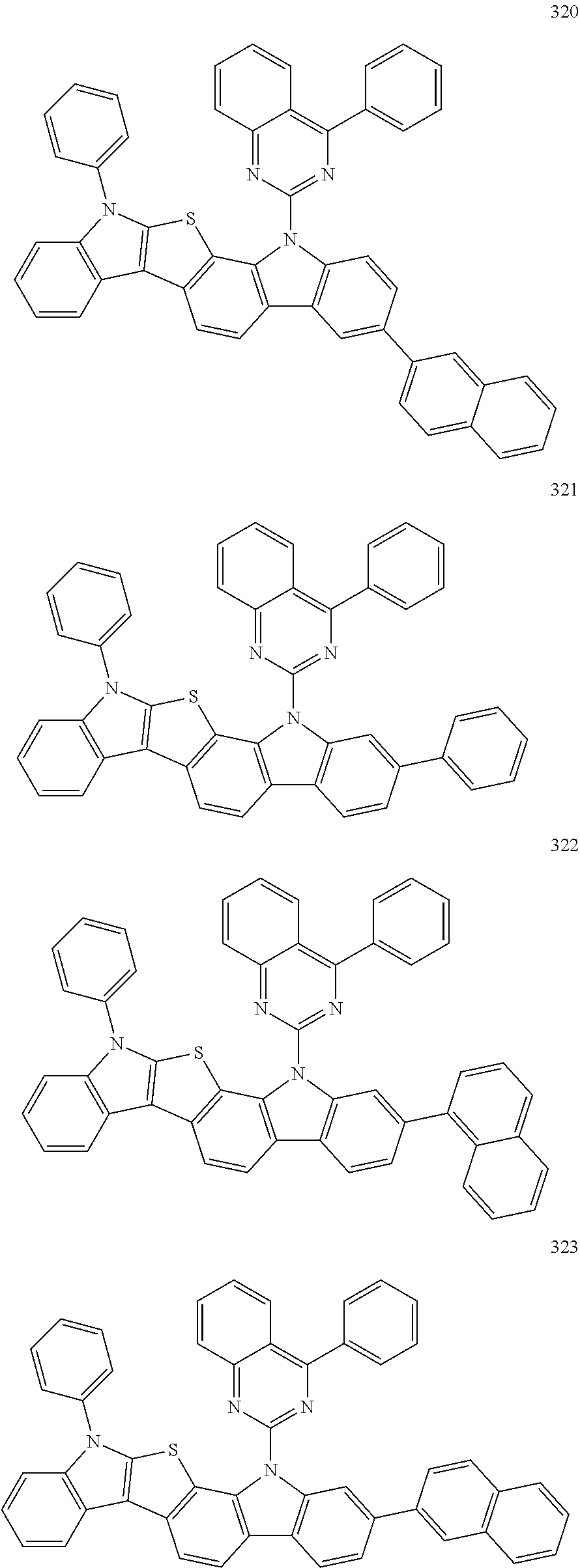
C00372

C00373

C00374

C00375
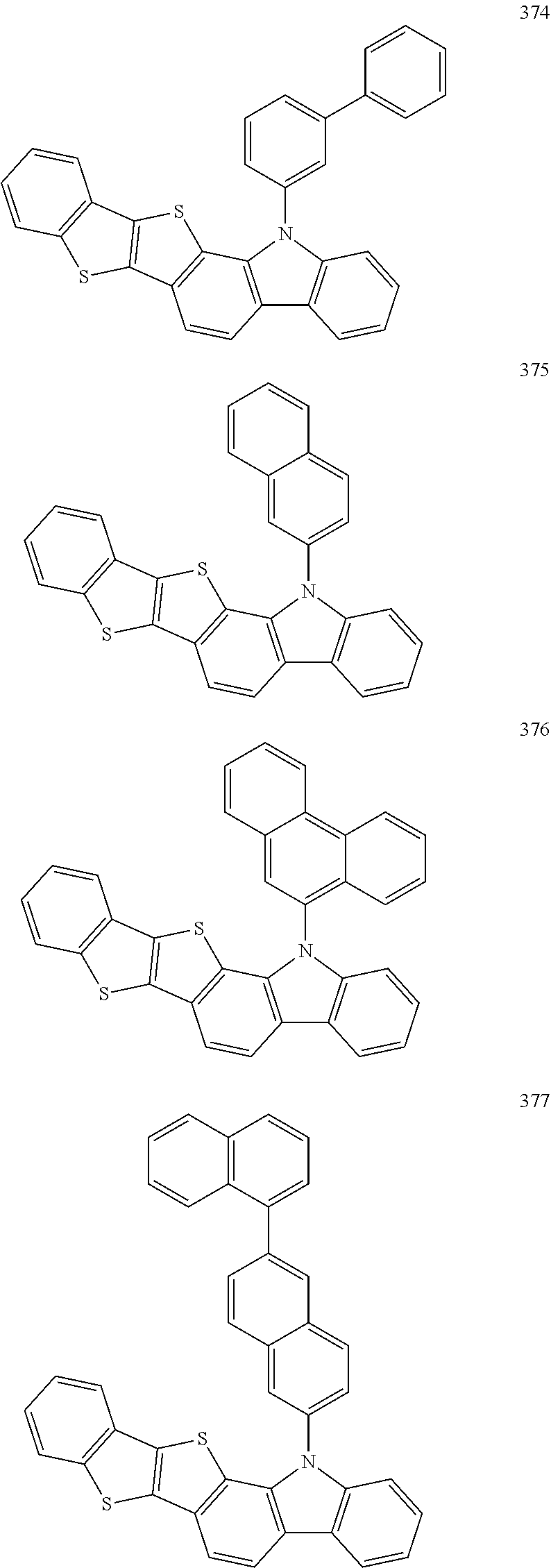
C00376

C00377

C00378

C00379

C00380

C00381

C00382

C00383

C00384

C00385

C00386

C00387
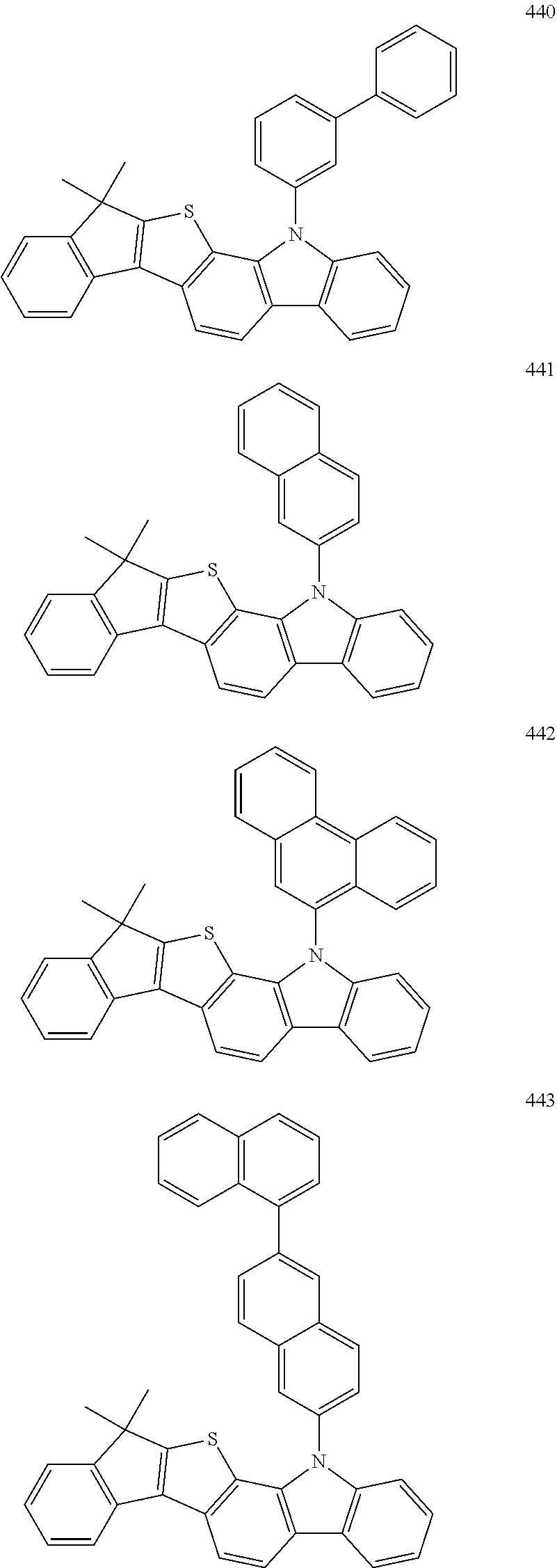
C00388

C00389

C00390

C00391

C00392

C00393

C00394

C00395
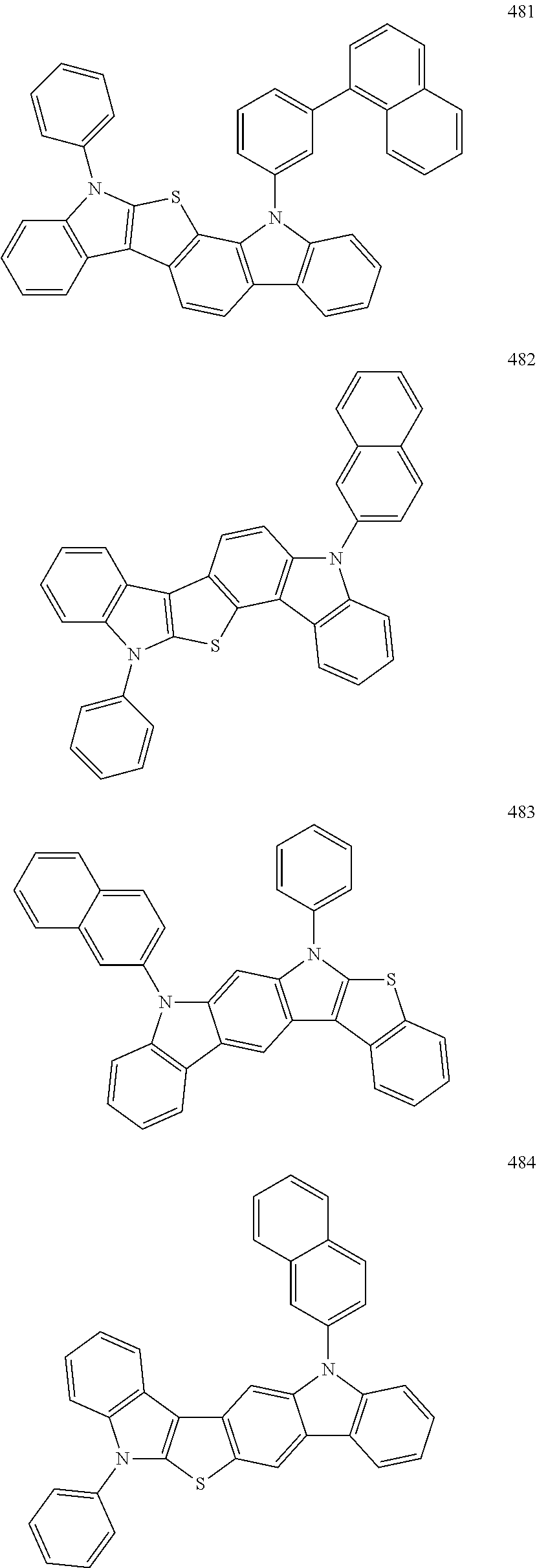
C00396

C00397

C00398

C00399

C00400

C00401
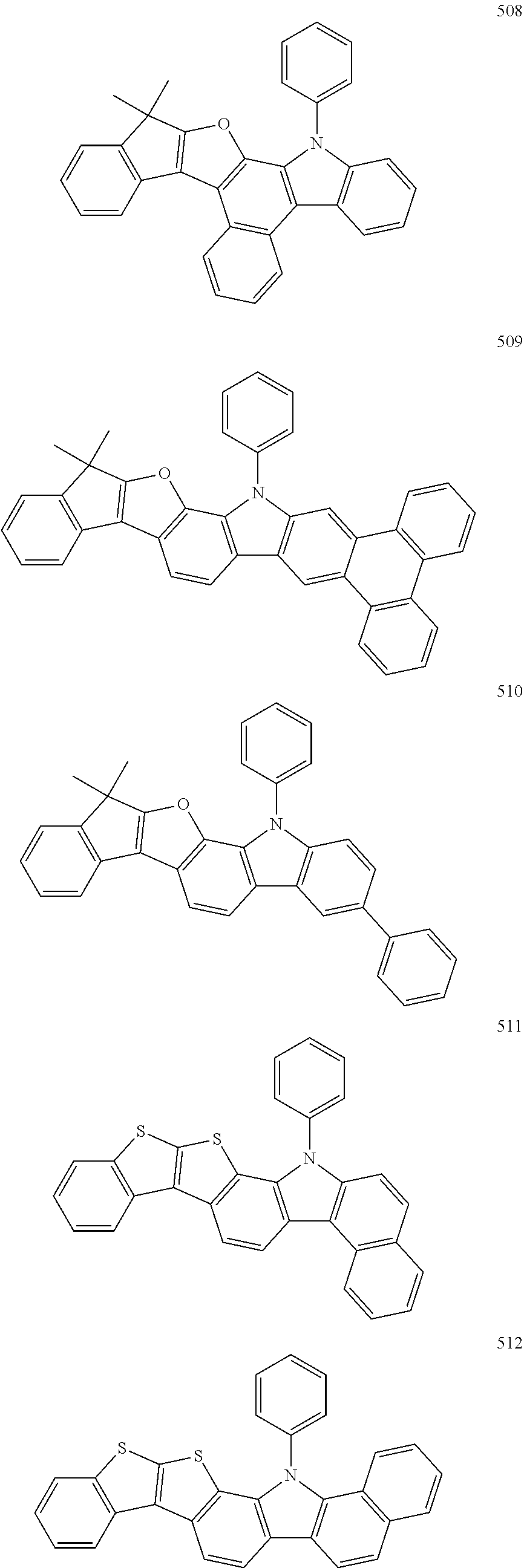
C00402

C00403

C00404

C00405
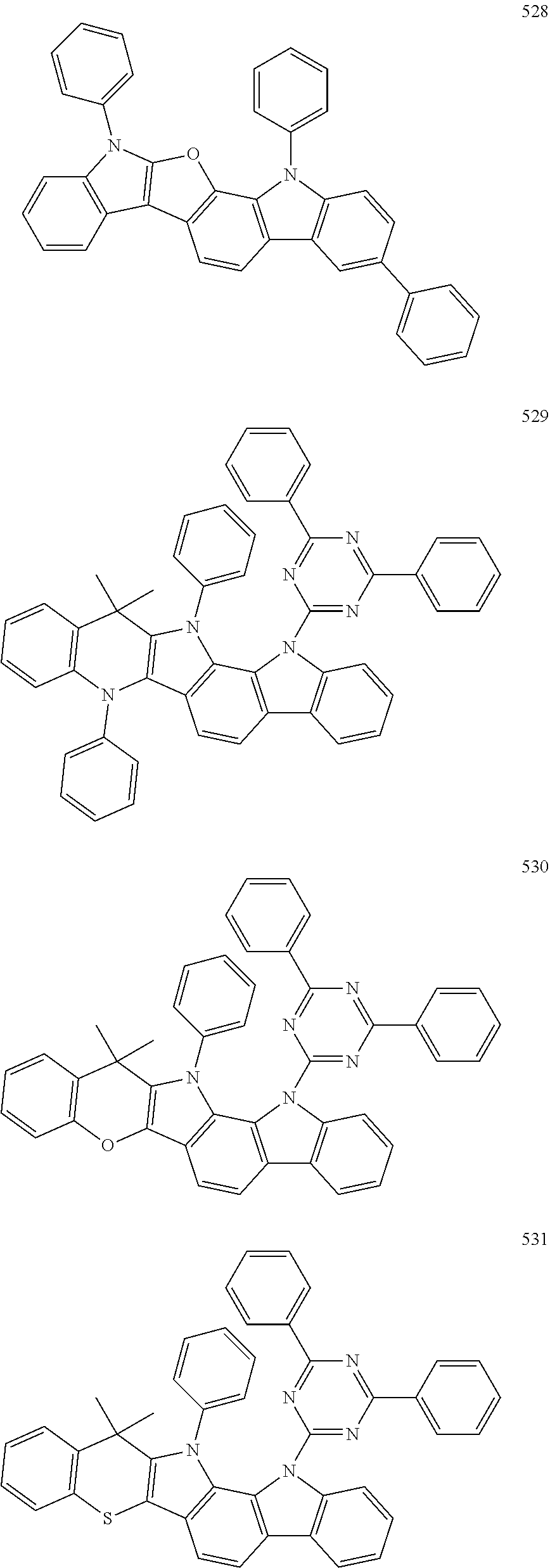
C00406
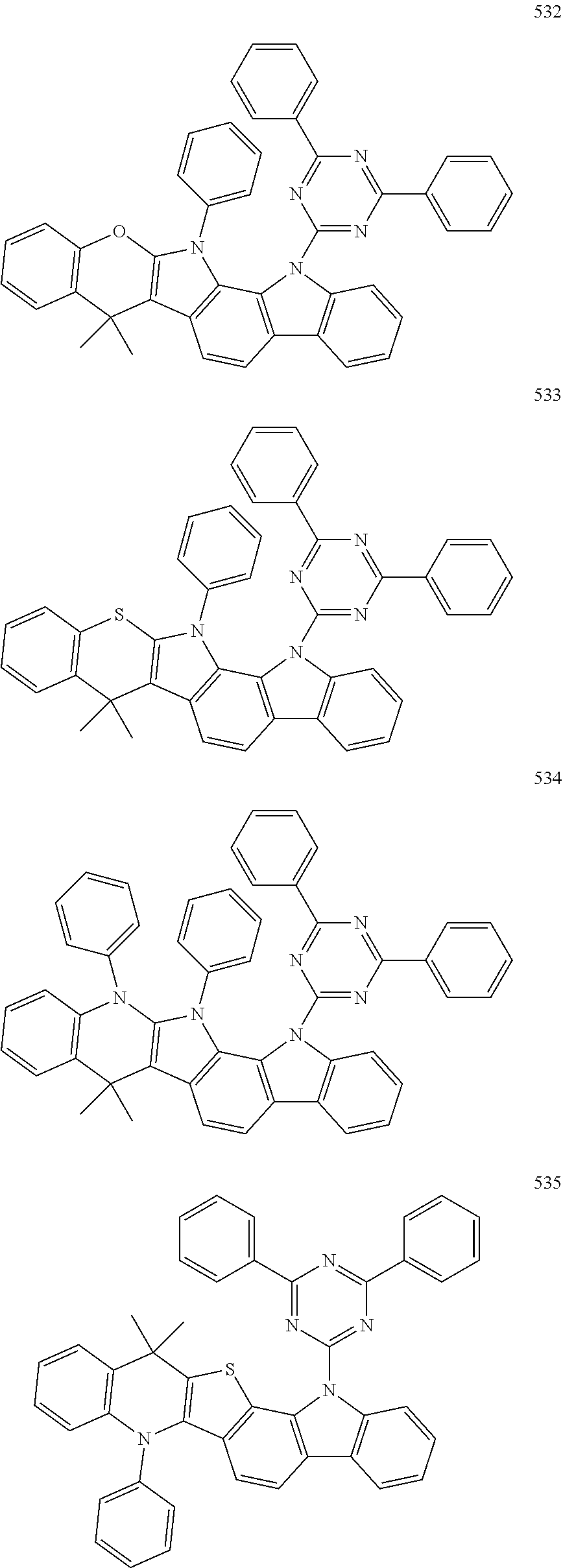
C00407

C00408

C00409

C00410

C00411
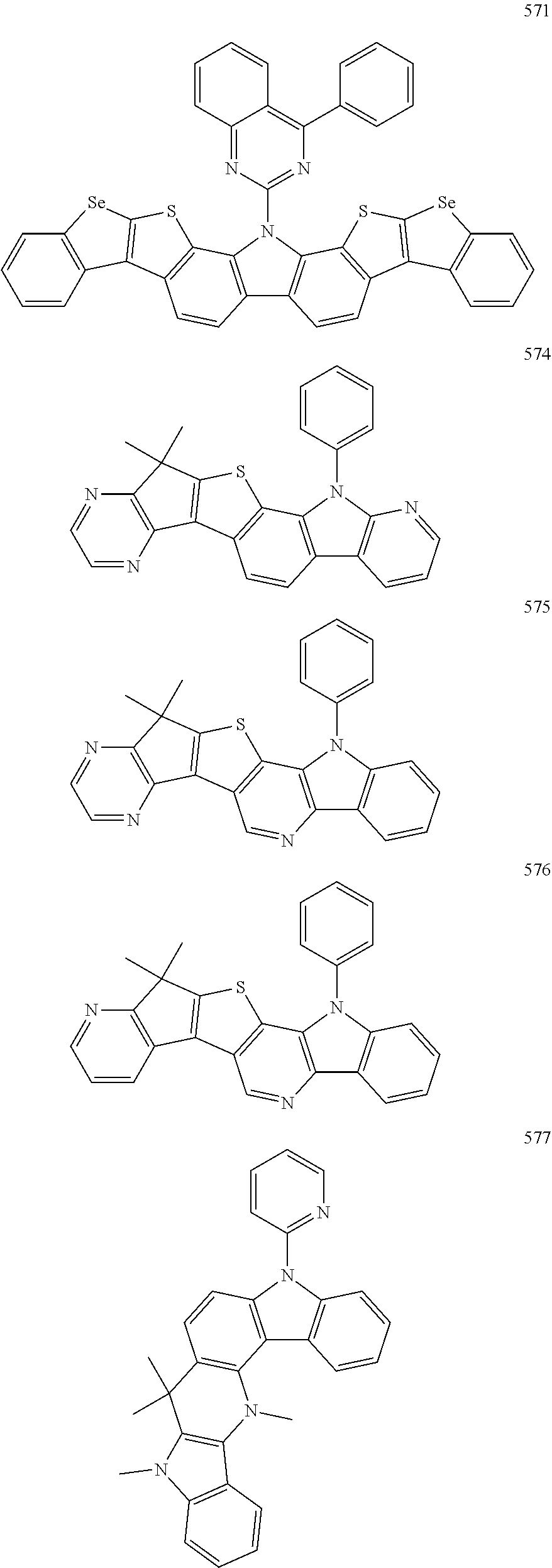
C00412
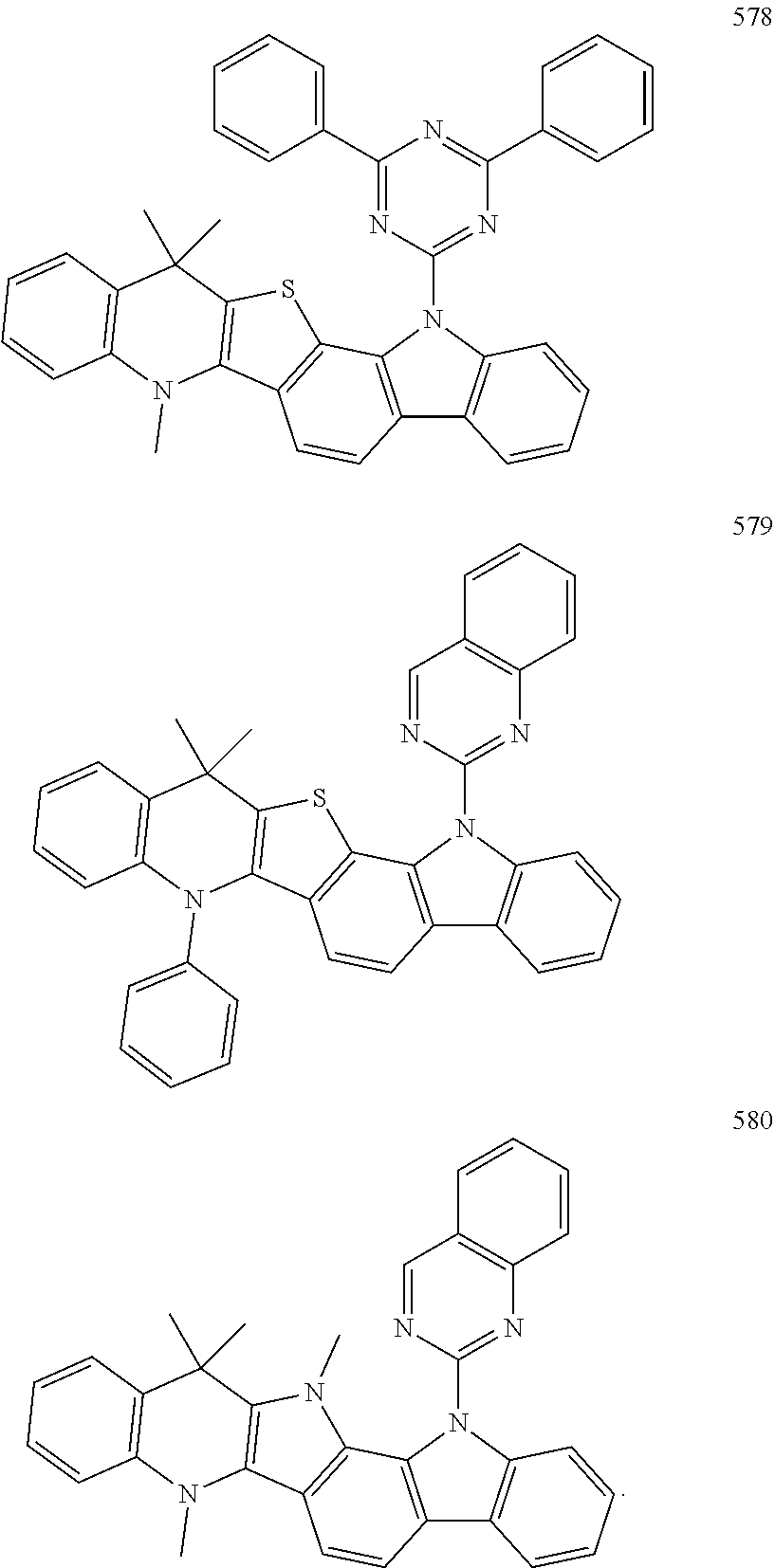
D00000
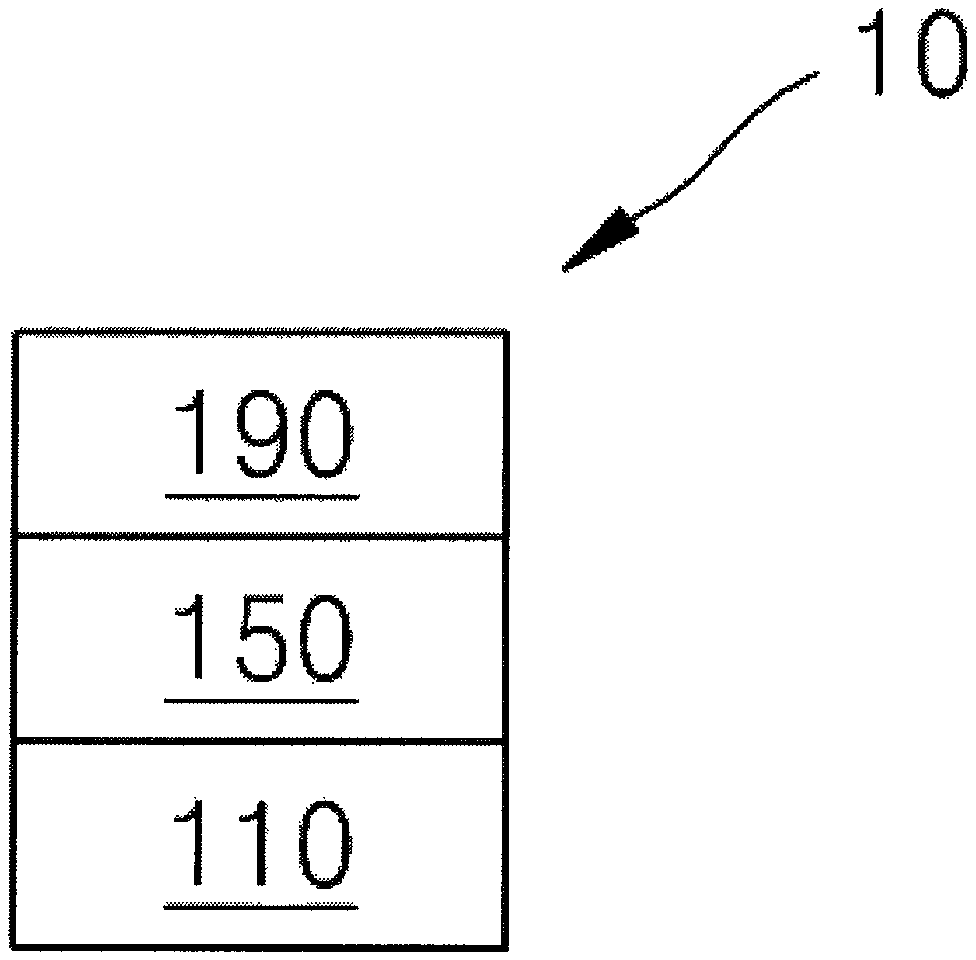
D00001
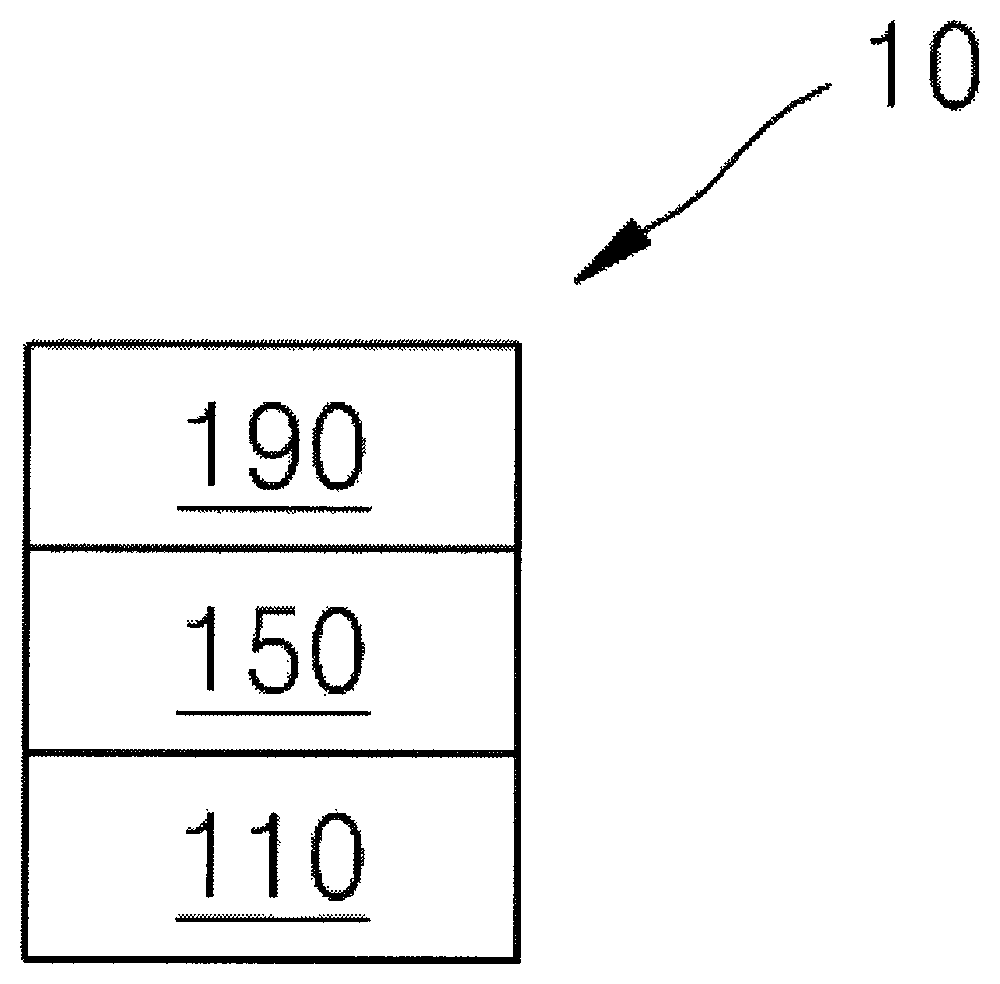
XML
uspto.report is an independent third-party trademark research tool that is not affiliated, endorsed, or sponsored by the United States Patent and Trademark Office (USPTO) or any other governmental organization. The information provided by uspto.report is based on publicly available data at the time of writing and is intended for informational purposes only.
While we strive to provide accurate and up-to-date information, we do not guarantee the accuracy, completeness, reliability, or suitability of the information displayed on this site. The use of this site is at your own risk. Any reliance you place on such information is therefore strictly at your own risk.
All official trademark data, including owner information, should be verified by visiting the official USPTO website at www.uspto.gov. This site is not intended to replace professional legal advice and should not be used as a substitute for consulting with a legal professional who is knowledgeable about trademark law.